New York City in the 1970s was a place of great change and contrast. The city faced significant challenges, but it was also a time of cultural innovation and social movements. From life on the streets to famous places and events, the 1970s left a lasting impact on the city.
Life in New York City during the 1970s was tough for many residents. The city faced economic difficulties, high crime rates, and urban decay. ks of life lived together, creating a melting pot of cultures and ideas.
The city’s financial problems were severe. In 1975, New York City faced a fiscal crisis and was on the brink of bankruptcy. This led to cuts in public services, including police and sanitation, which affected the quality of life for many New Yorkers. Despite these hardships, the city’s residents showed resilience and creativity.
Famous Places and Landmarks
Times Square was both a symbol of New York’s vibrancy and its struggles. During the 1970s, it was known for its adult entertainment venues and high crime rates. Theaters and cinemas continued to draw crowds, showcasing Broadway shows and movies..
Read more
Central Park remained a cherished retreat for New Yorkers. It offered a place to escape the hustle and bustle of the city. People enjoyed concerts, picnics, and sports activities in the park.
The World Trade Center was completed in 1973. The twin towers became iconic landmarks, symbolizing New York’s role as a global financial center. The observation deck provided stunning views of the city, attracting tourists from around the world.
Economy and Industry
The economy of New York City in the 1970s declined. The manufacturing sector continued to shrink, leading to job losses. Many factories closed, and production moved to other regions or countries with lower labor costs.
Despite these challenges, New York City remained a major financial hub. Wall Street continued to be the heart of the financial district, with the New York Stock Exchange playing a crucial role in the global economy. Financial services and real estate became increasingly important industries.
The city’s fiscal crisis in 1975 led to significant changes in how the city was managed. The state government and federal government intervened to help stabilize the city’s finances. This period of austerity had a lasting impact on public services and infrastructure.
Construction and Infrastructure
The 1970s saw both decline and renewal in New York City’s infrastructure. The fiscal crisis led to cuts in maintenance and investment, resulting in deteriorating conditions in many neighborhoods. Streets, bridges, and public transportation systems suffered from neglect.
Despite these challenges, there were notable construction projects. The completion of the World Trade Center towers was a major achievement. Other developments included the renovation of historic buildings and the construction of new residential and commercial spaces.
Public transportation faced significant challenges in the 1970s. The subway system was plagued by crime, graffiti, and delays. However, it remained a vital part of city life, providing affordable transportation for millions of New Yorkers.
Restaurants and Food
The culinary scene in New York City during the 1970s was diverse and exciting. The city offered a wide range of dining experiences. From fine dining restaurants to street food vendors, there was something for everyone.
One of the most famous restaurants of the era was Windows on the World, located at the top of the World Trade Center. It offered breathtaking views of the city and high-quality cuisine. Dining there was a memorable experience for many.
Ethnic cuisine thrived in the 1970s. Italian restaurants in Little Italy served classic dishes like pasta and pizza. Jewish delis, such as Katz’s Delicatessen, remained popular, offering hearty sandwiches and traditional foods. Chinatown continued to be a culinary hotspot, with restaurants serving a variety of Chinese dishes.
Street food was an integral part of New York City’s food culture. Hot dog stands, pretzel carts, and food trucks were common sights, offering quick and affordable meals to people on the go. Nathan’s Famous in Coney Island continued to be a favorite destination for hot dogs and other treats.
Entertainment and Leisure
Entertainment was a major part of life in New York City during the 1970s. Broadway remained a center for theatrical productions, with musicals like “A Chorus Line” becoming major hits. The theaters in Times Square drew large audiences, despite the area’s reputation for crime and seediness.
Music was a defining feature of the 1970s. The city was a hub for diverse musical genres, including rock, punk, disco, and hip-hop. The rise of punk rock was centered around clubs like CBGB in the East Village, where bands like The Ramones and Talking Heads performed.
Disco music became a major cultural phenomenon in the 1970s. Nightclubs like Studio 54 became legendary for their extravagant parties and celebrity guests. The disco scene was characterized by flashy fashion, dance music, and a sense of hedonism.
Hip-hop emerged in the South Bronx in the late 1970s. DJs like Kool Herc and Grandmaster Flash pioneered new techniques, such as scratching and mixing, that became the foundation of the genre. Hip-hop culture, including breakdancing and graffiti art, began to spread throughout the city.
Movies were incredibly popular, and New Yorkers flocked to grand movie palaces to see the latest films. The 1970s saw the rise of blockbuster movies, with hits like “Jaws” and “Star Wars” drawing huge crowds. The city’s vibrant film culture was also reflected in the independent and avant-garde film scenes.
Health and Public Services
Public health faced significant challenges in the 1970s. The city made efforts to combat diseases like tuberculosis and polio, leading to better sanitation and public health measures. However, budget cuts affected public health programs, making it harder to address health issues.
The city also expanded its fire and police services. The fire department modernized its equipment and training, making it more effective in responding to emergencies. The police department continued to professionalize, with efforts to reduce corruption and improve public safety.
Education was a priority in New York City during the 1970s. Public schools expanded, providing more children with access to education. Efforts were made to improve school facilities and hire qualified teachers, ensuring that children received a quality education.
Higher education institutions also grew during this period. Columbia University and New York University expanded their campuses and programs, attracting students from around the country and the world. These institutions played a crucial role in the intellectual and cultural life of the city.
Fashion and Lifestyle
Fashion in the 1970s reflected the social changes and cultural influences of the era. Women’s fashion featured bold colors, mini skirts, and mod styles, influenced by designers like Mary Quant. Men’s fashion included tailored suits, casual wear, and the iconic leather jackets popularized by rock and roll stars.
The lifestyle of New Yorkers in the 1970s was characterized by a mix of traditional values and modern innovations. Family life centered around the home, with television and household appliances becoming integral parts of daily life. Social activities, entertainment, and cultural pursuits provided much-needed diversions from the challenges of the era.


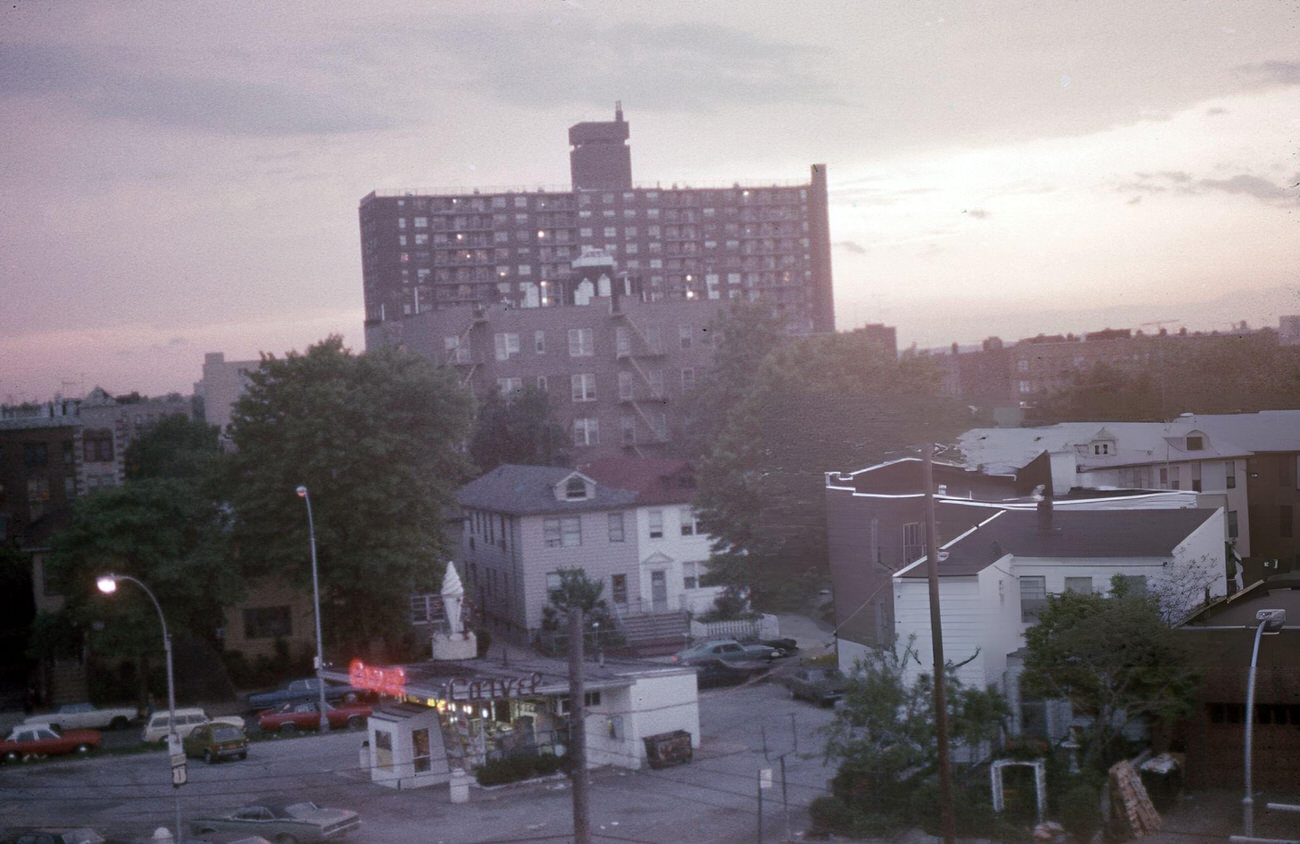
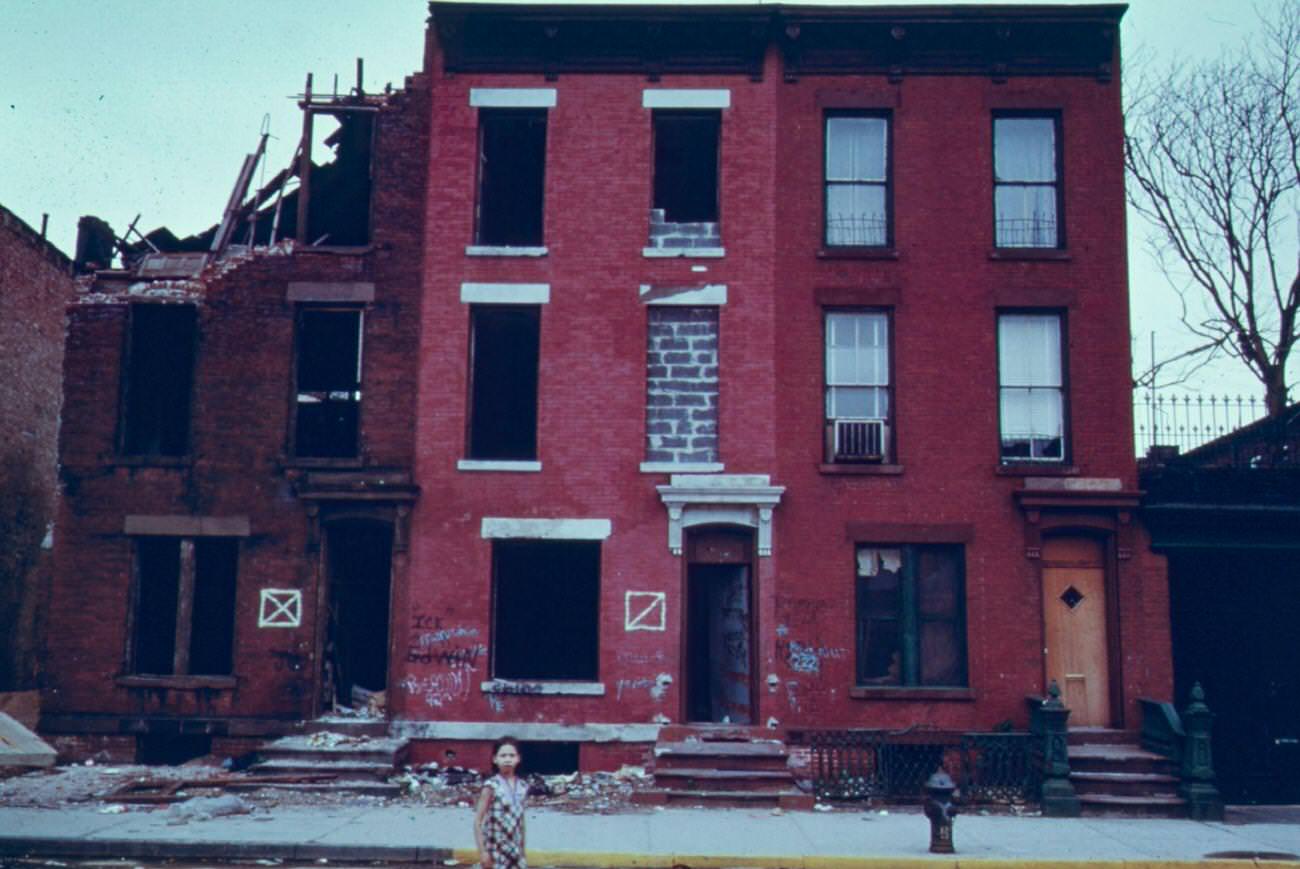
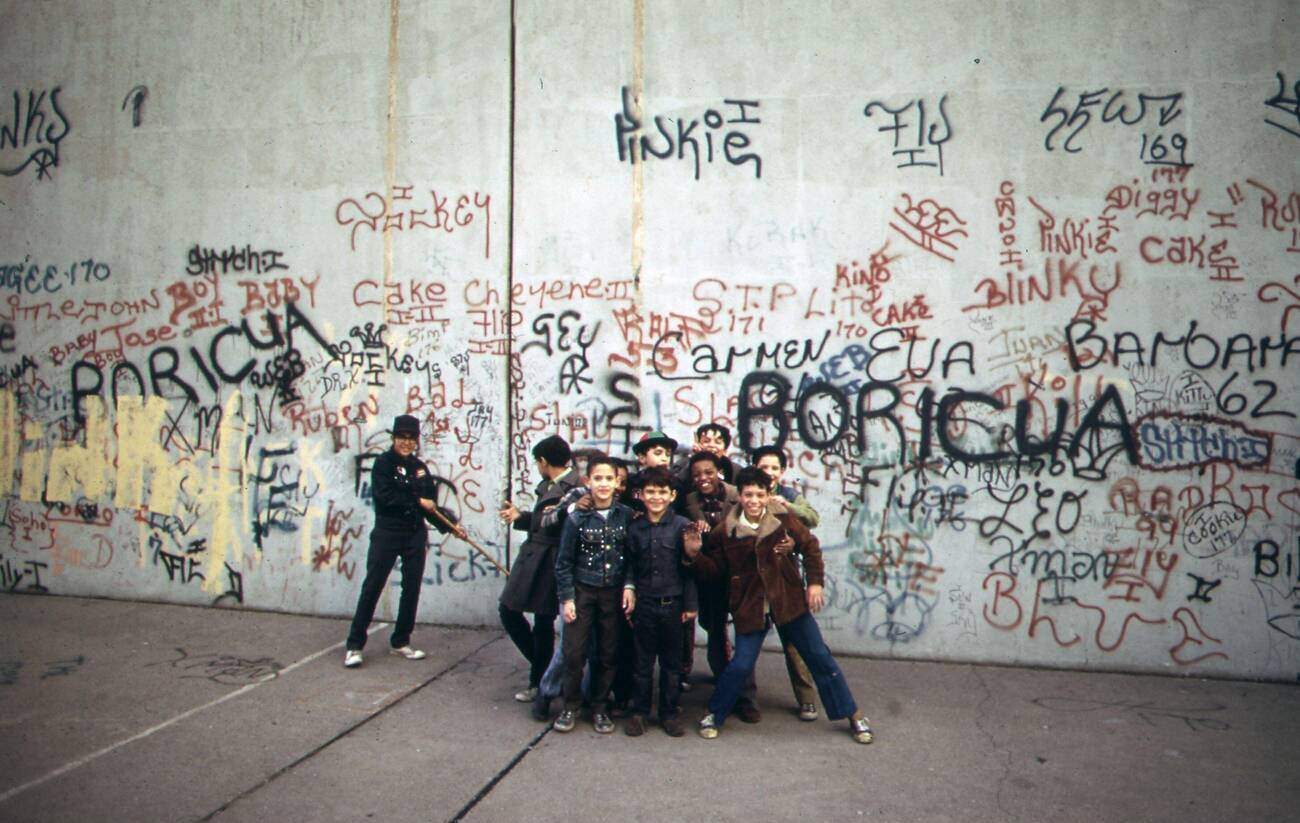
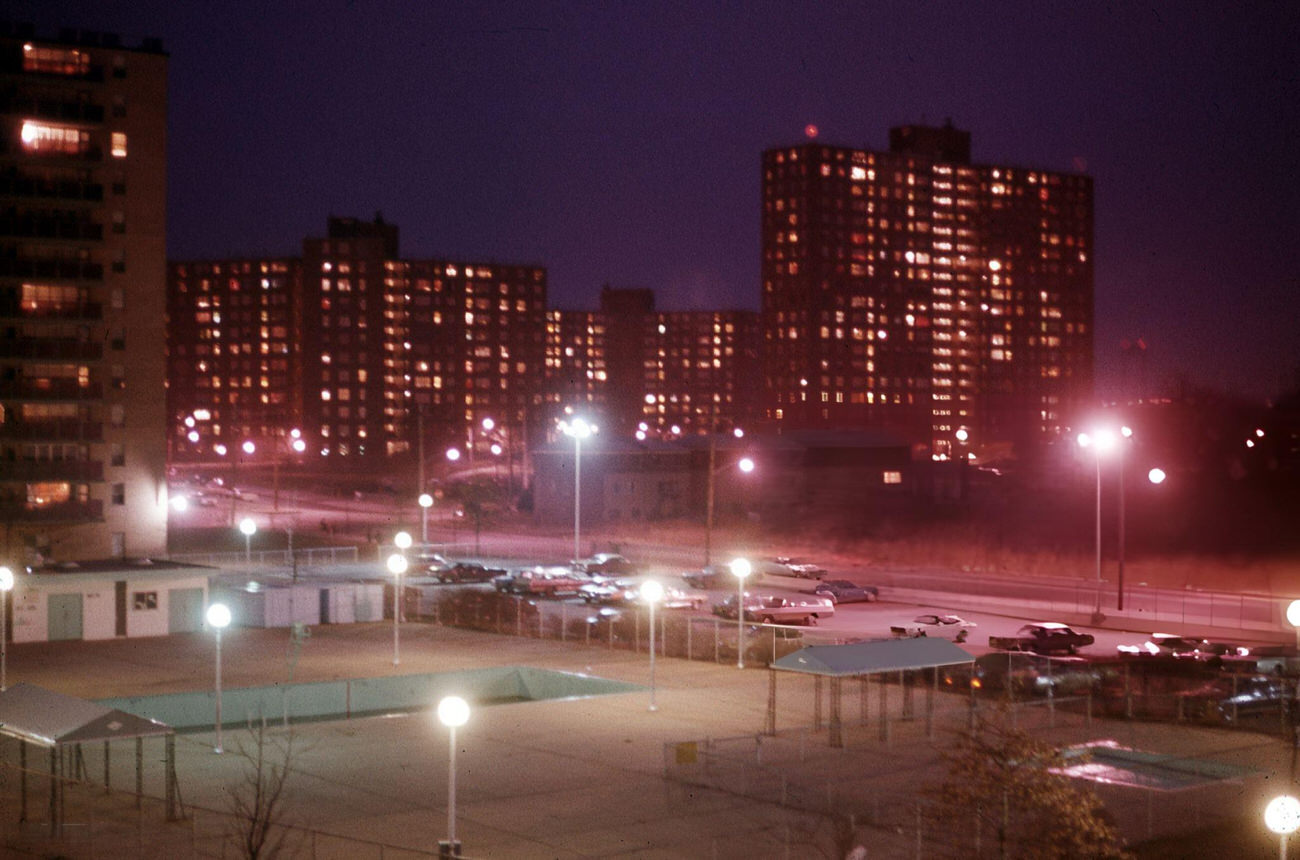
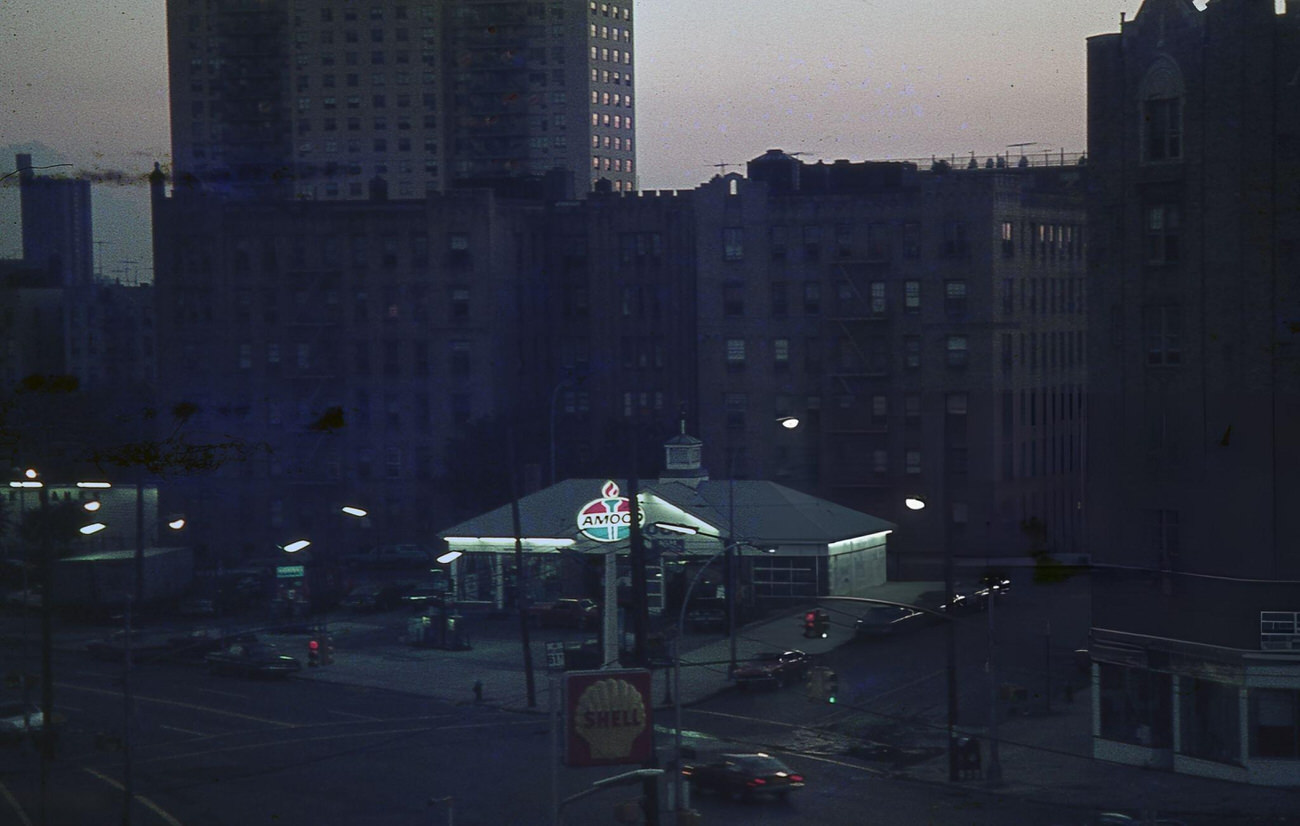
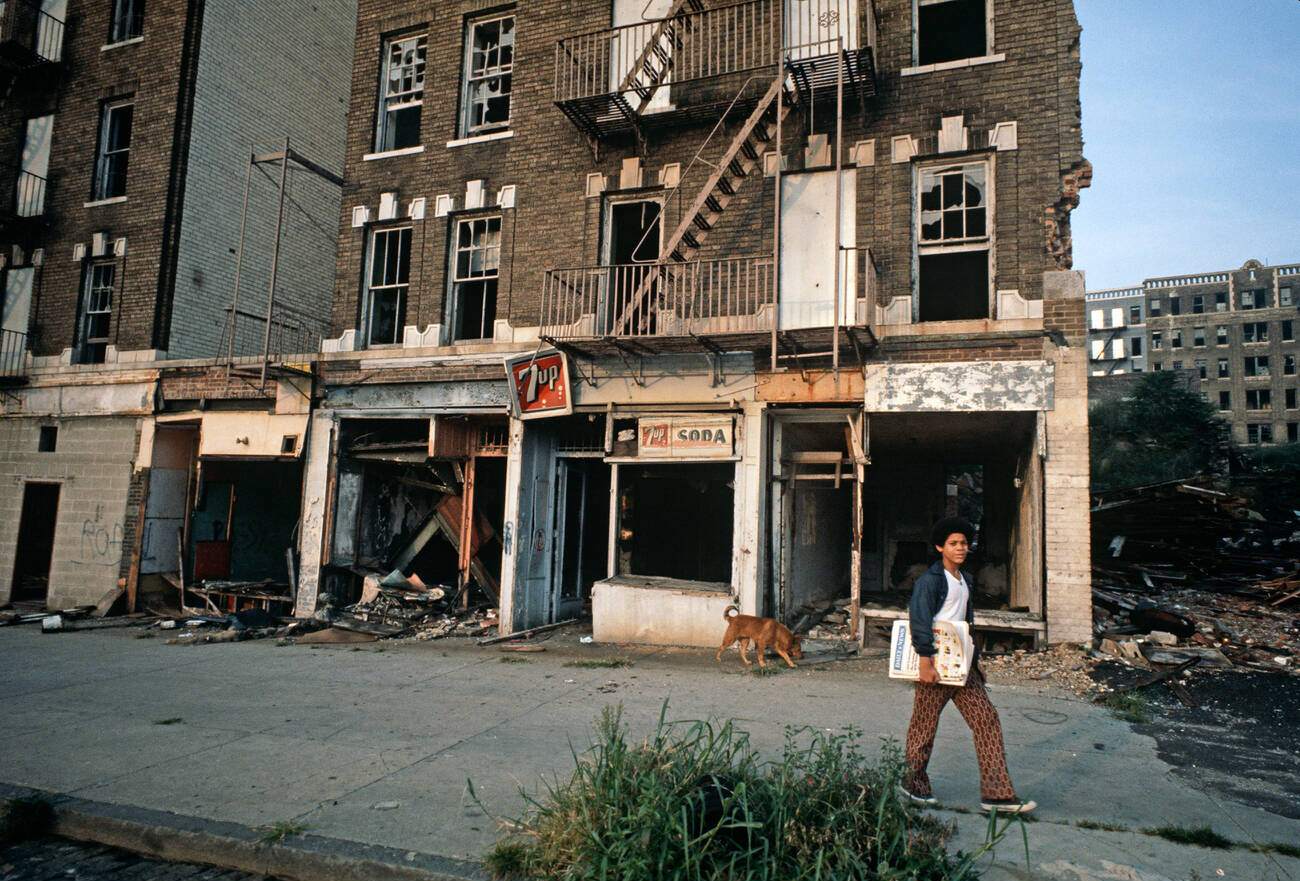
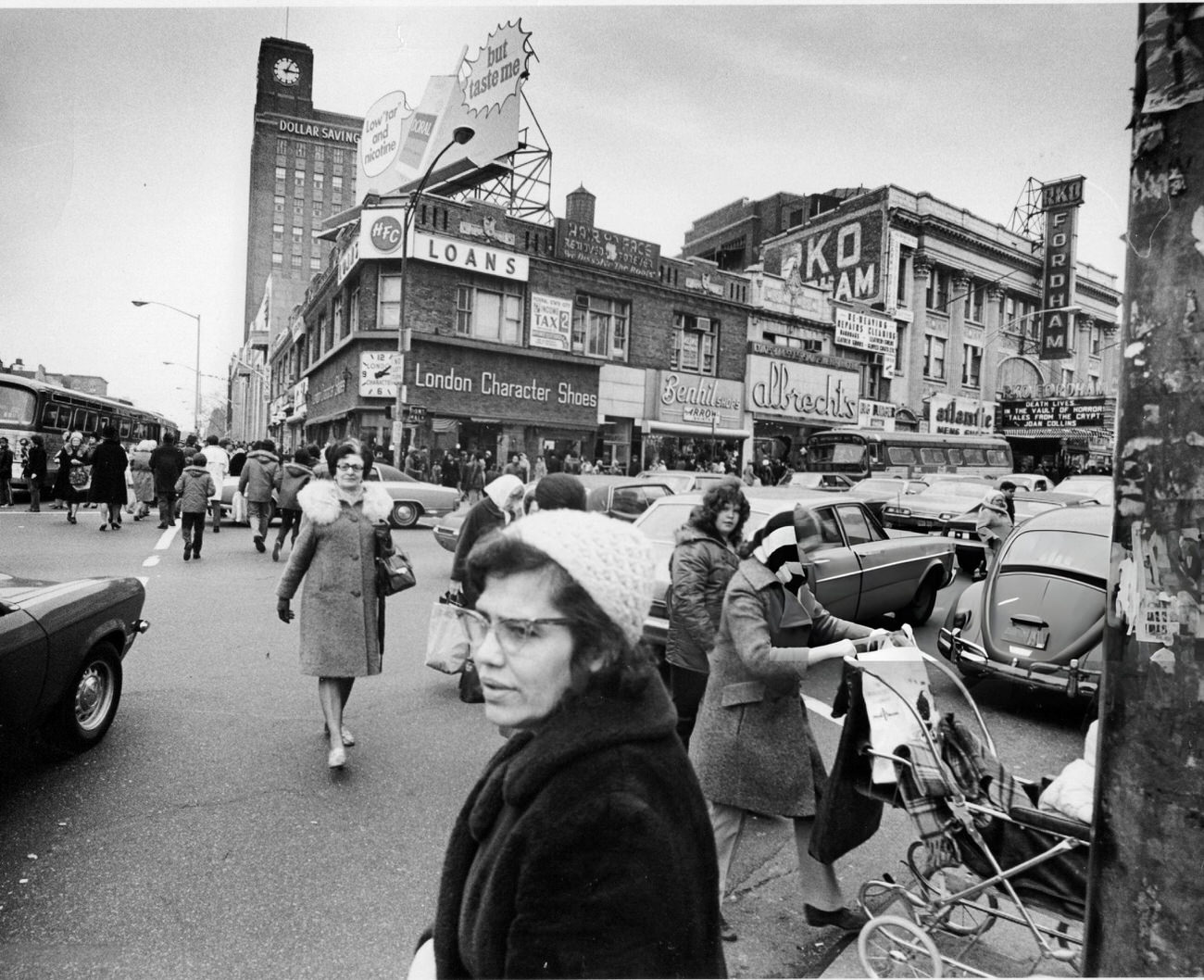
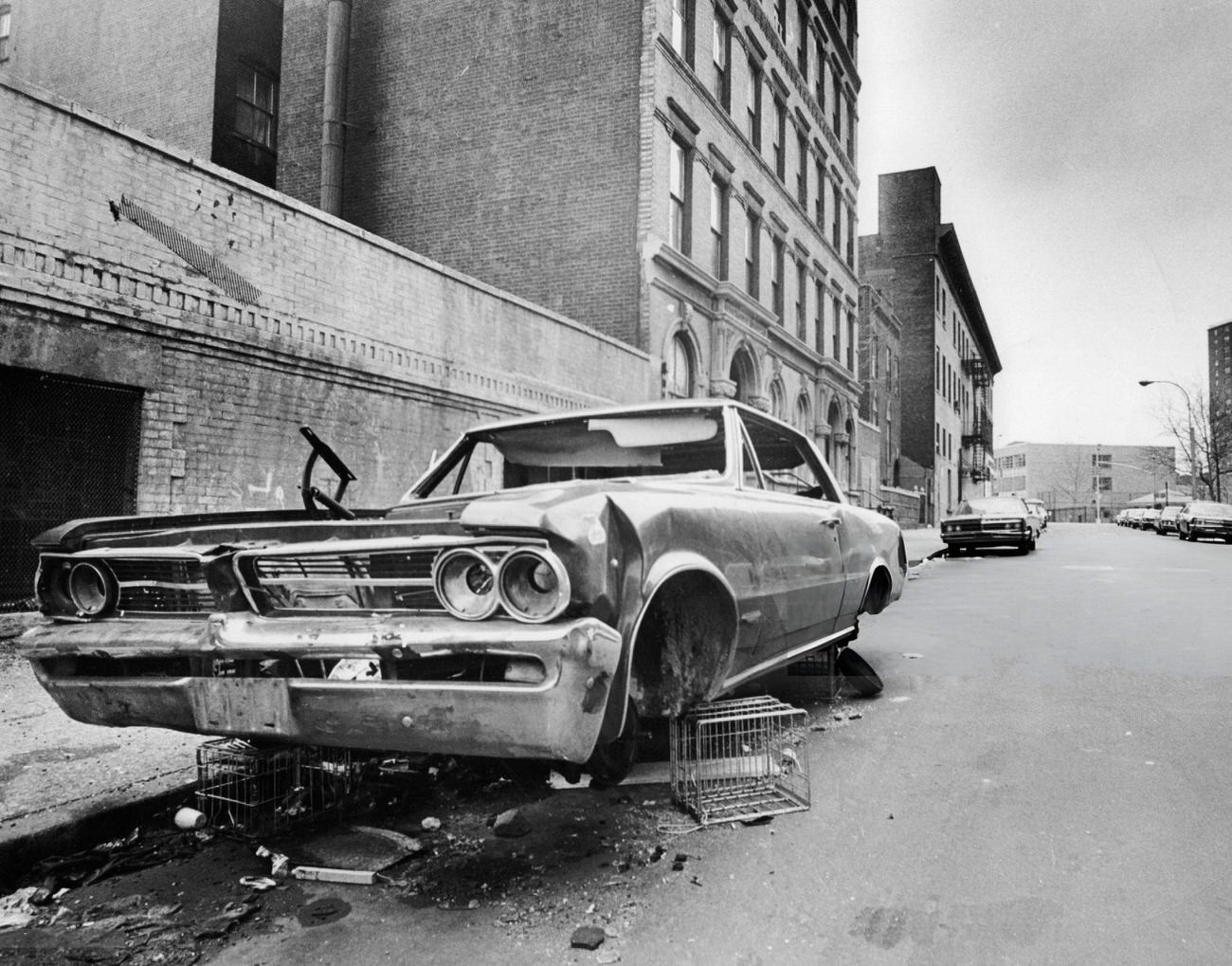
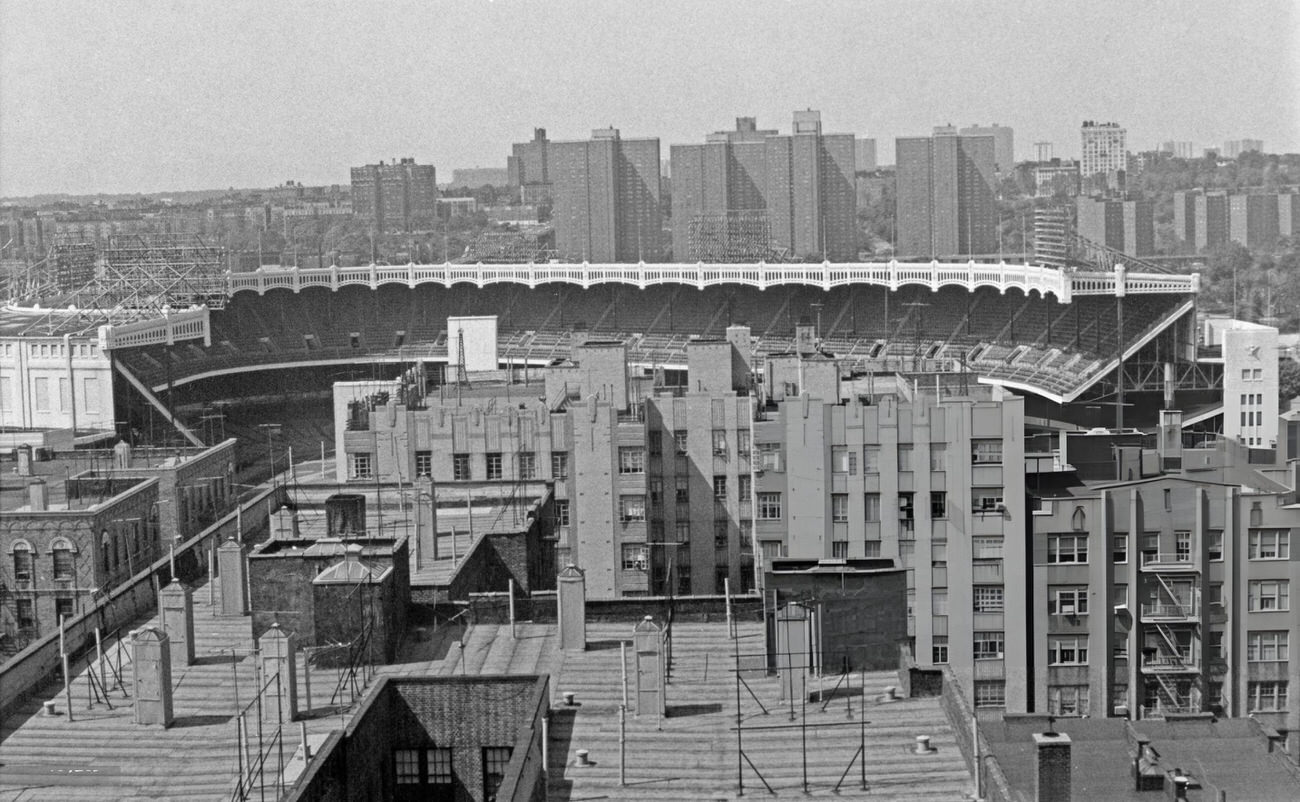
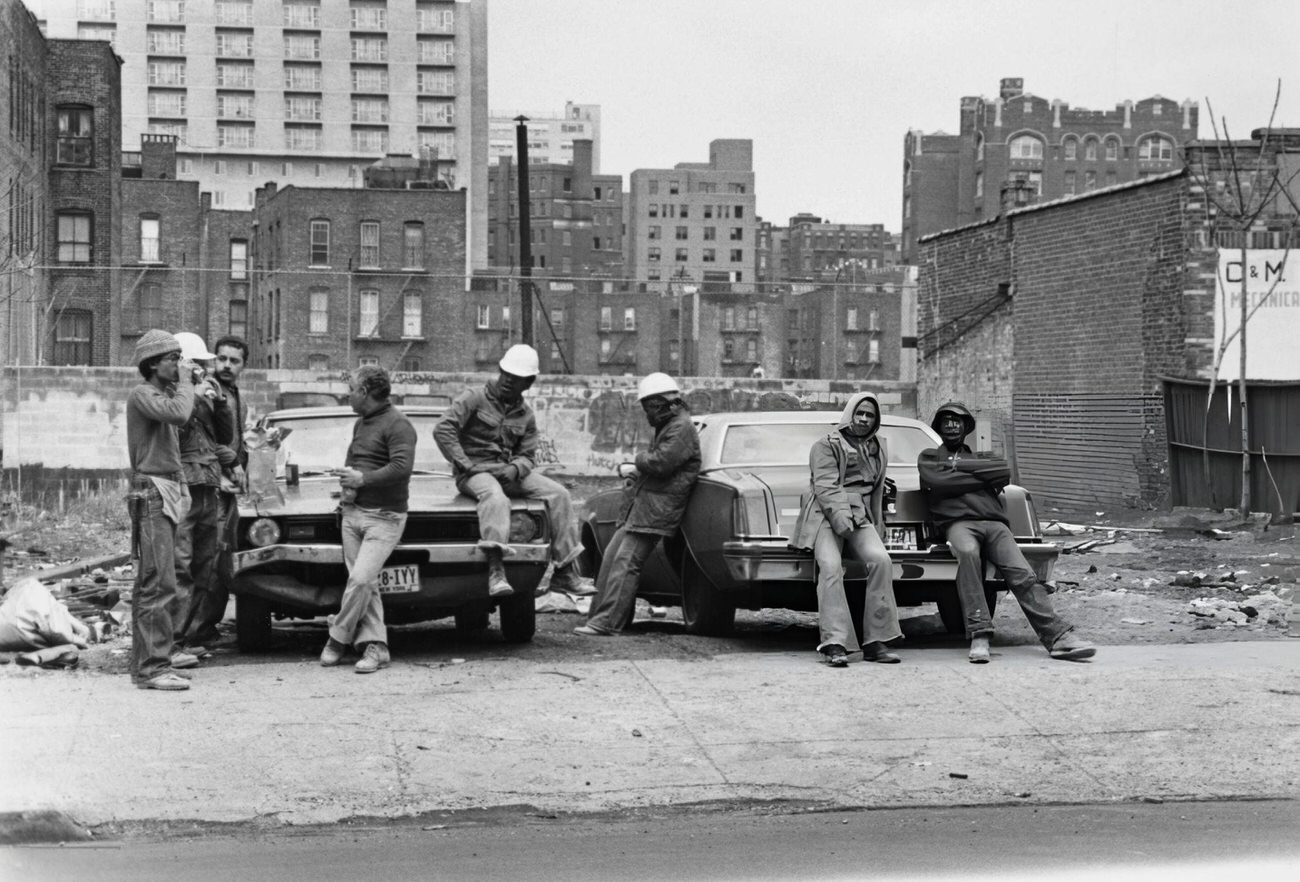
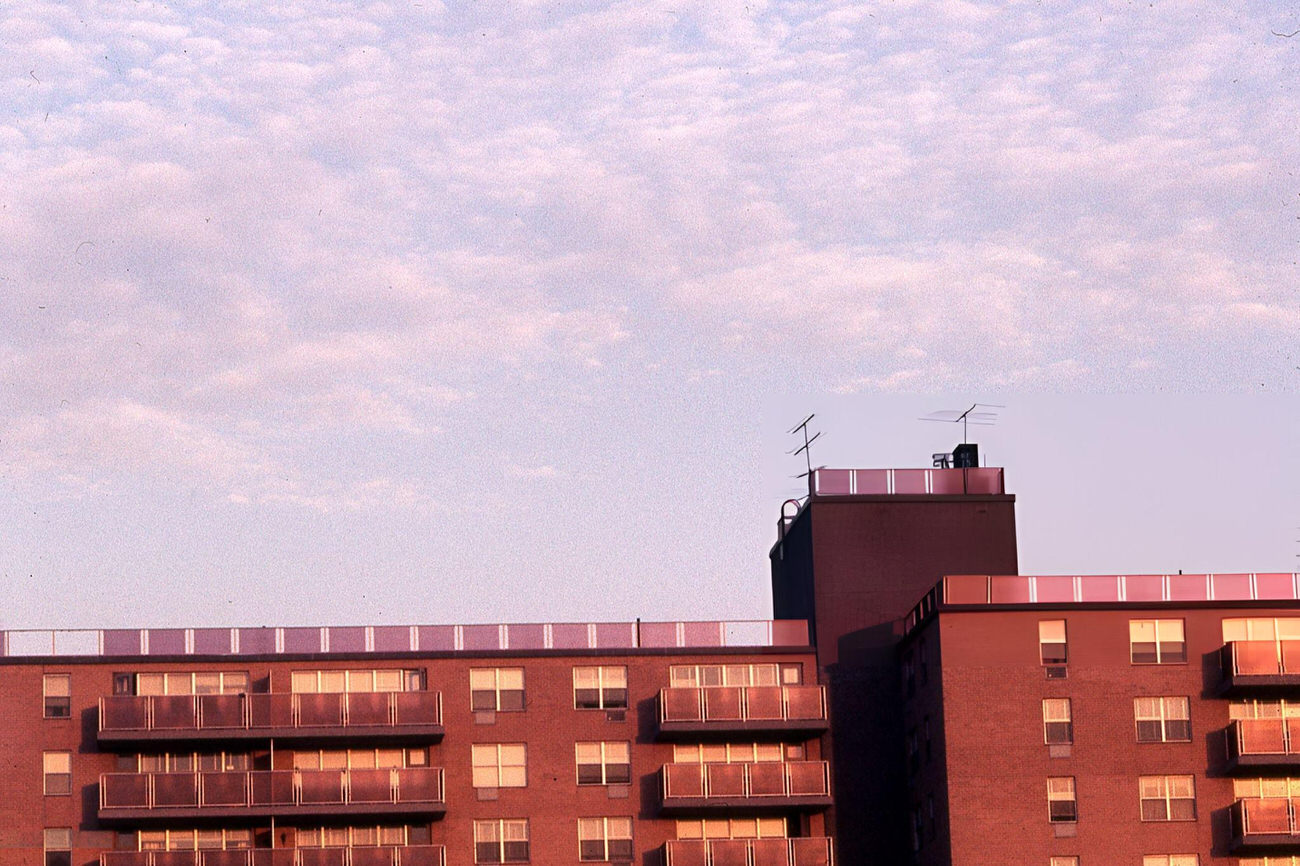
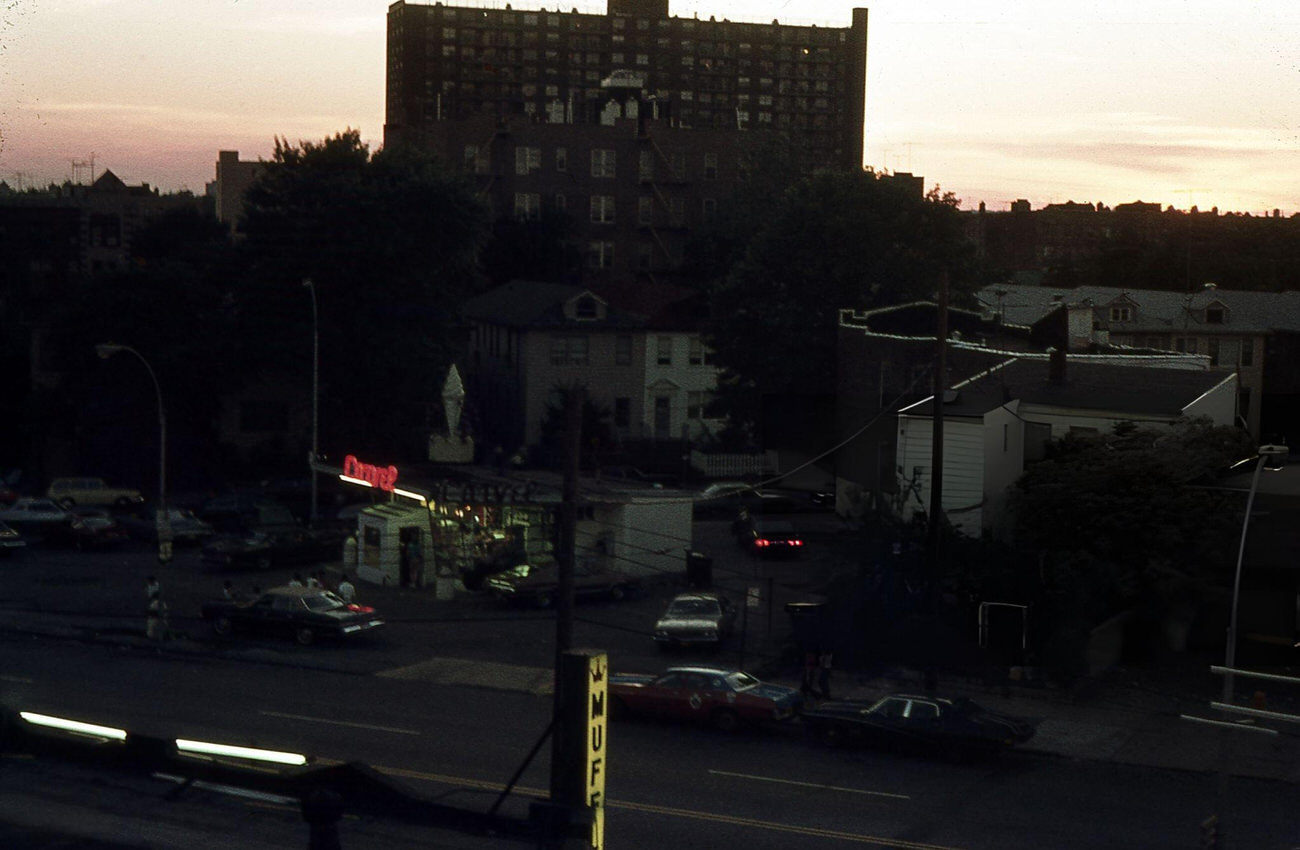
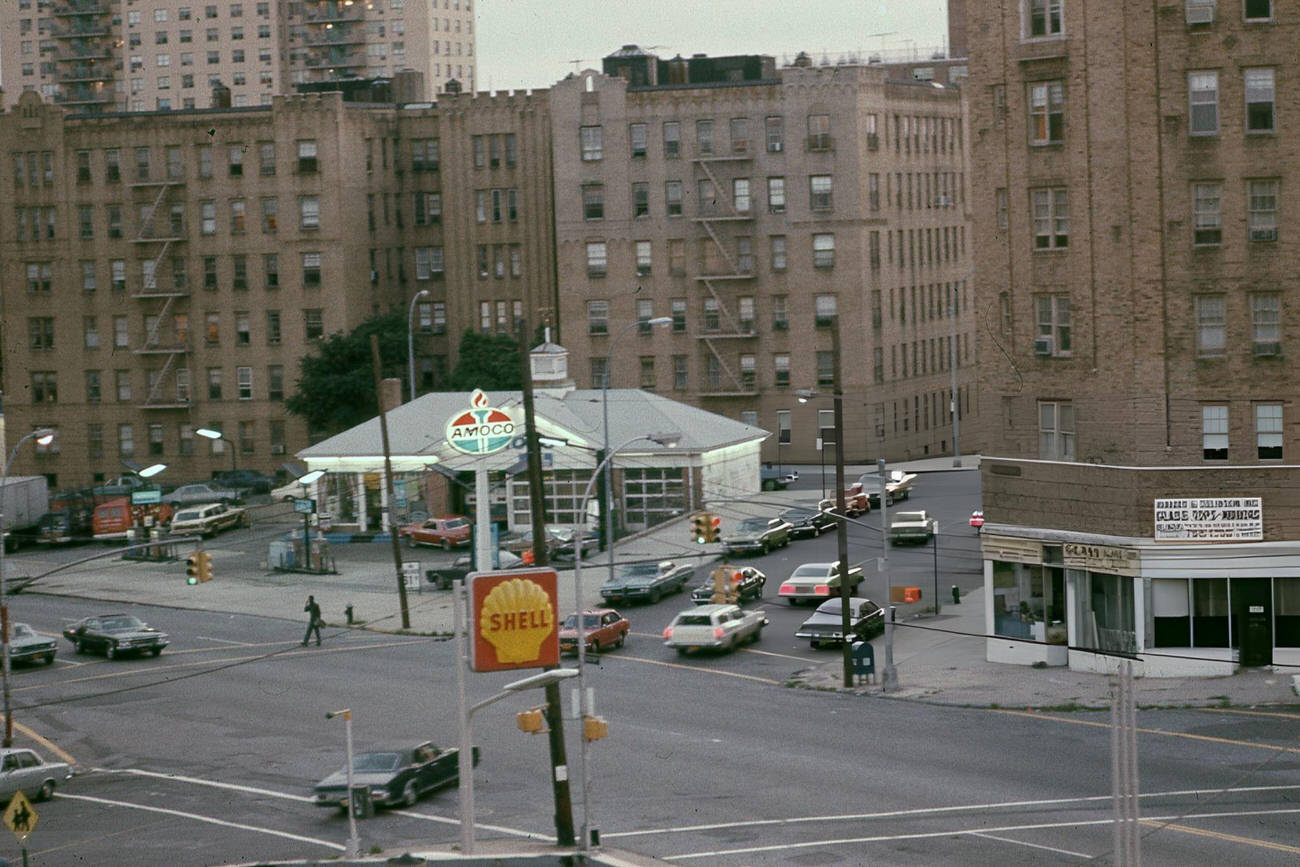
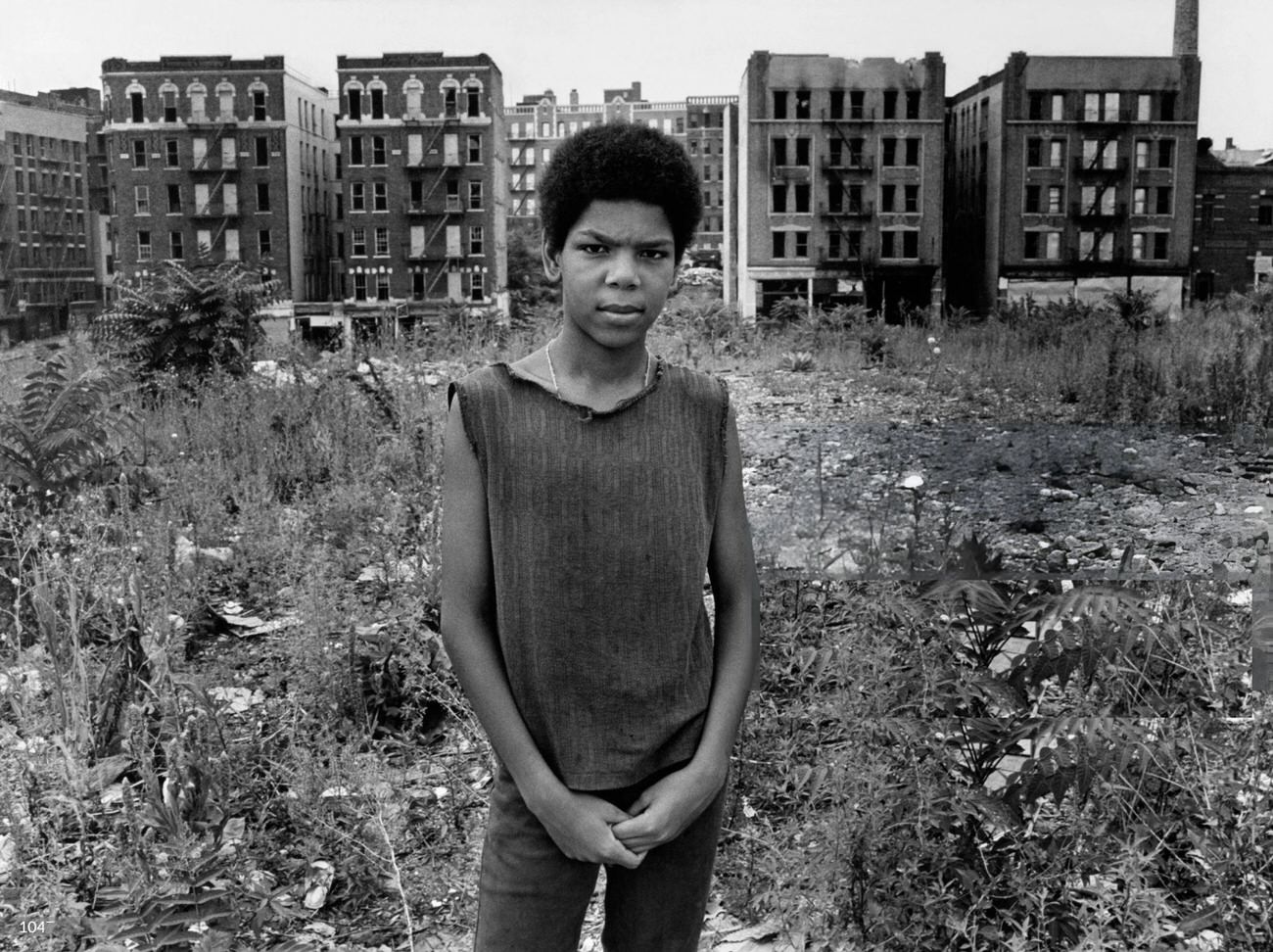
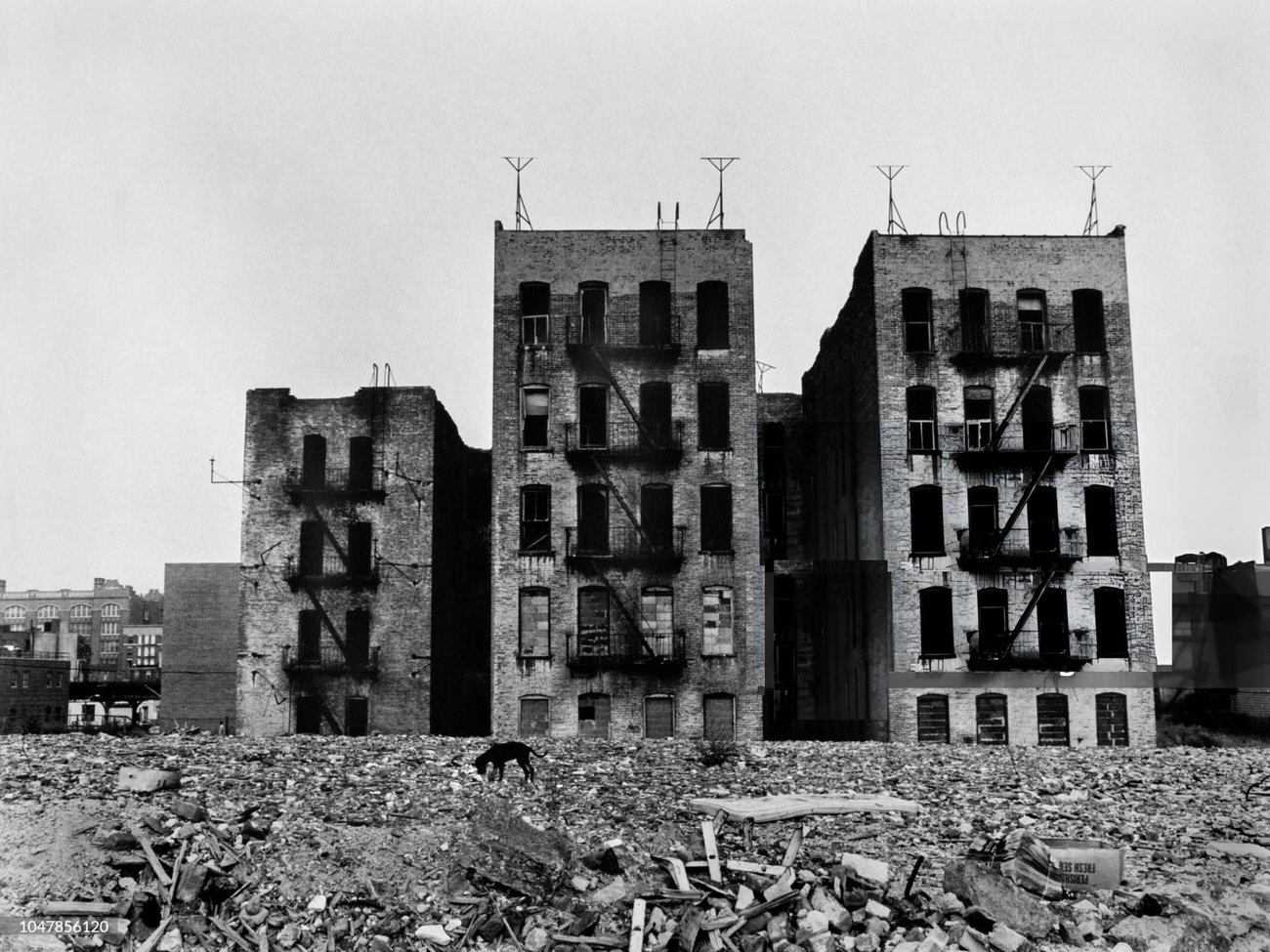
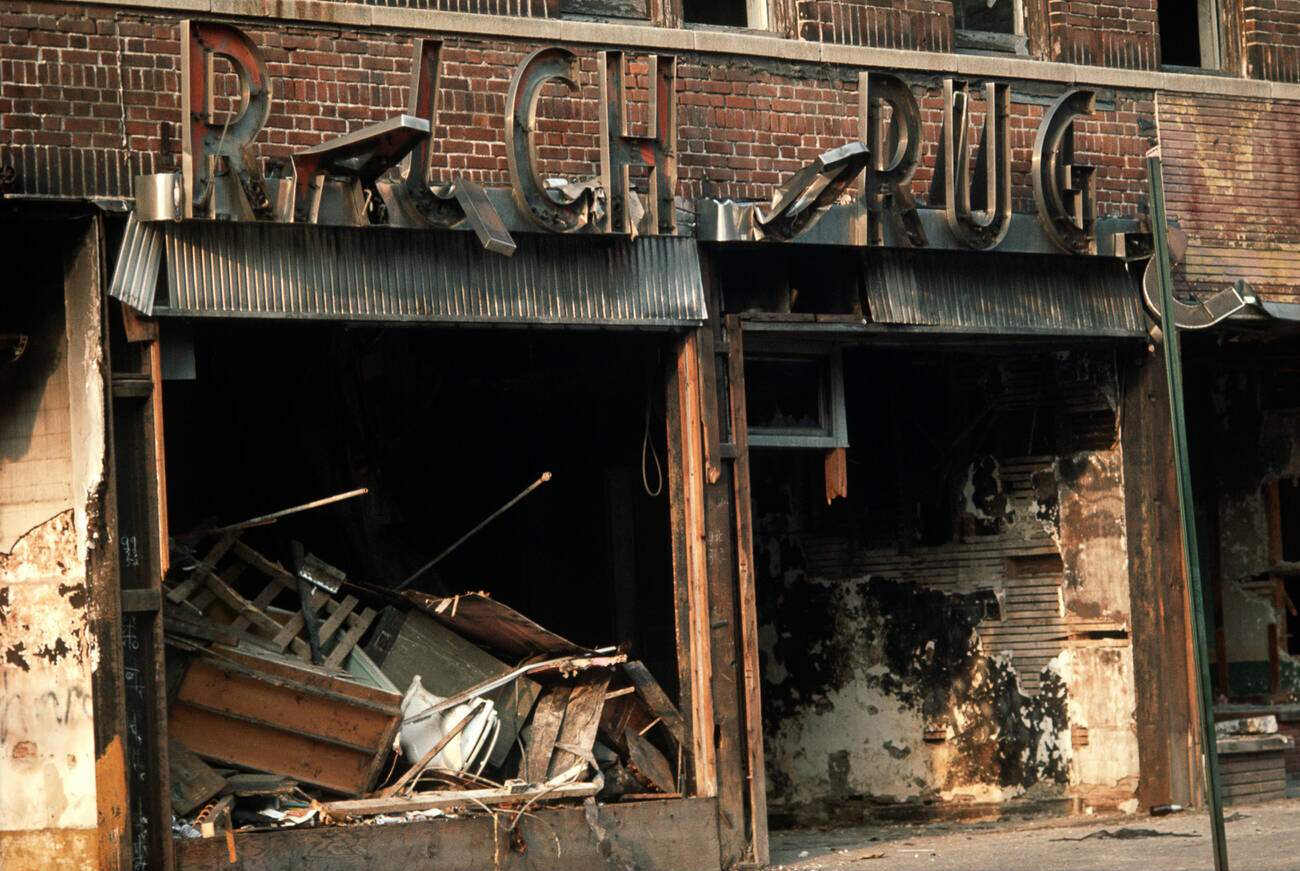
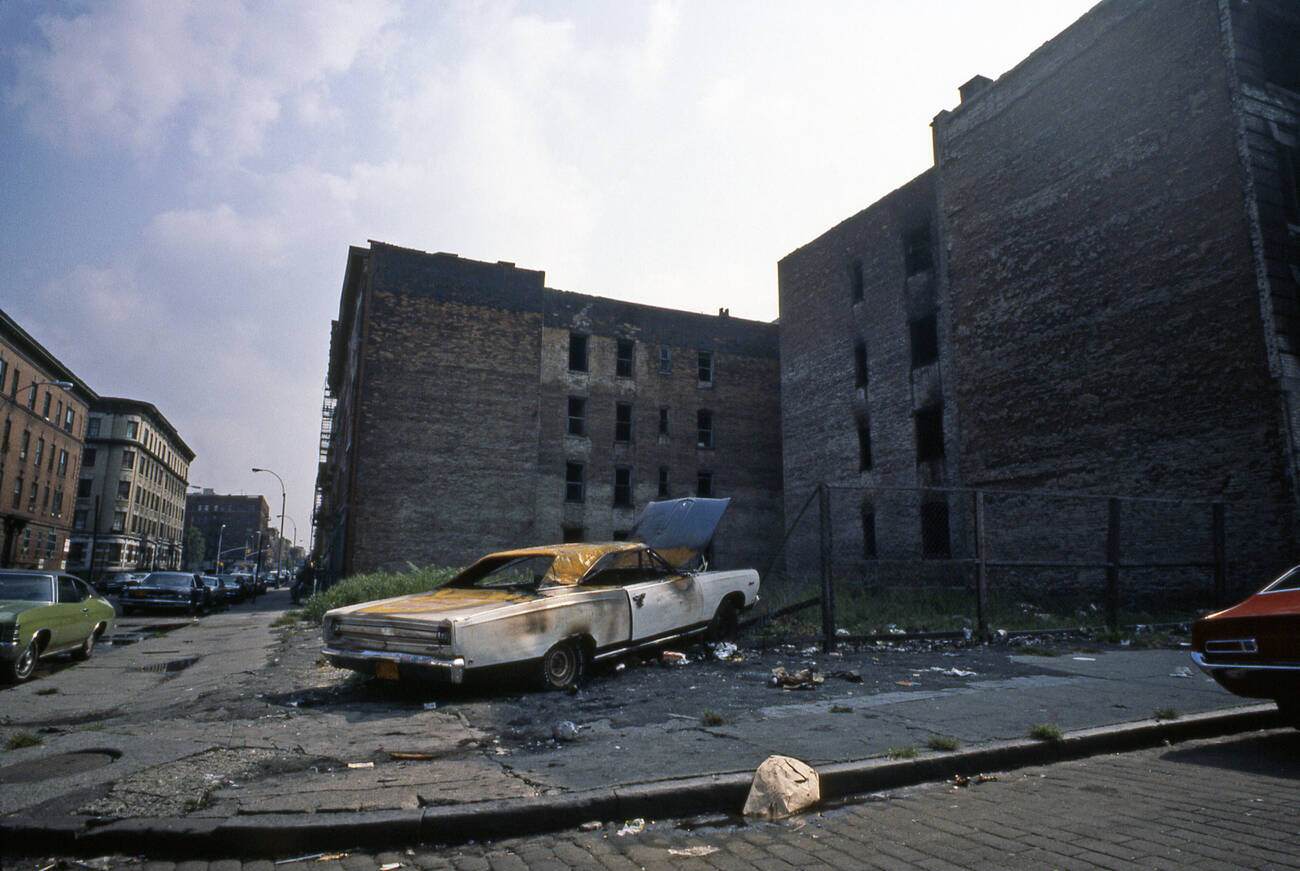
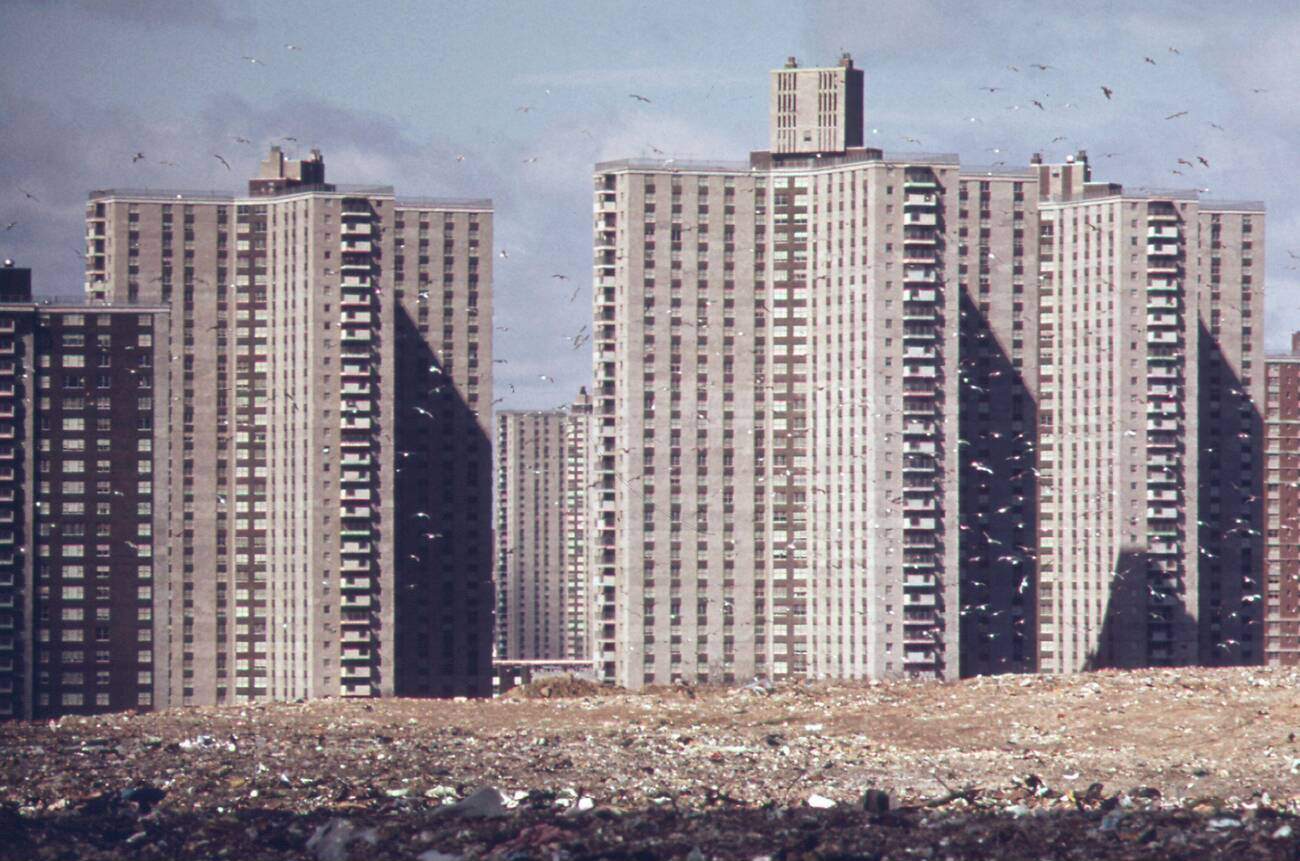
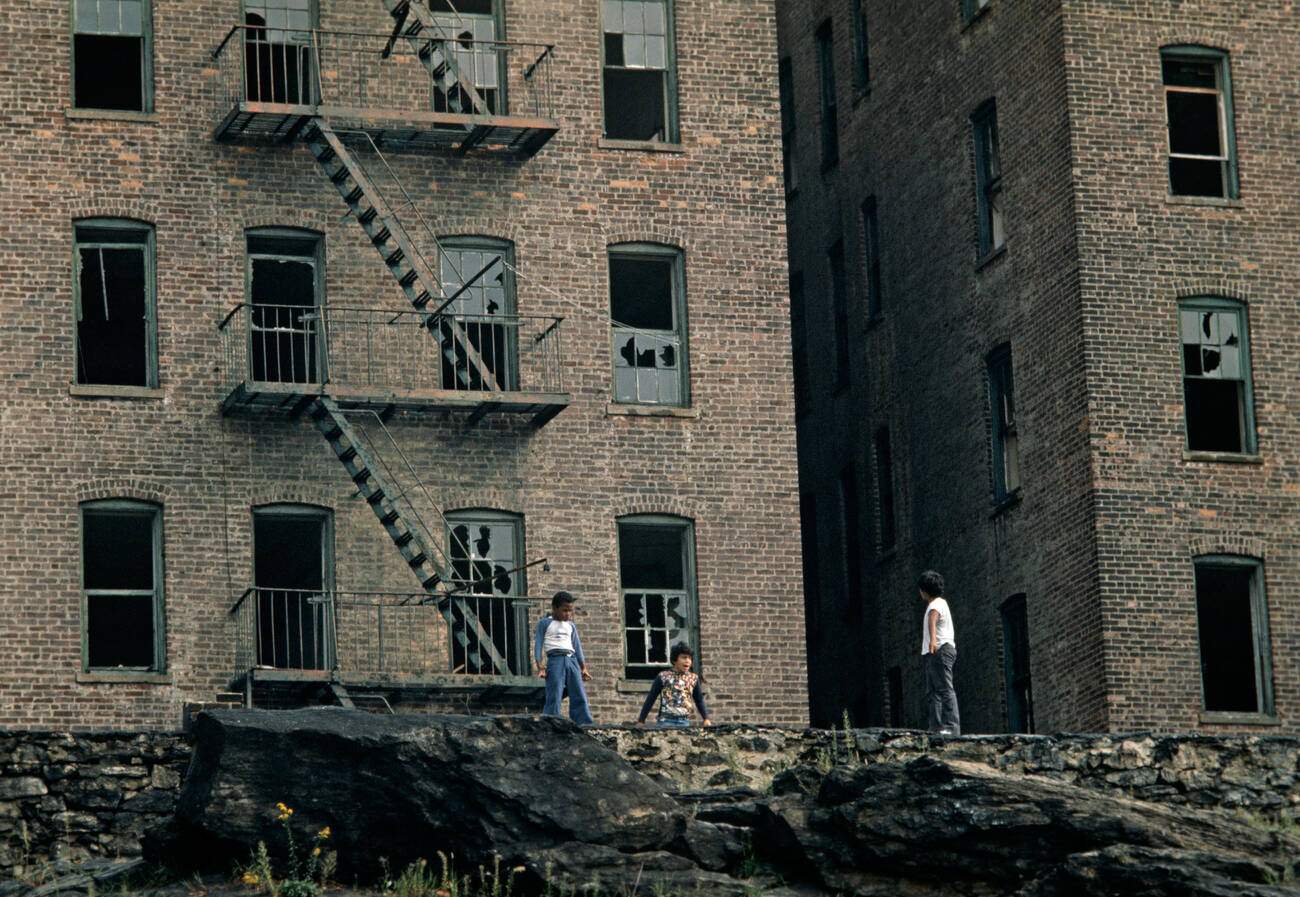
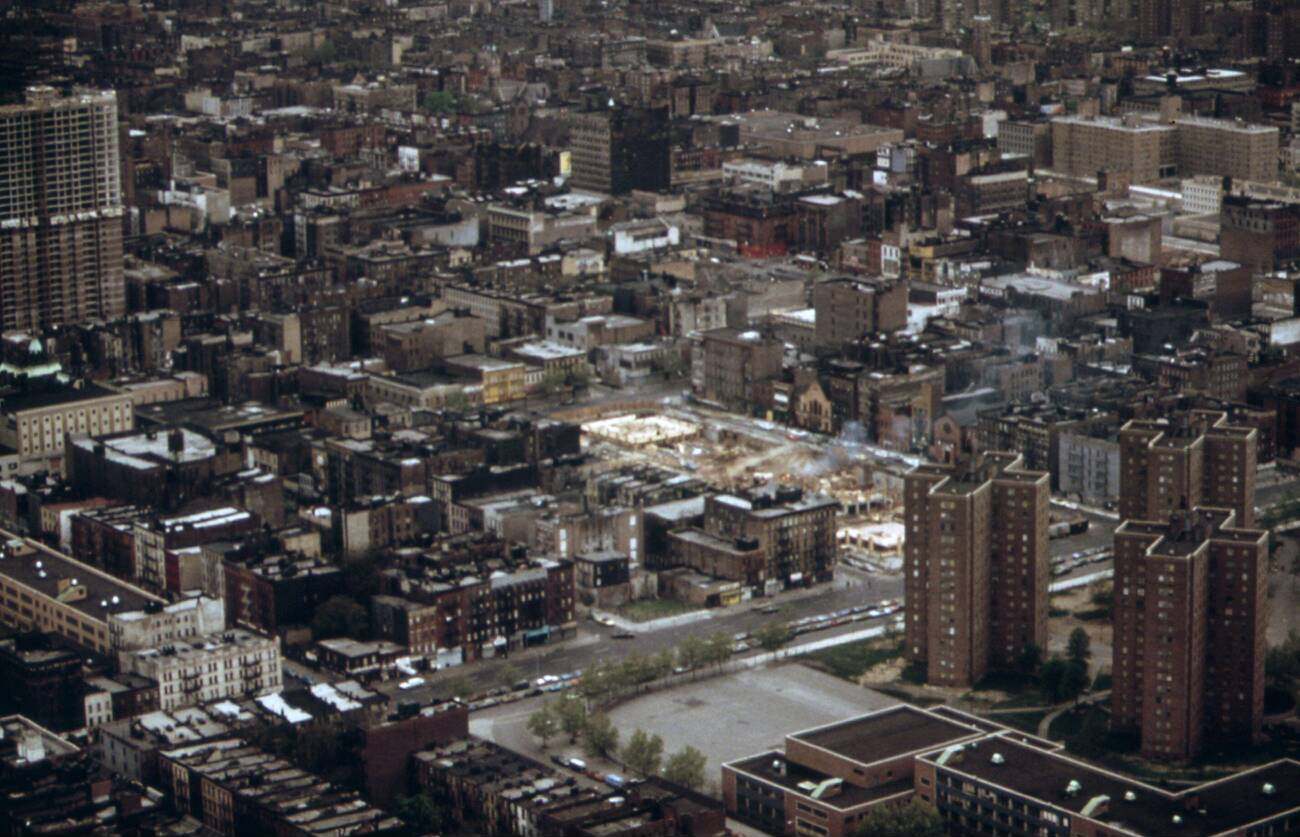
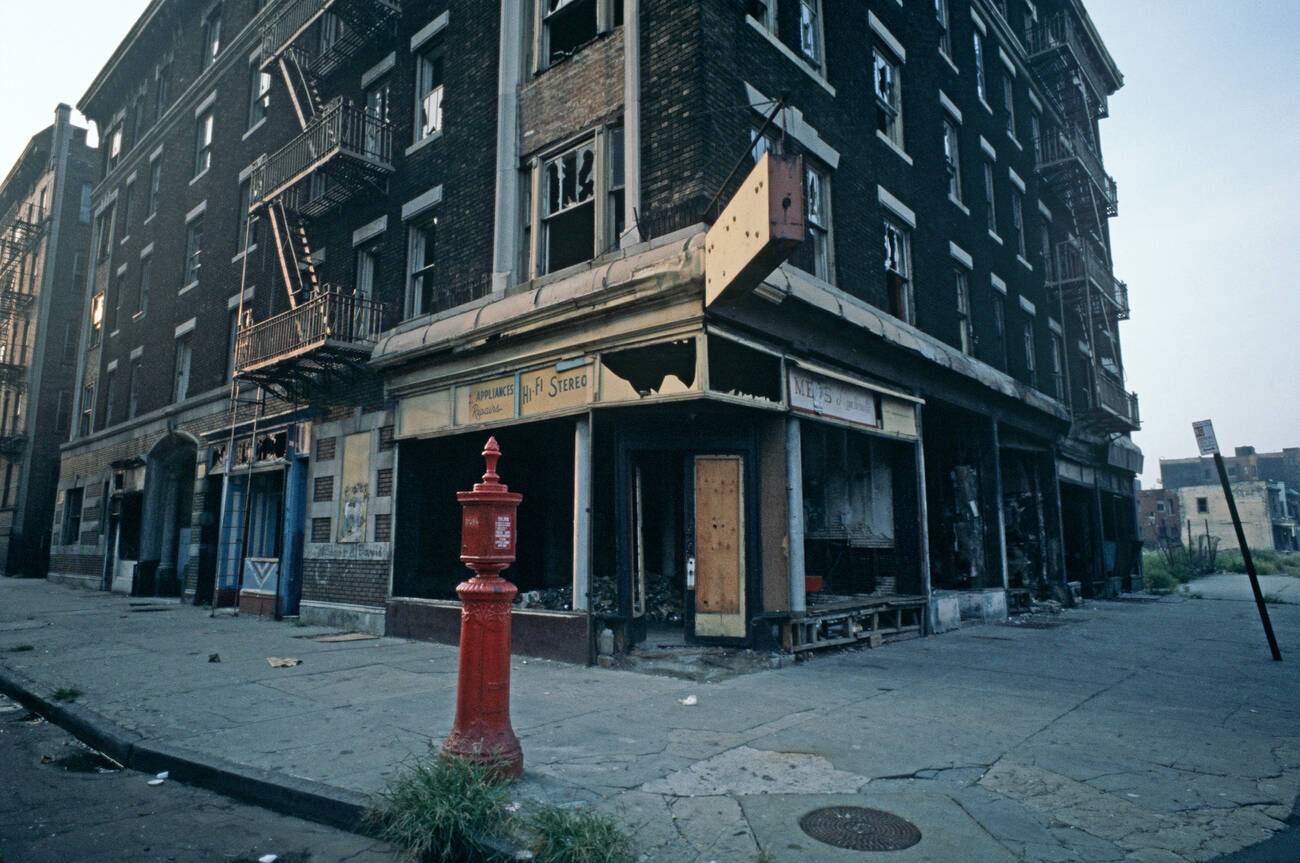
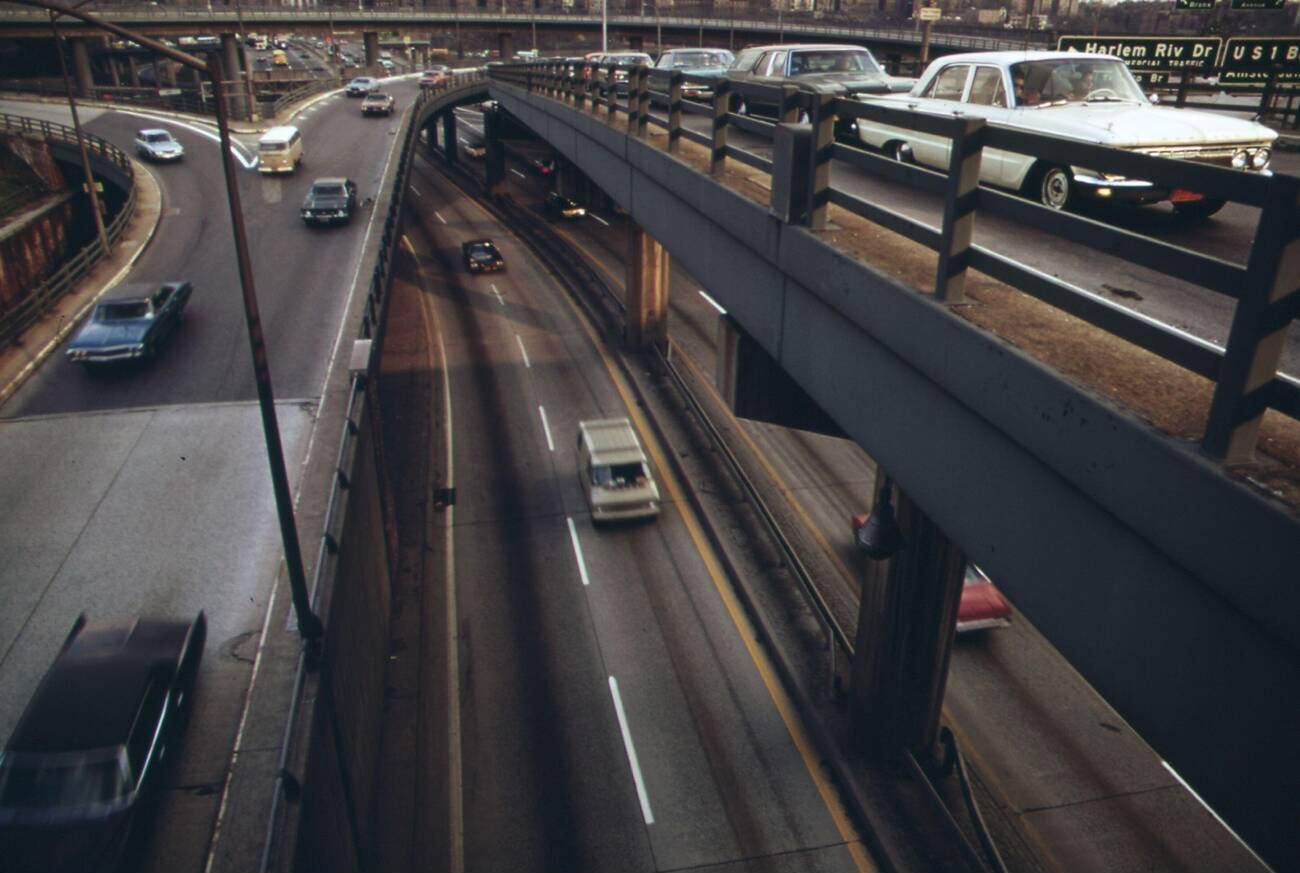
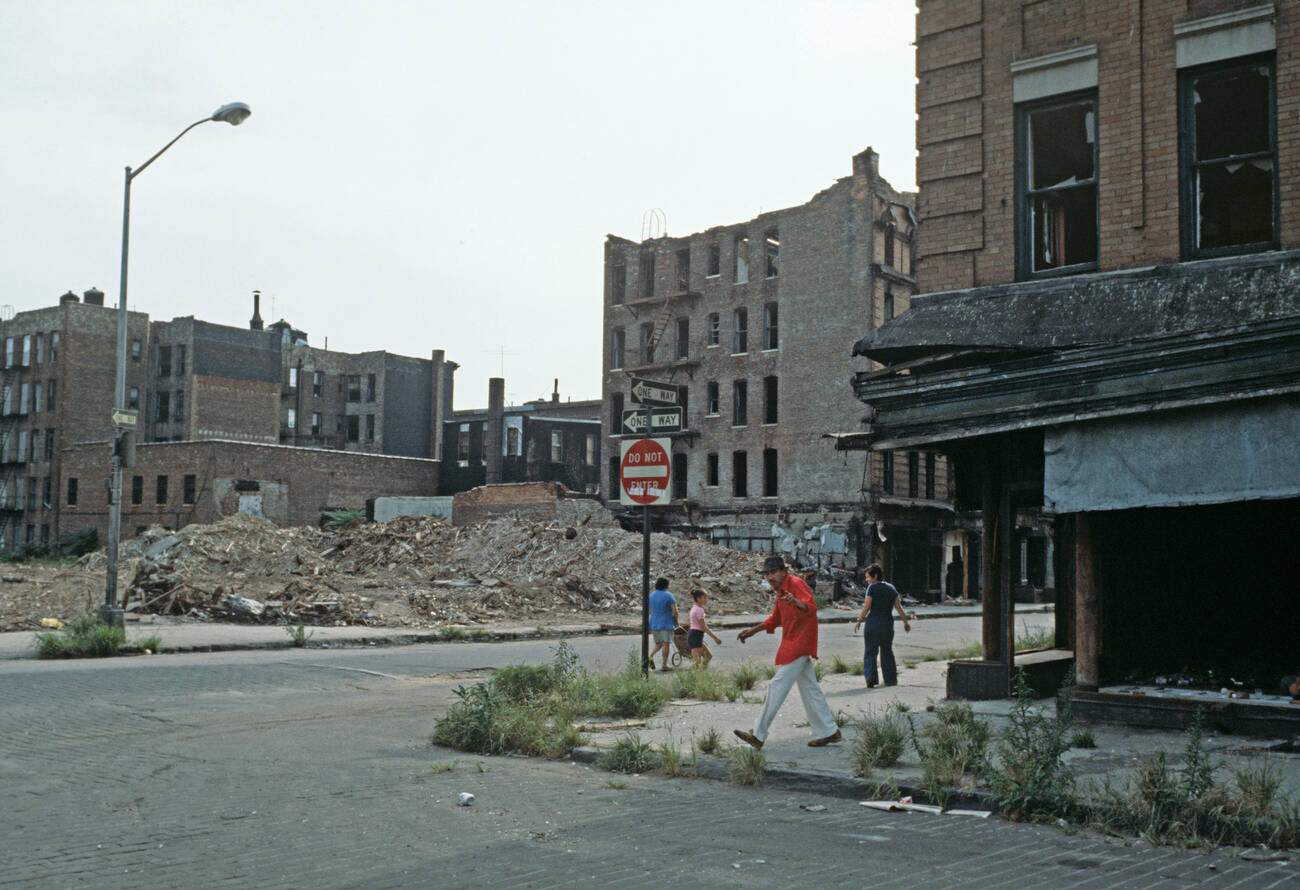
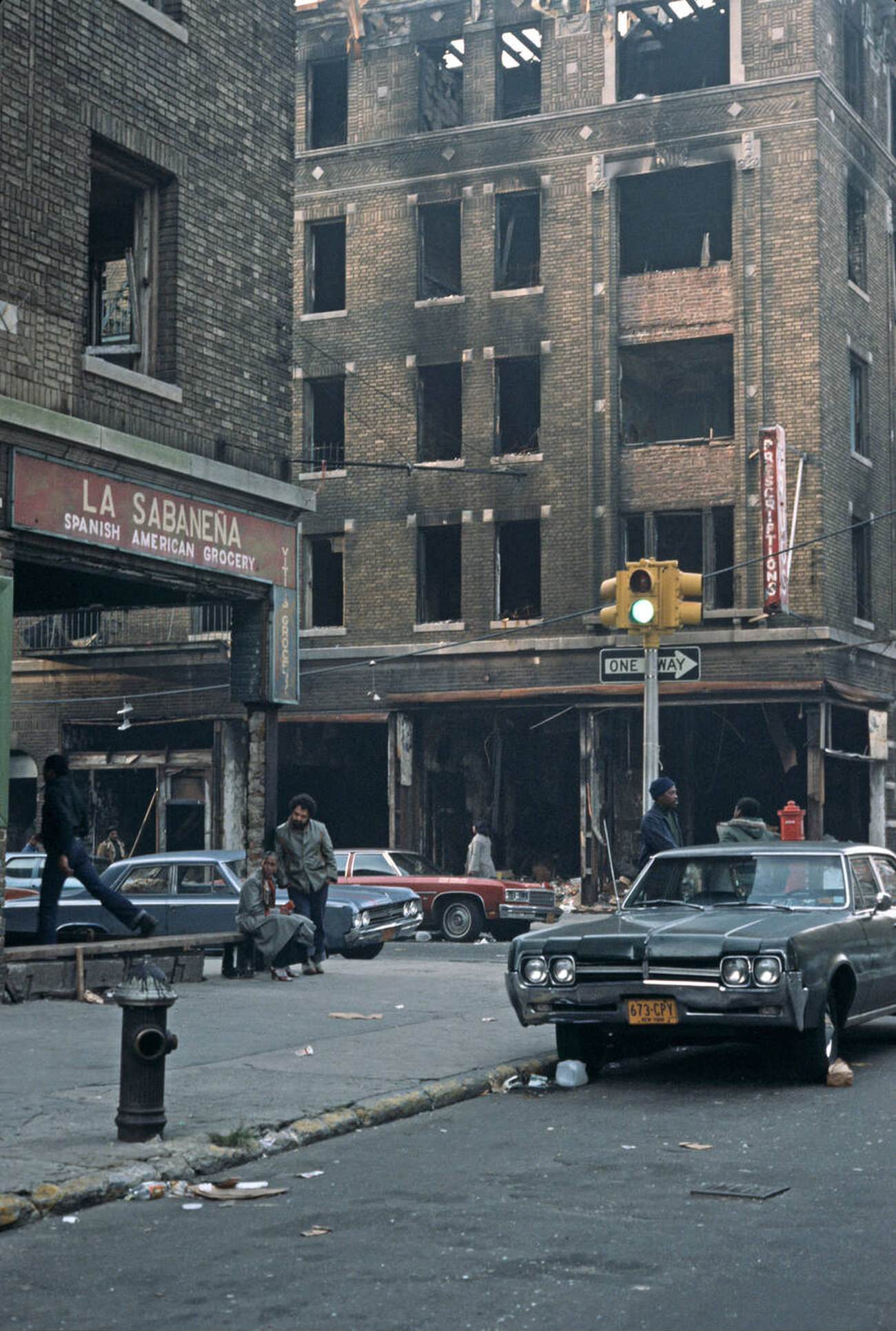
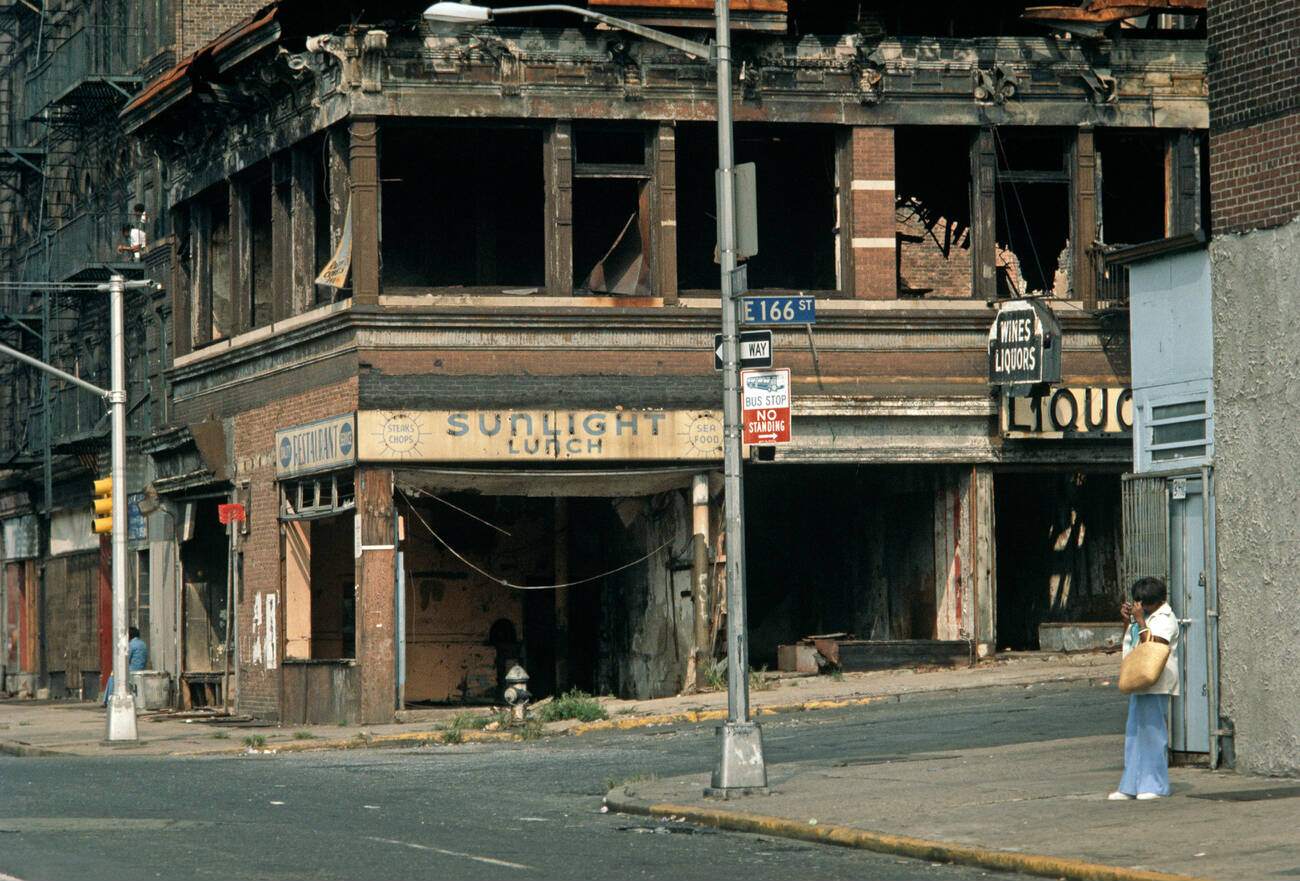
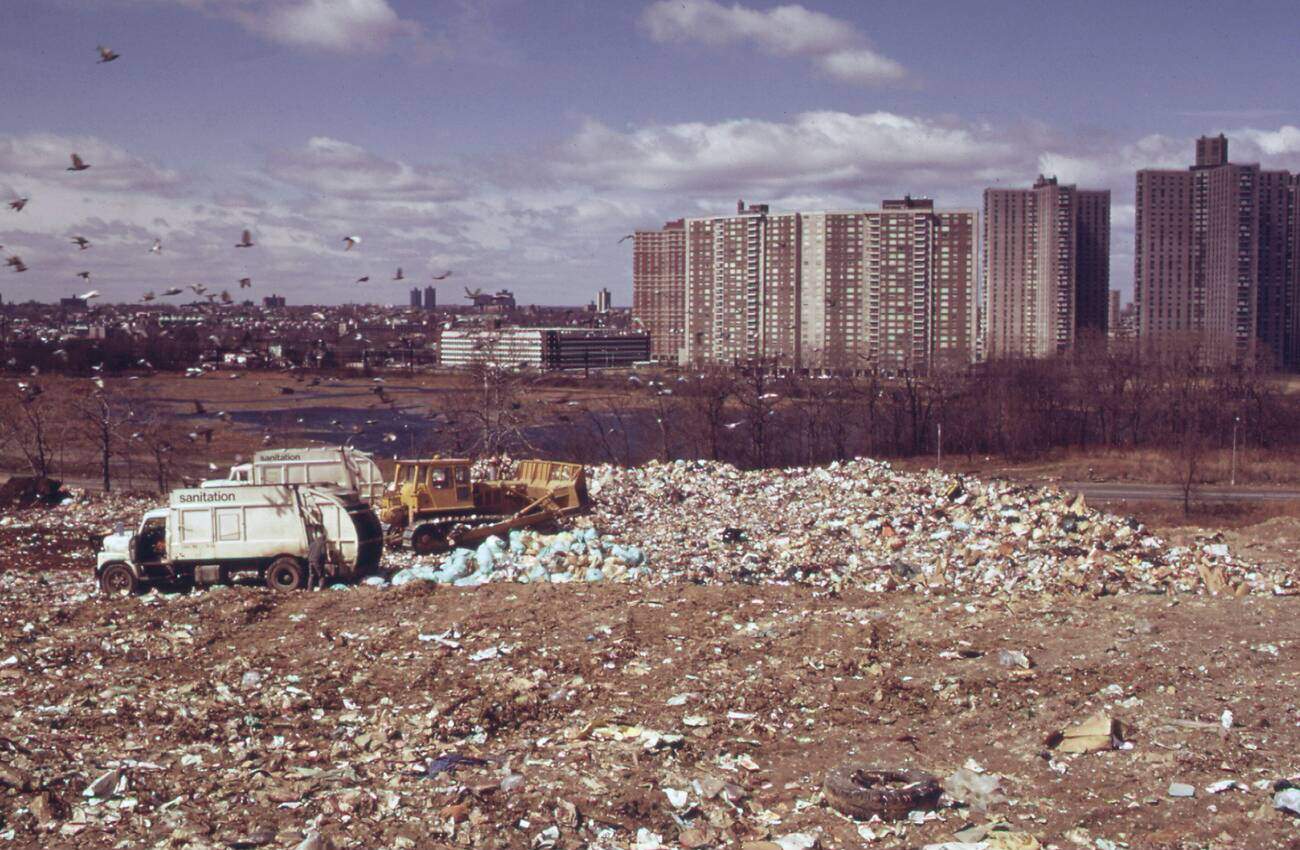
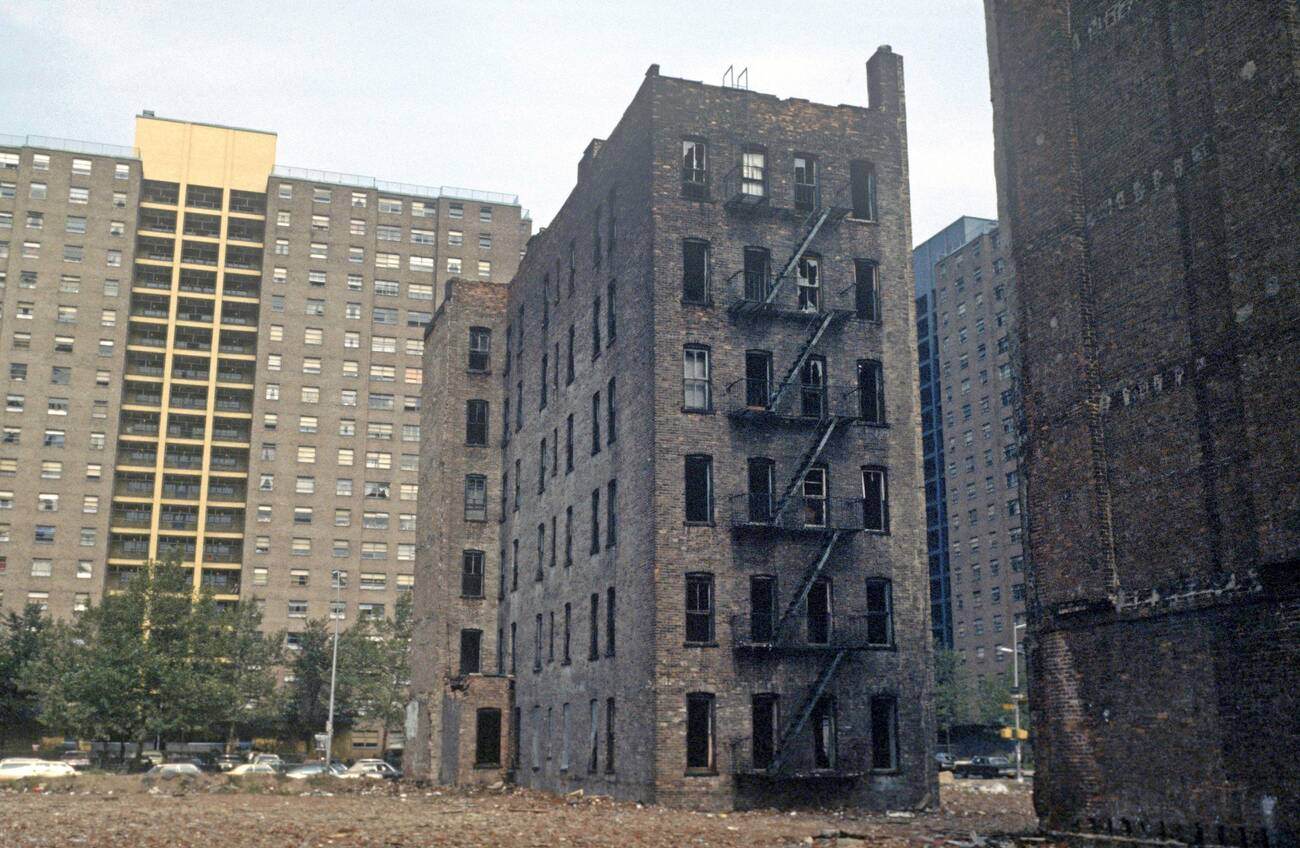
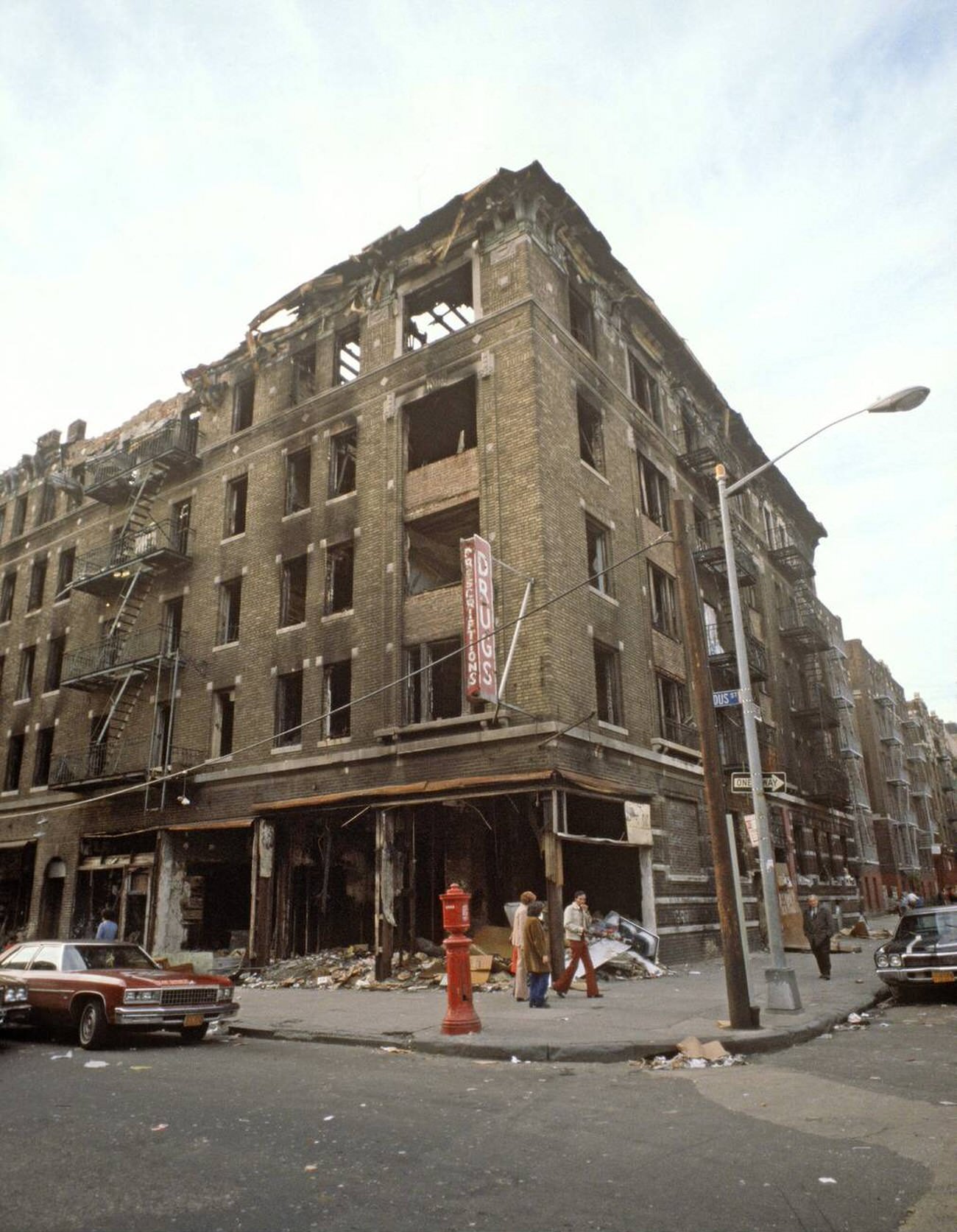
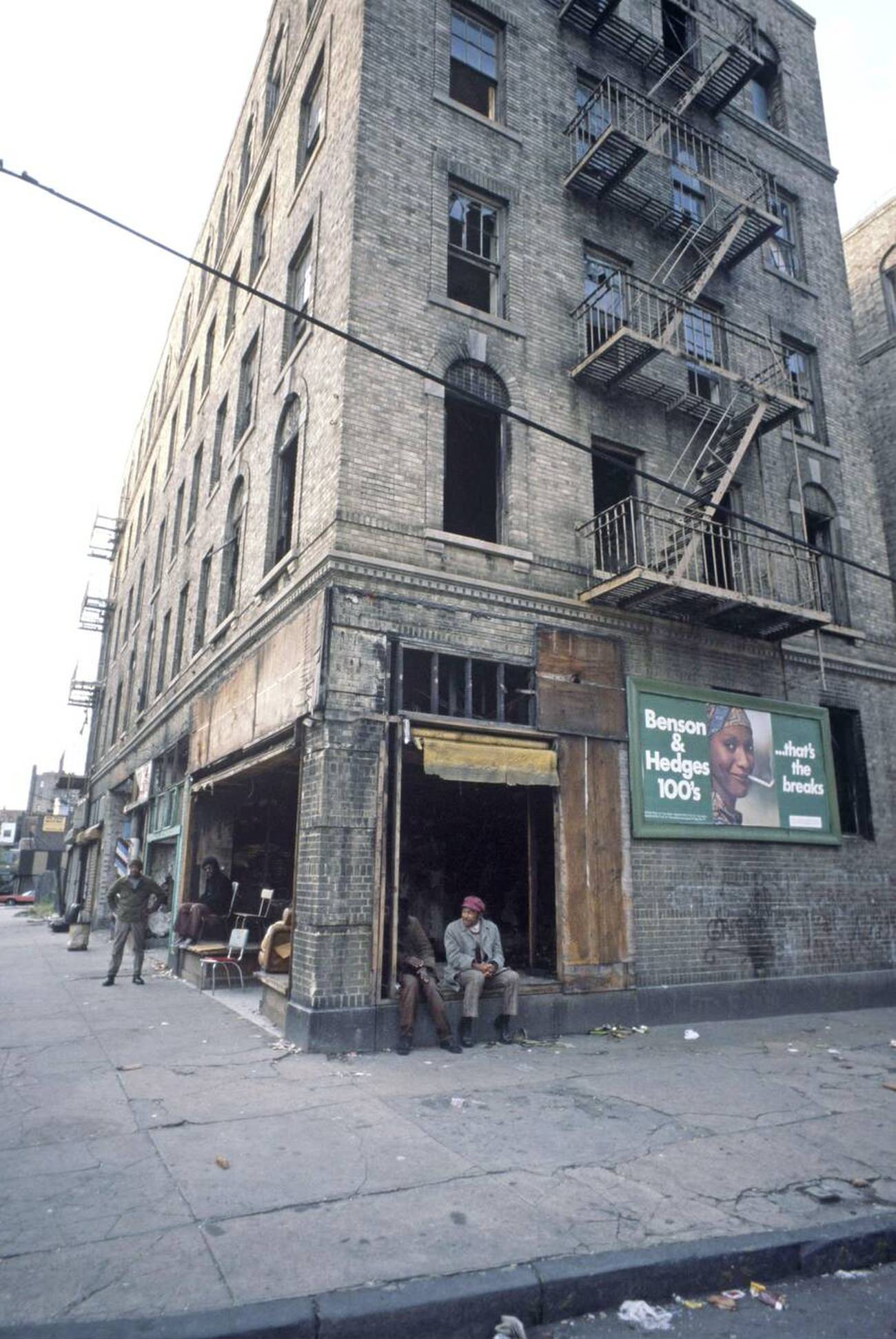
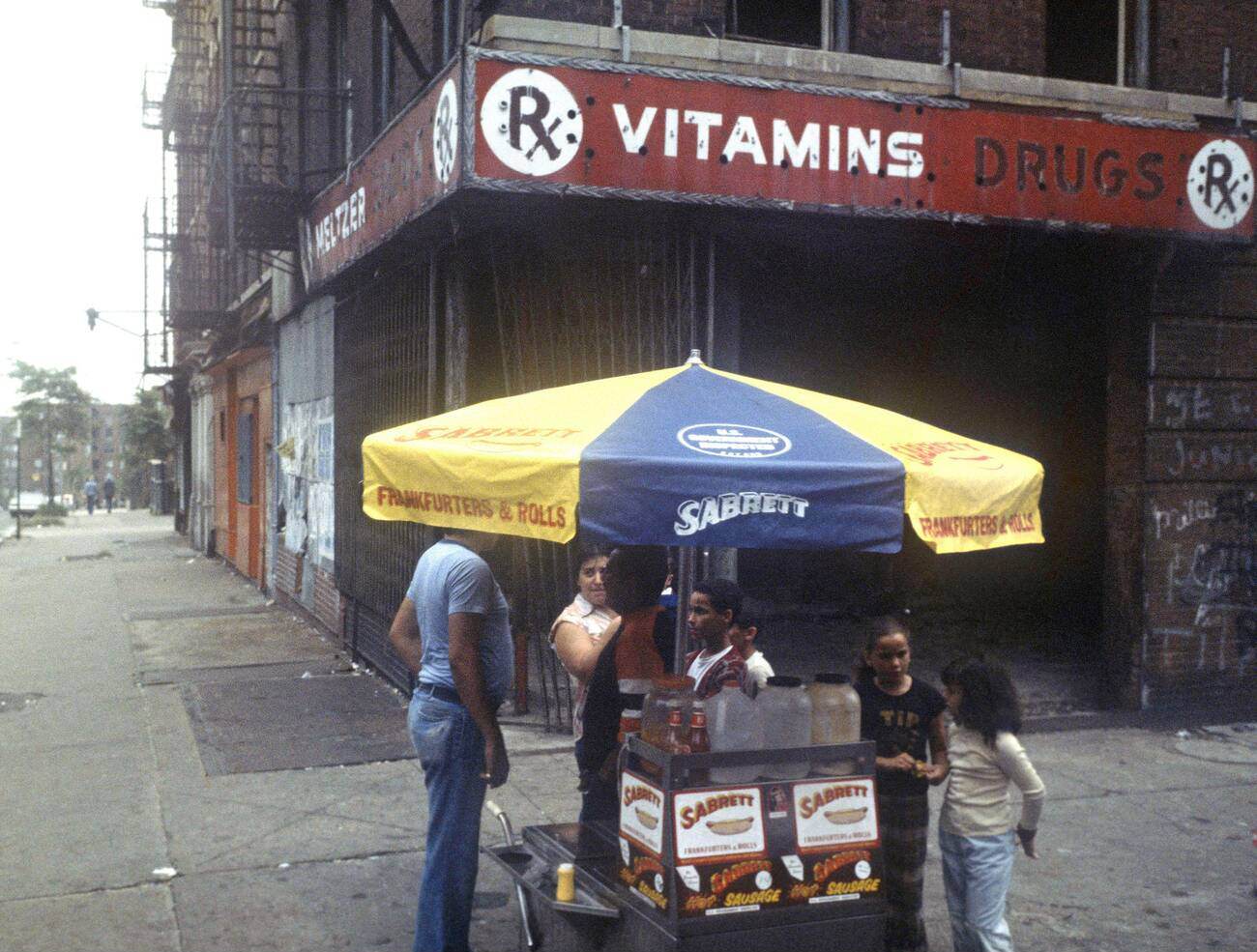
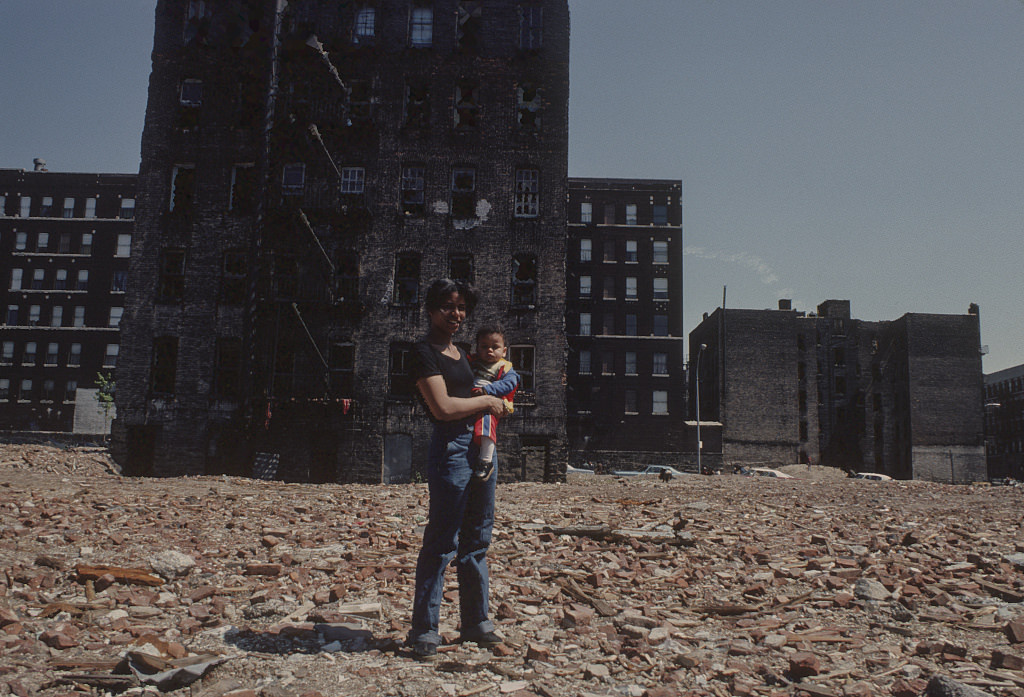
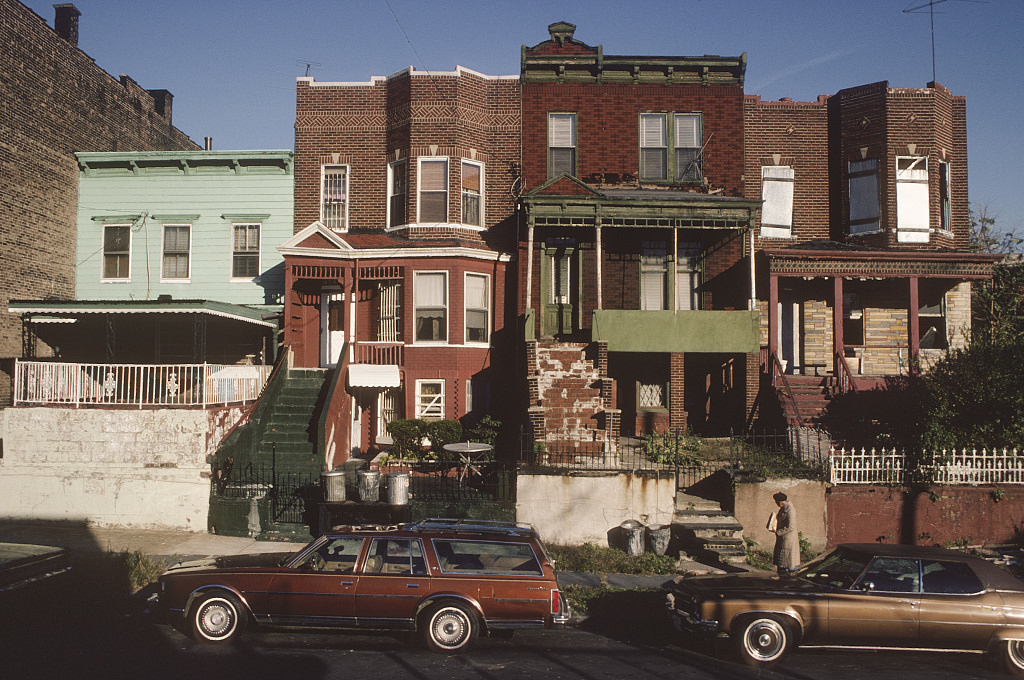
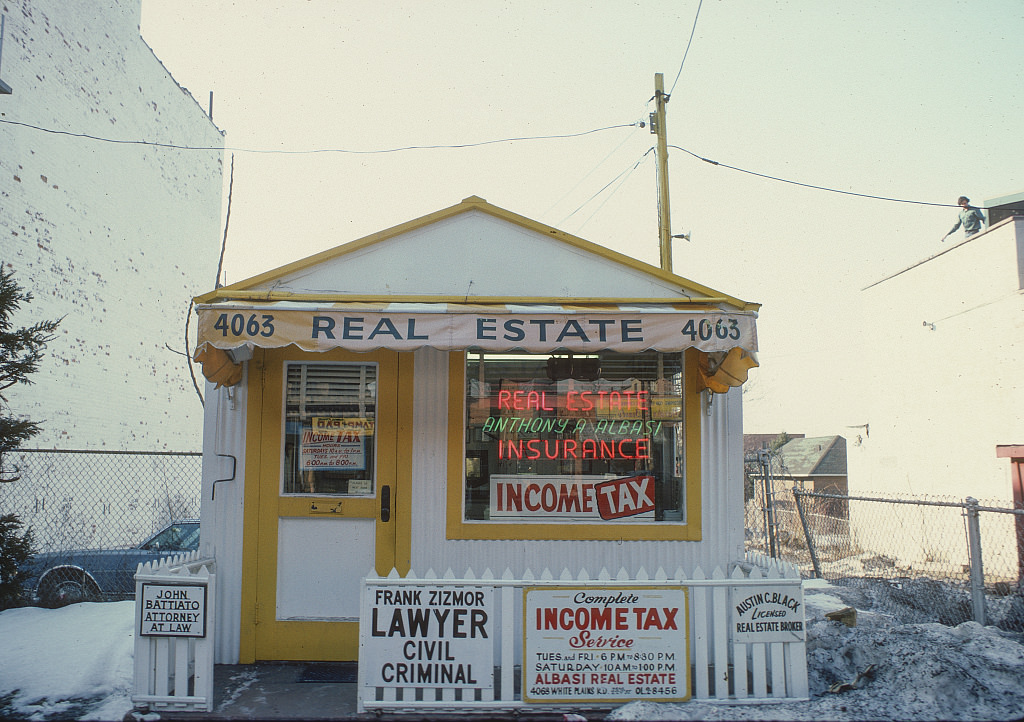
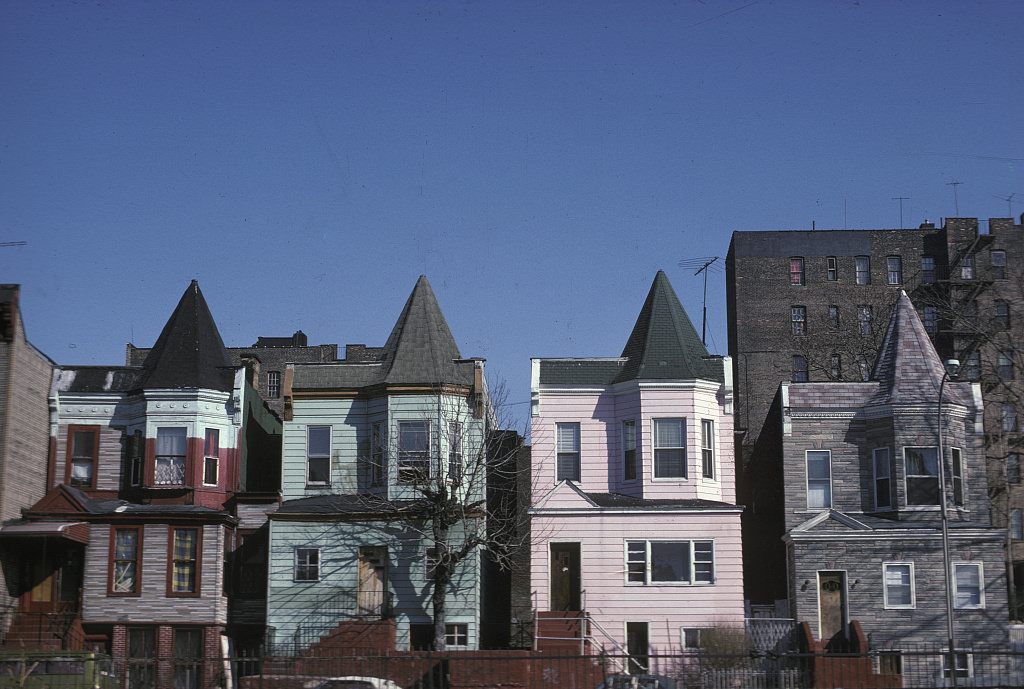
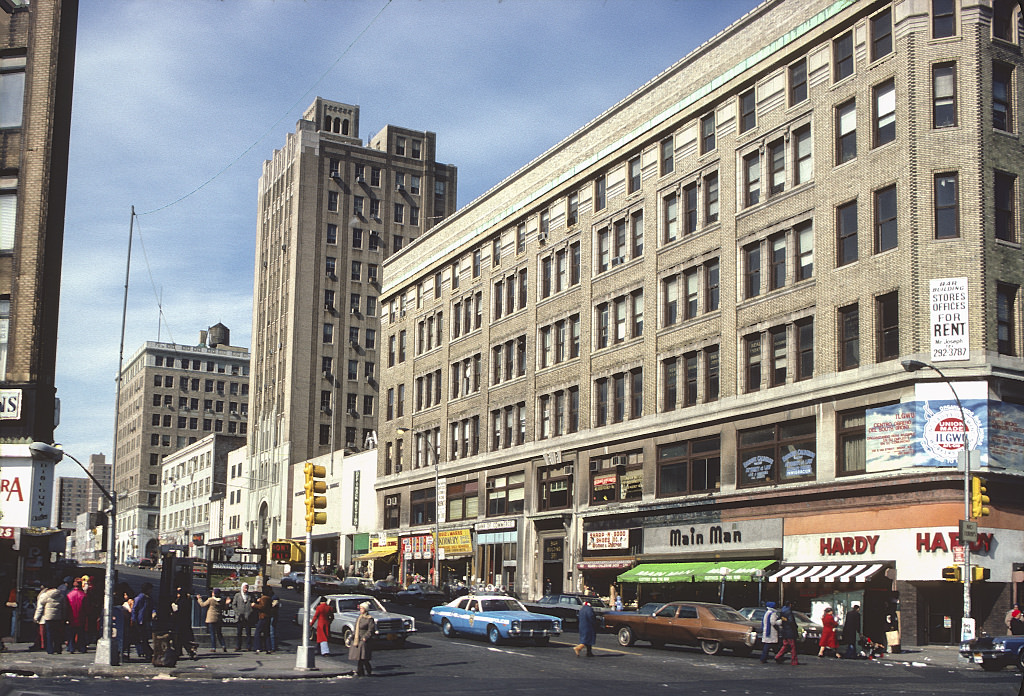
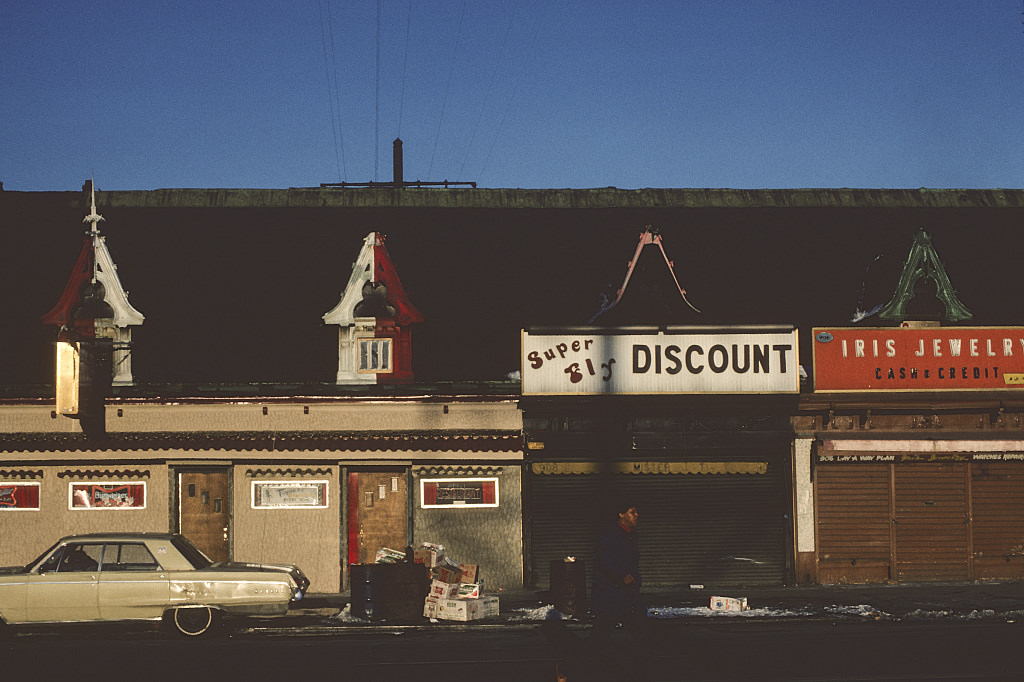
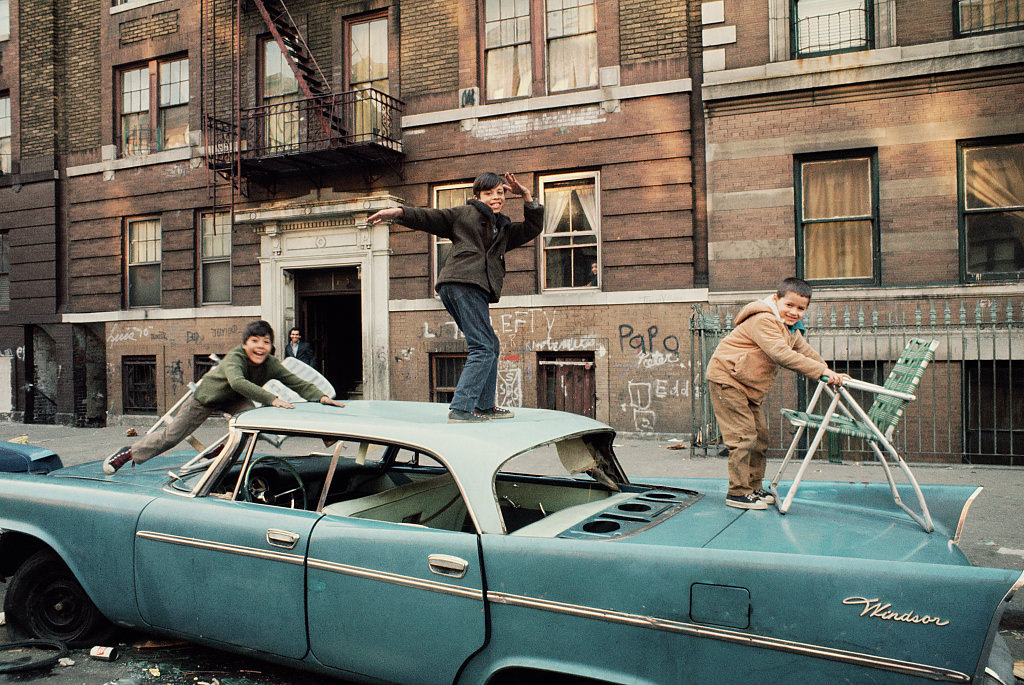
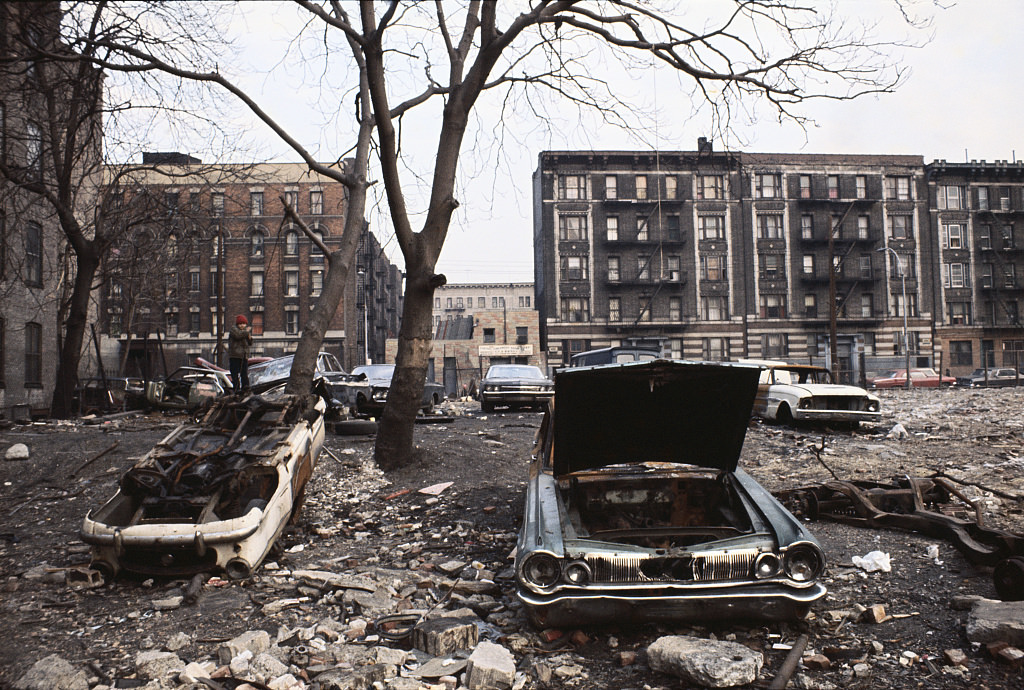
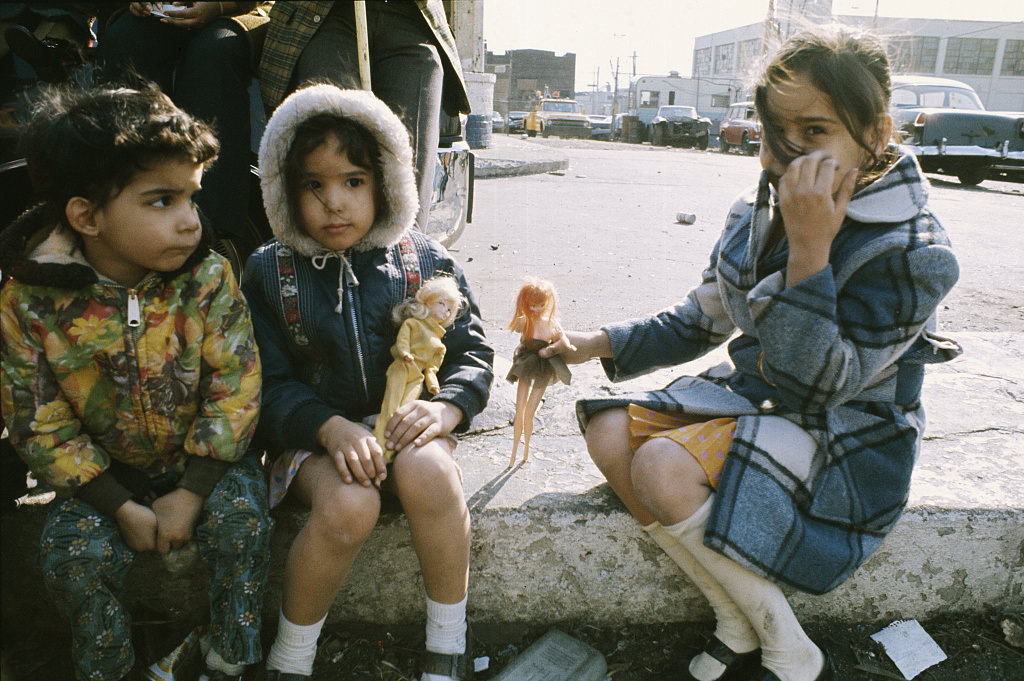
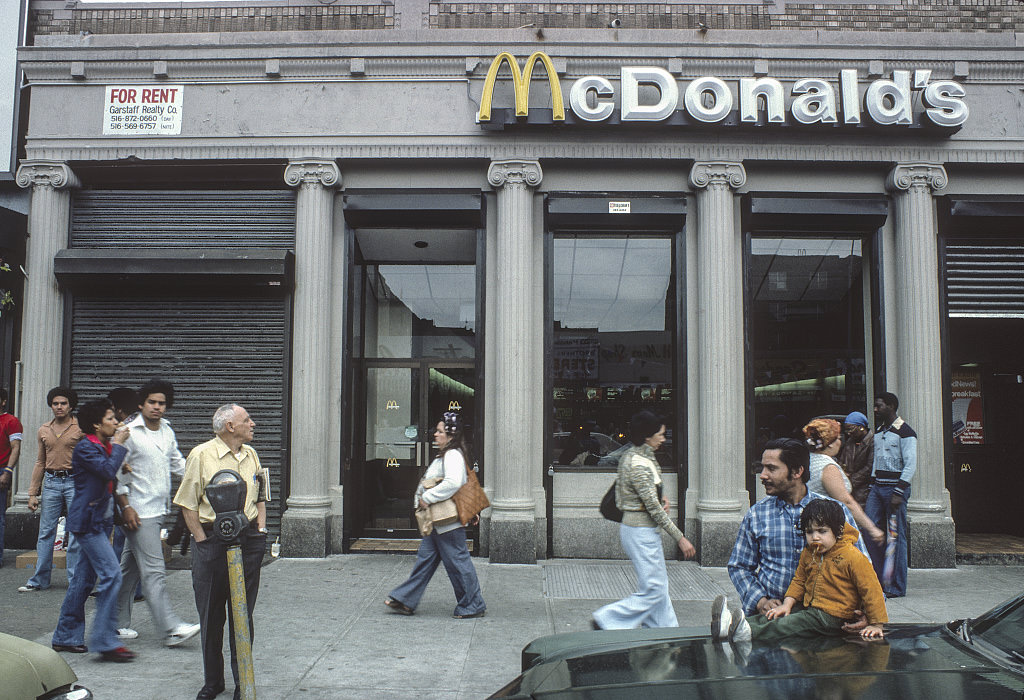
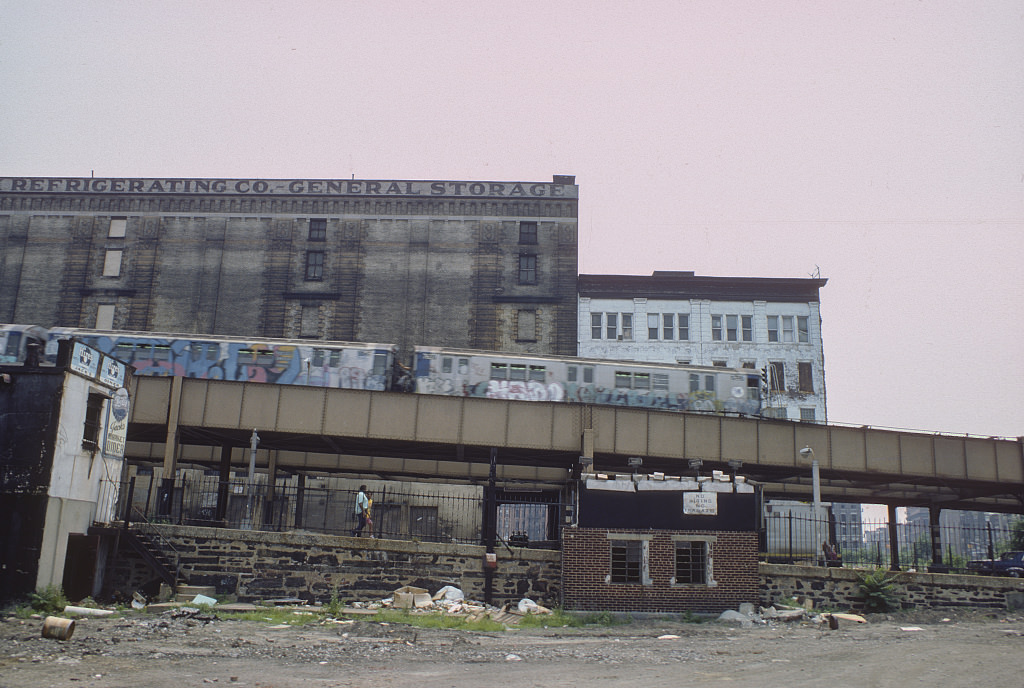
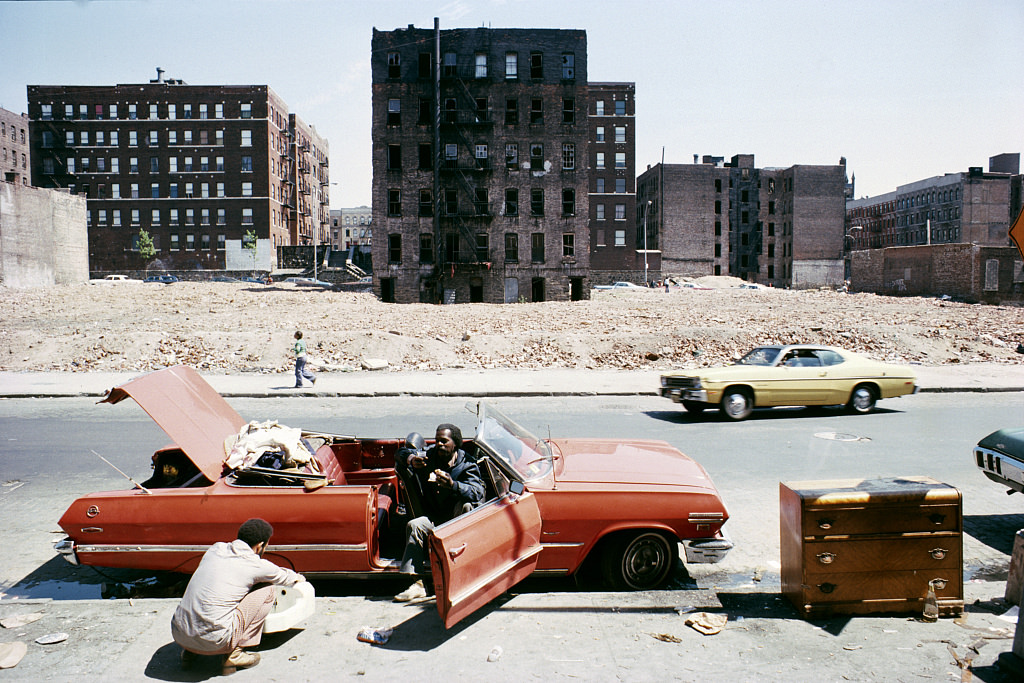
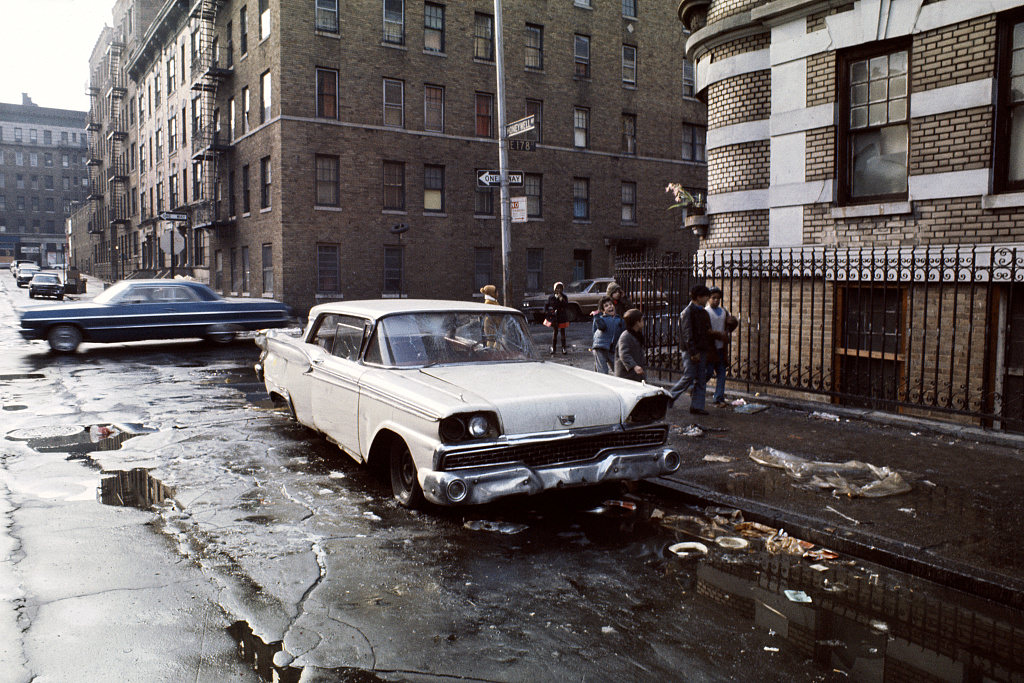
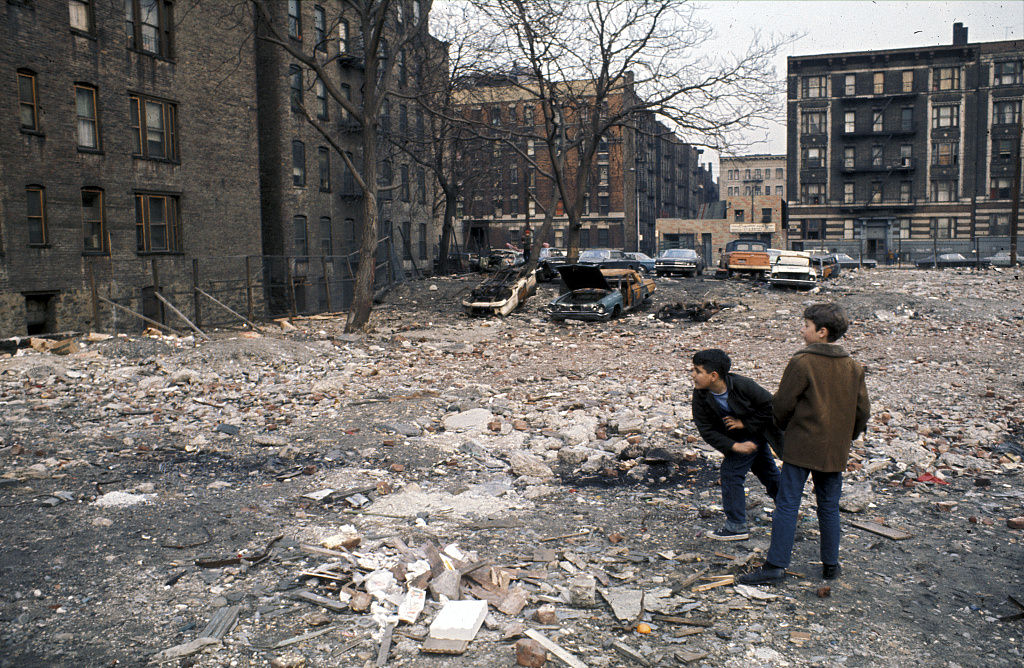
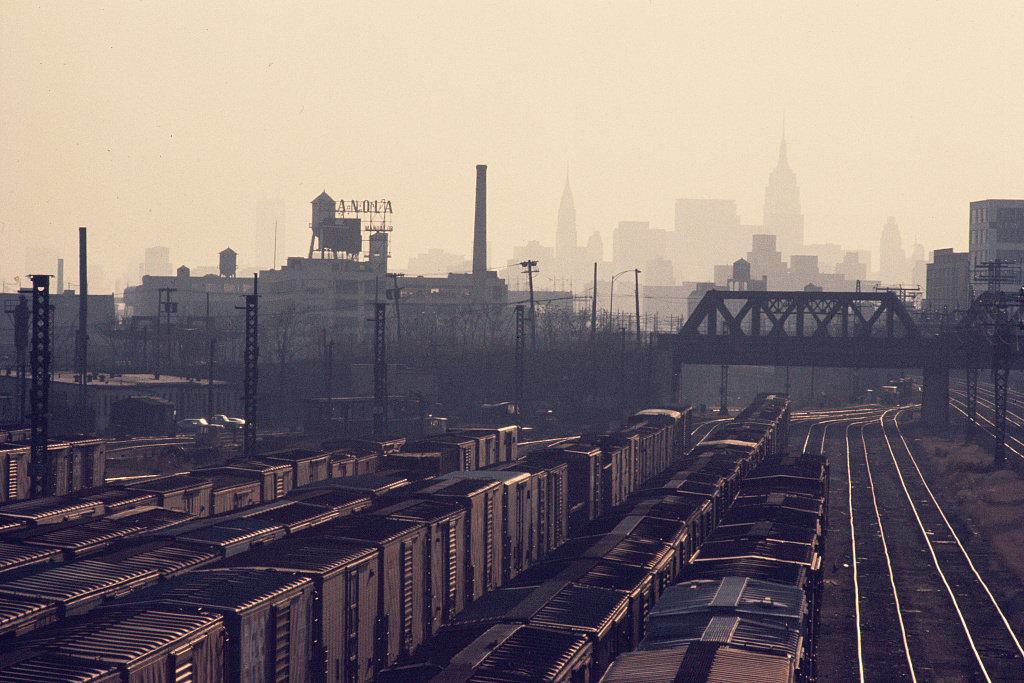
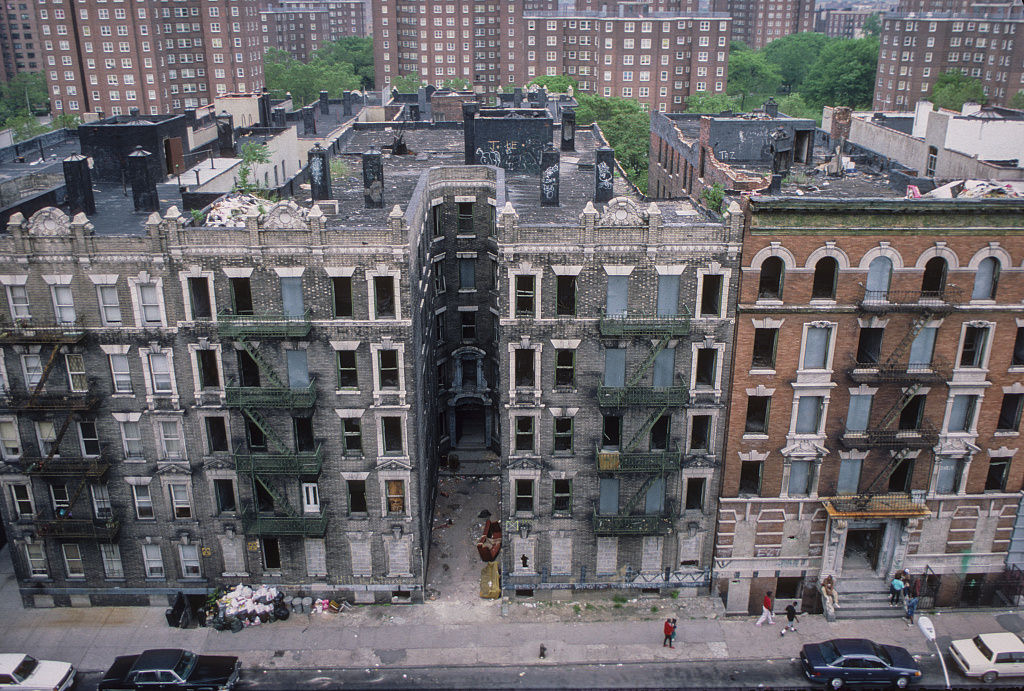
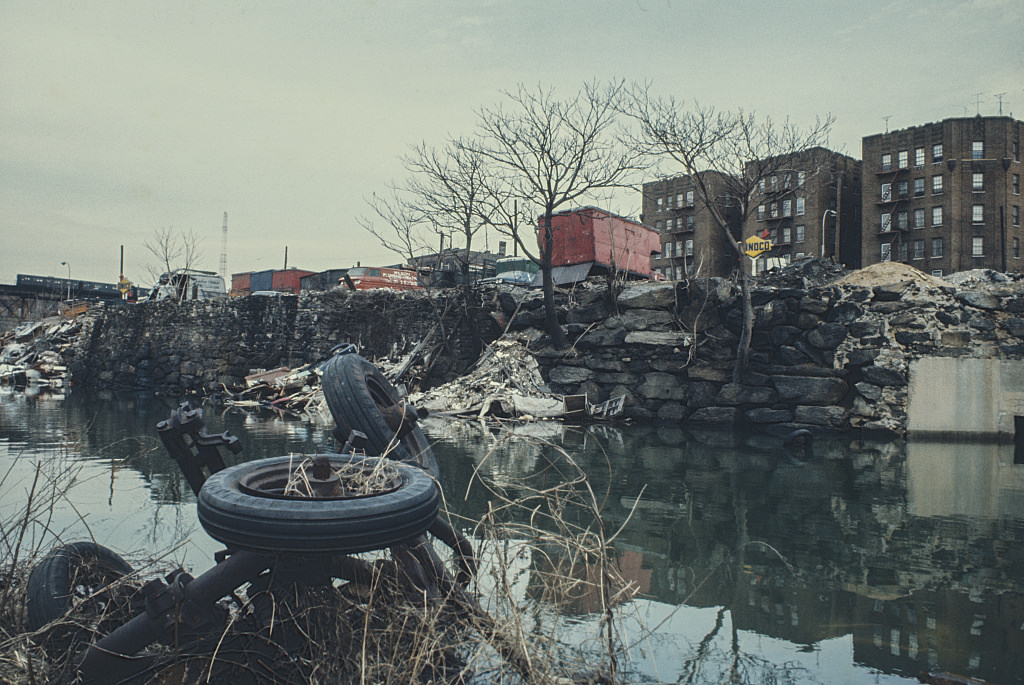
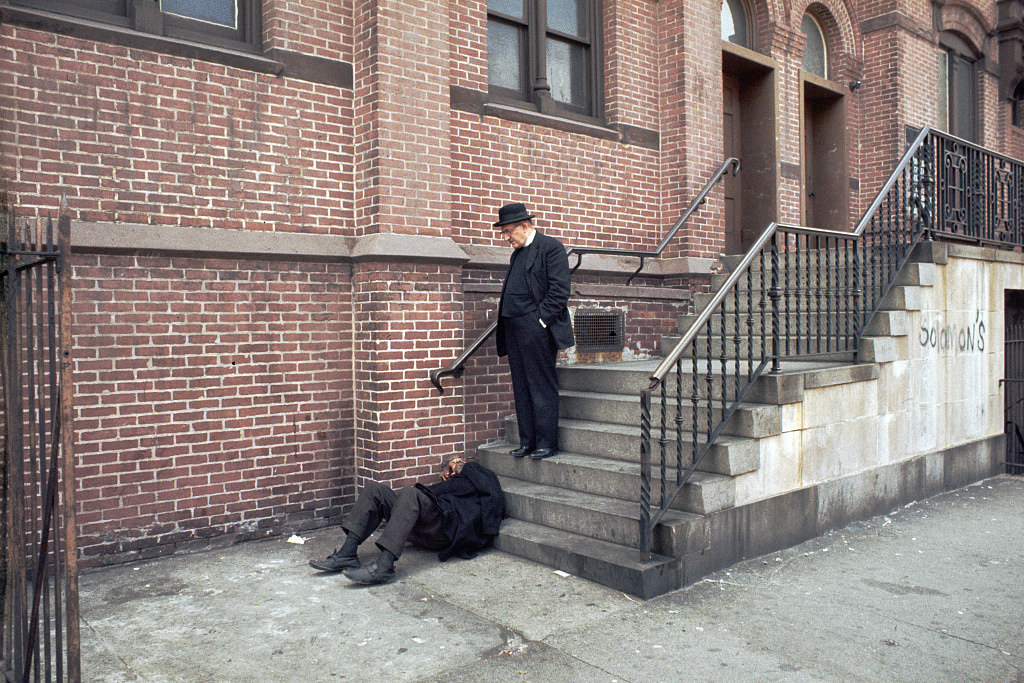
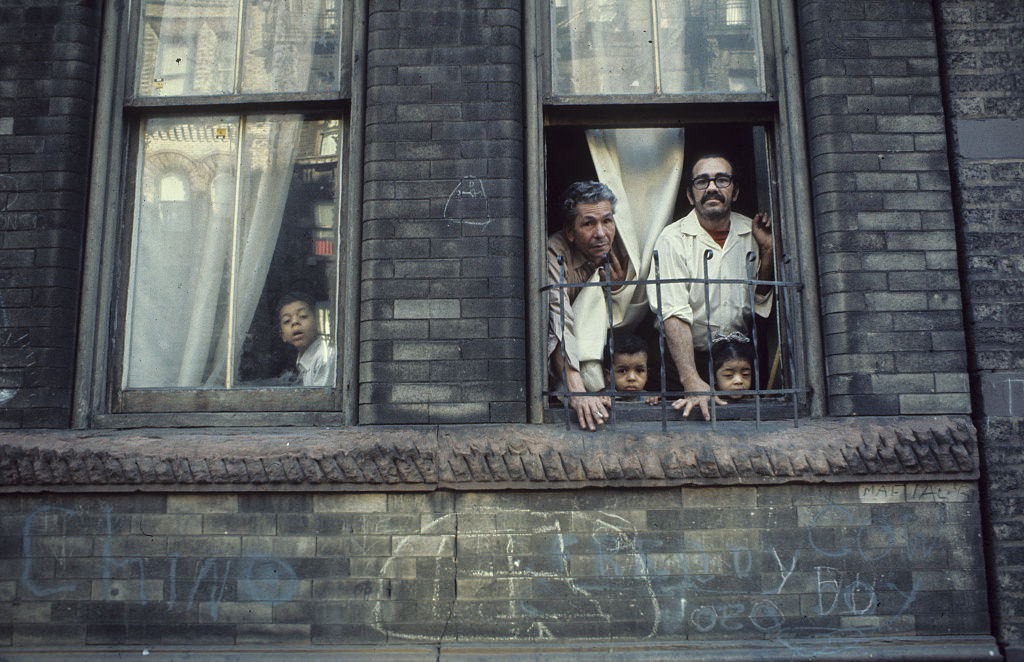

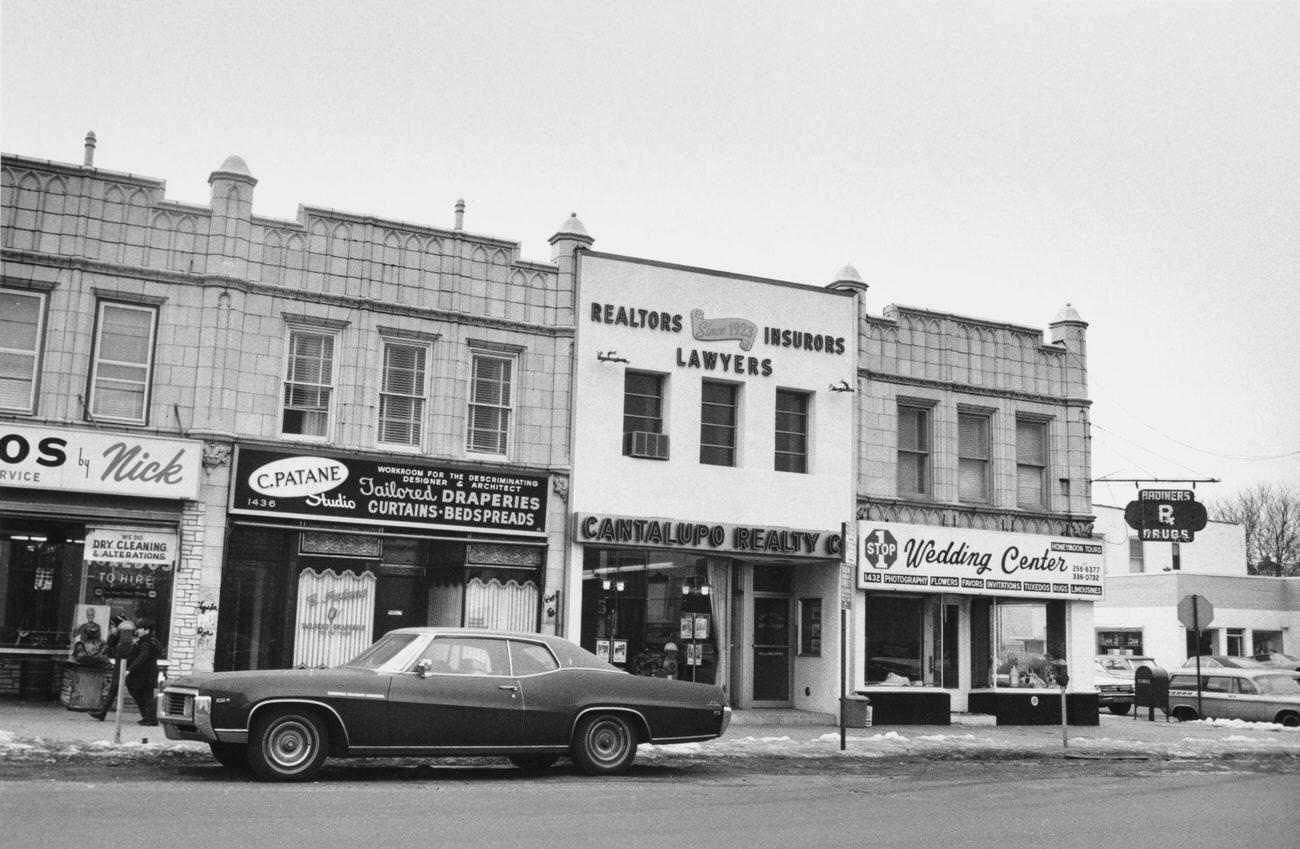
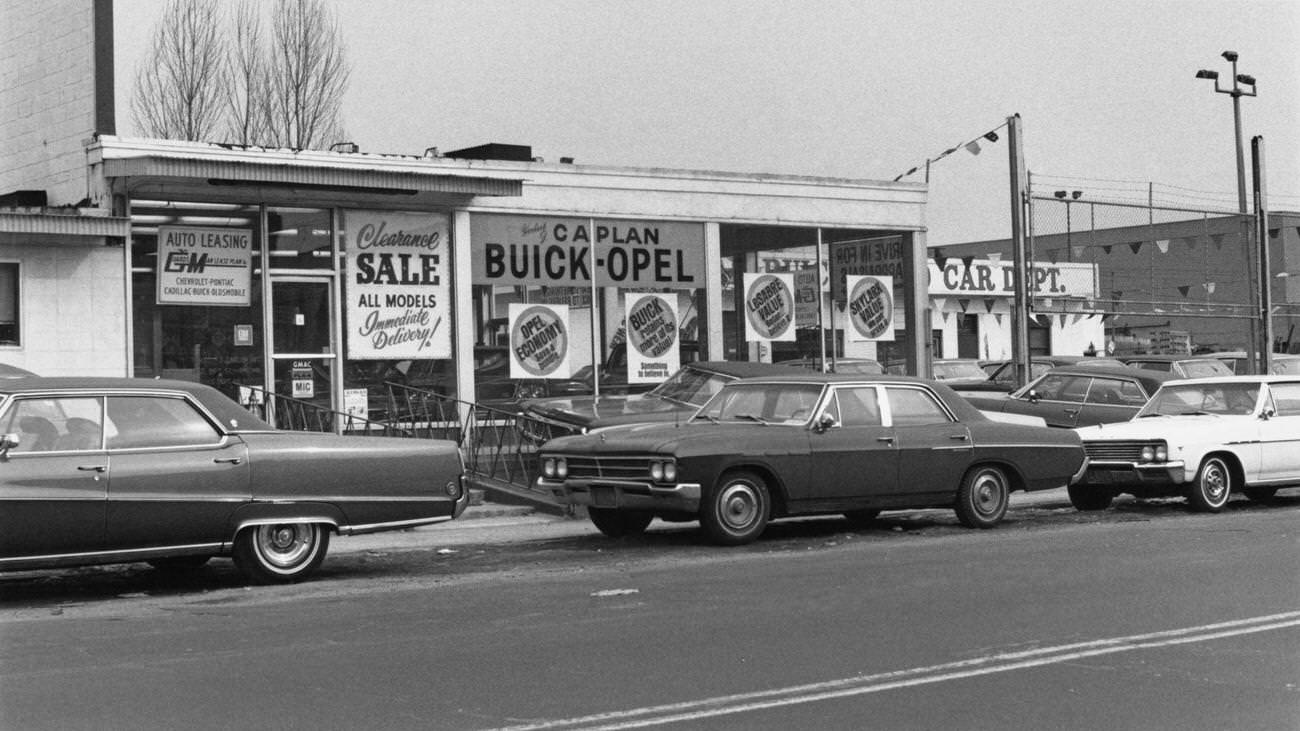
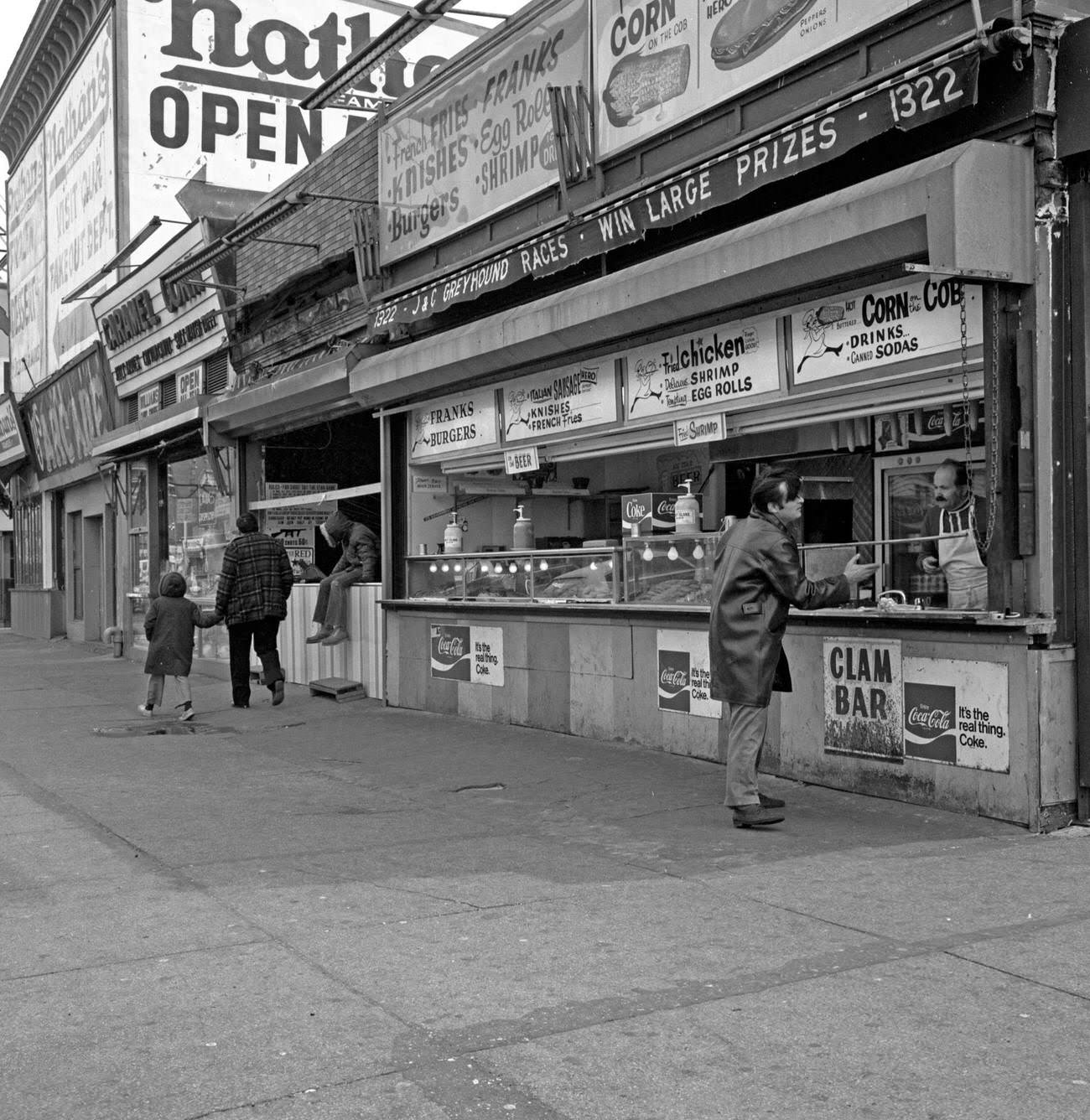
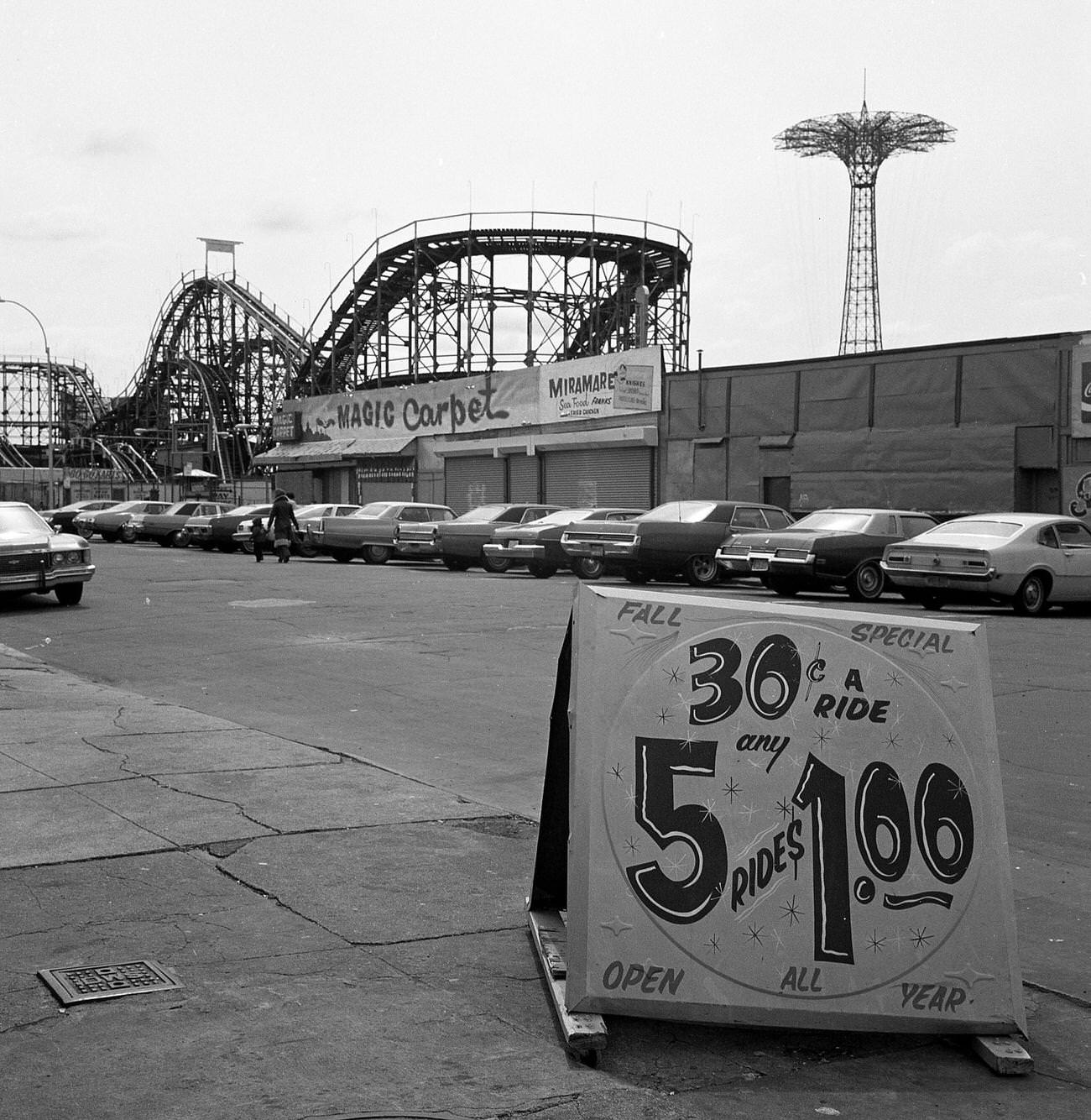
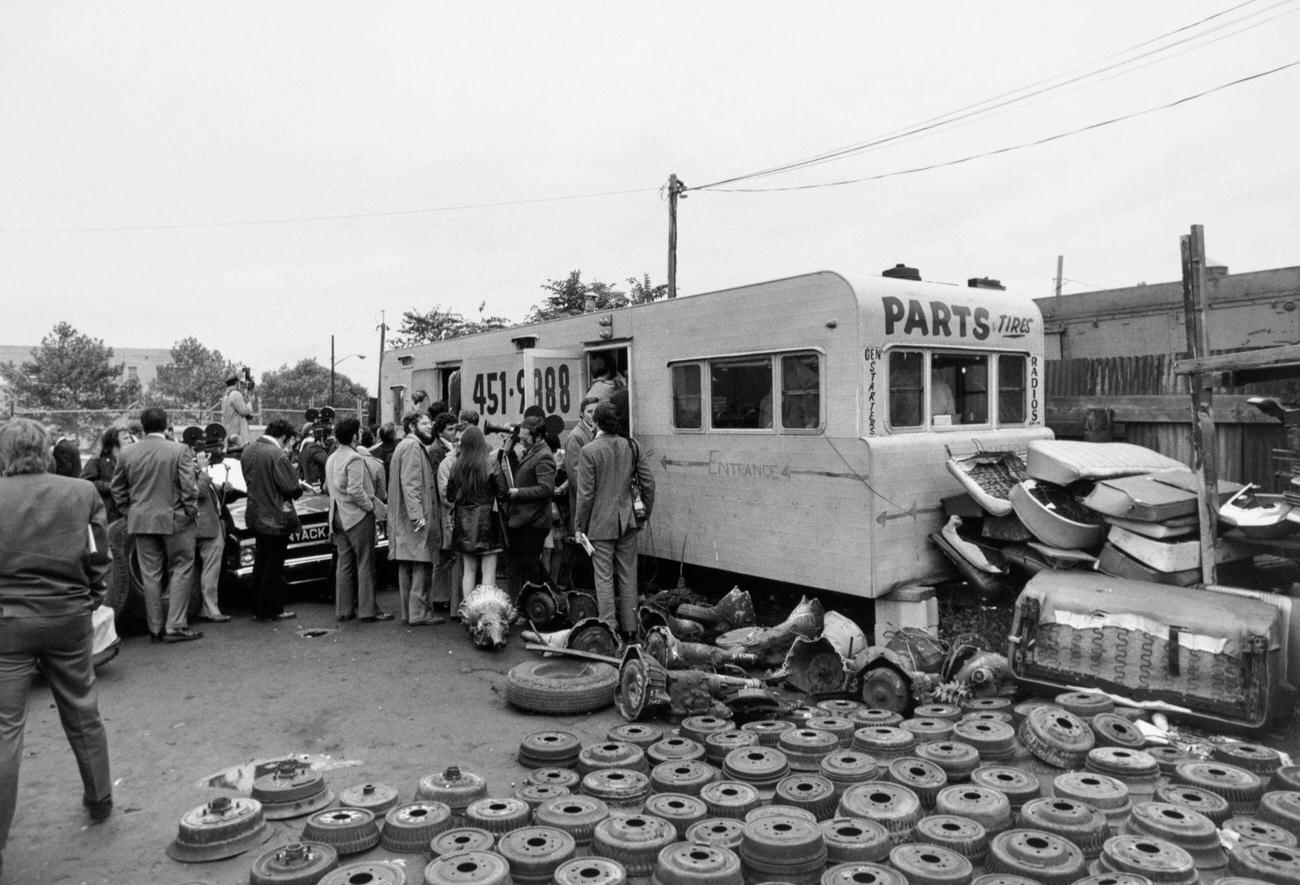

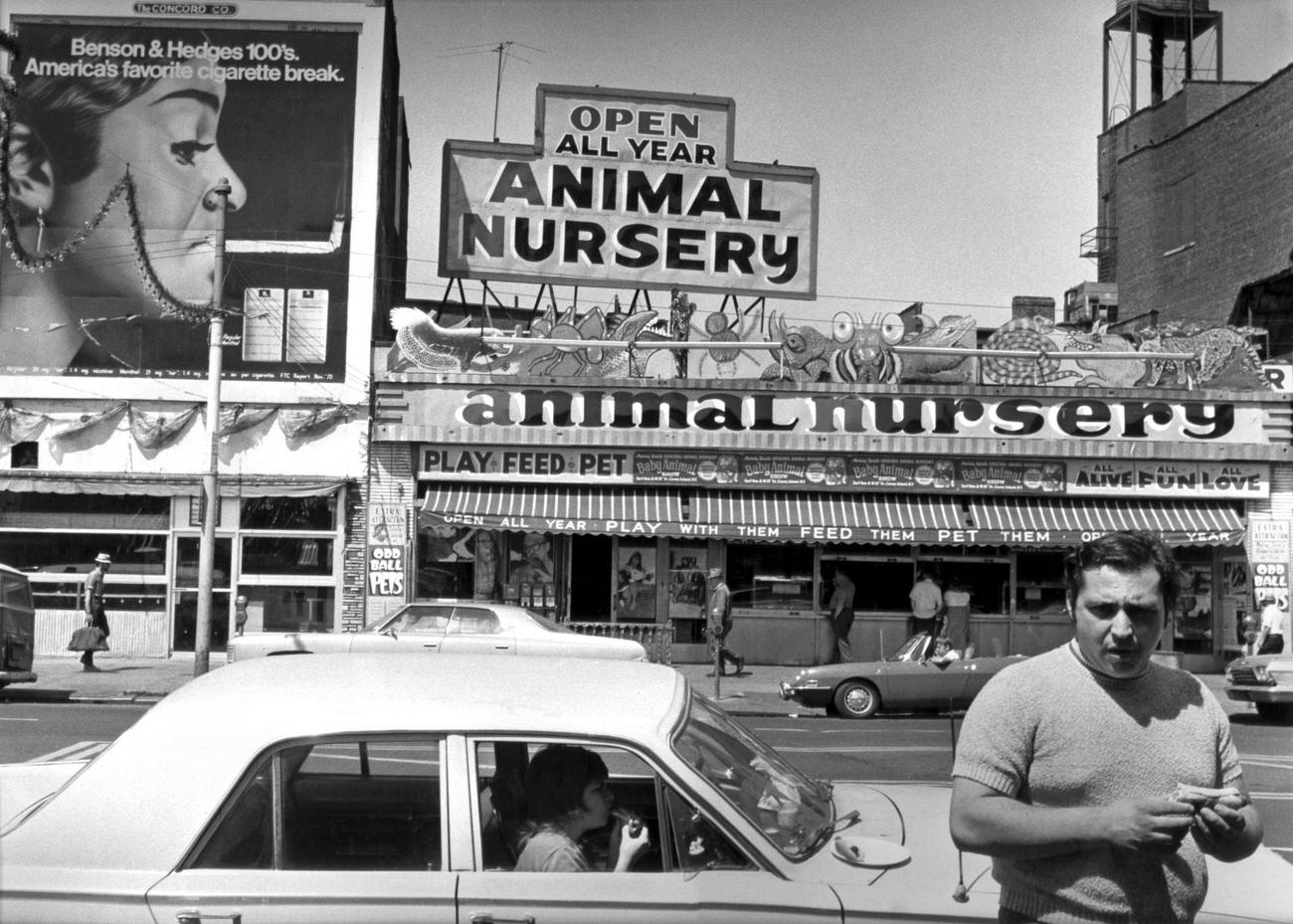

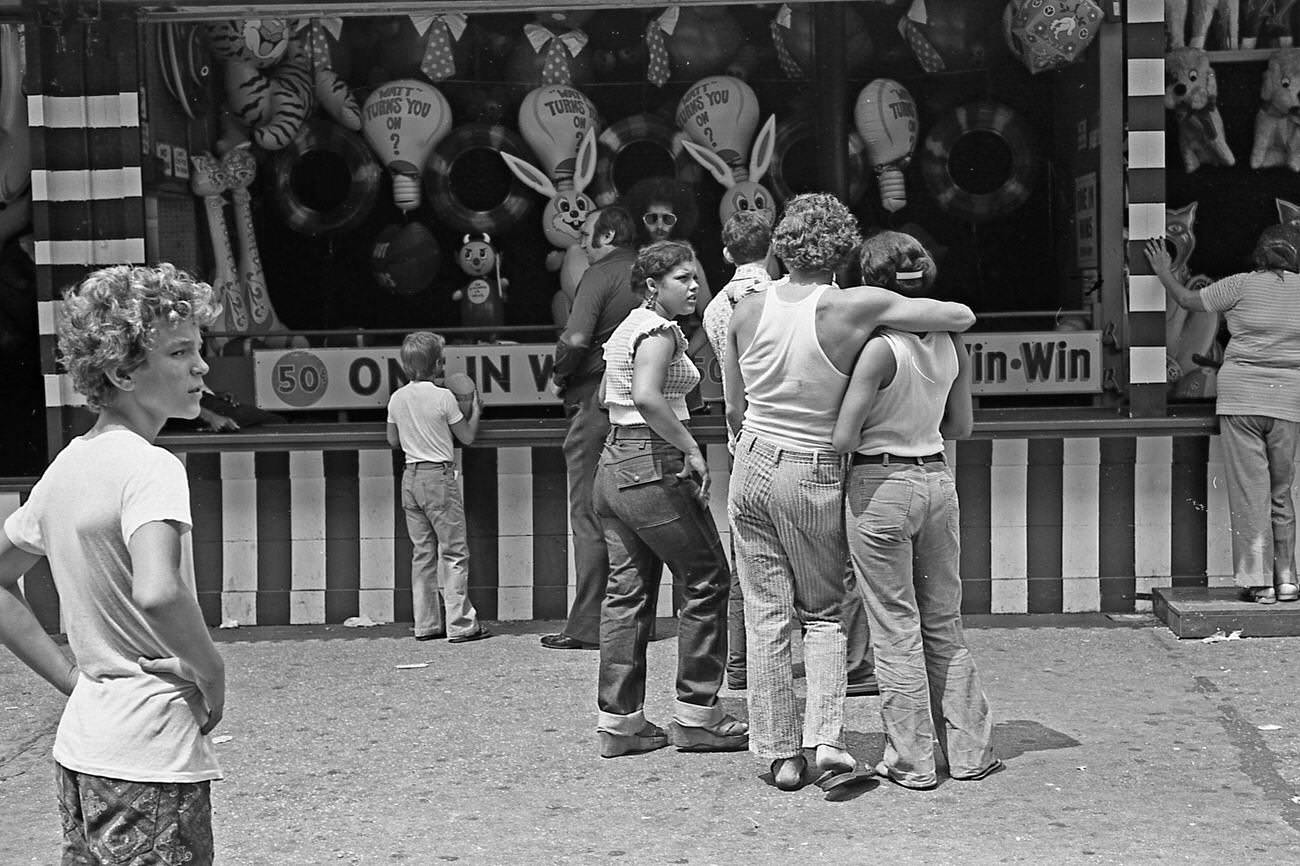
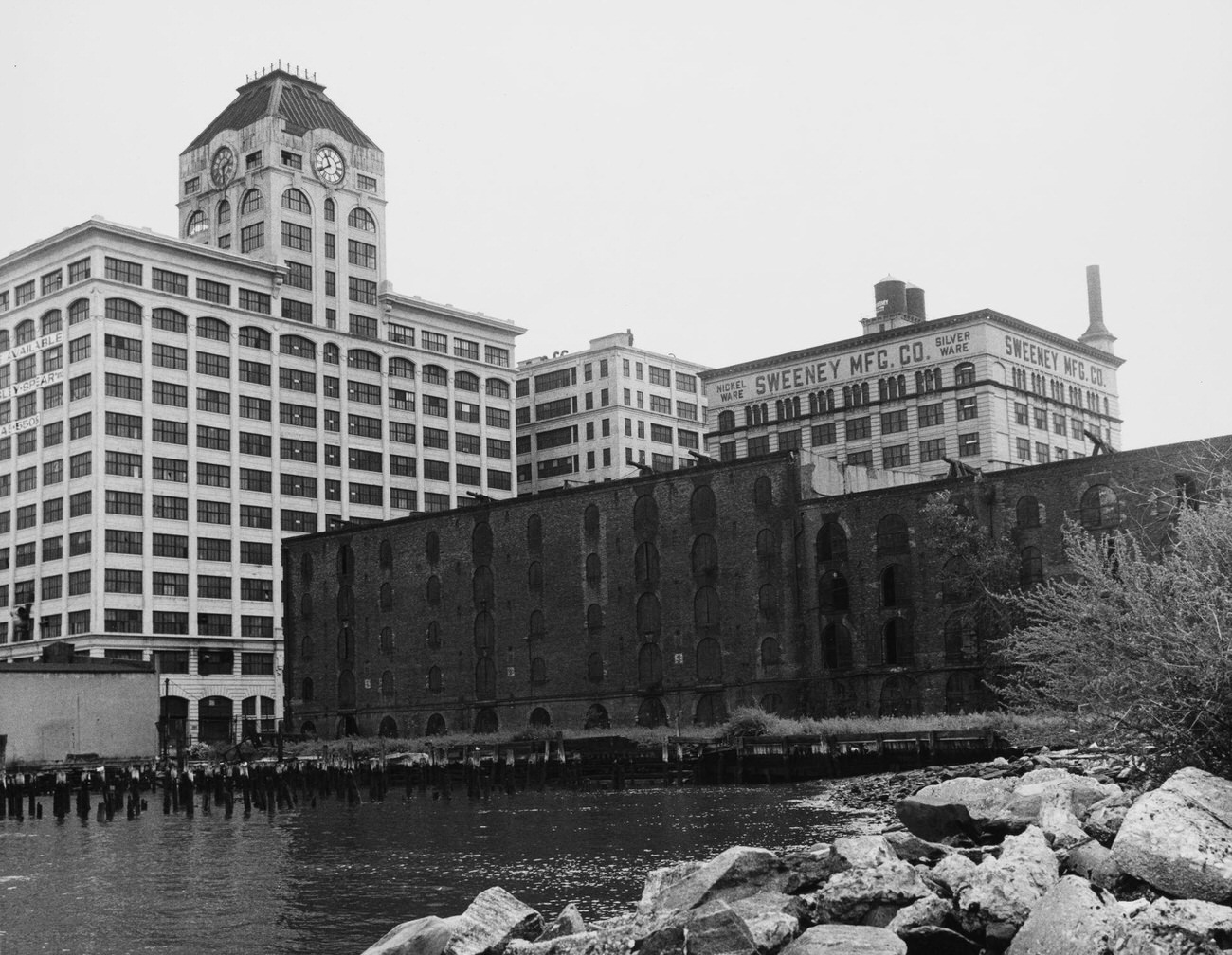
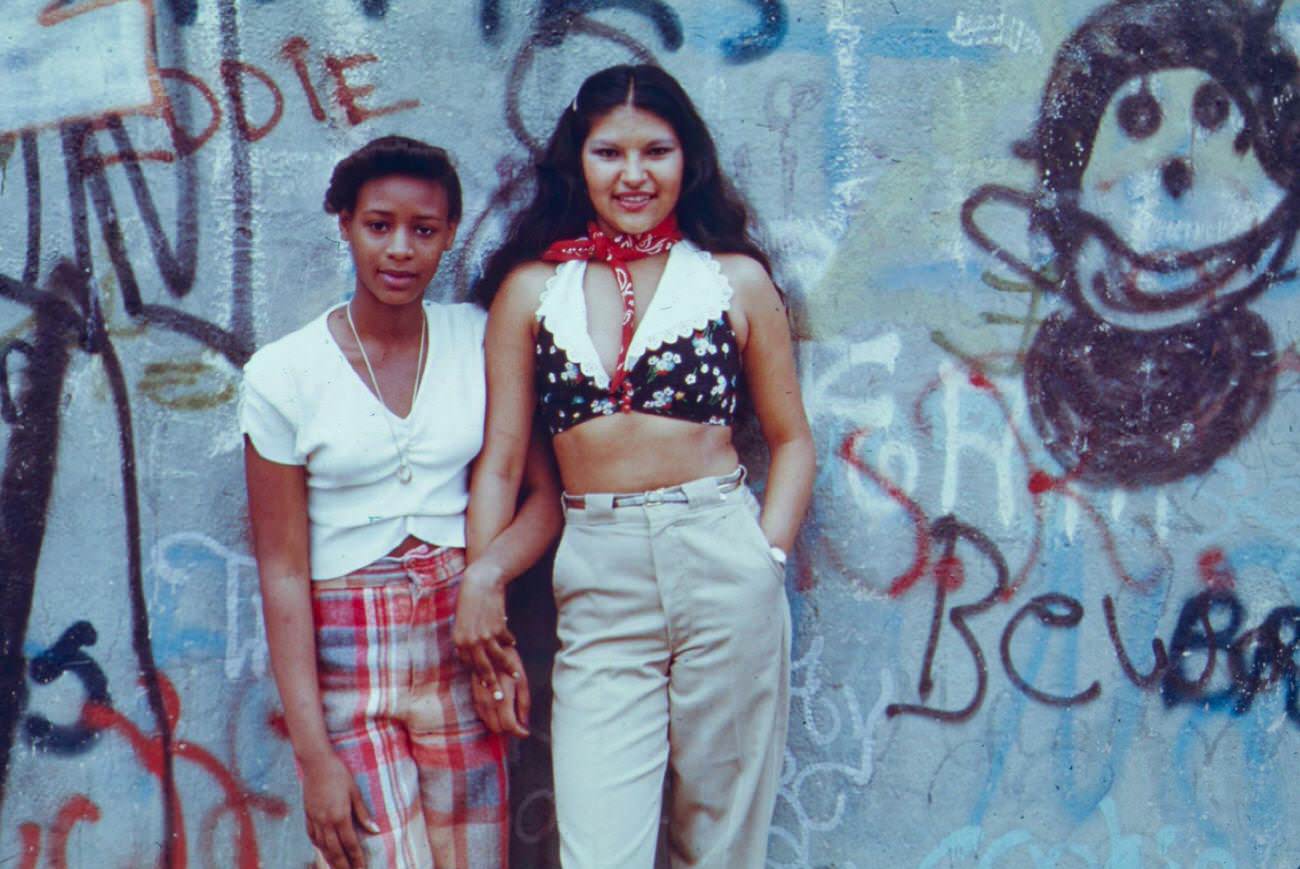
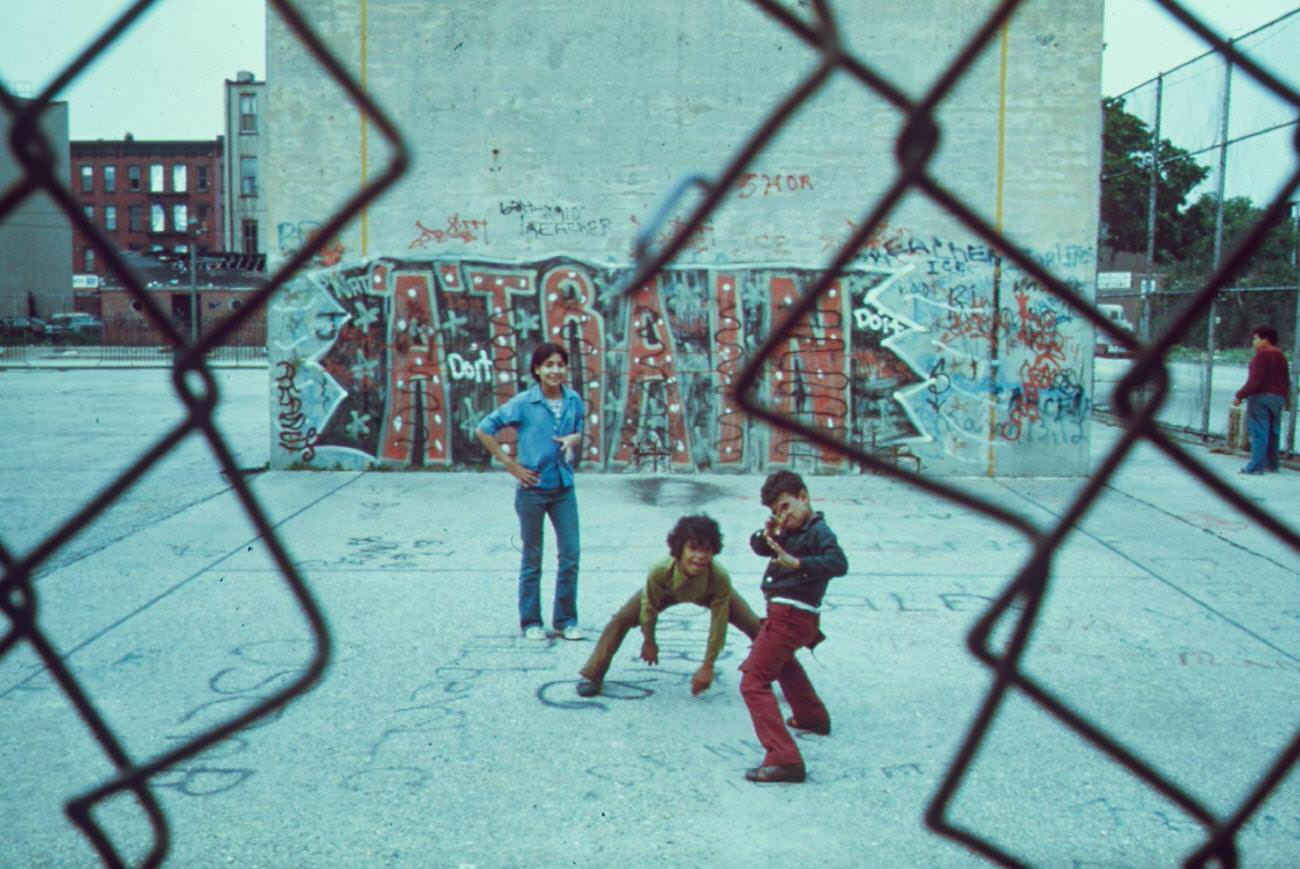

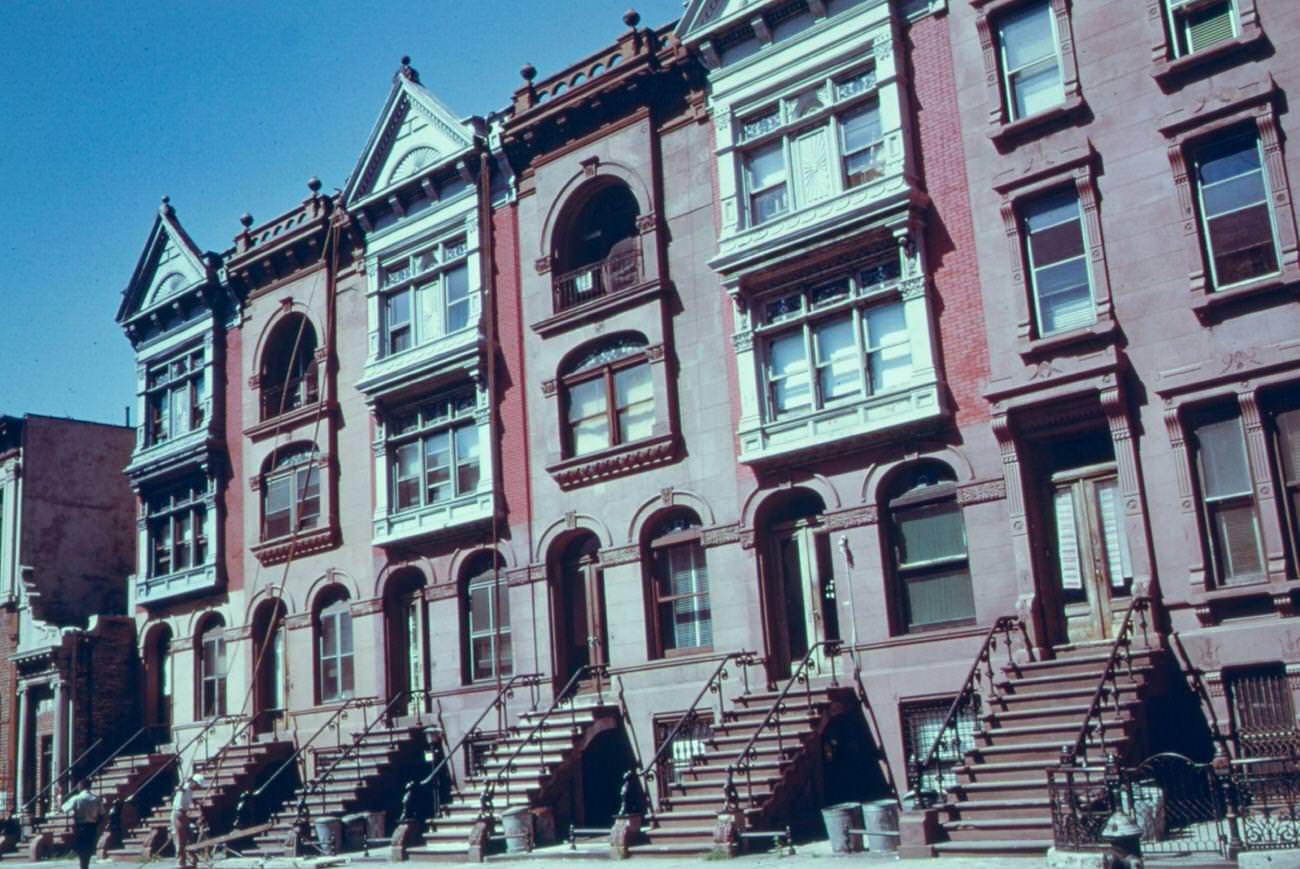
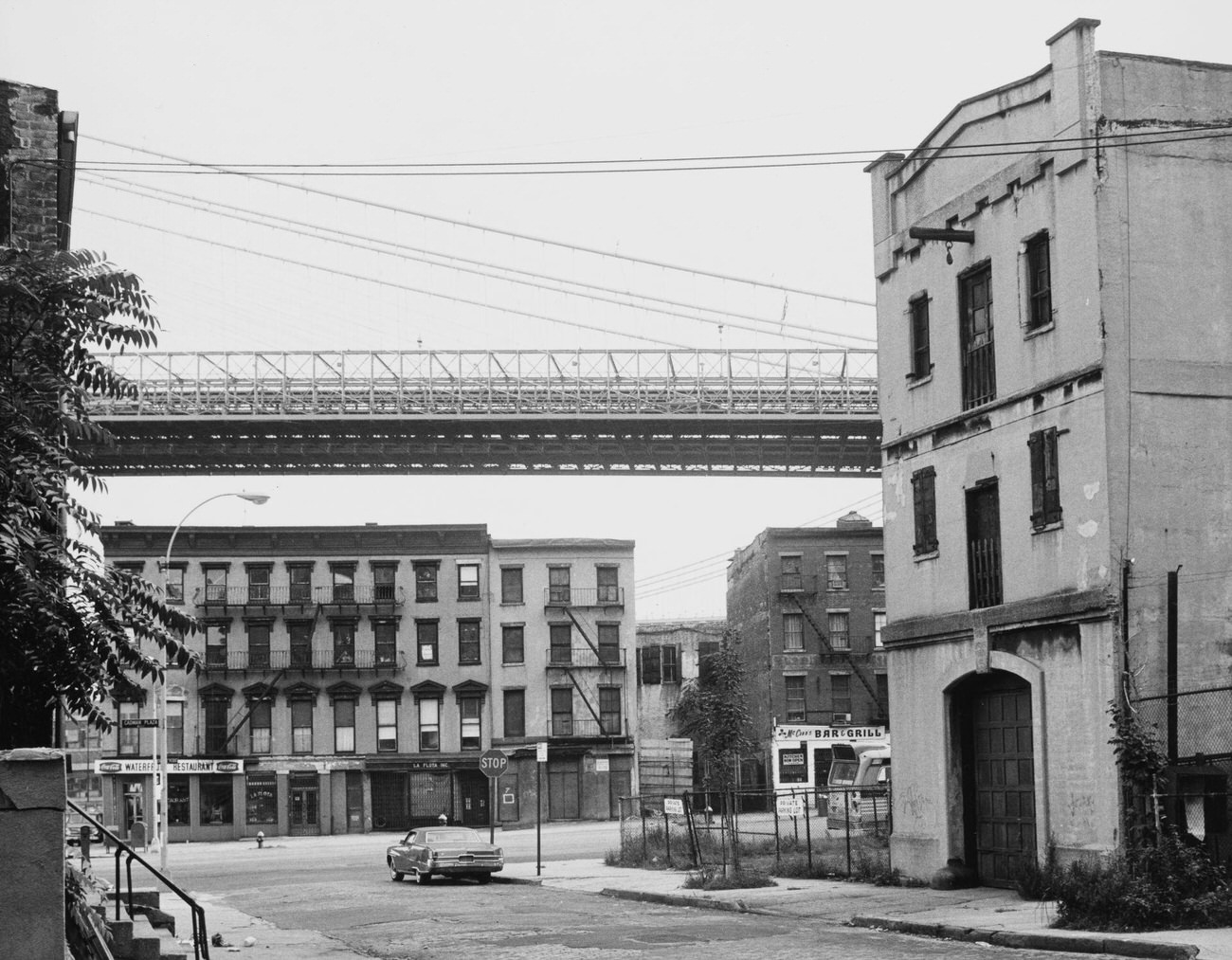
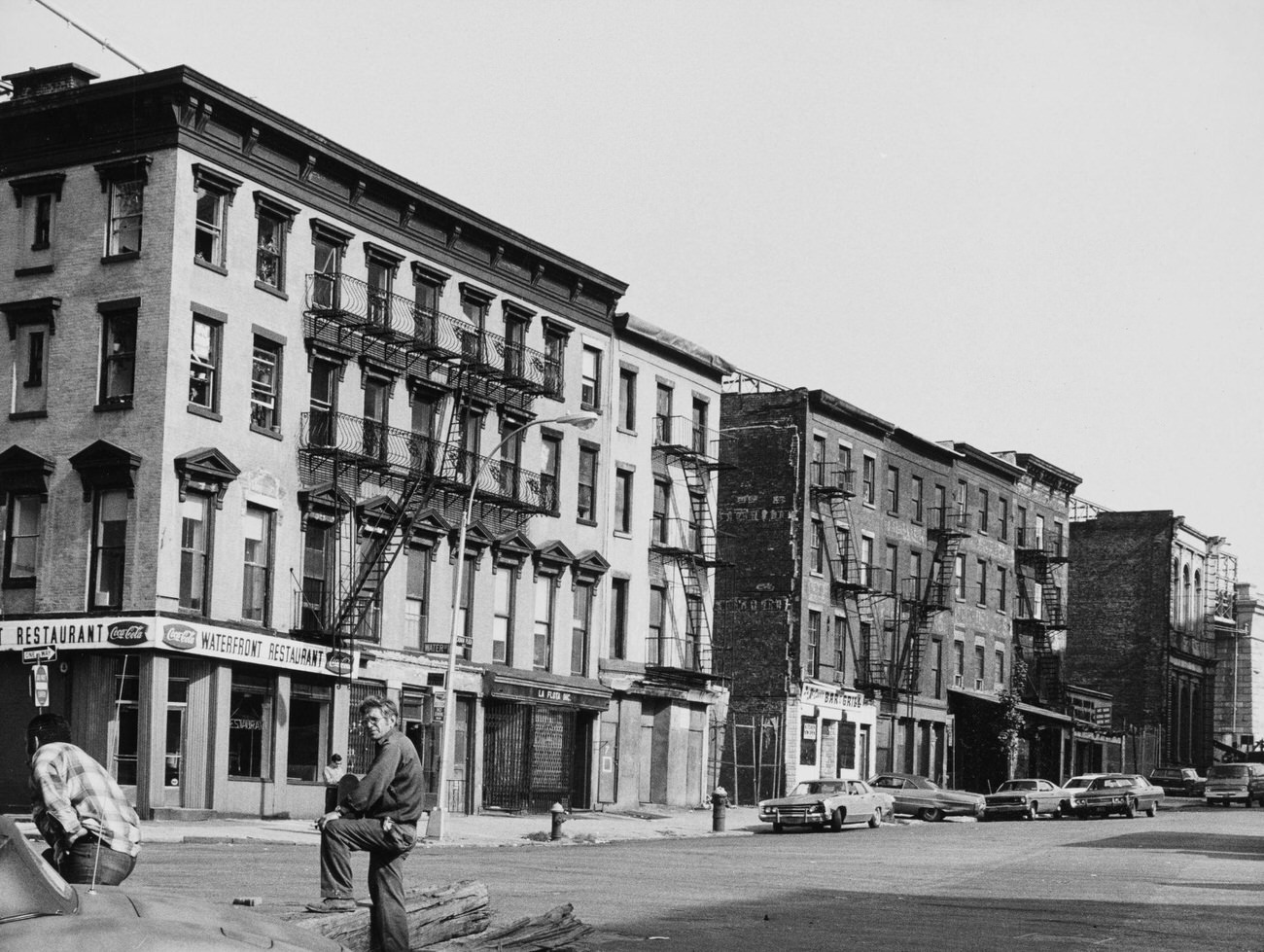
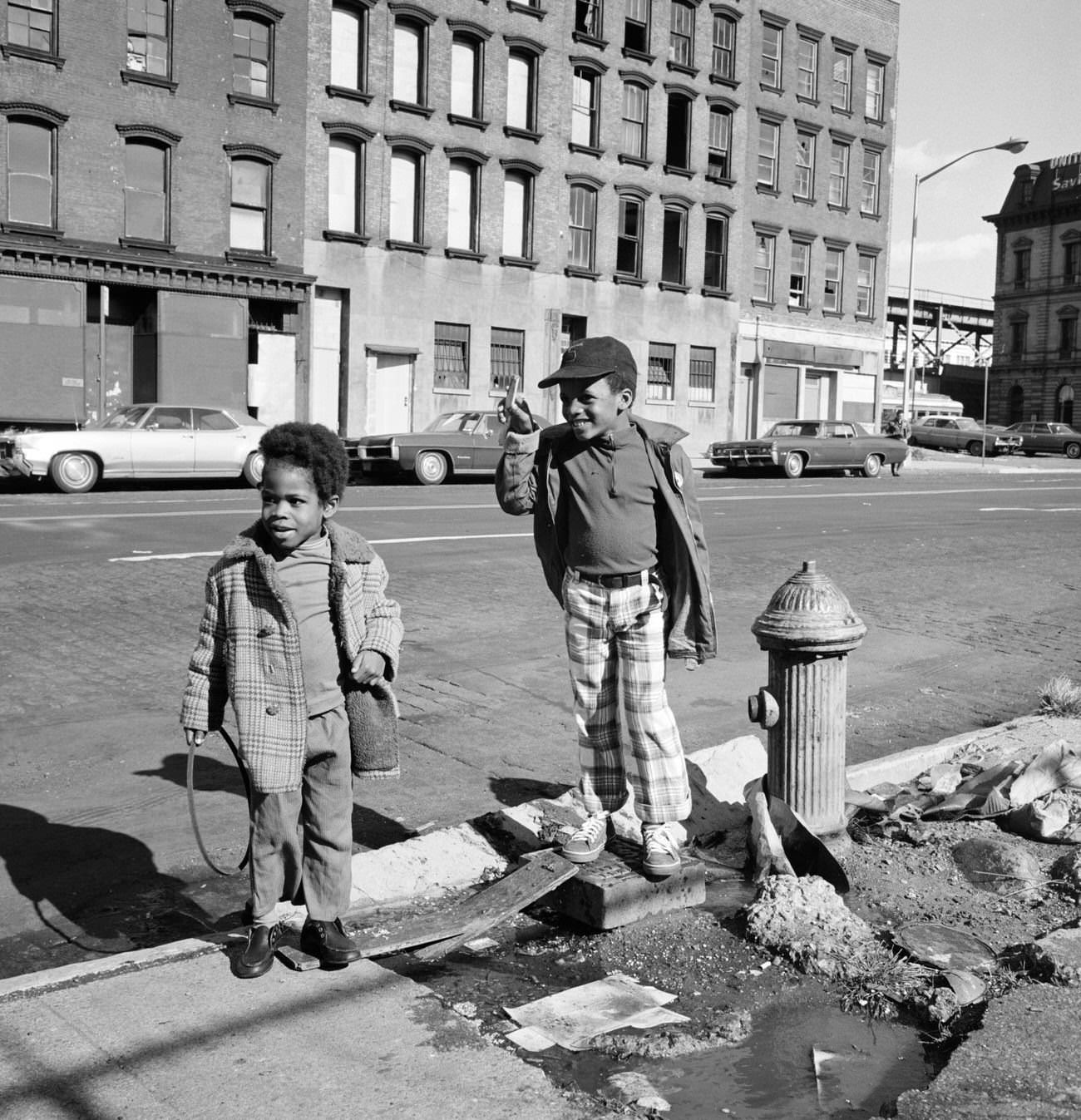
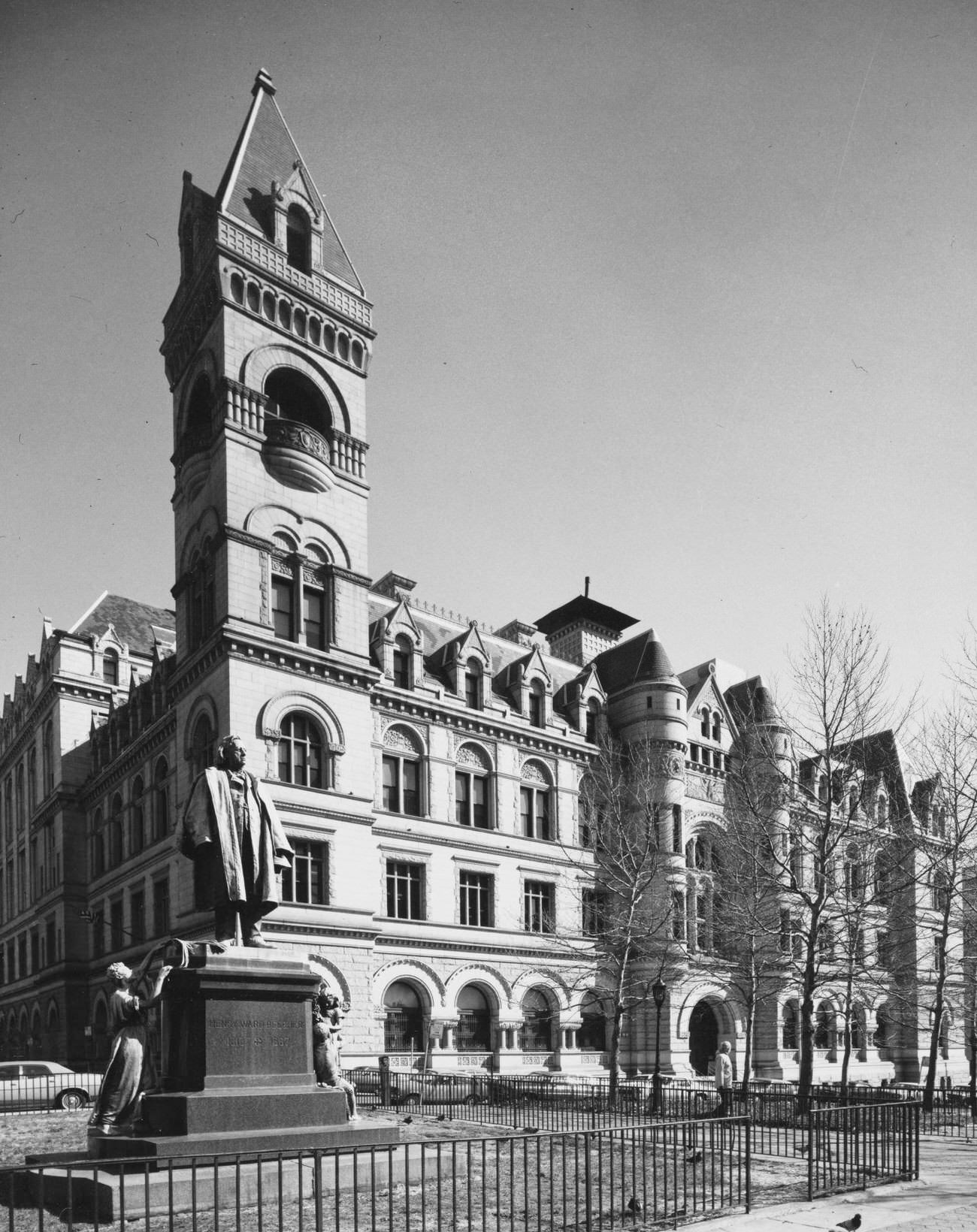
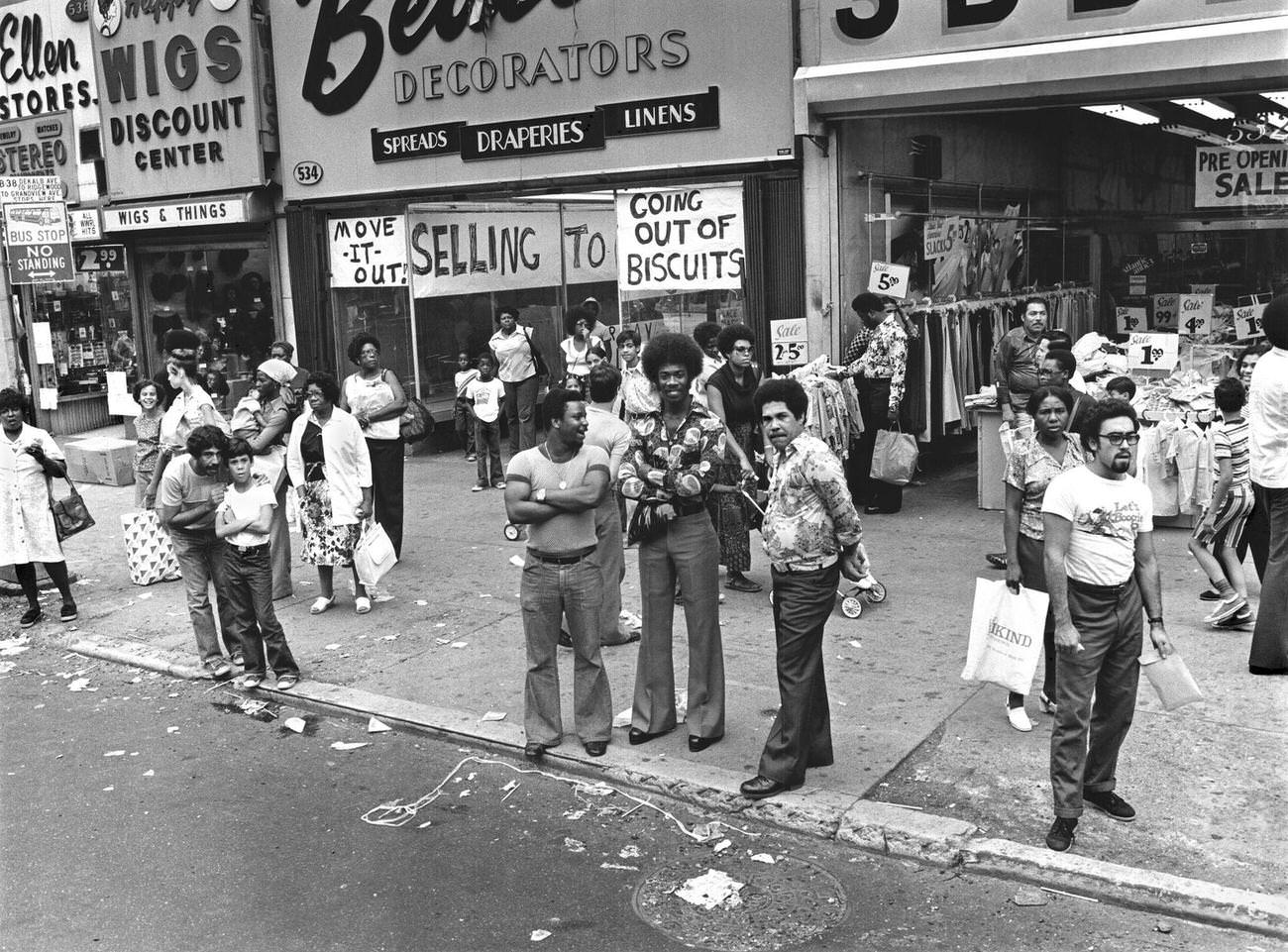
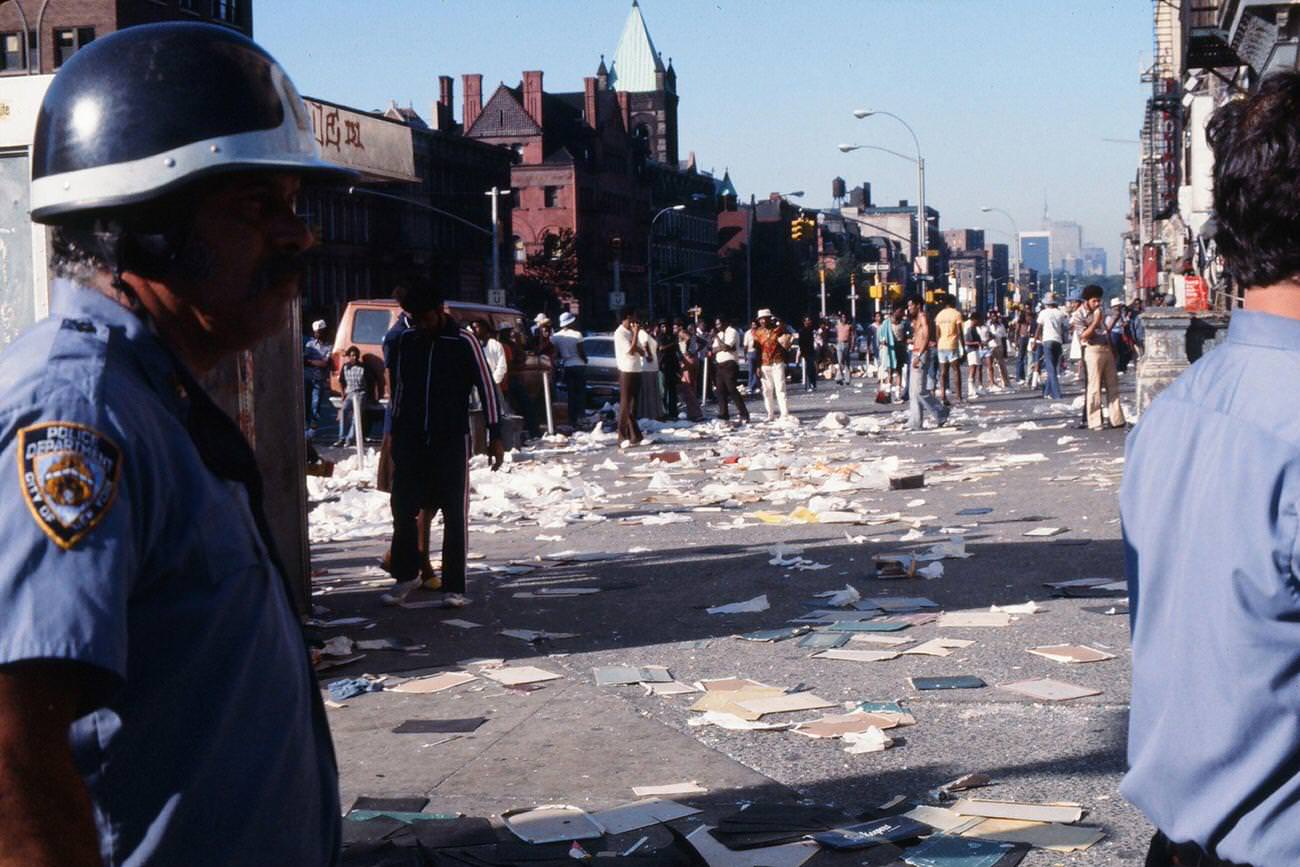
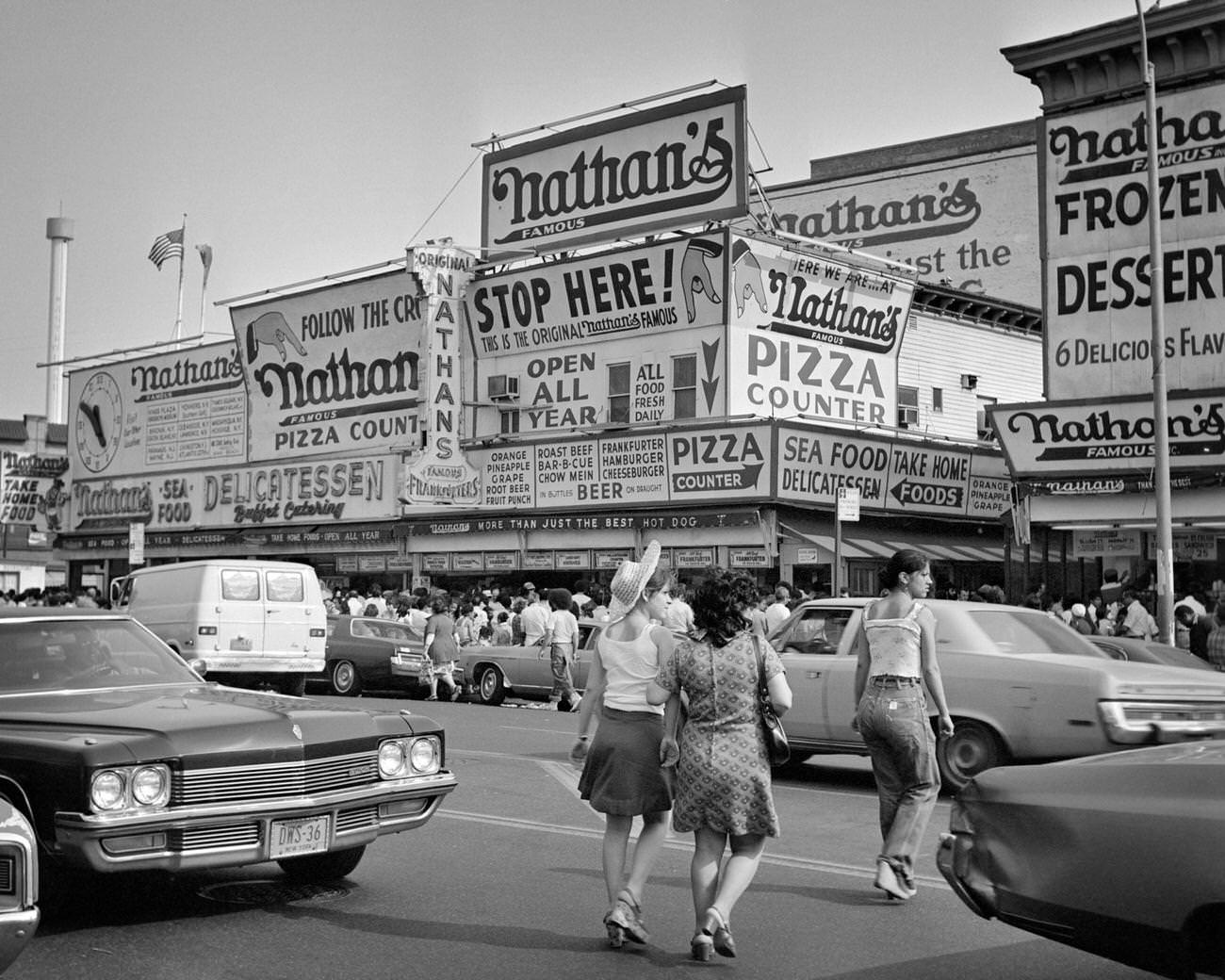
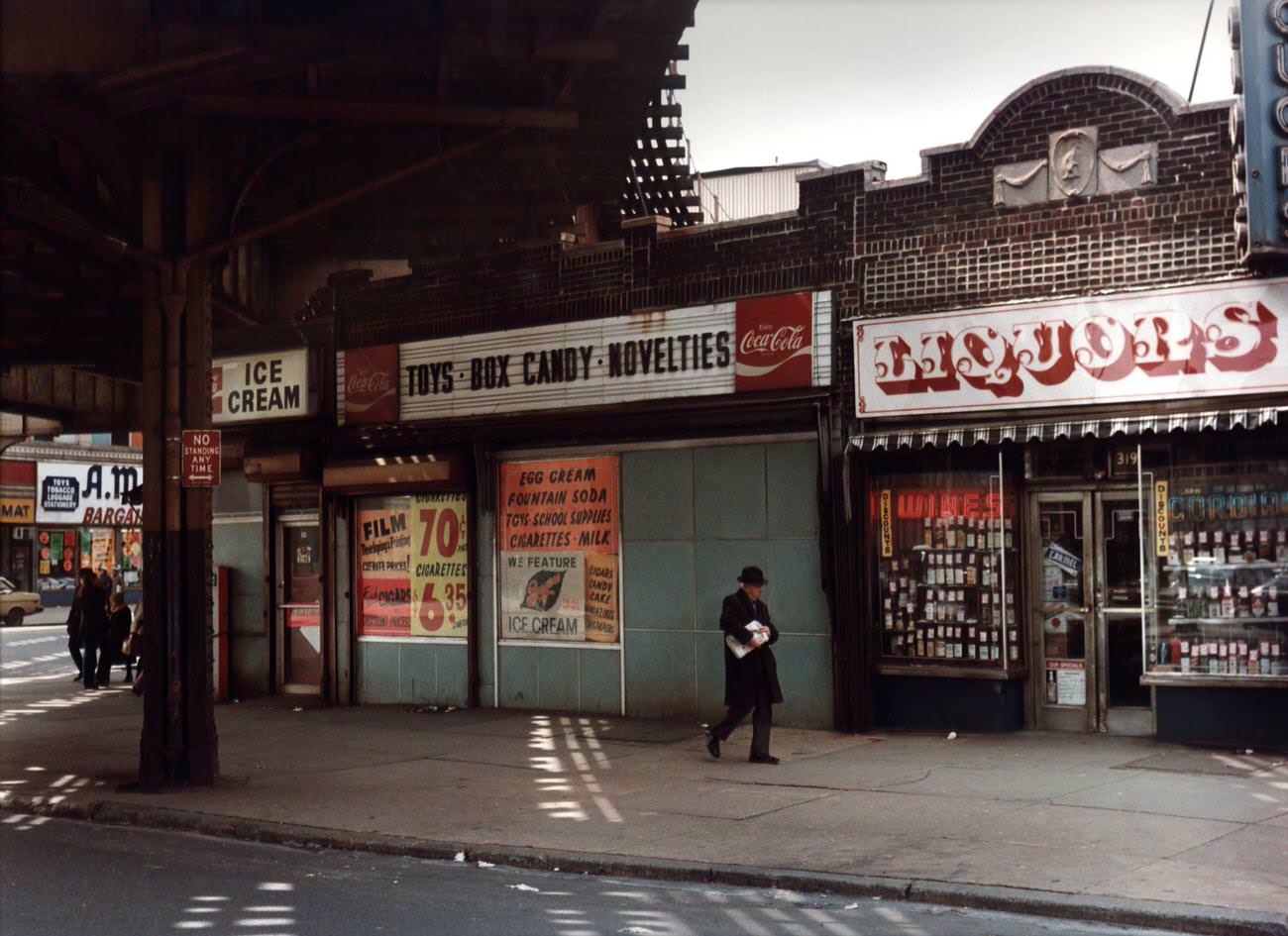
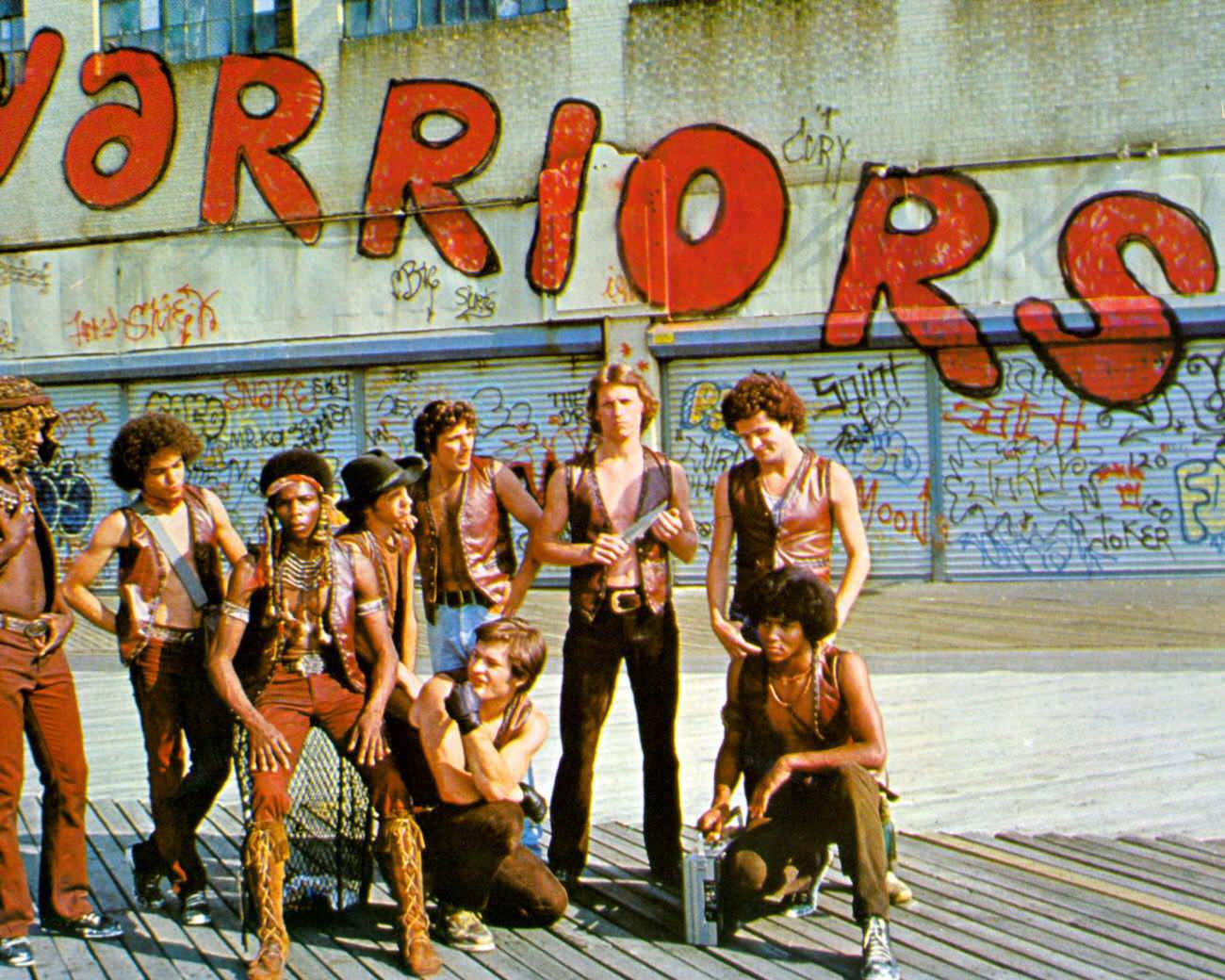

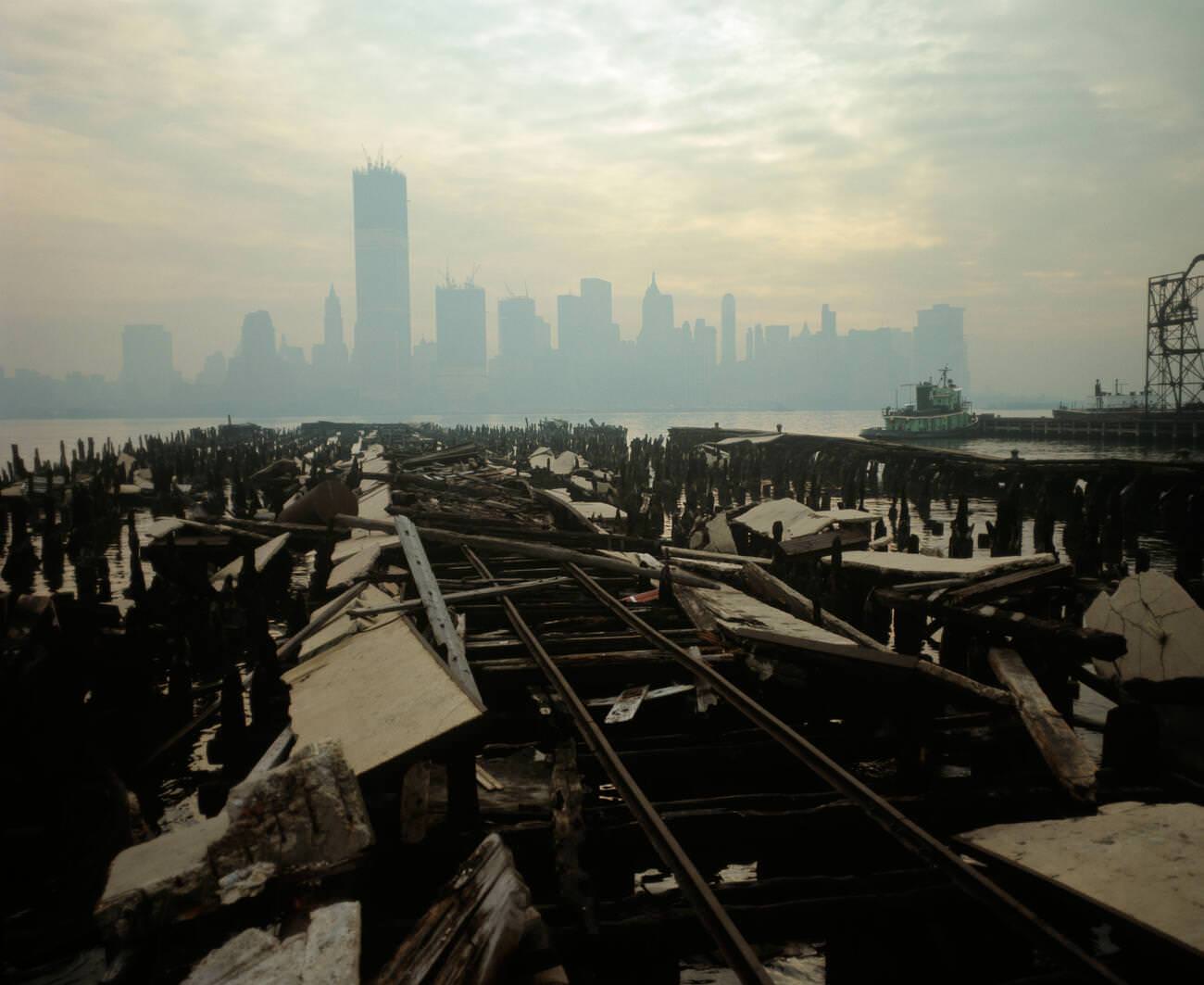


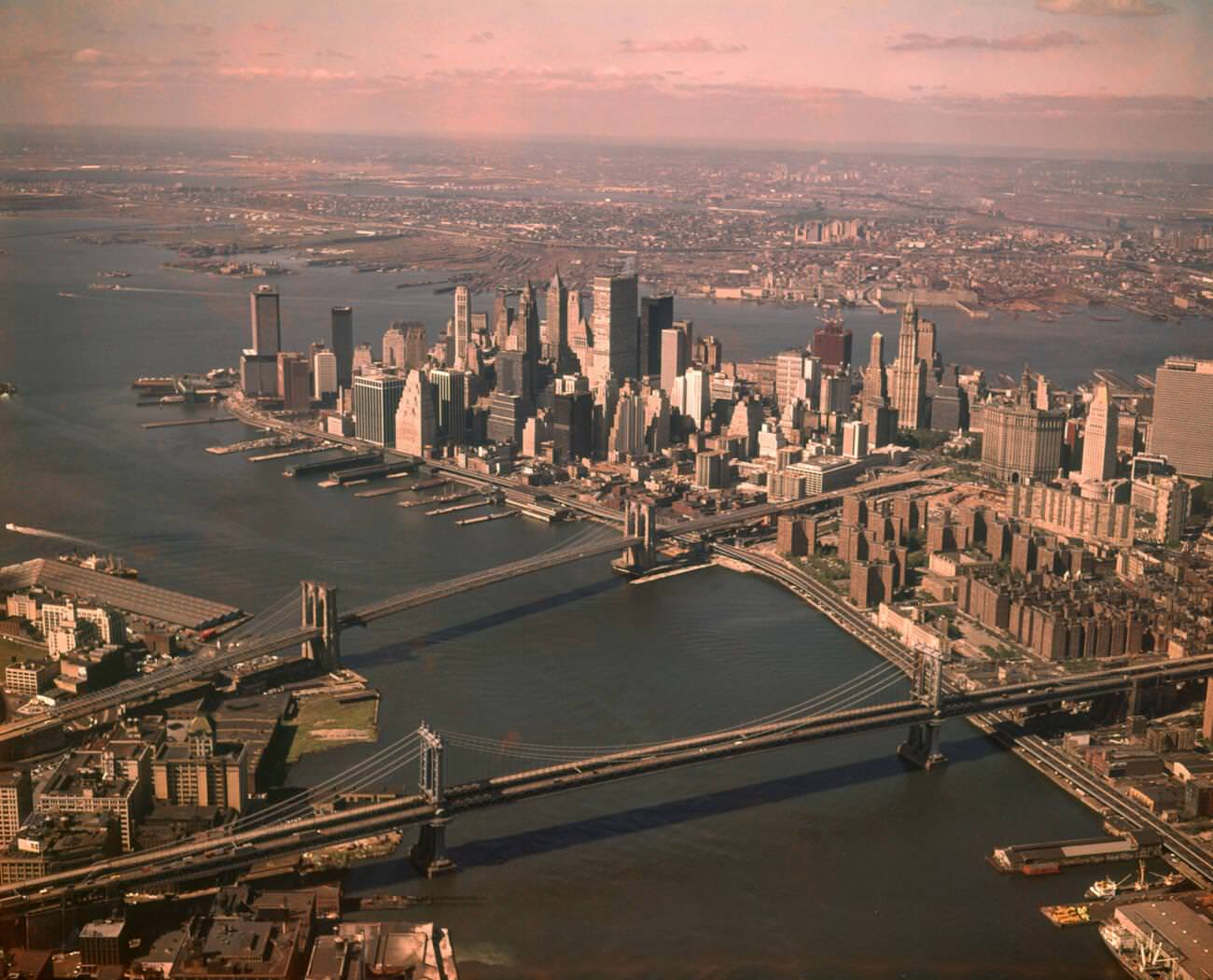
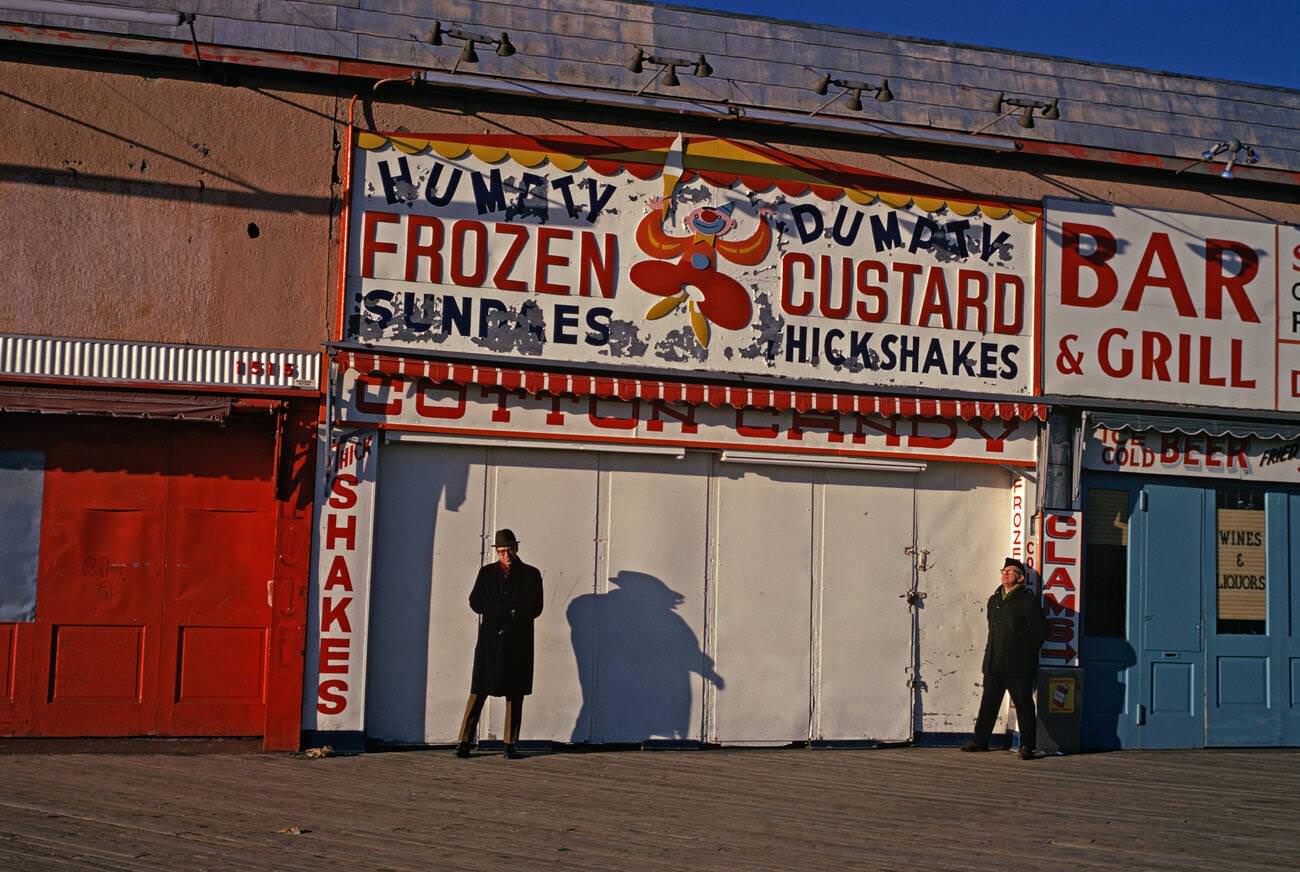
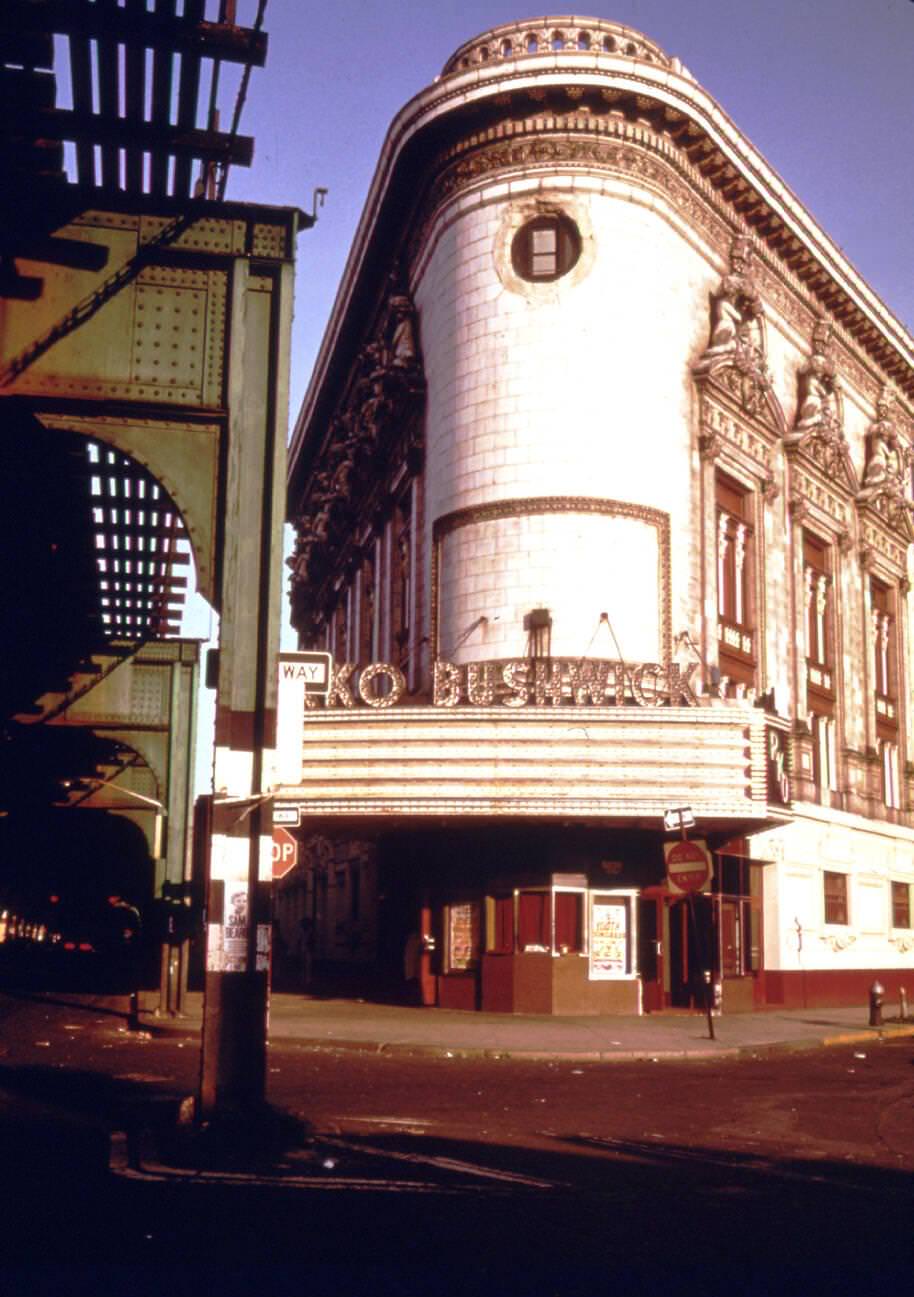
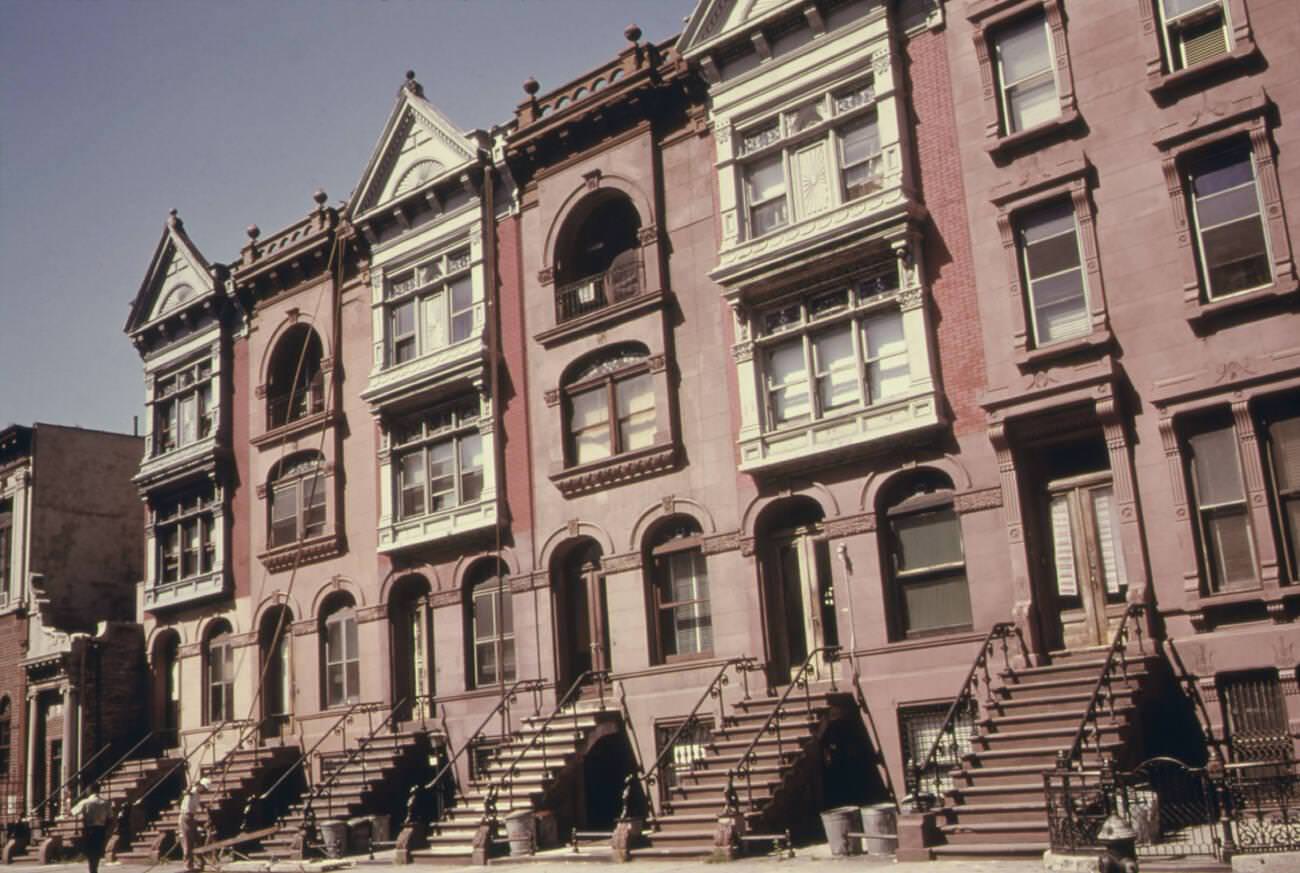
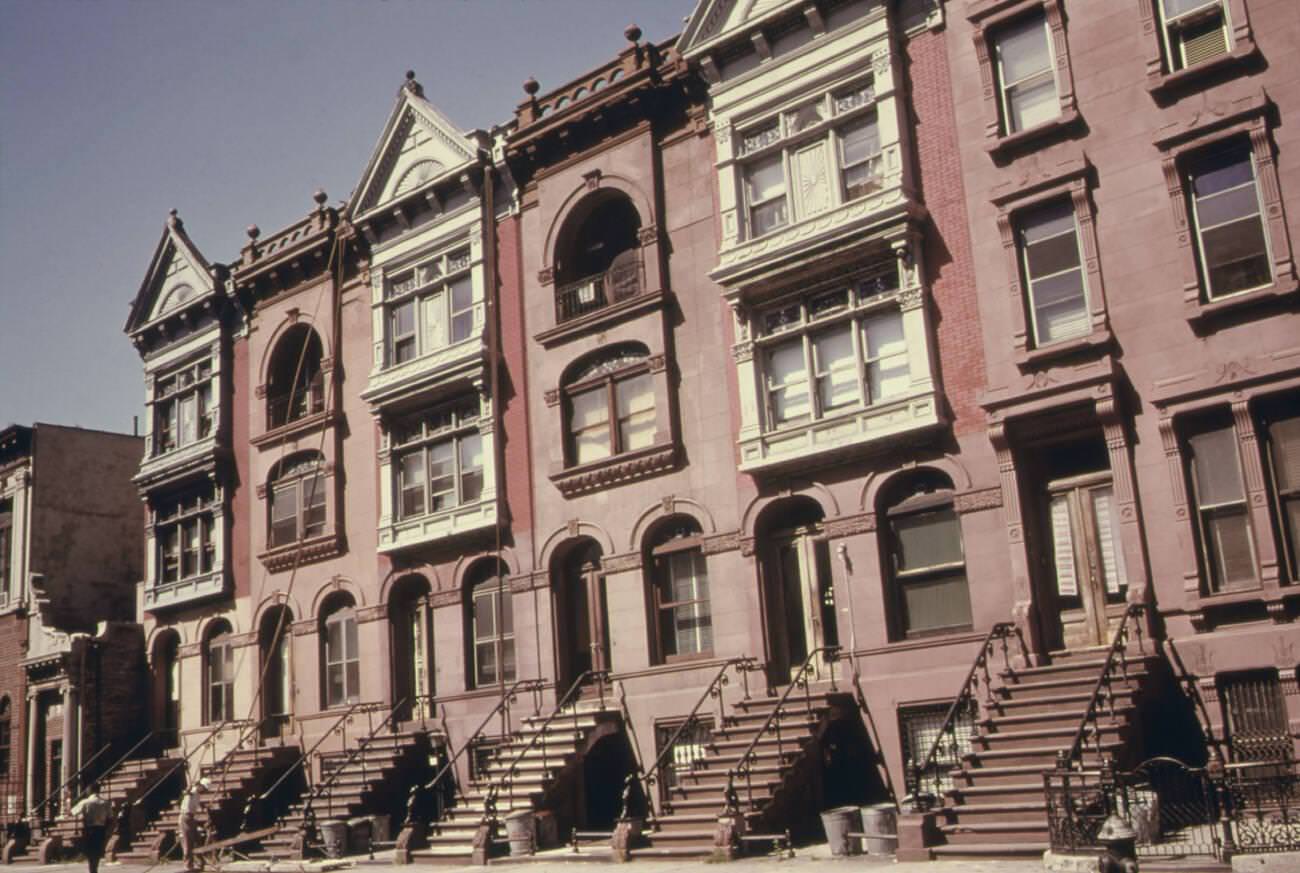
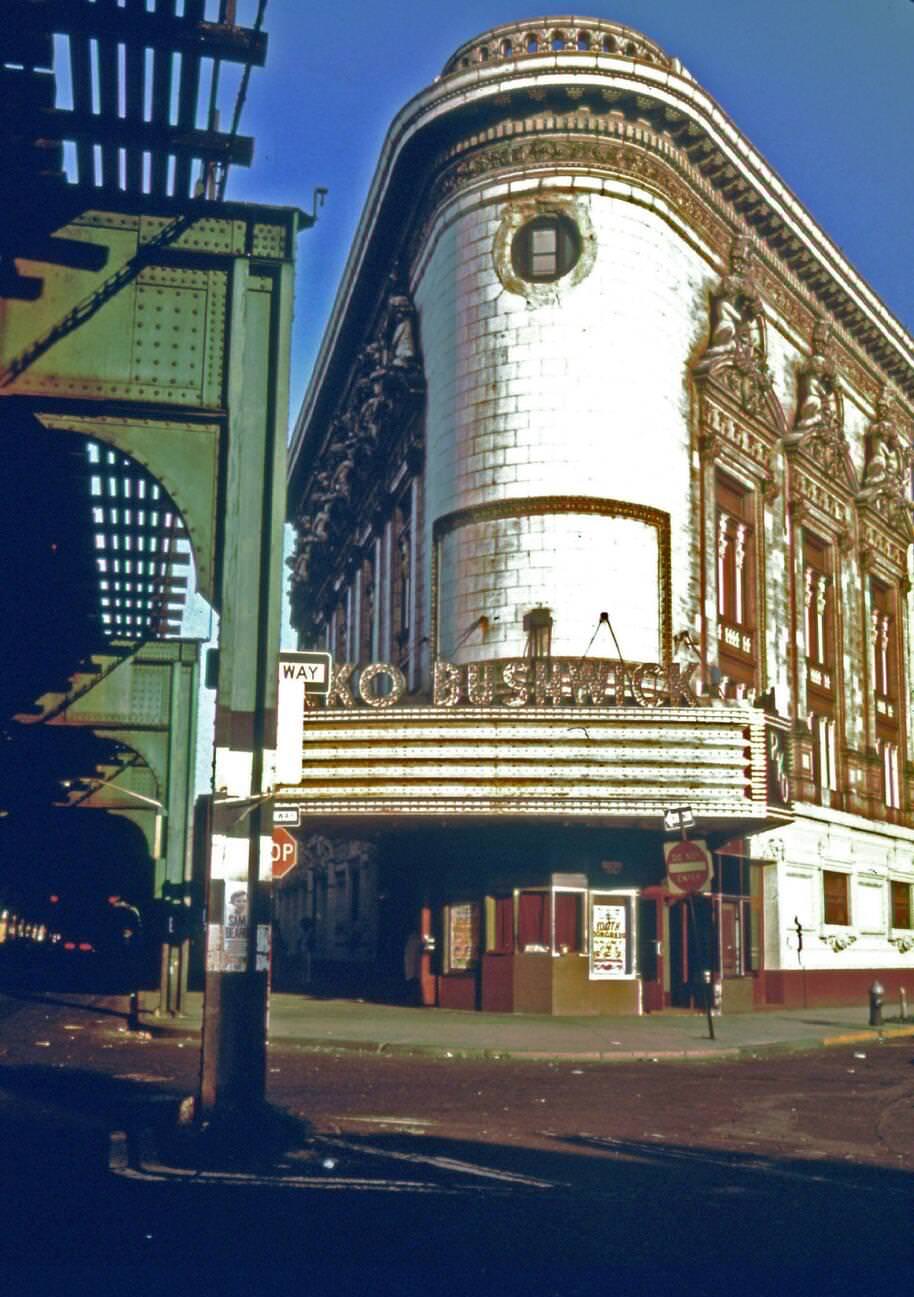
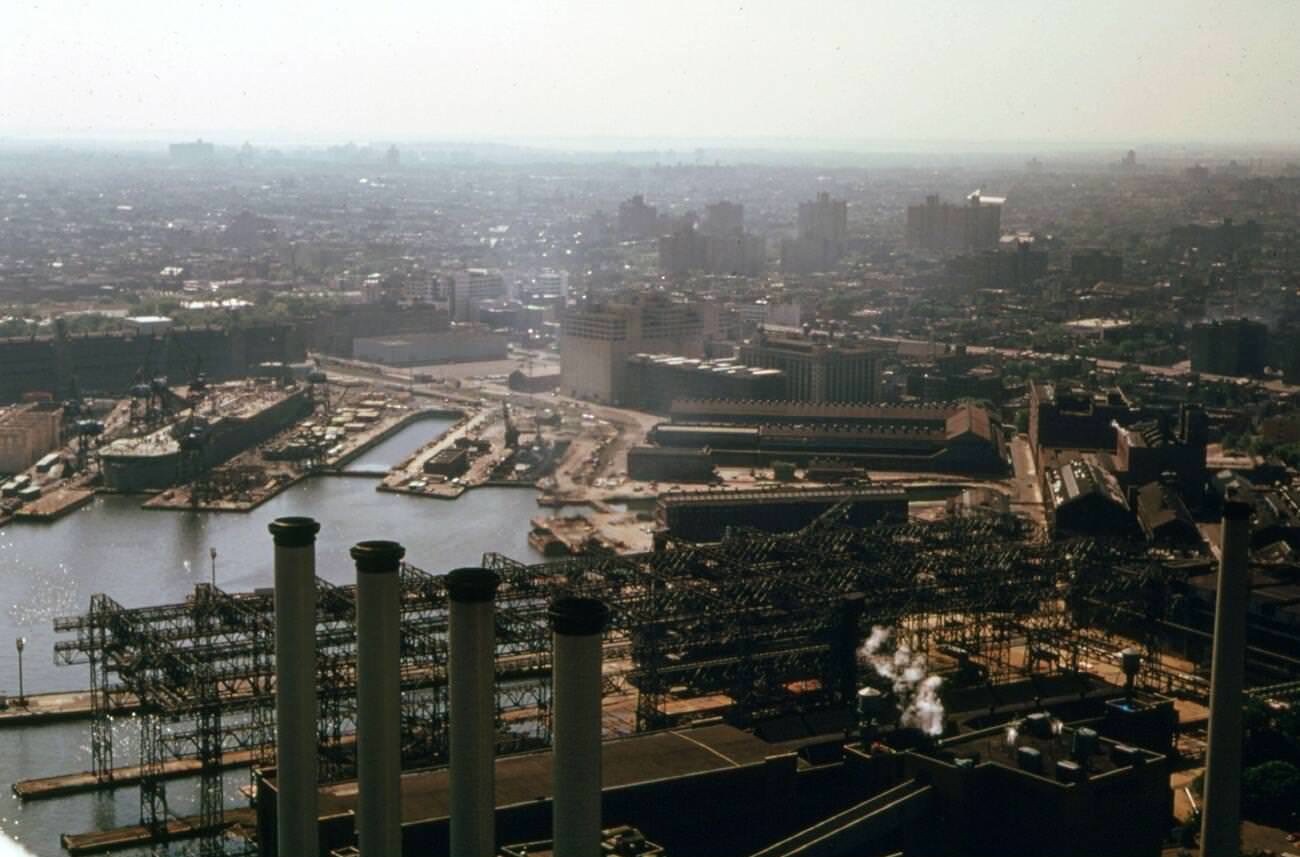
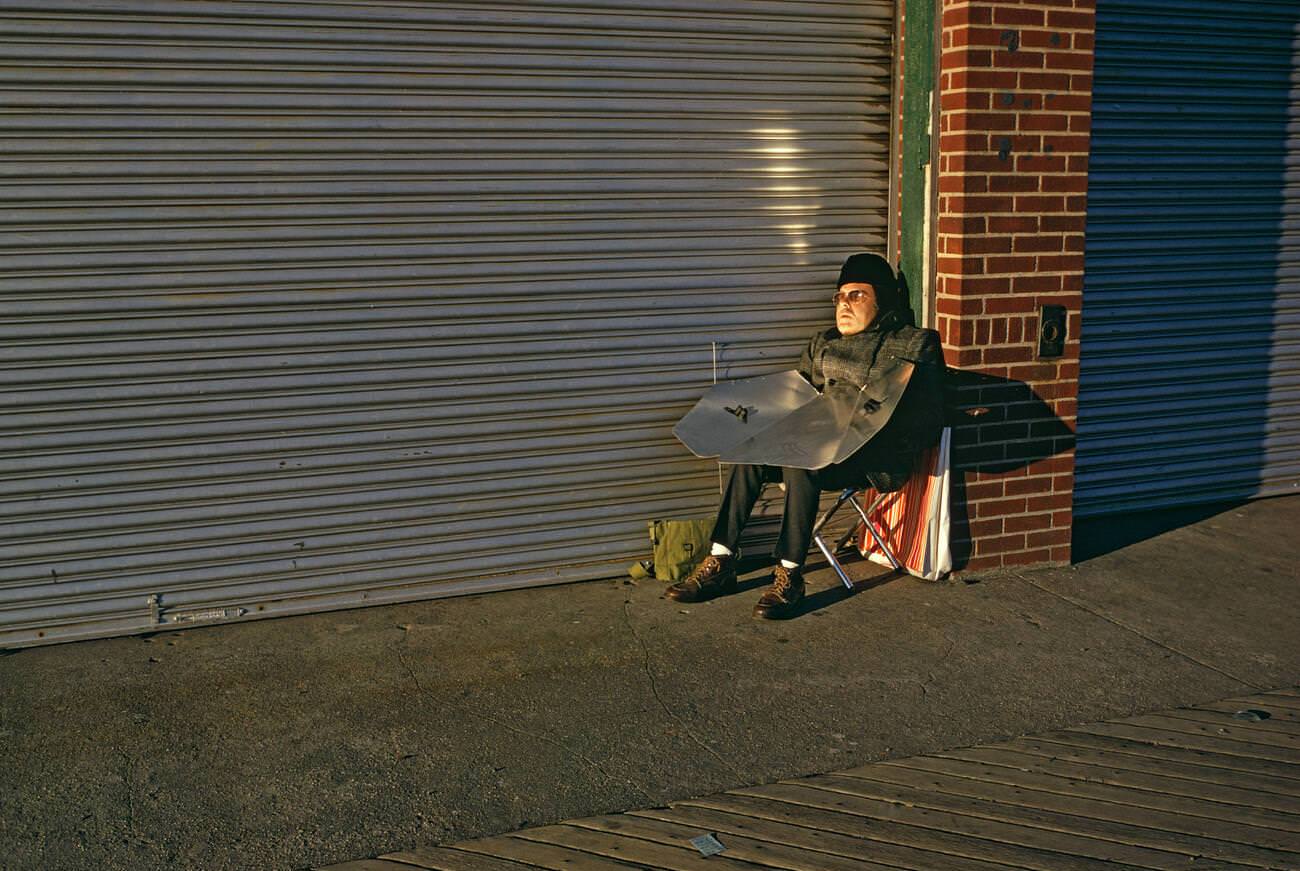
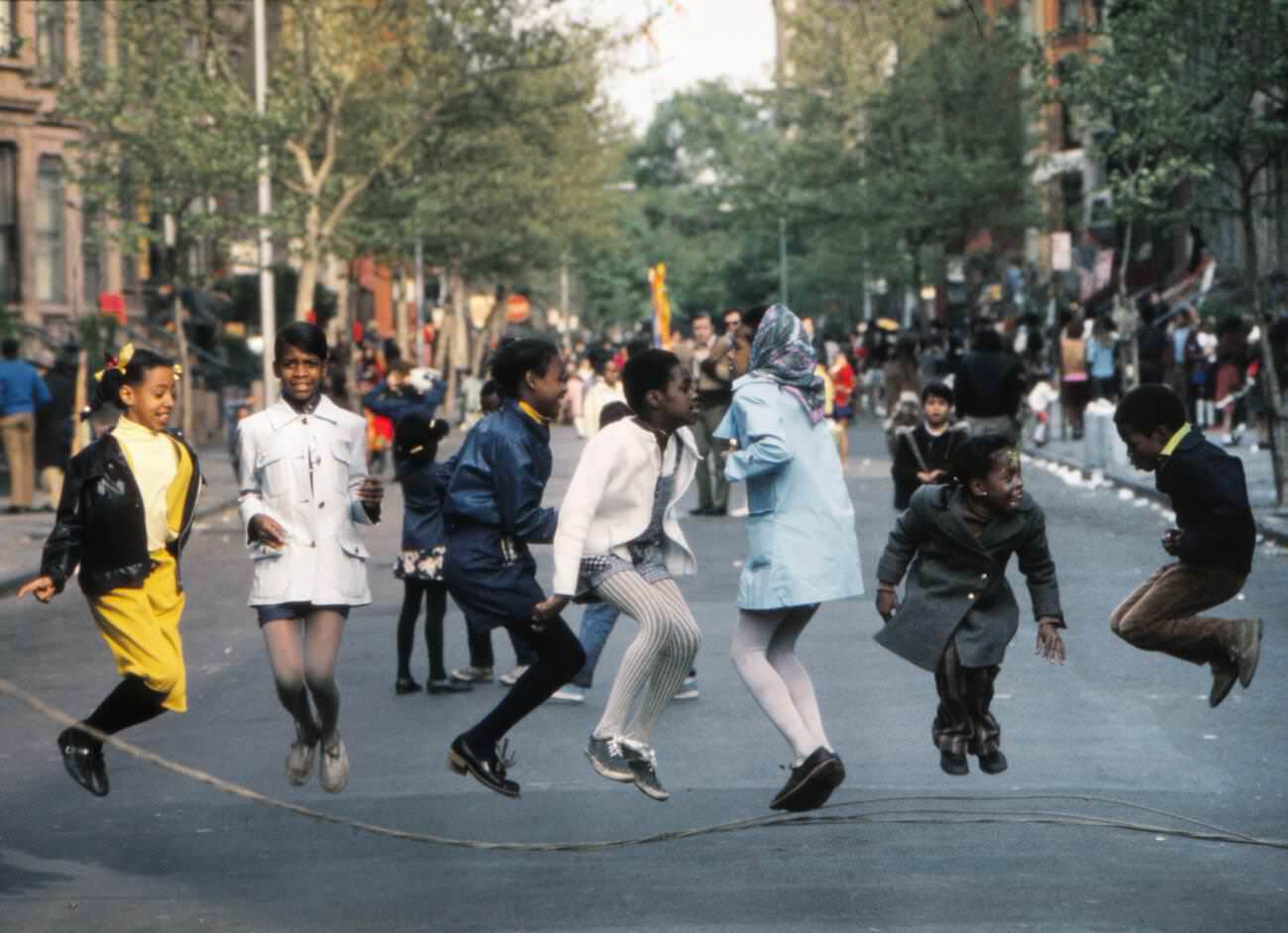
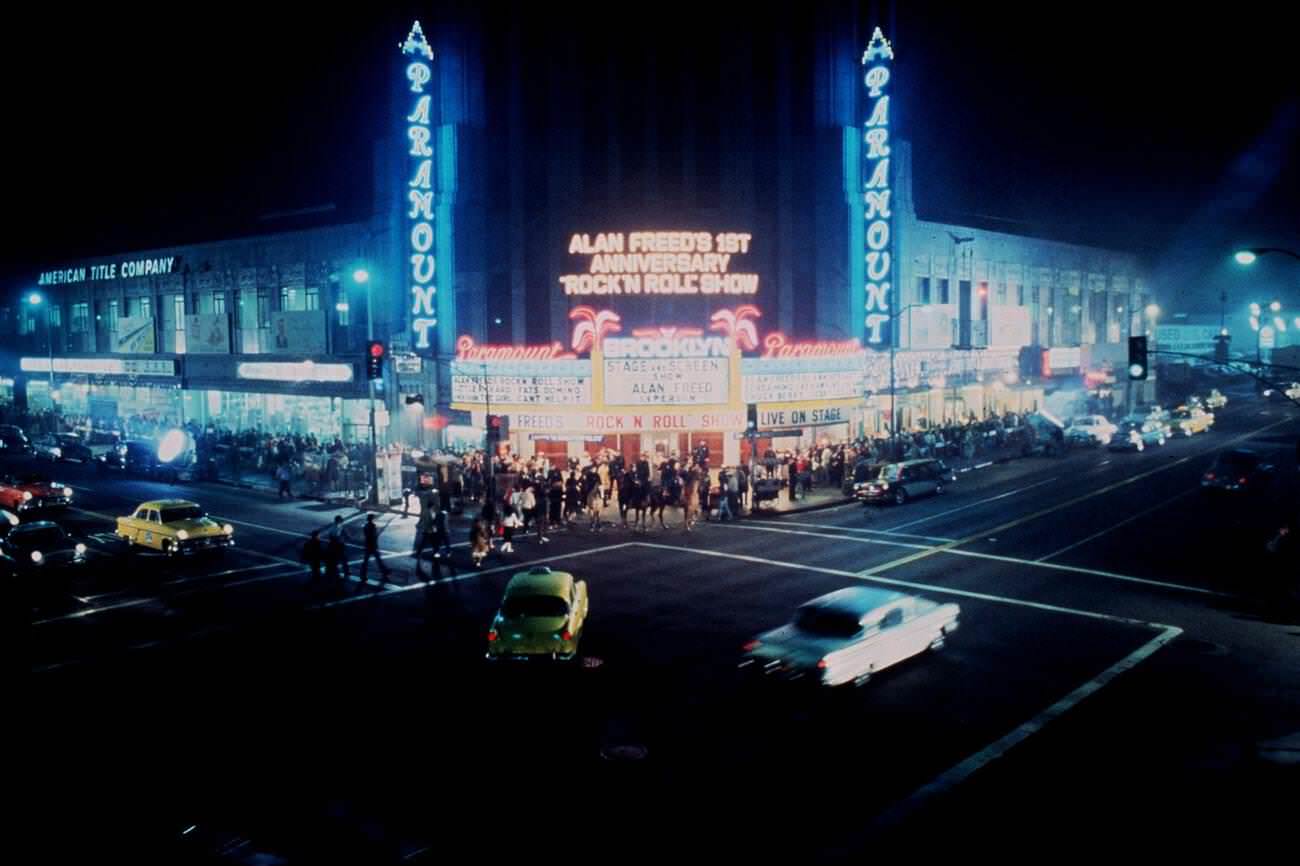
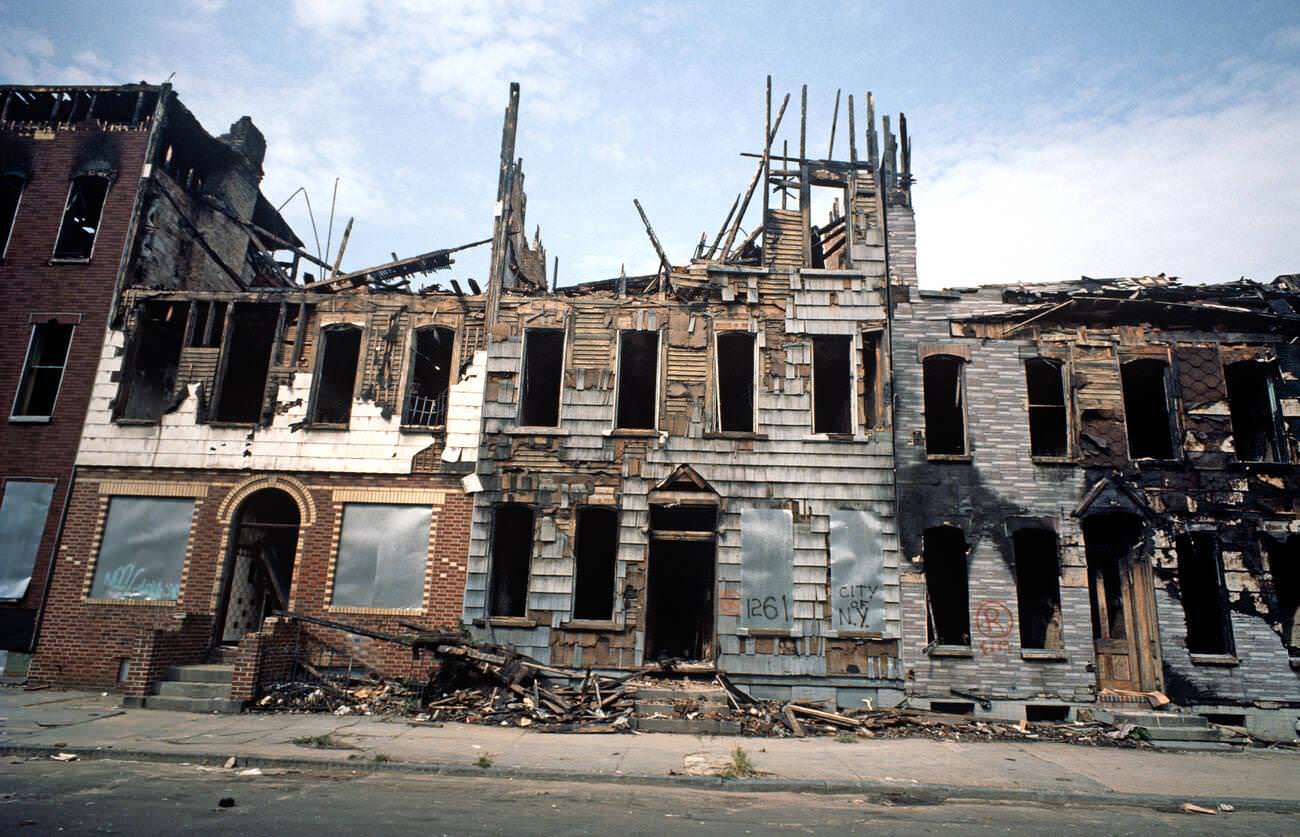
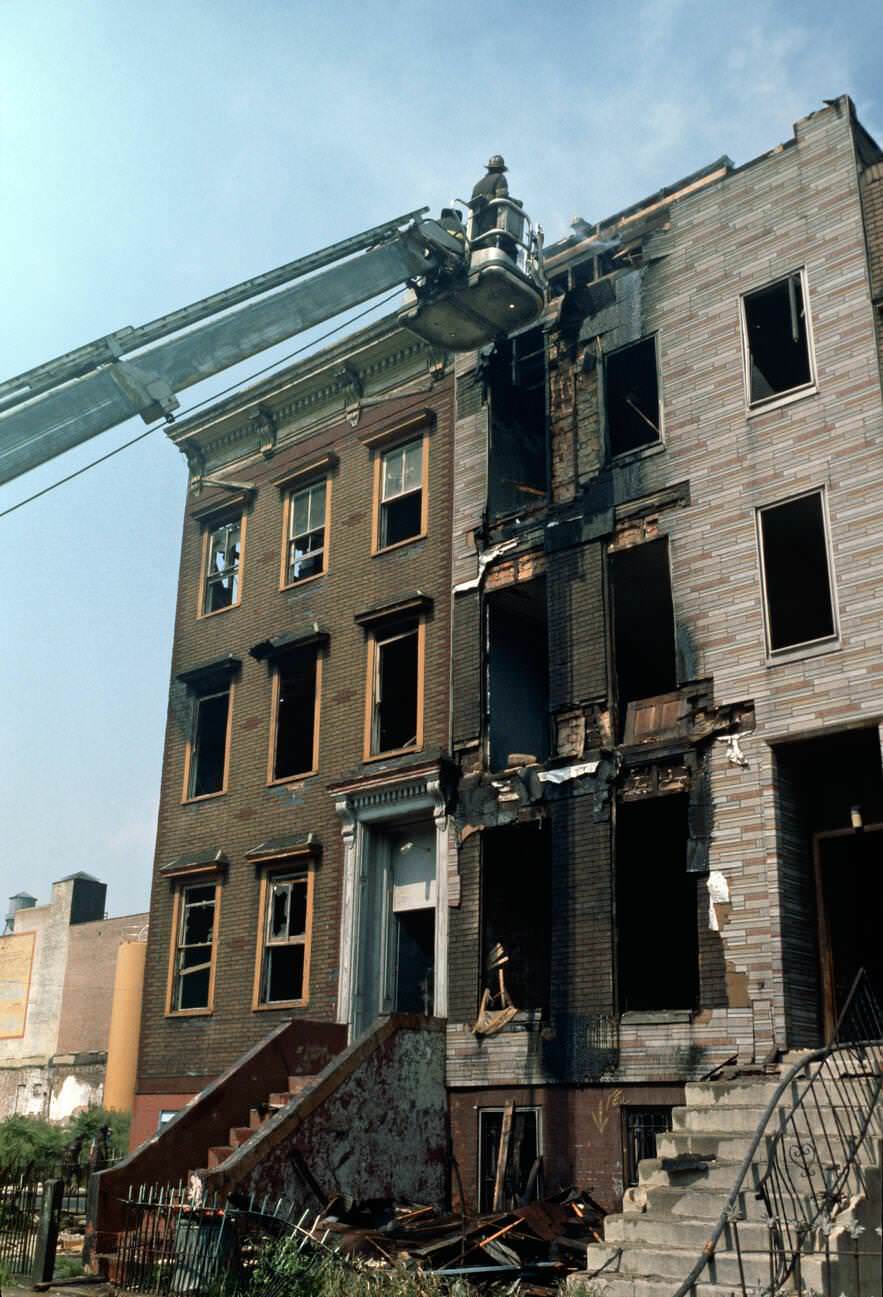
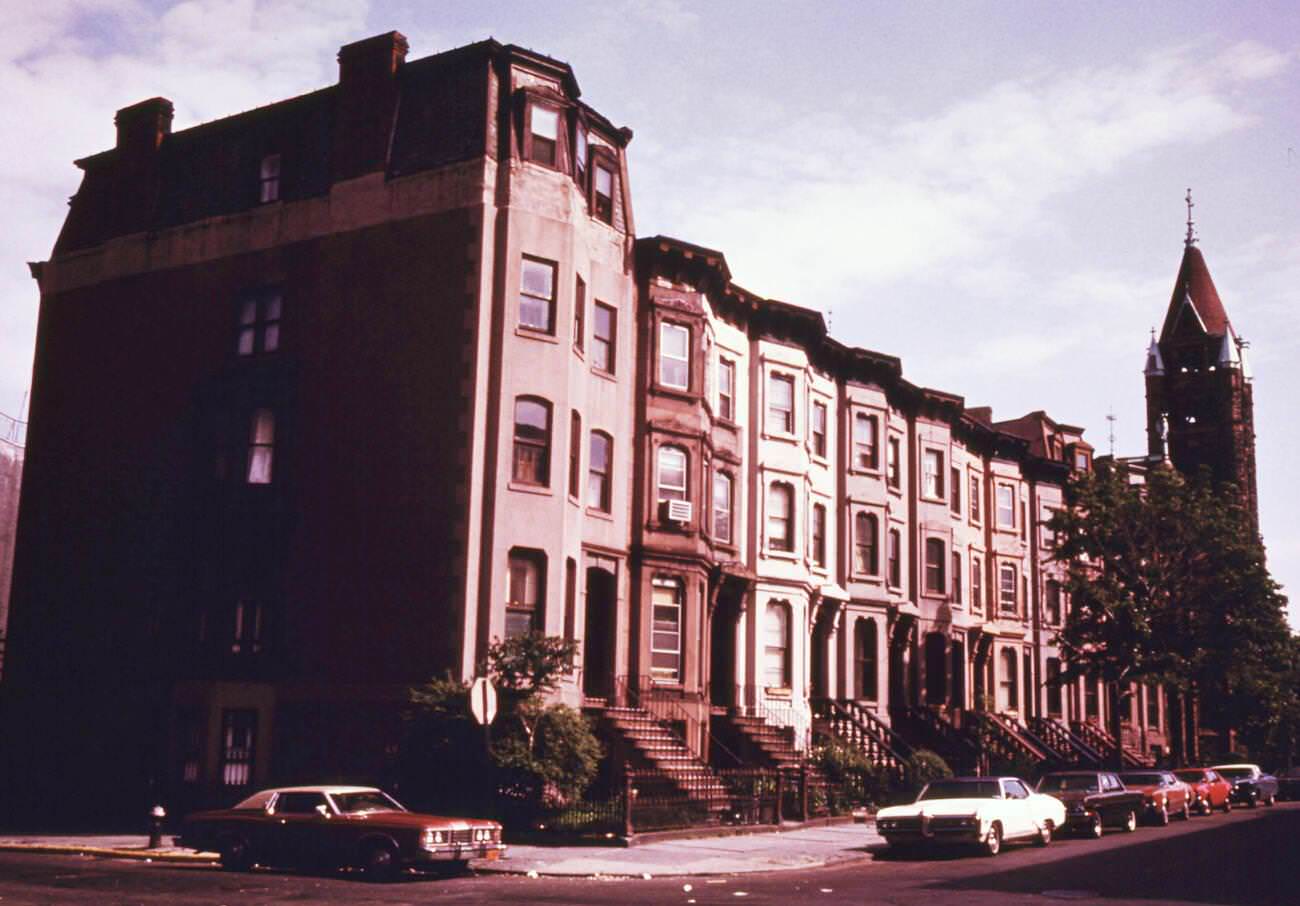
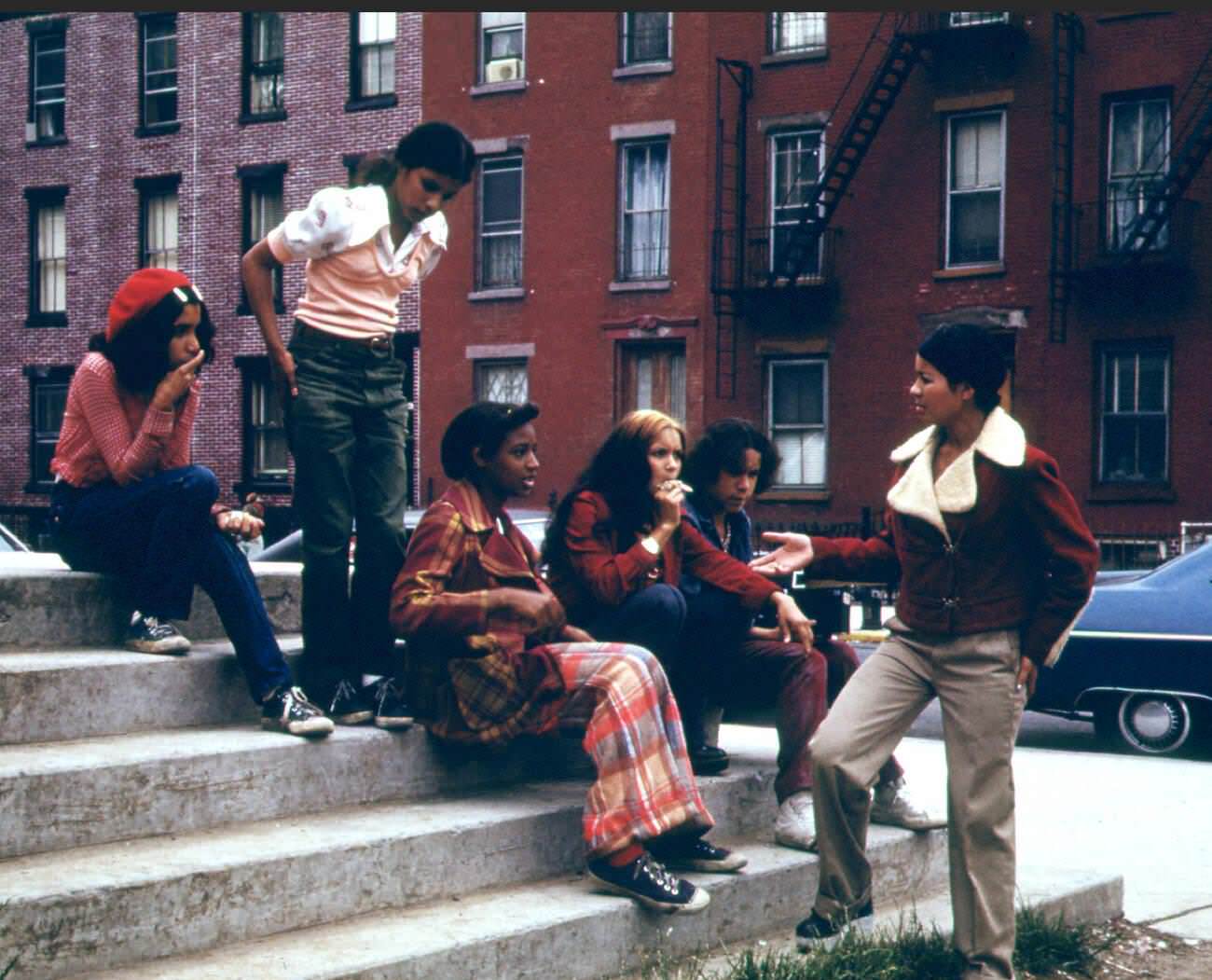
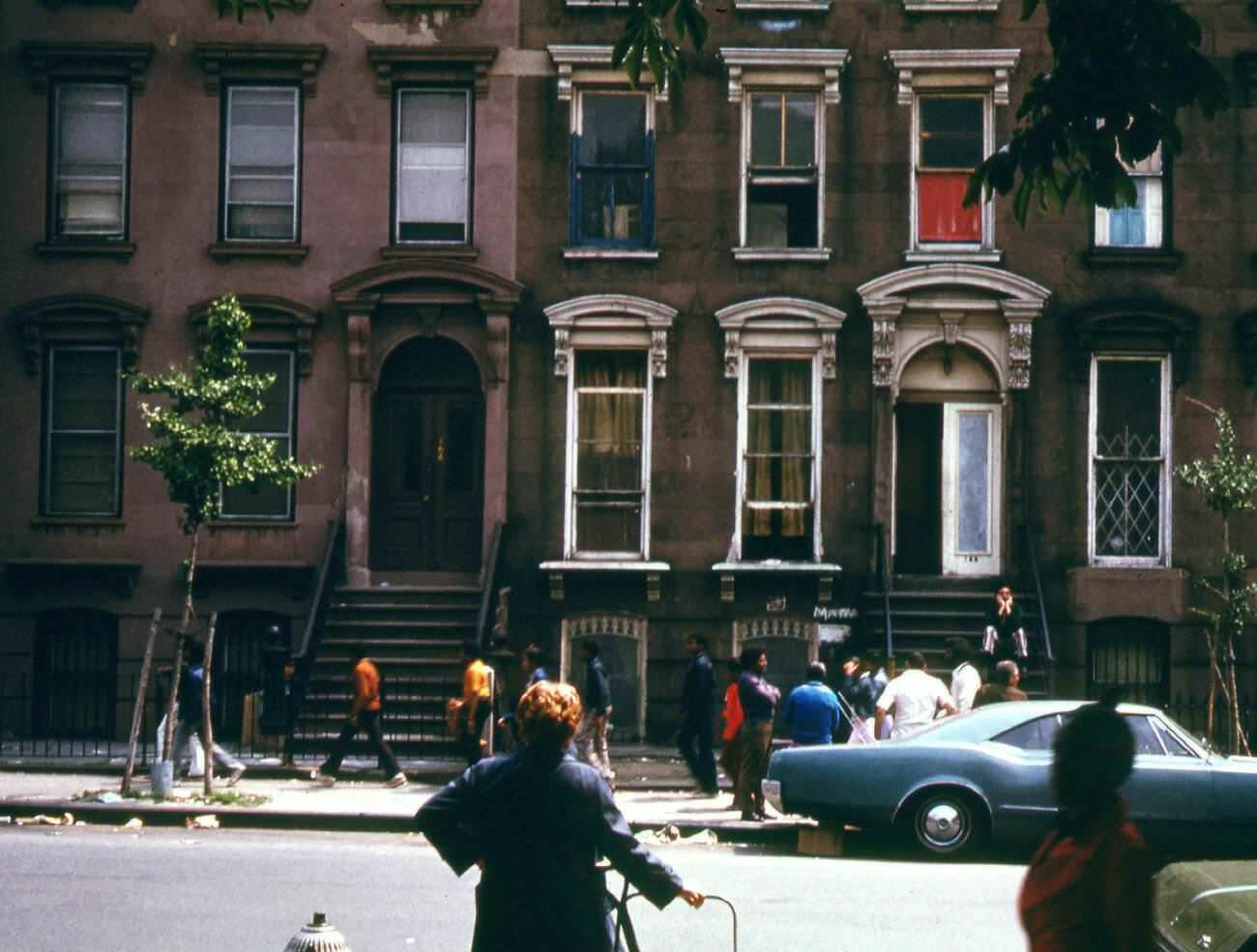
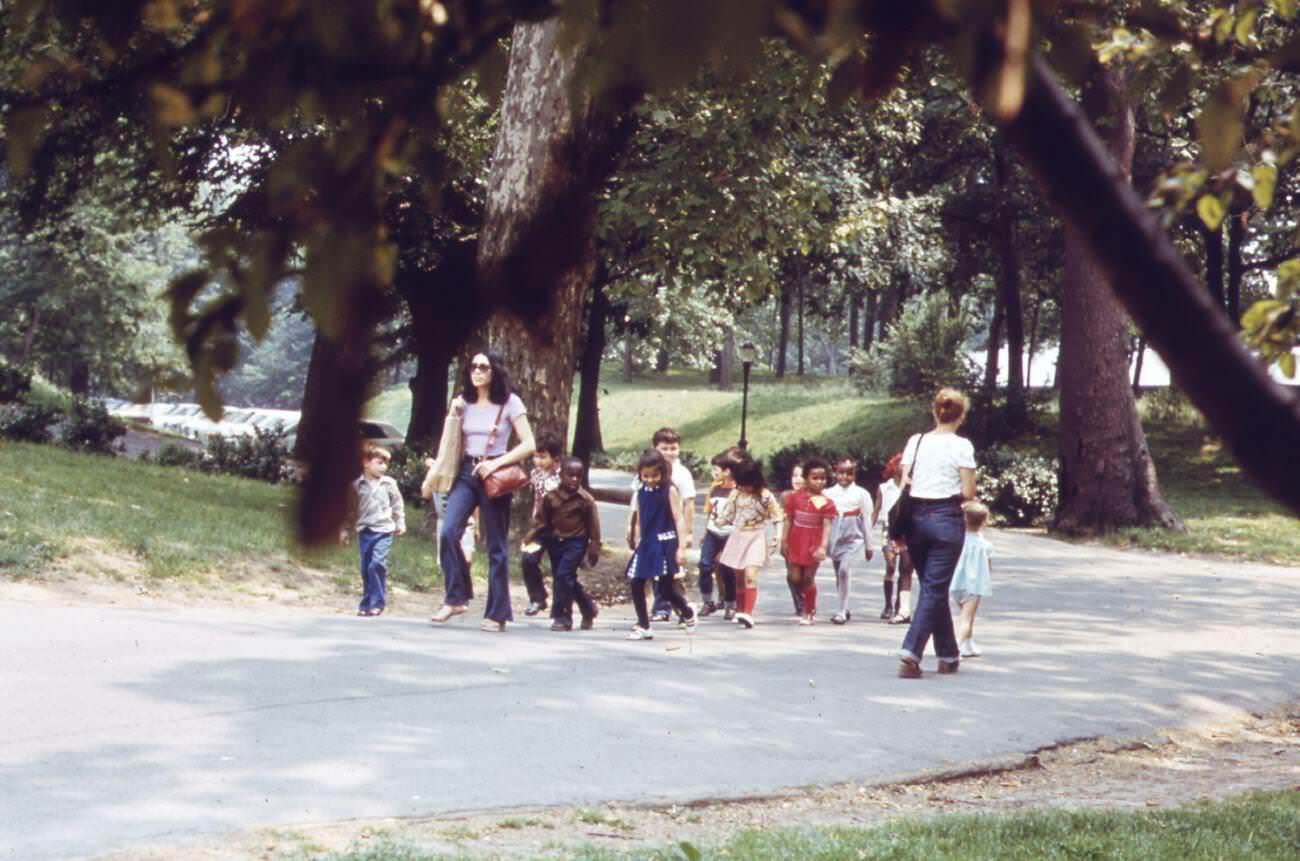
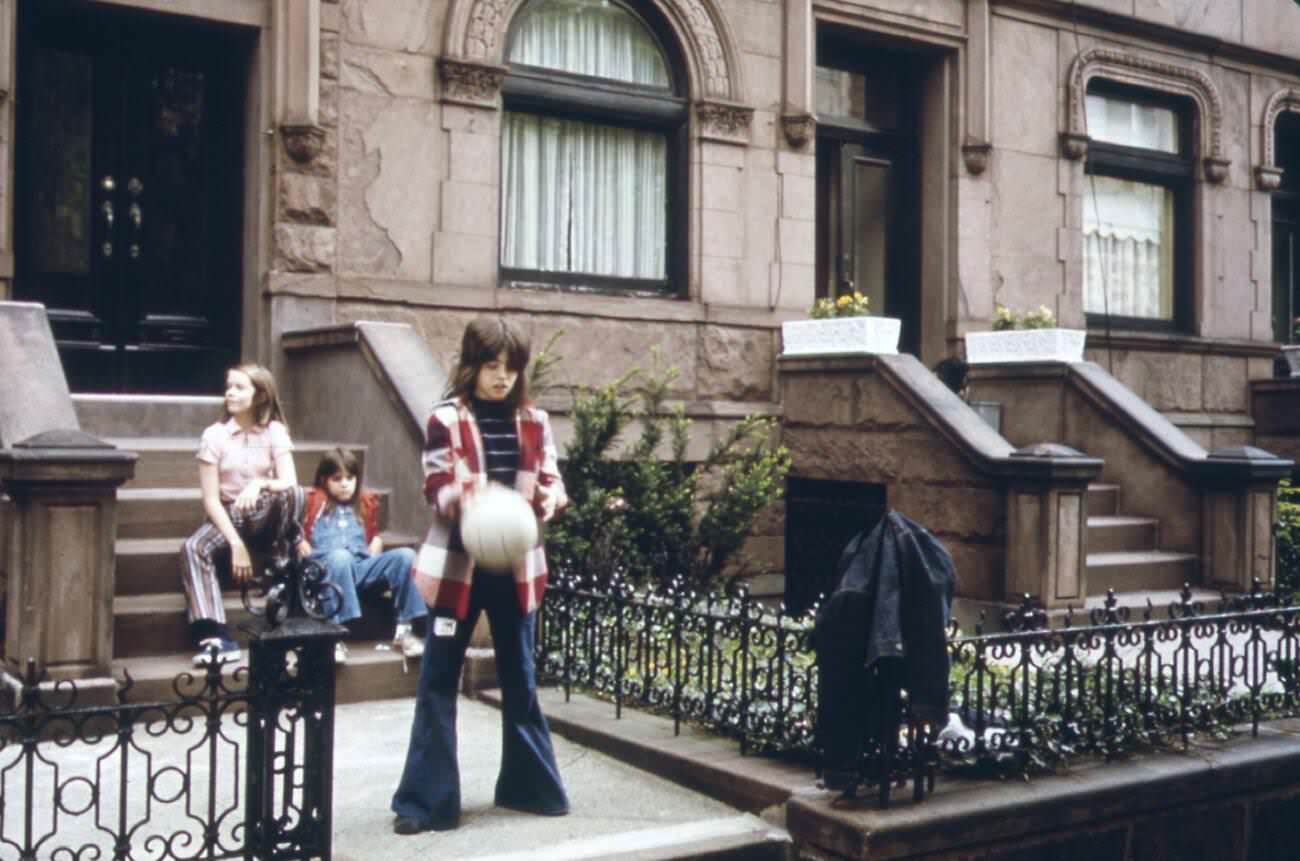
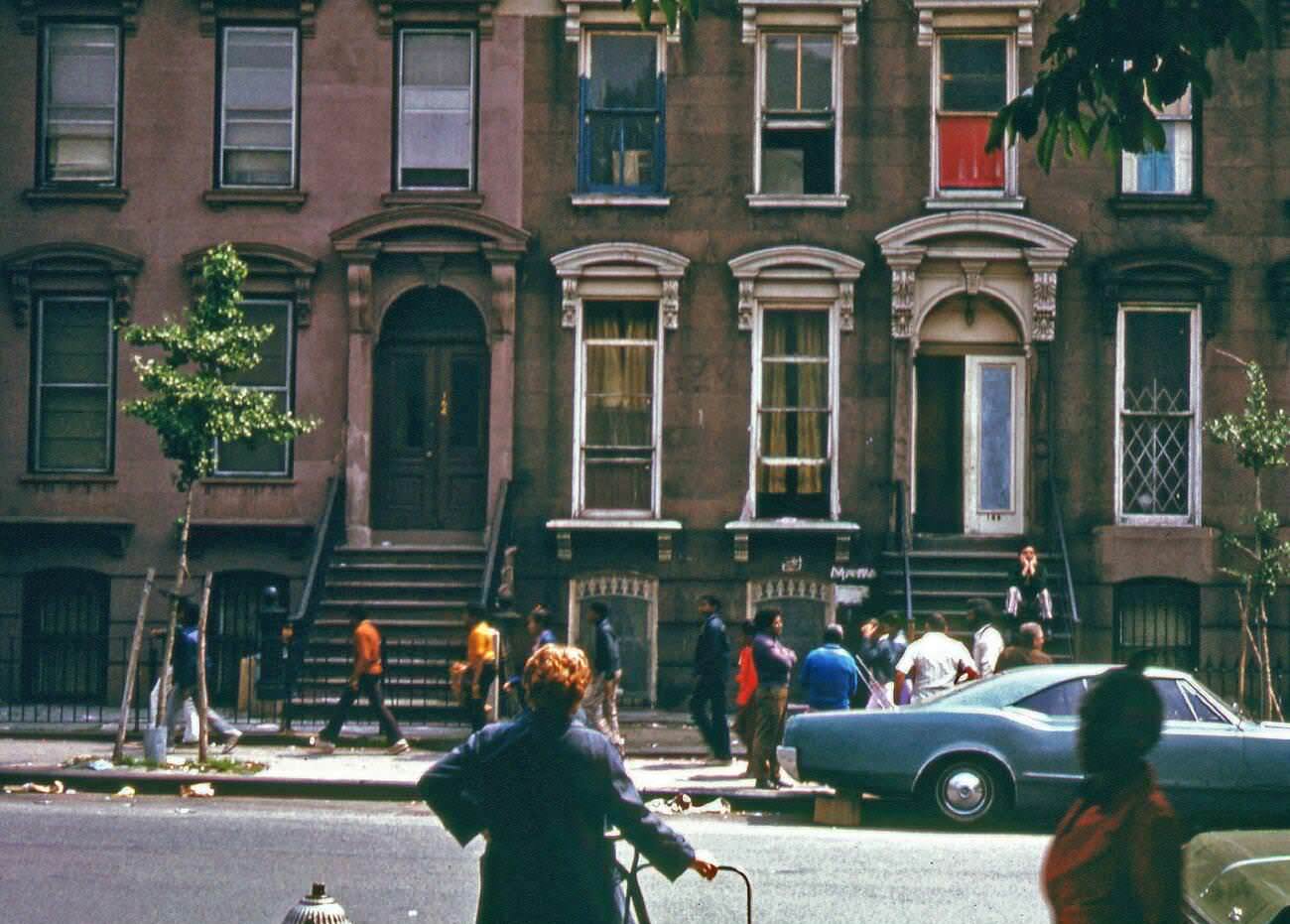
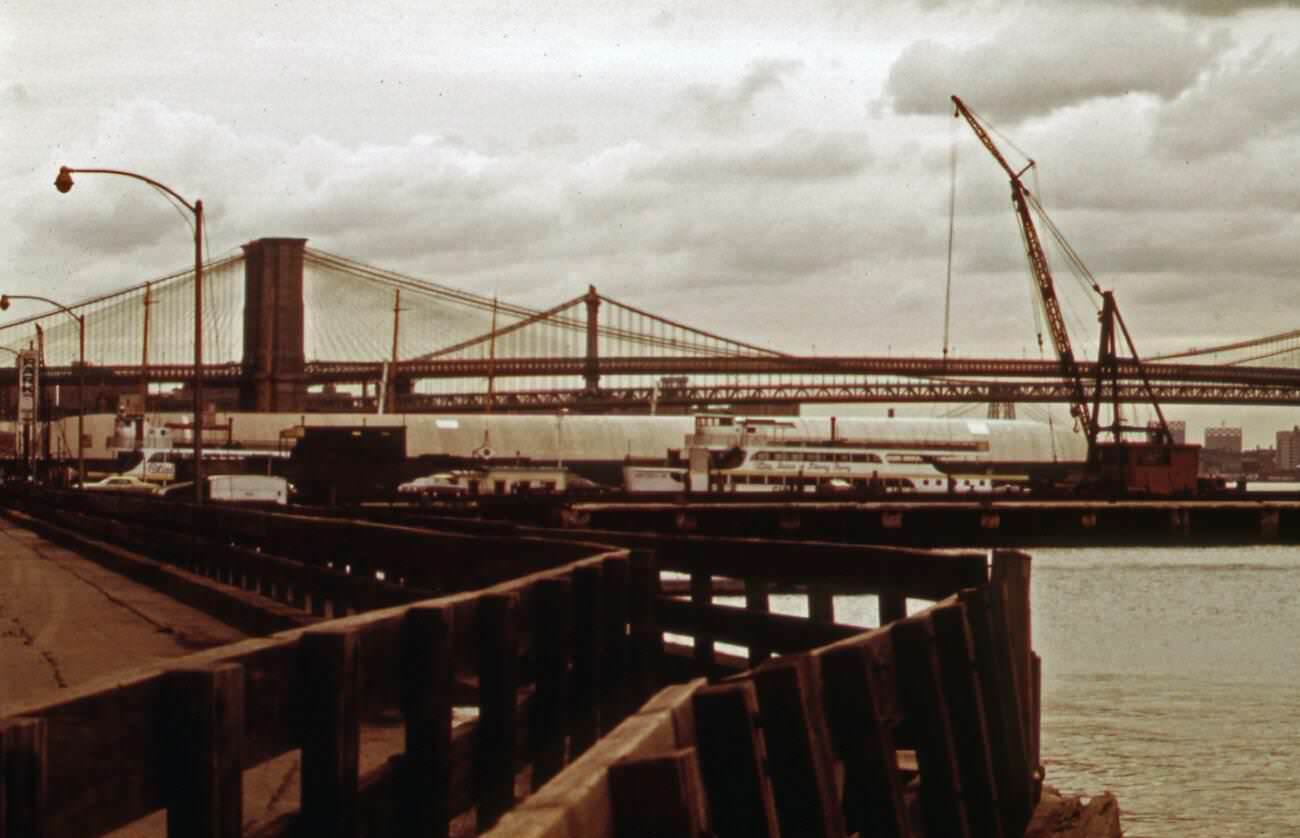
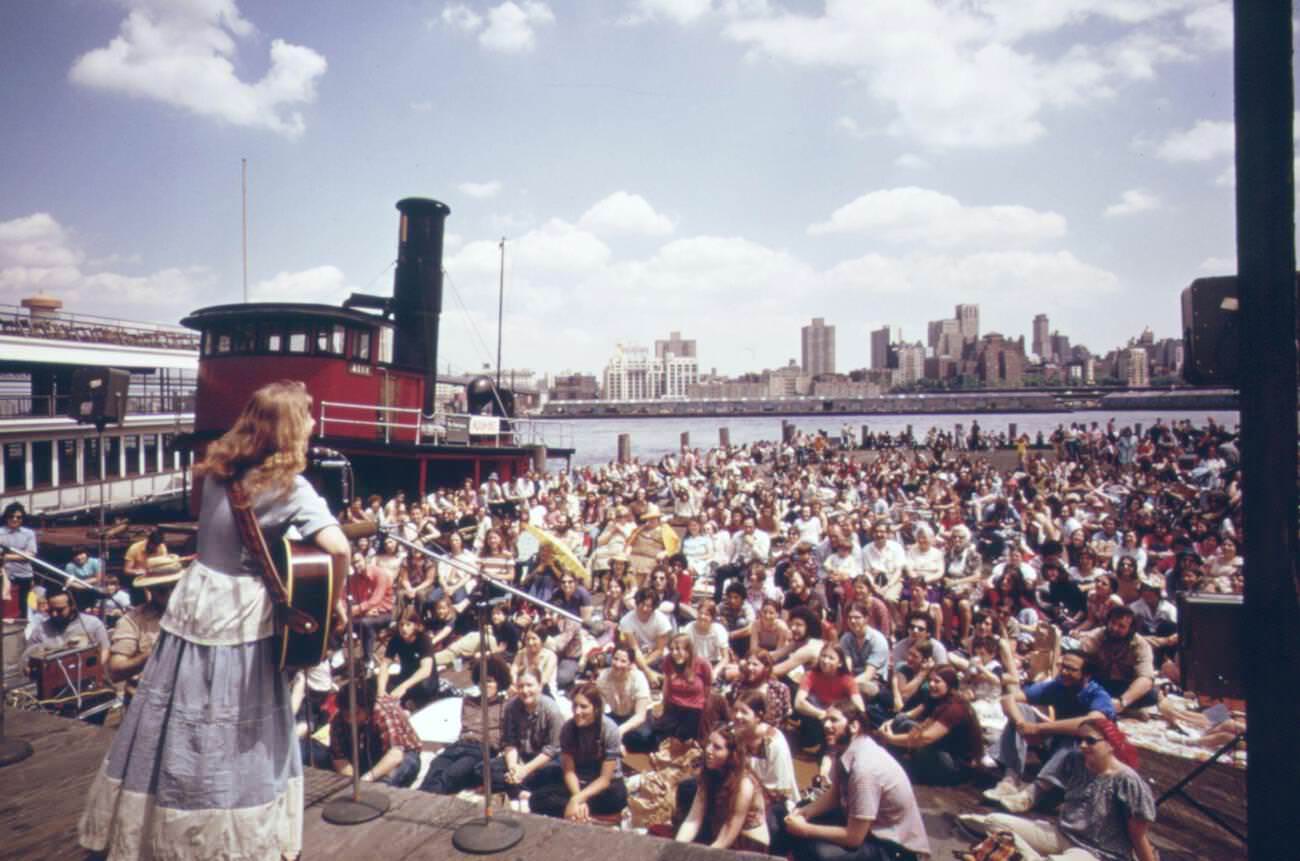
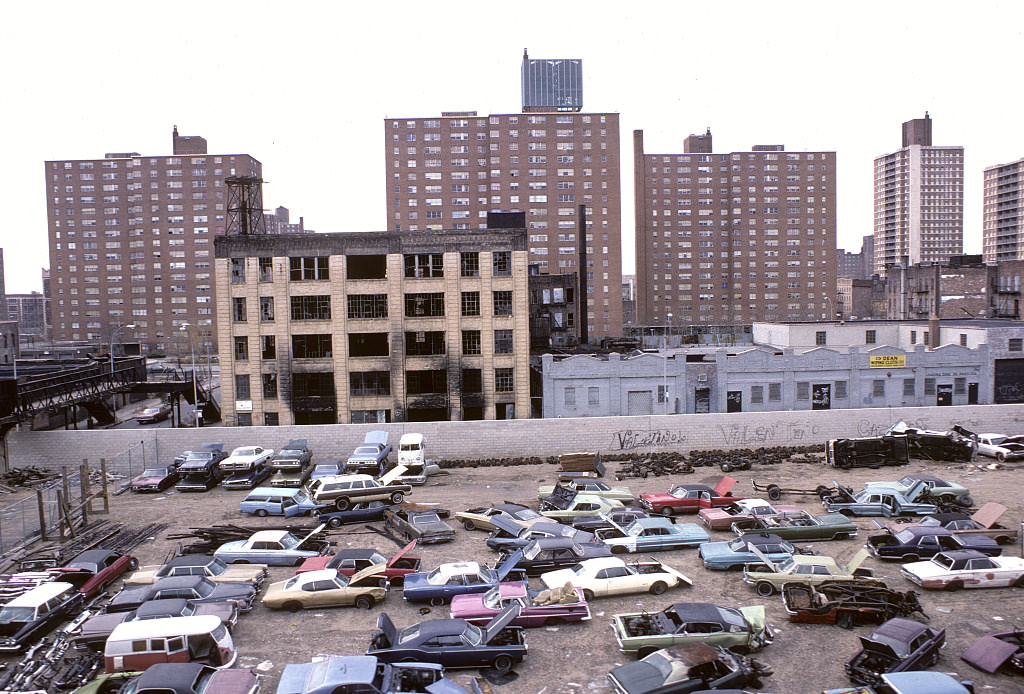
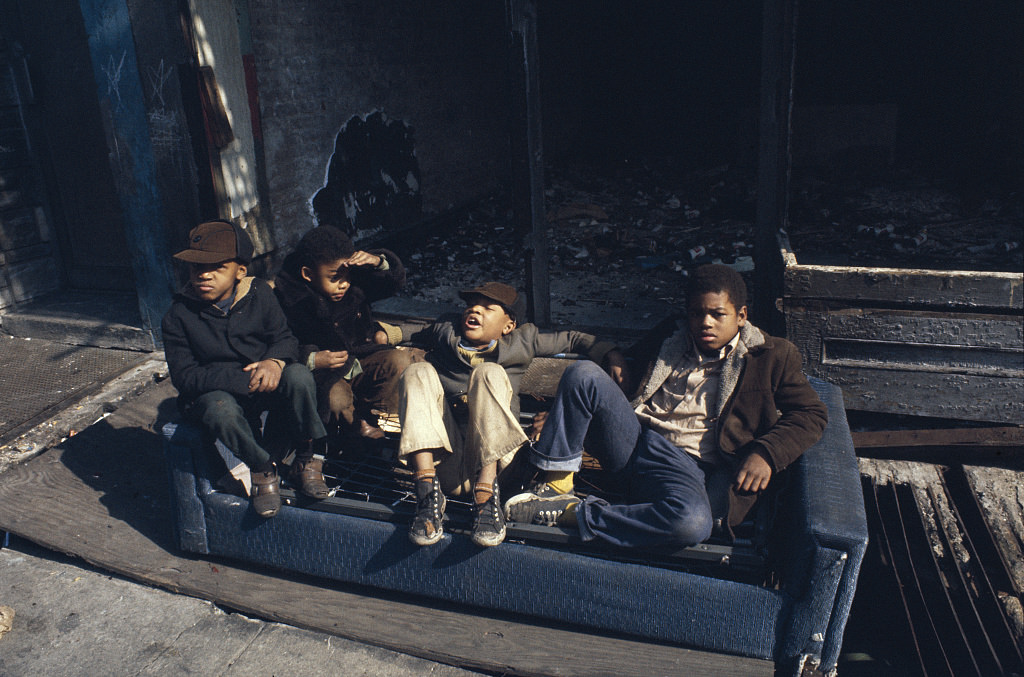
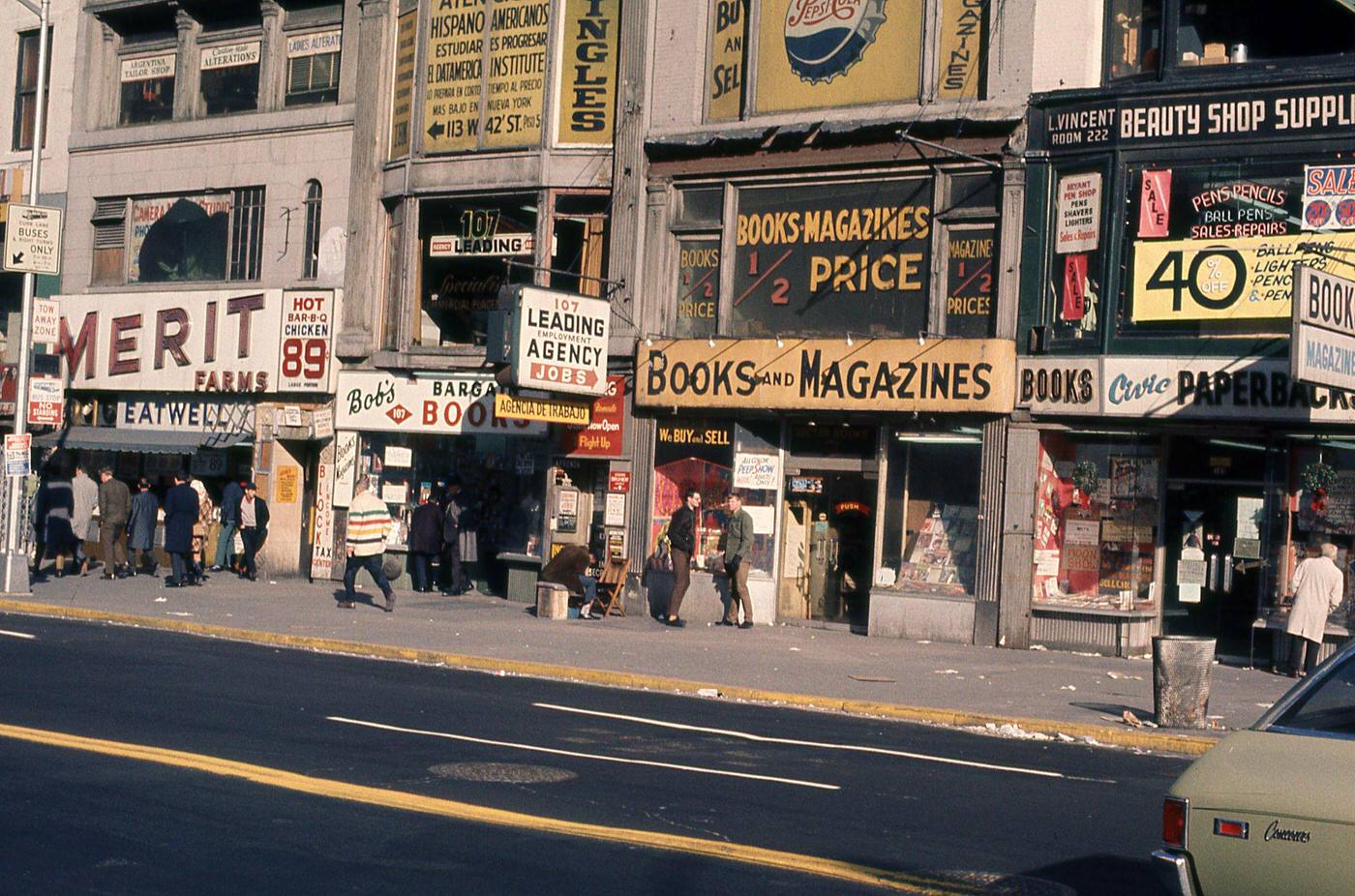
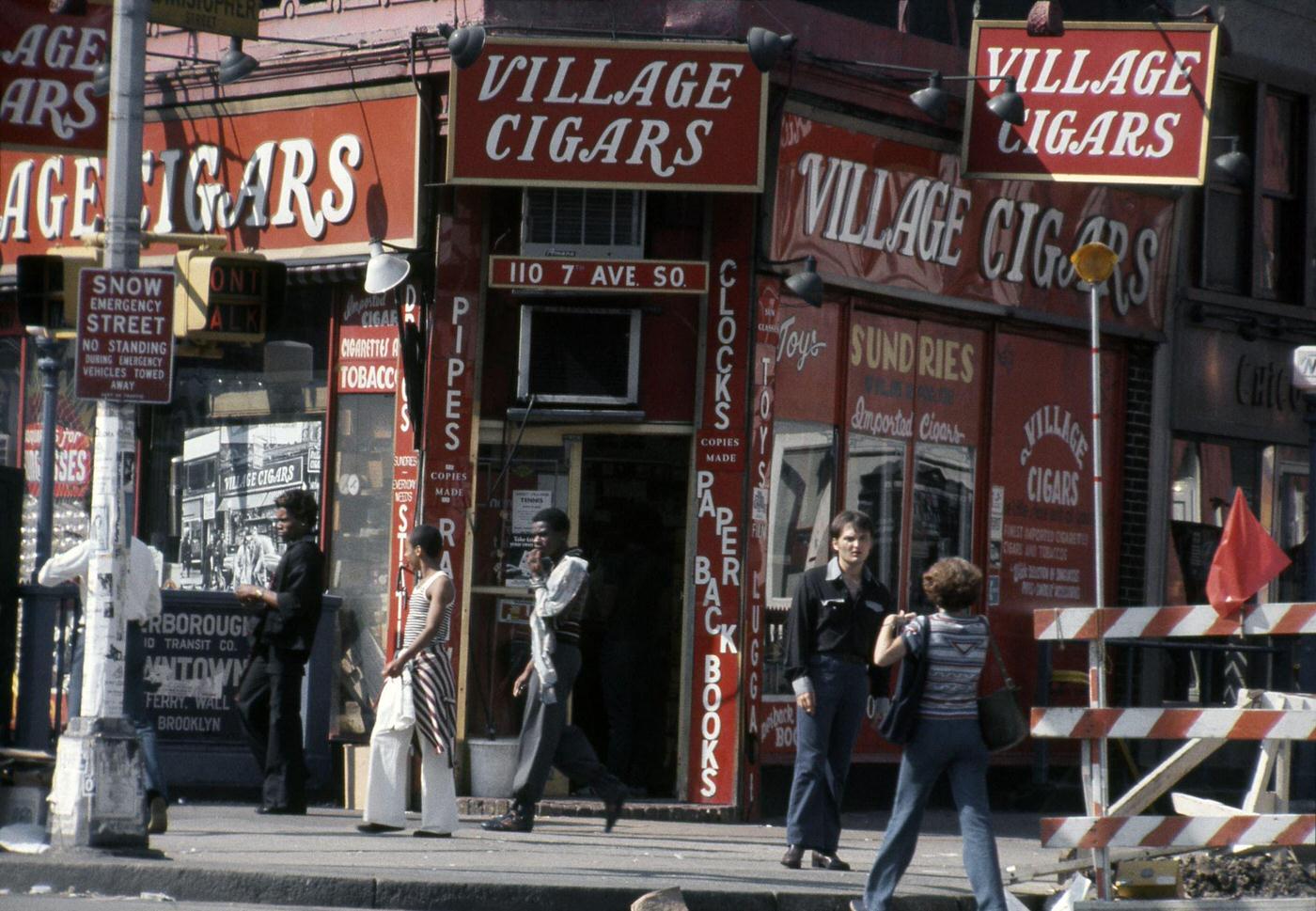
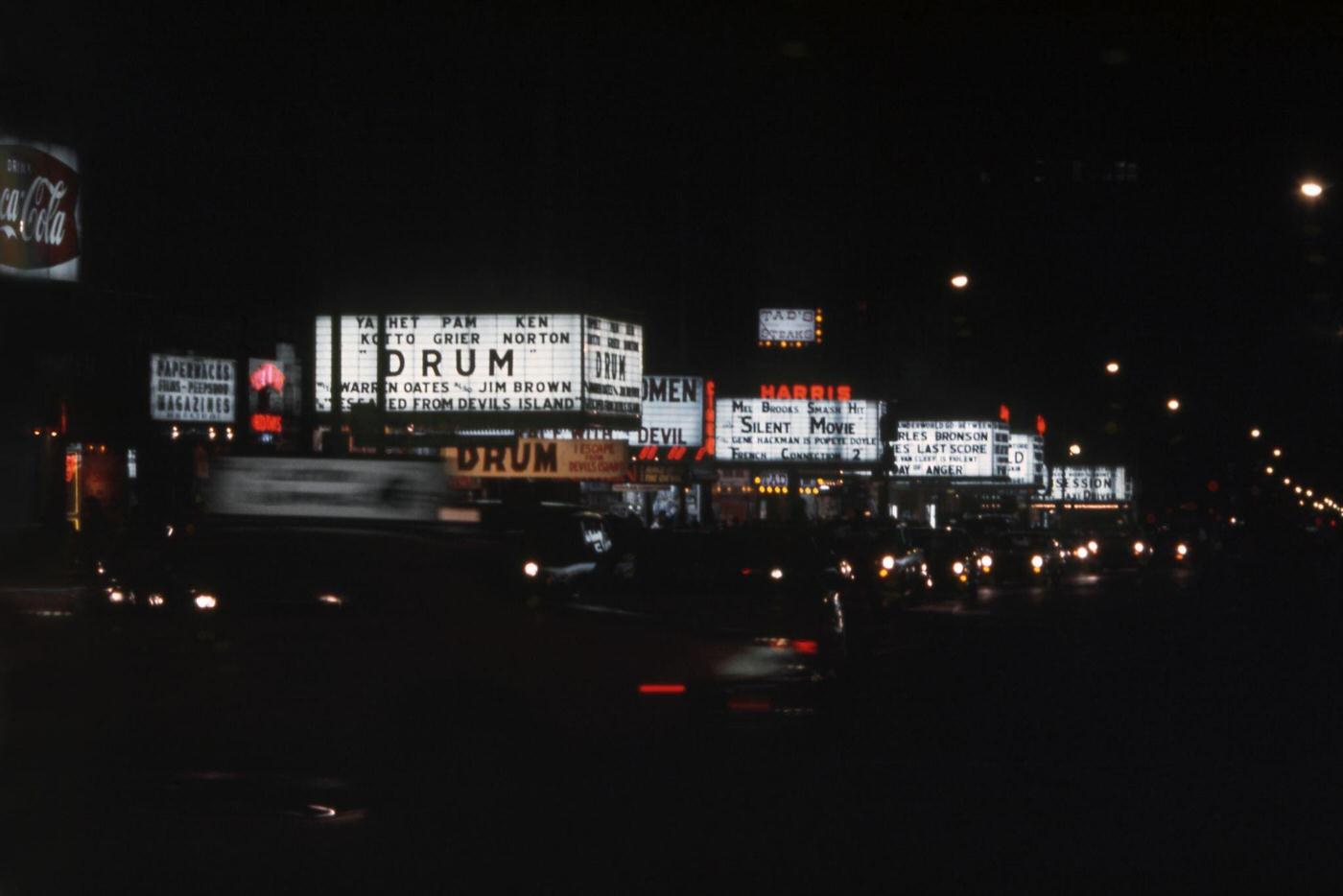
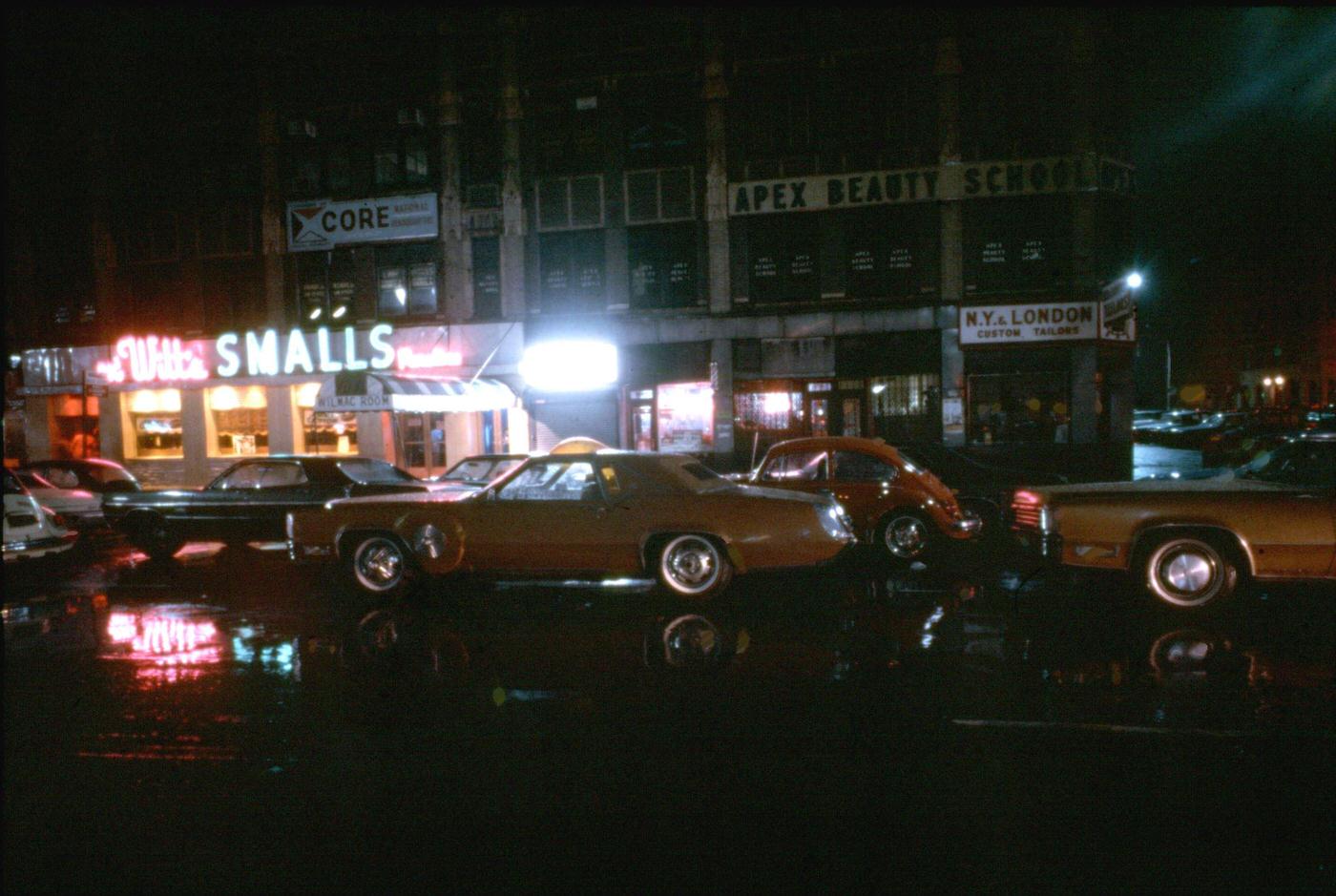
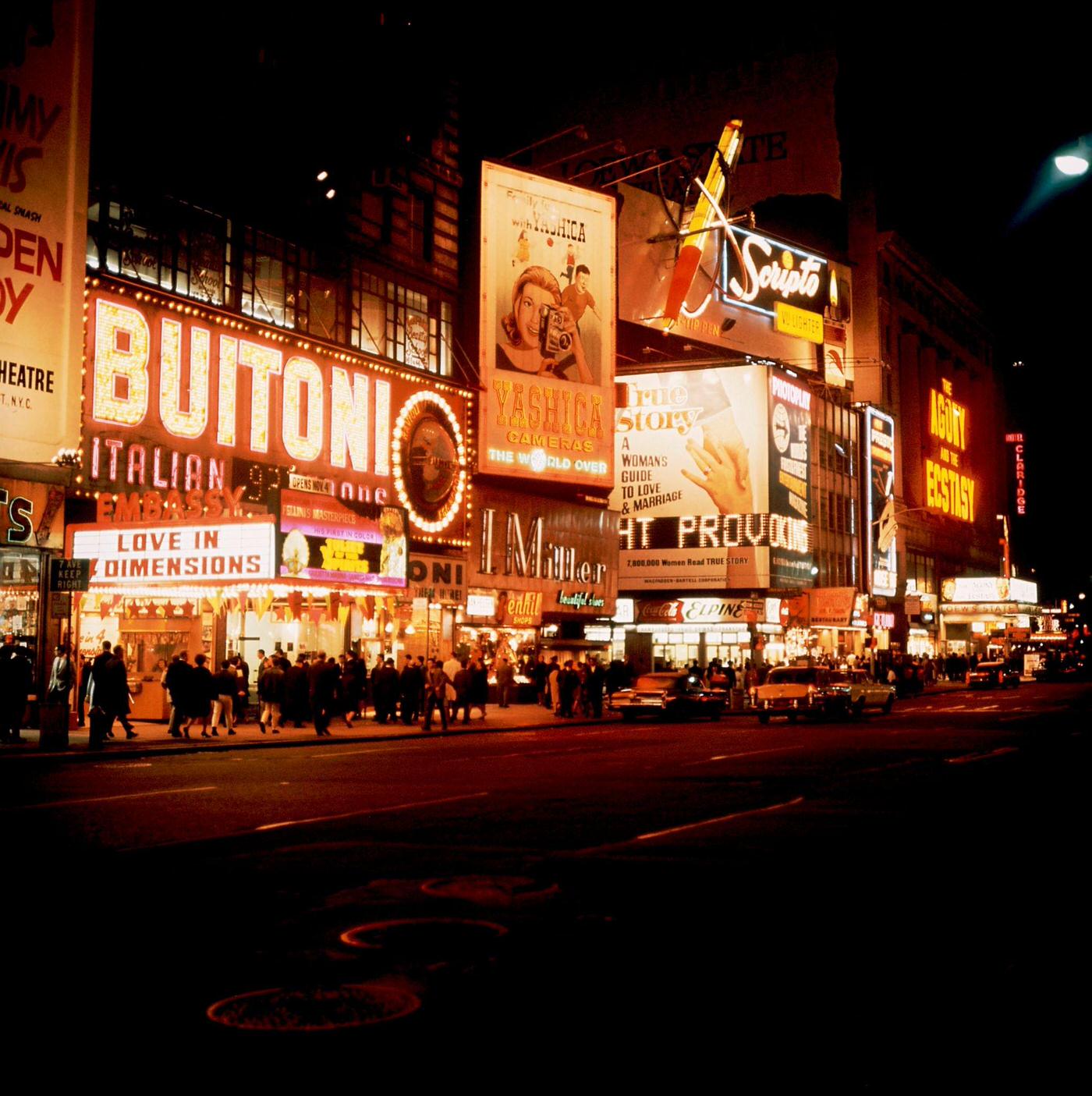
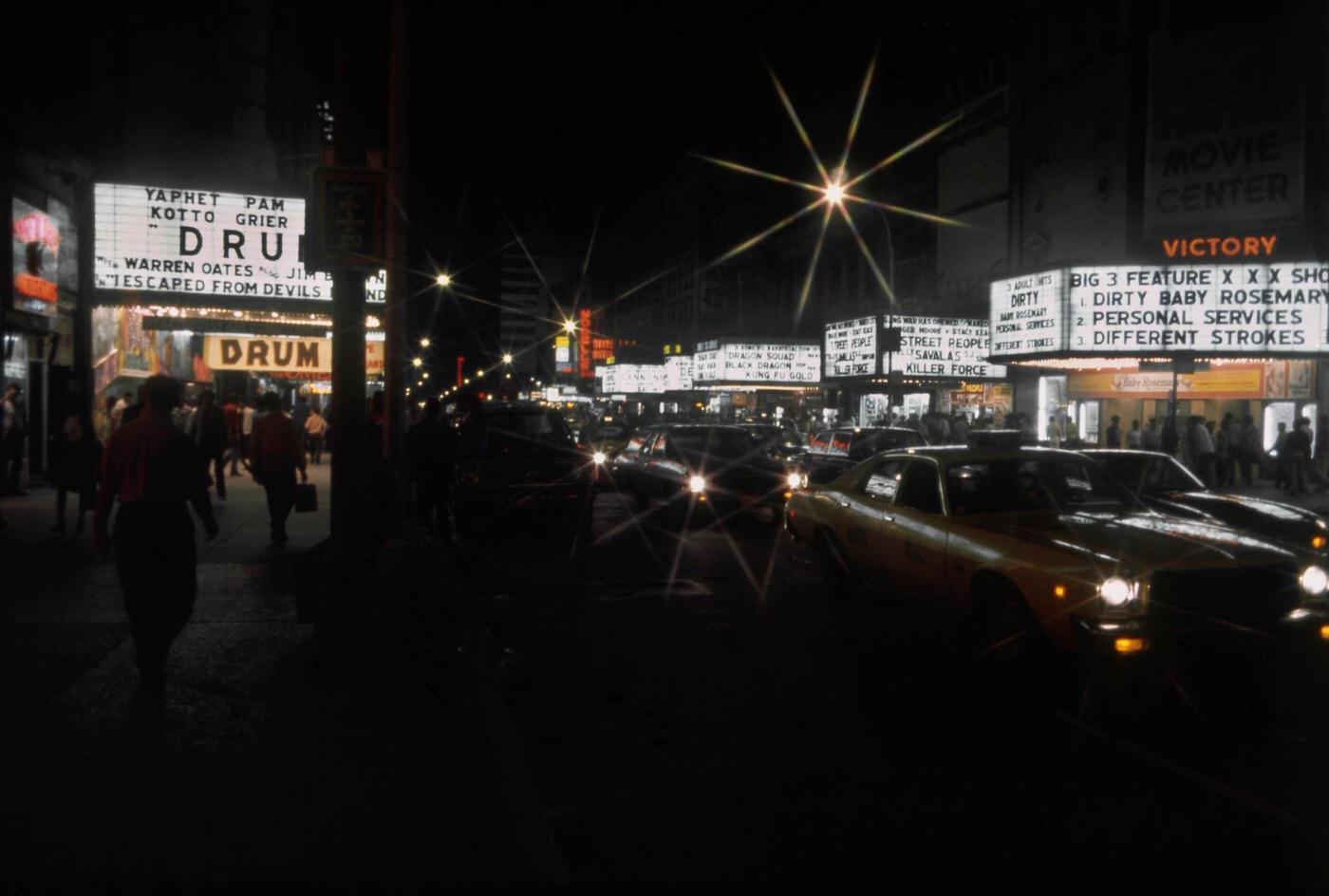
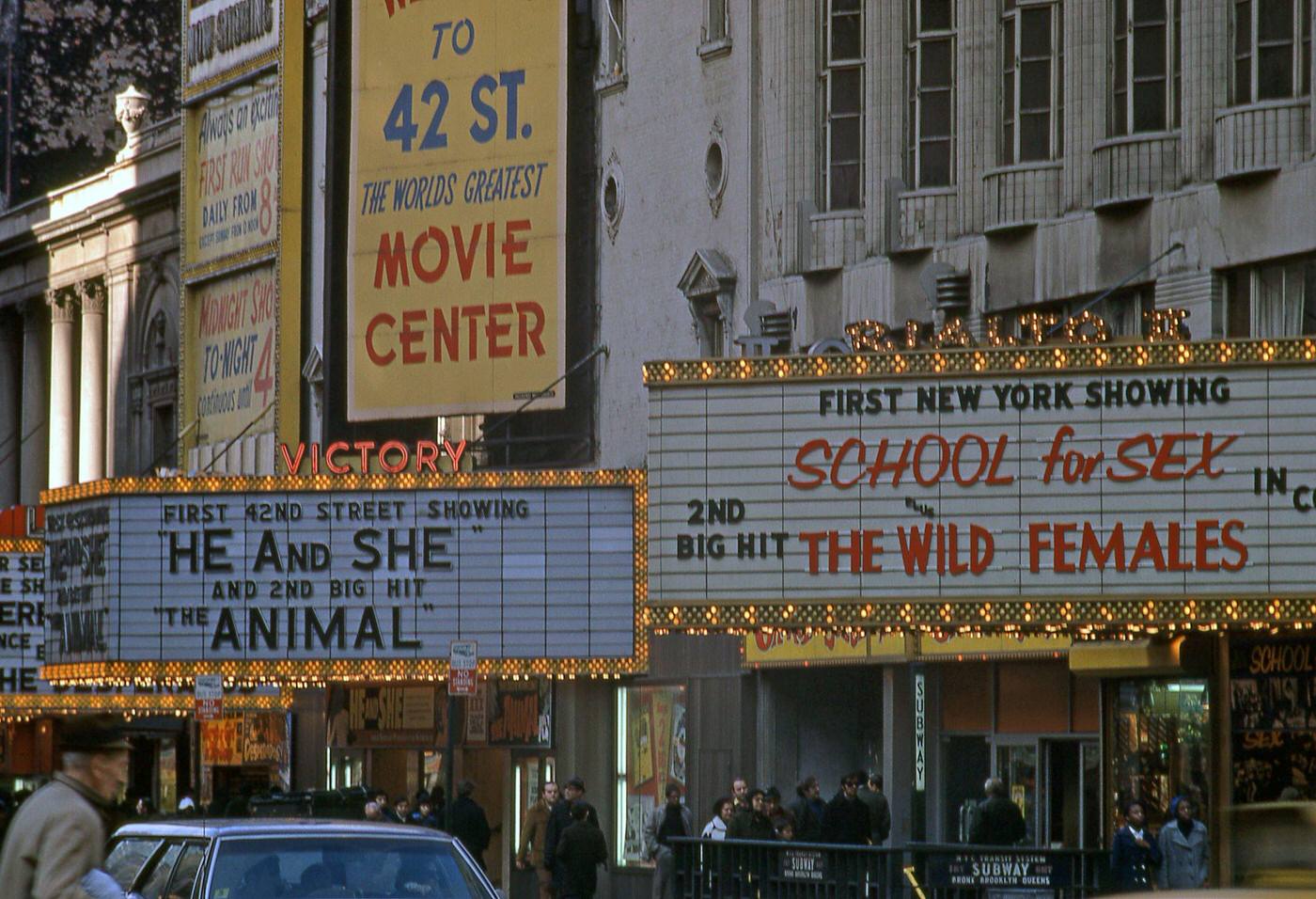
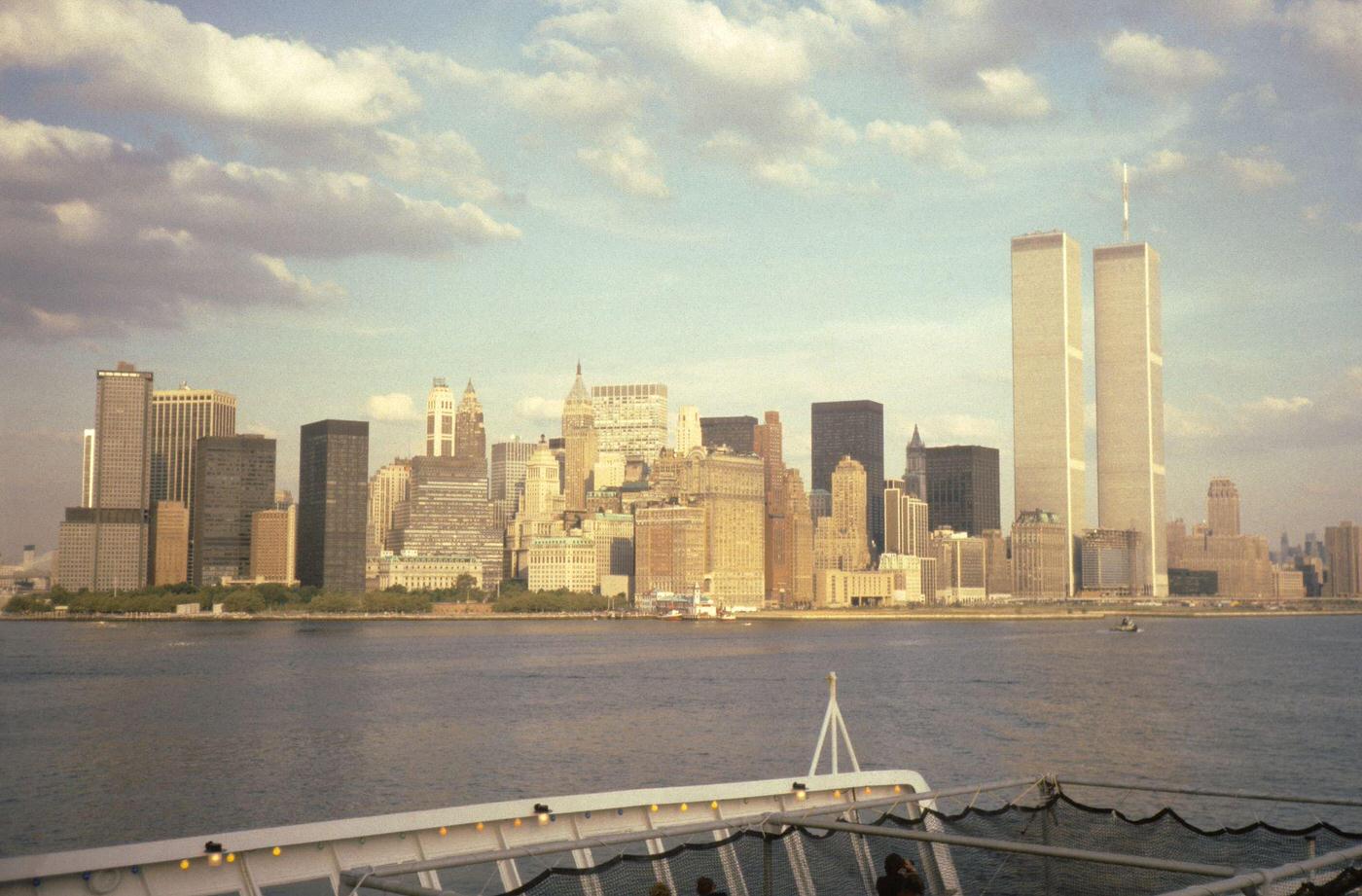
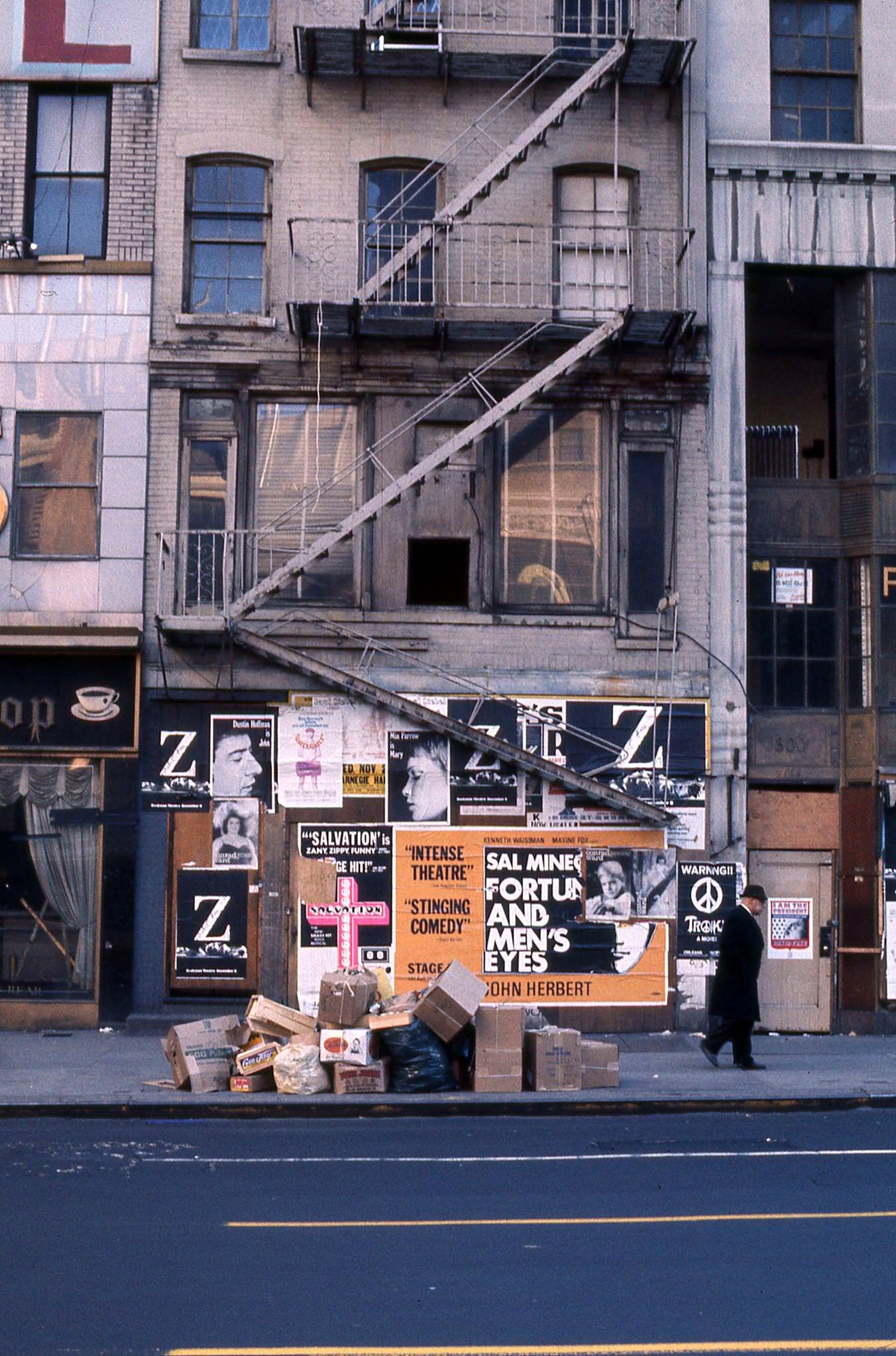
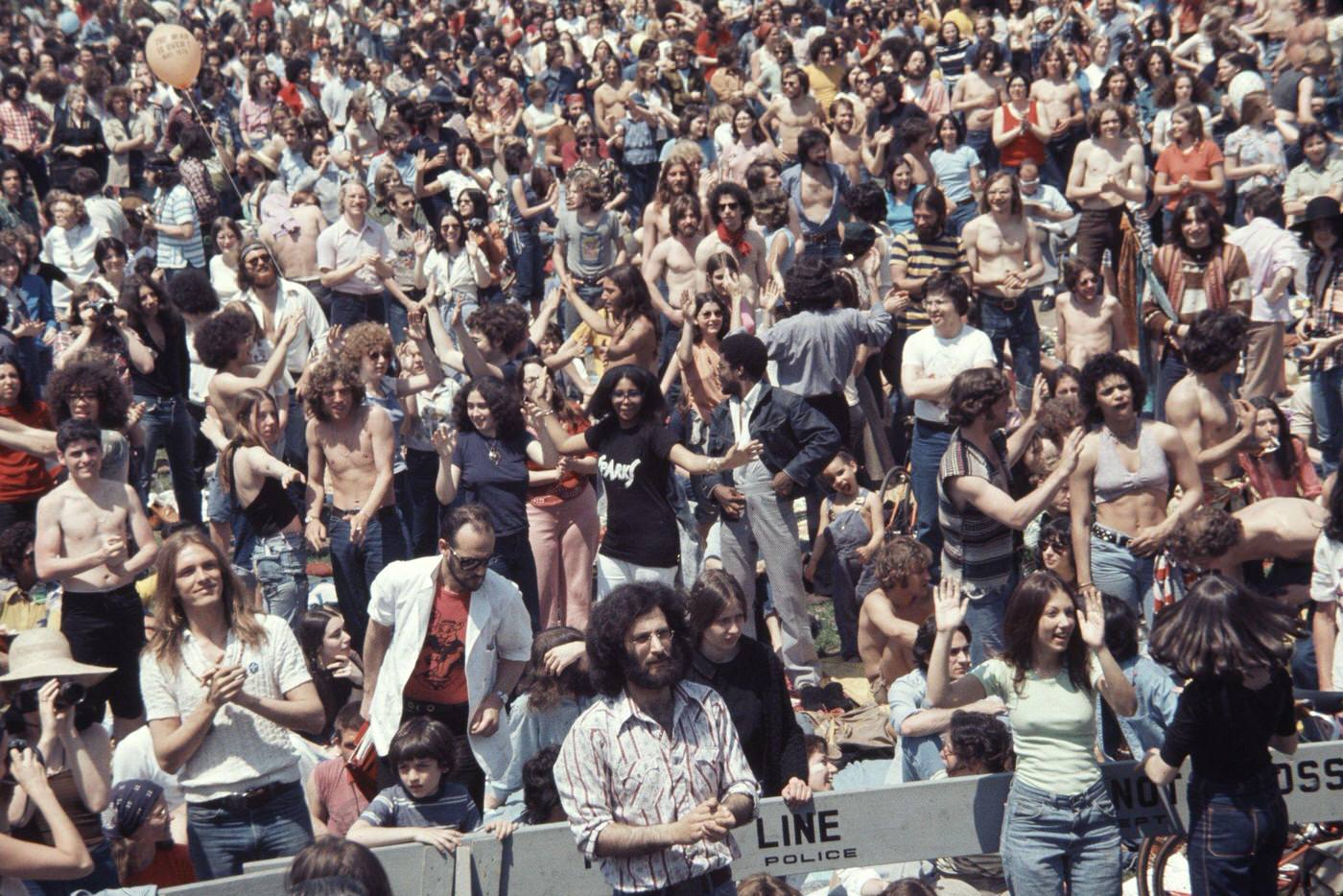
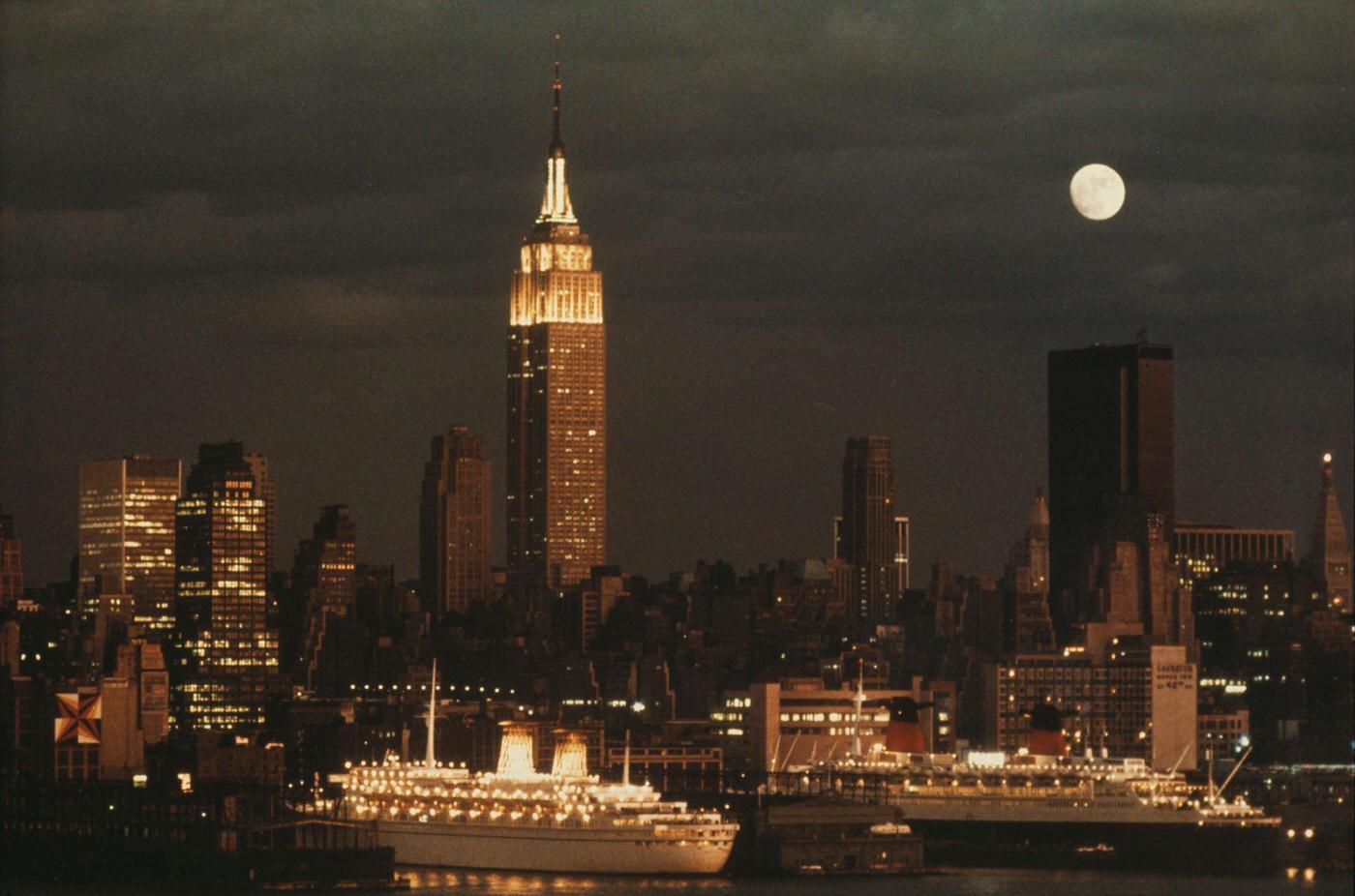
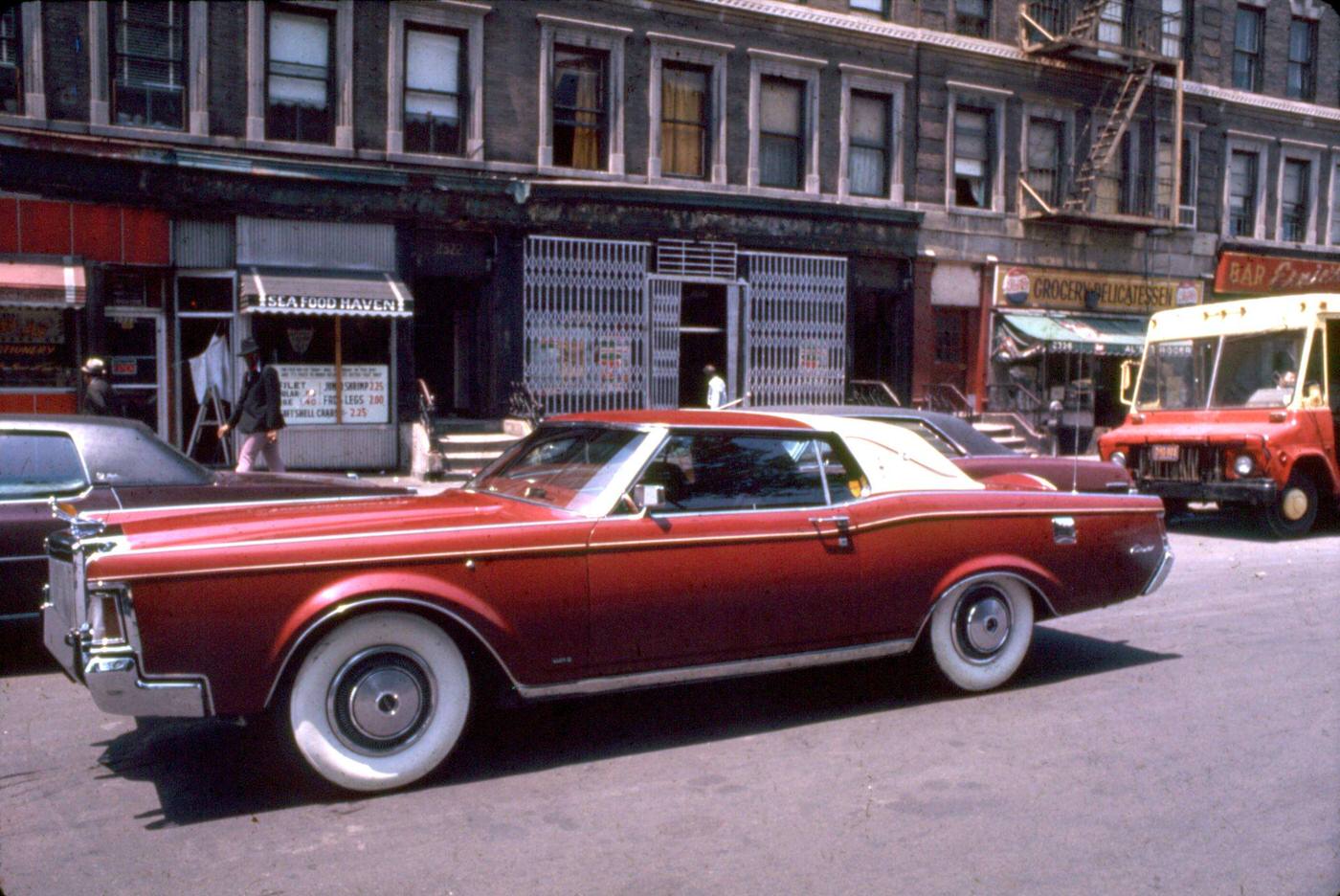

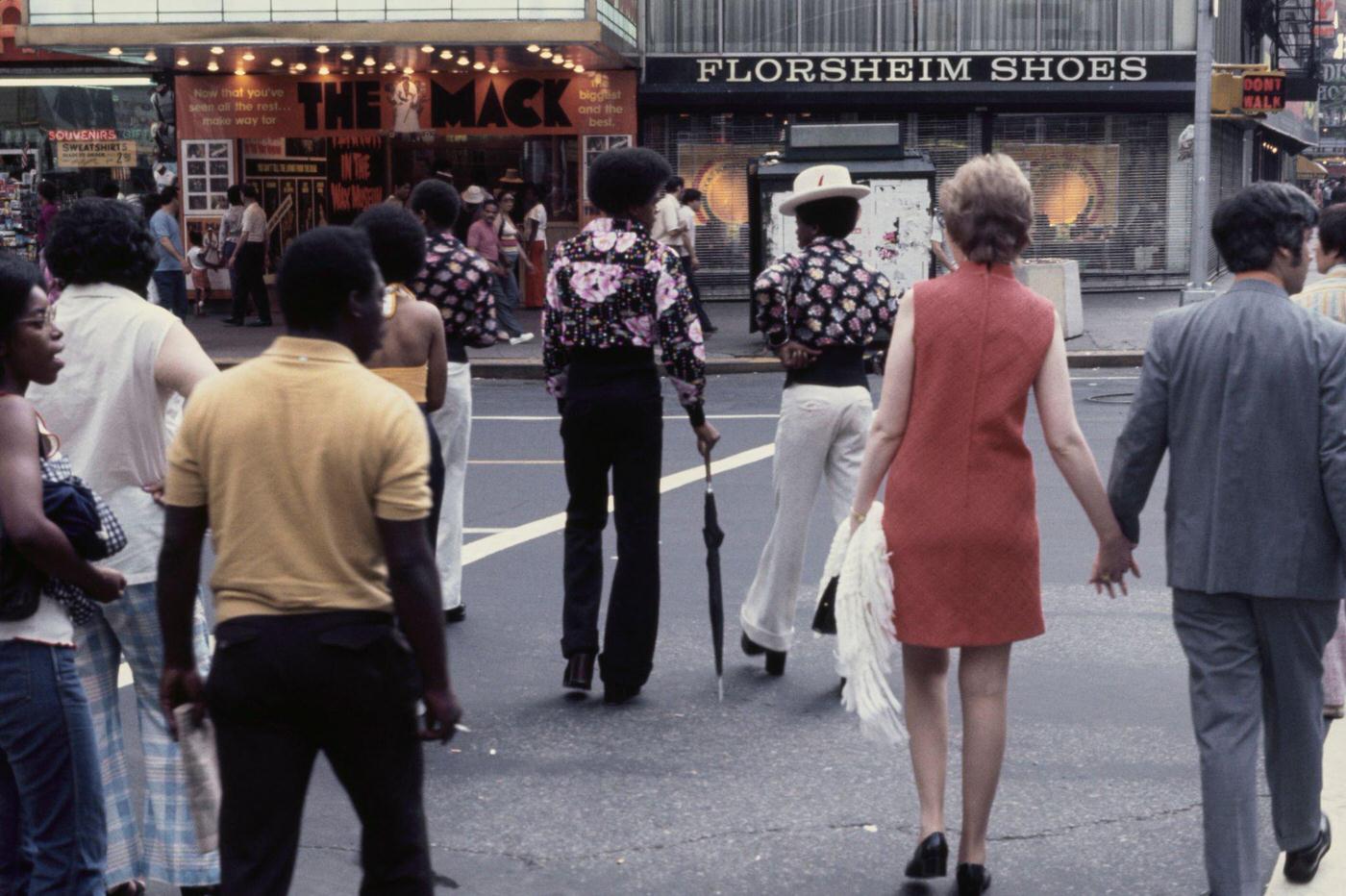
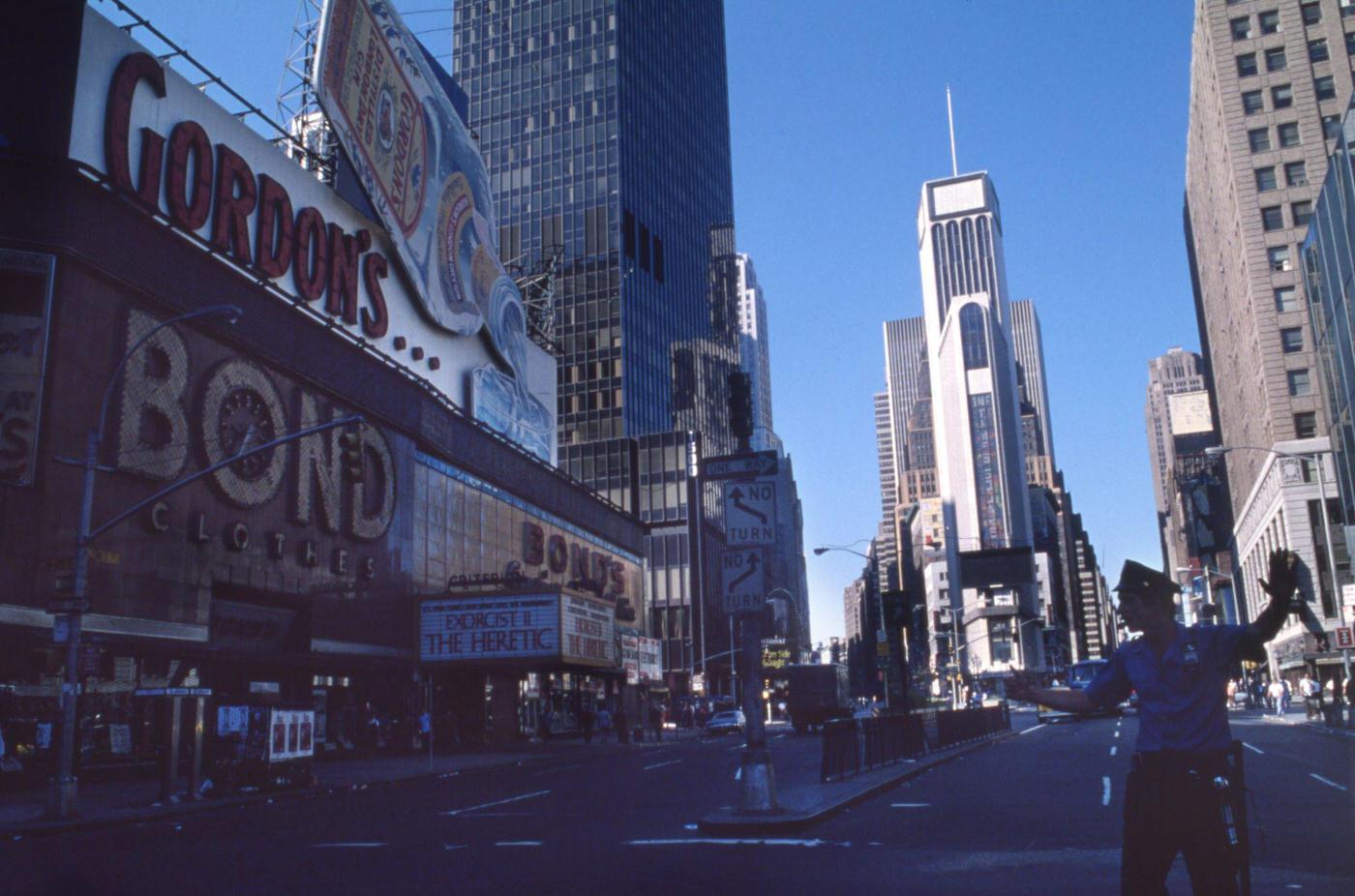
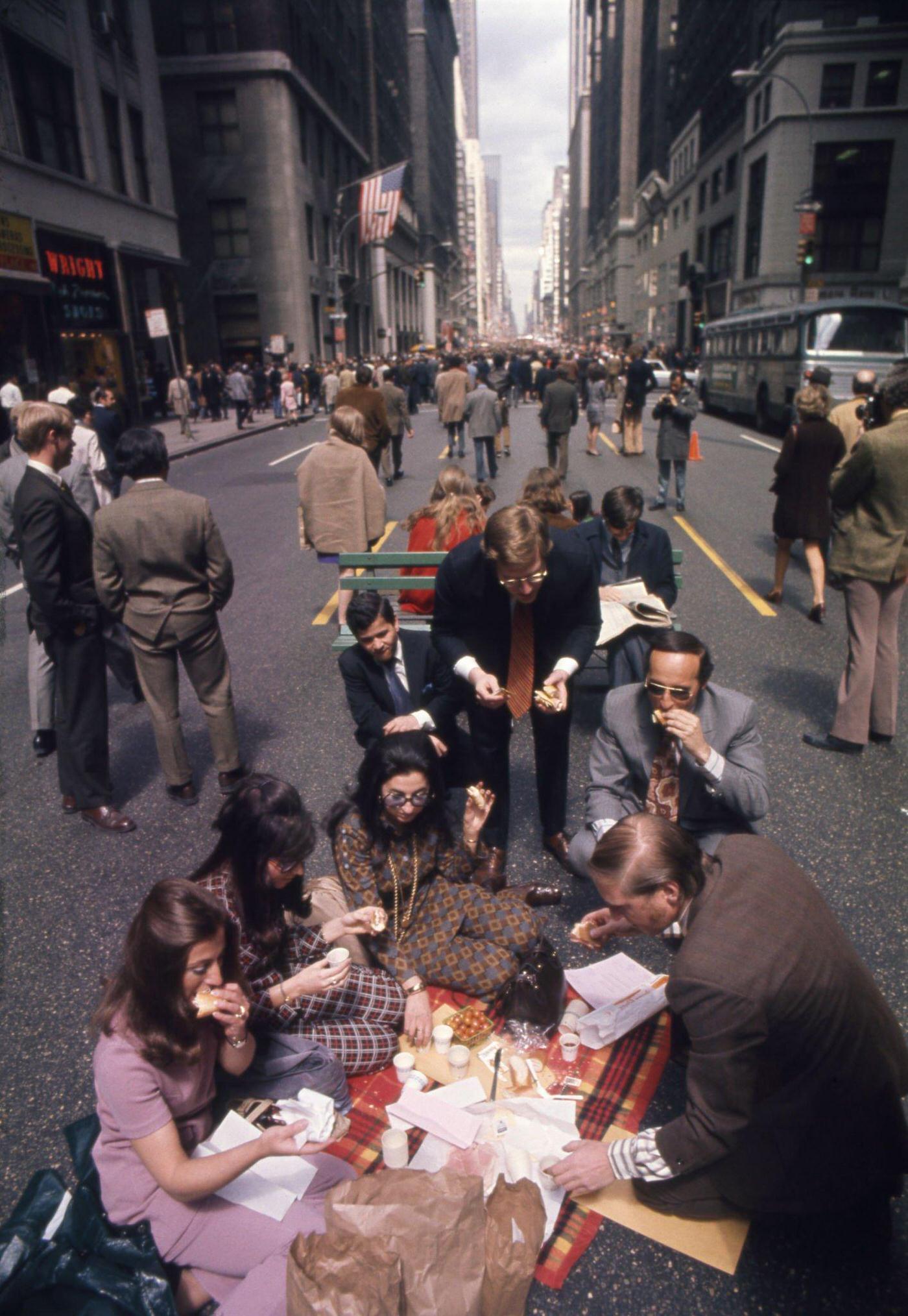
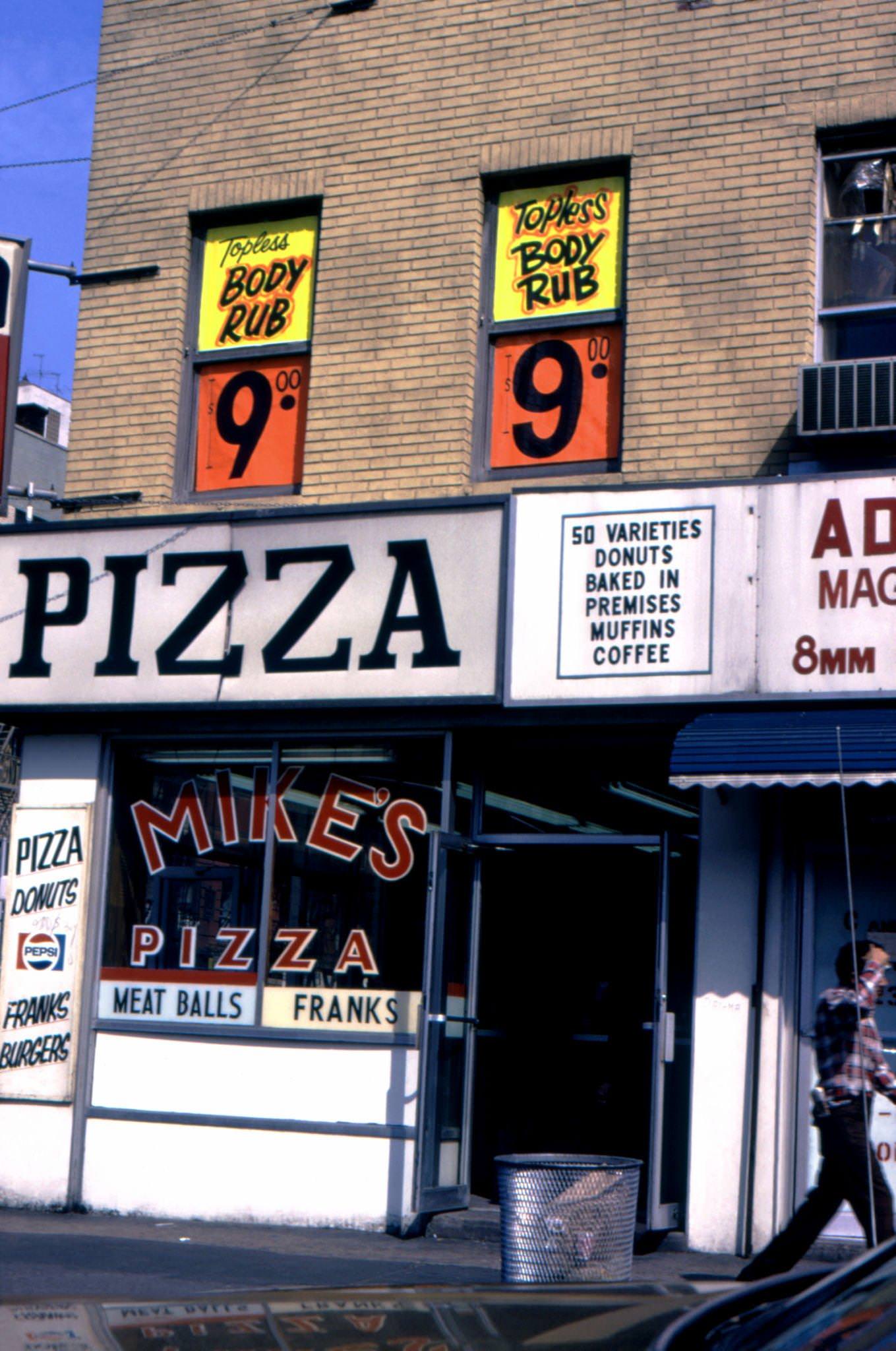
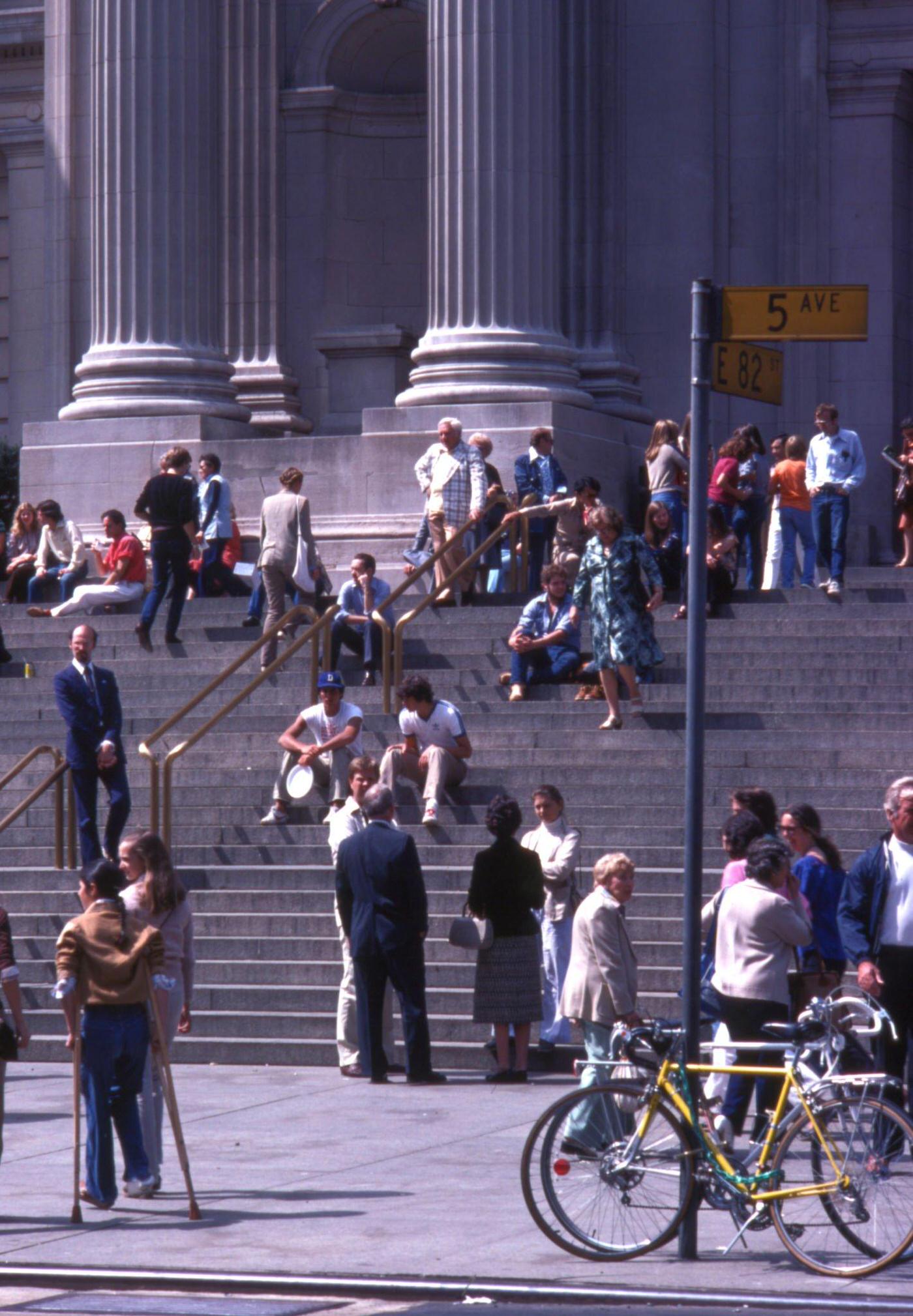
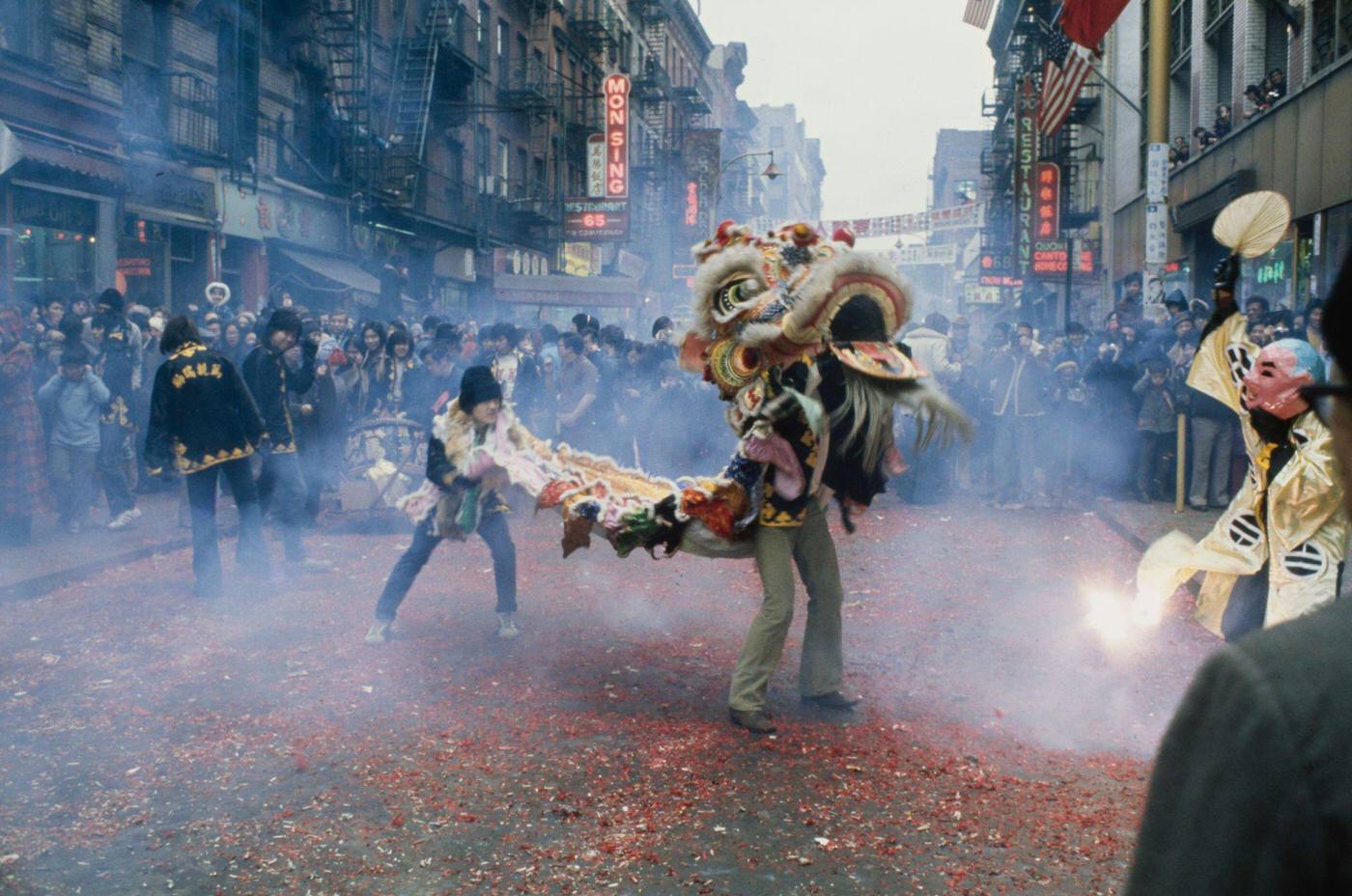
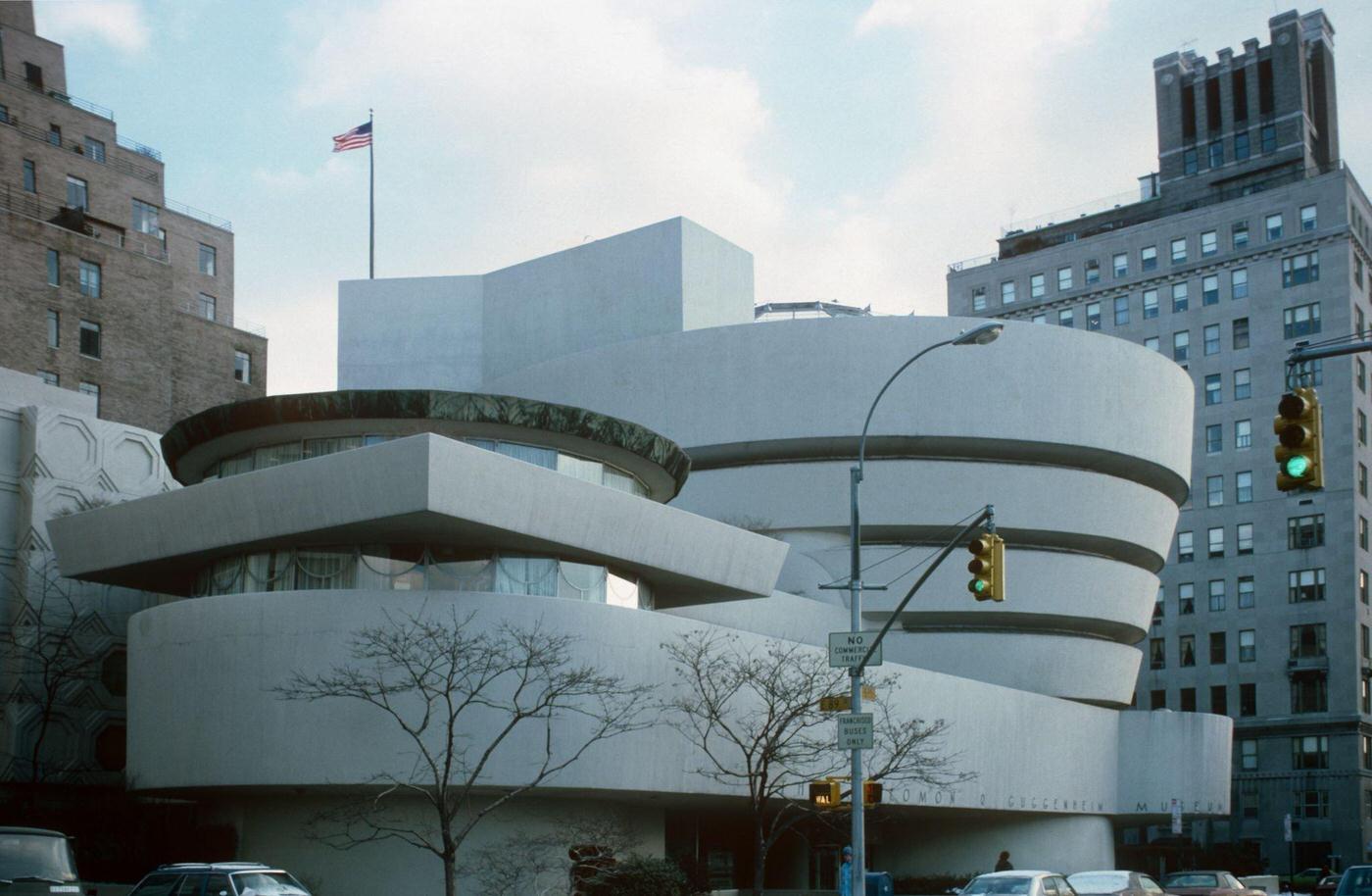
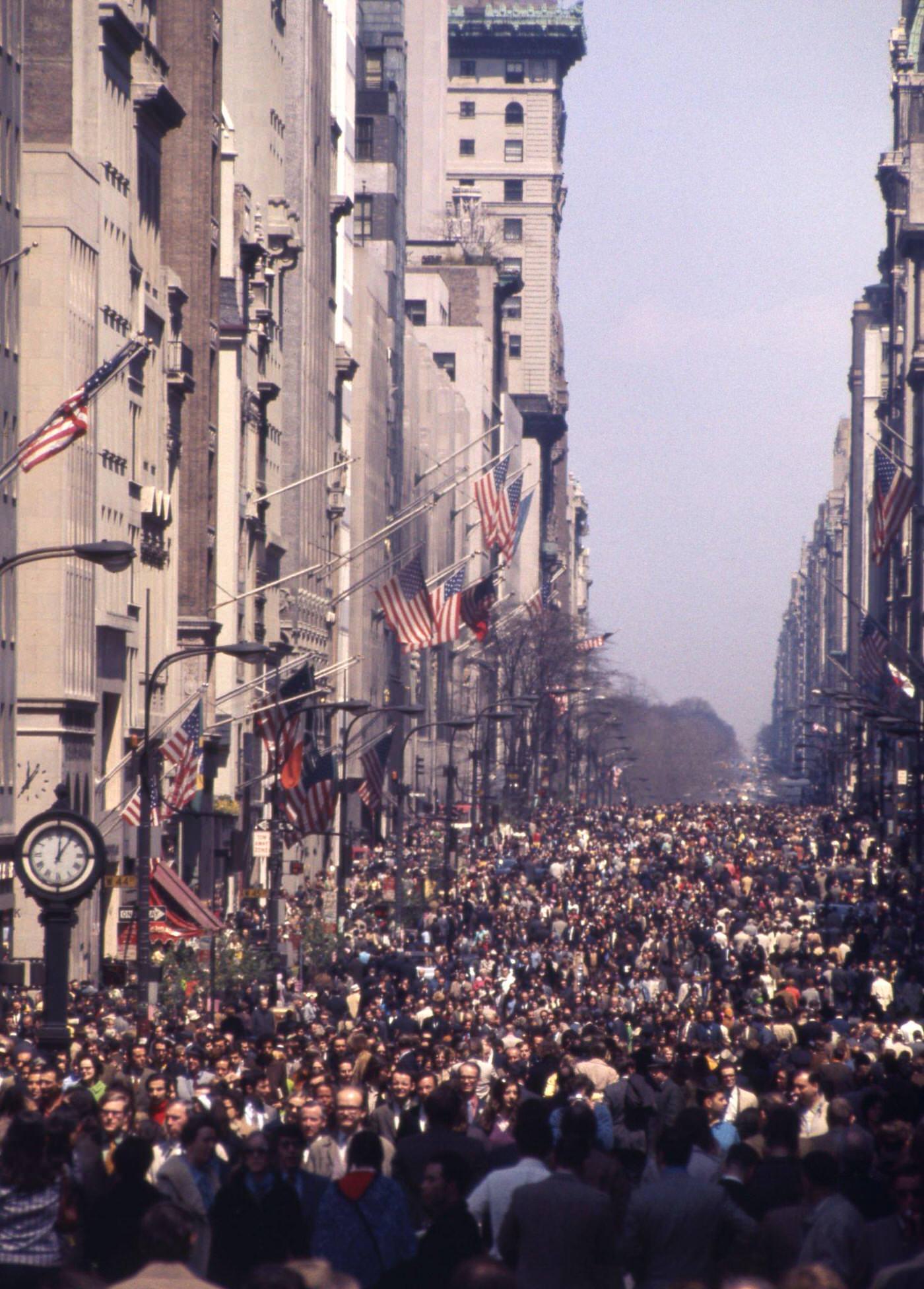
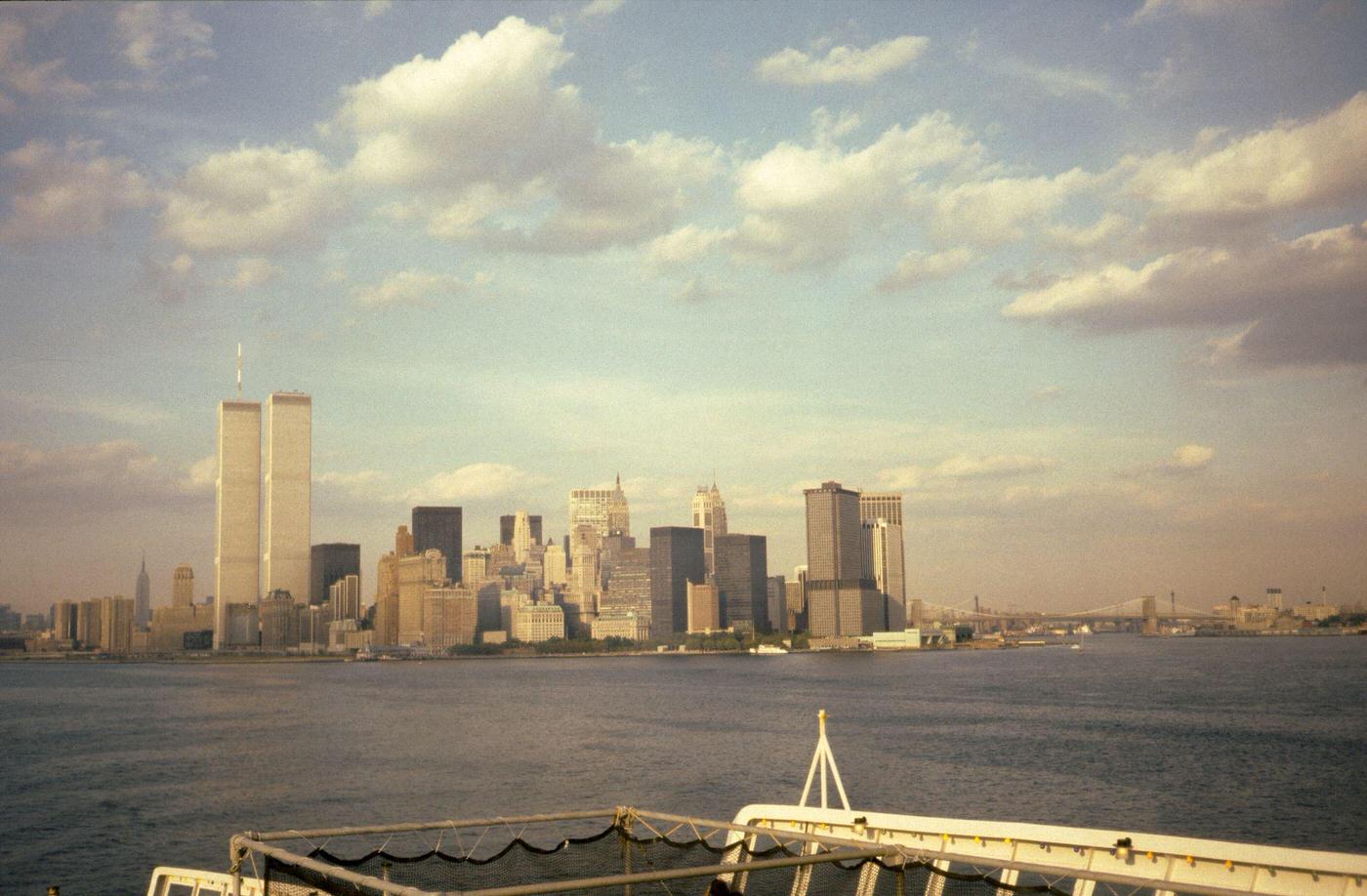
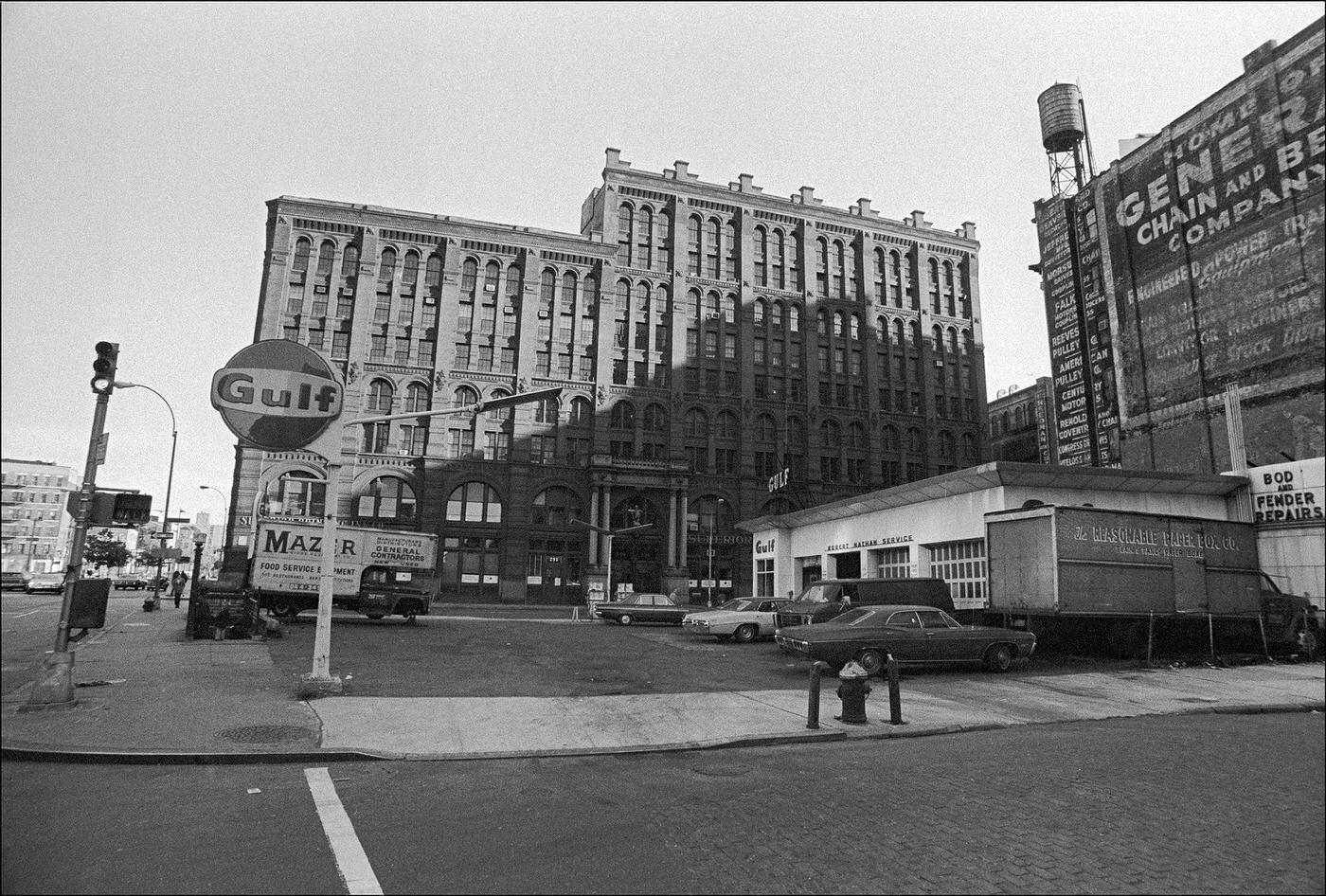
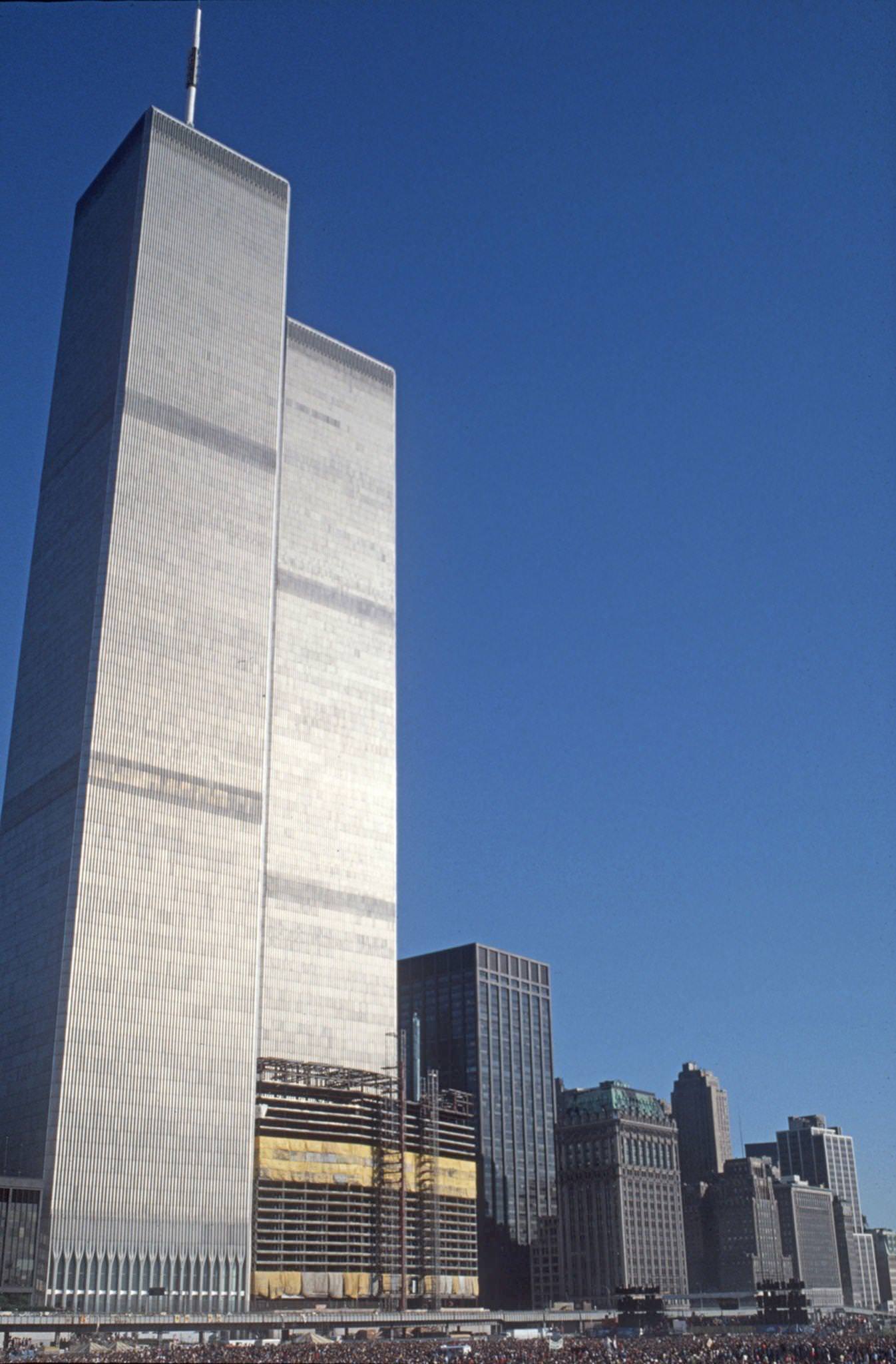
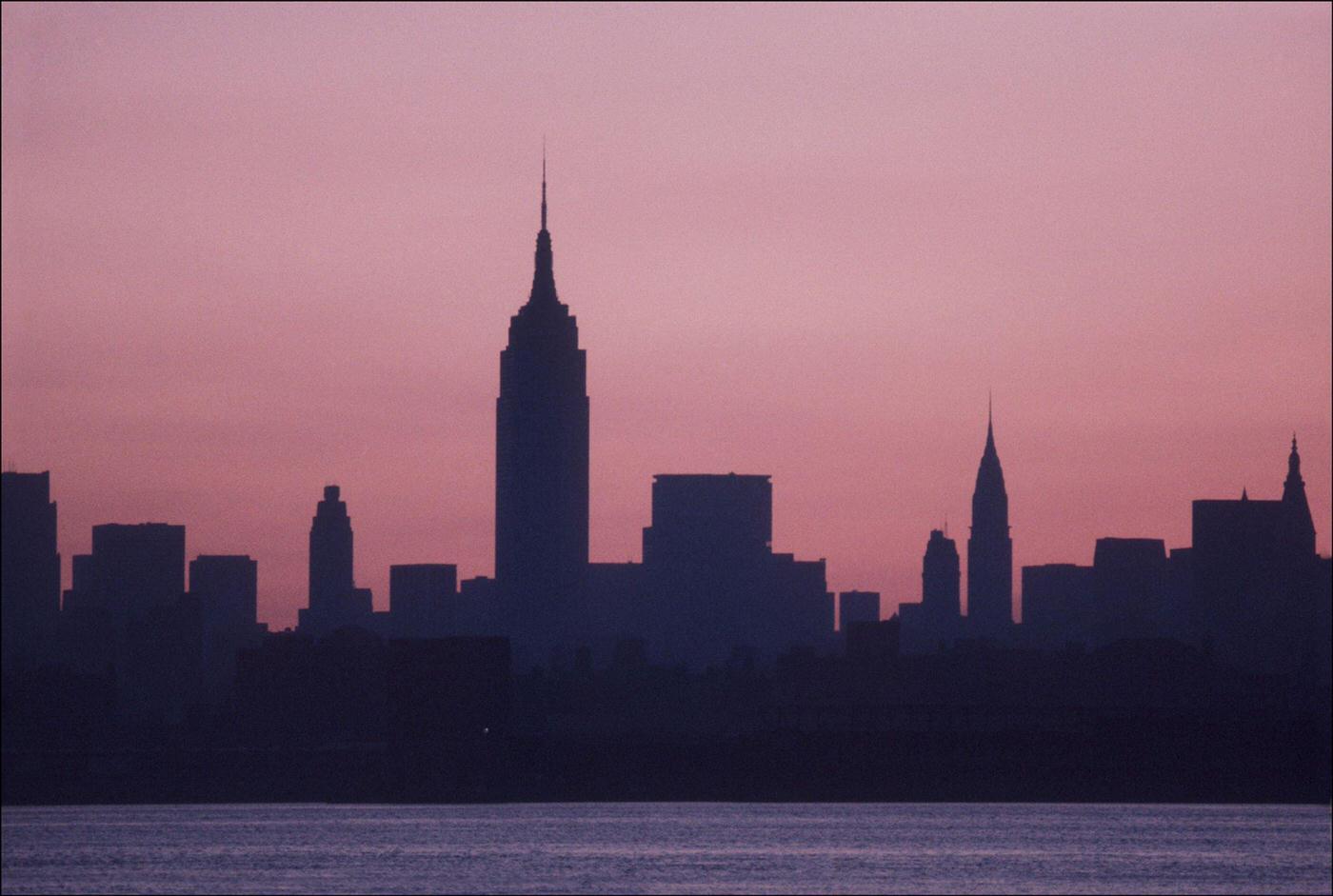
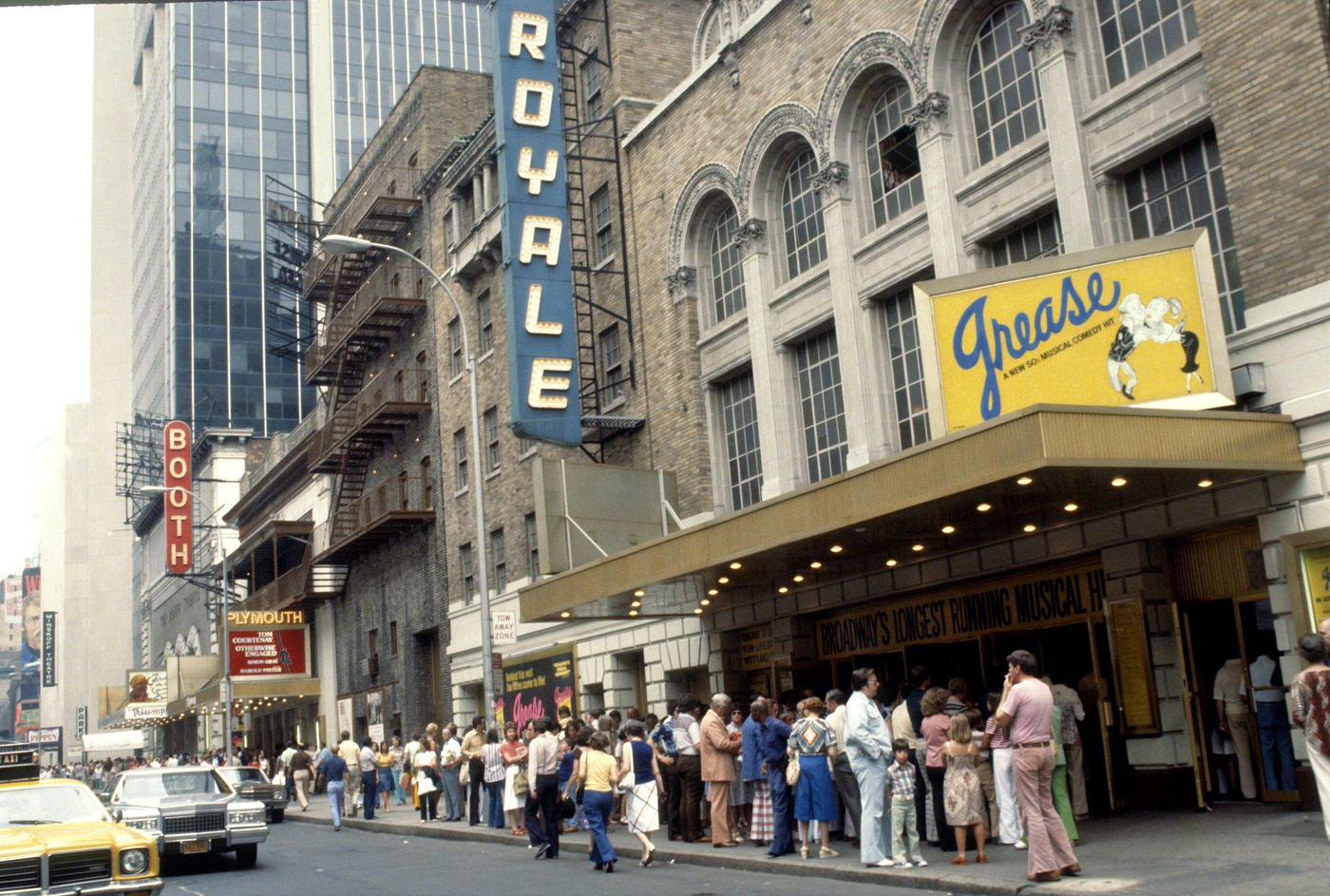
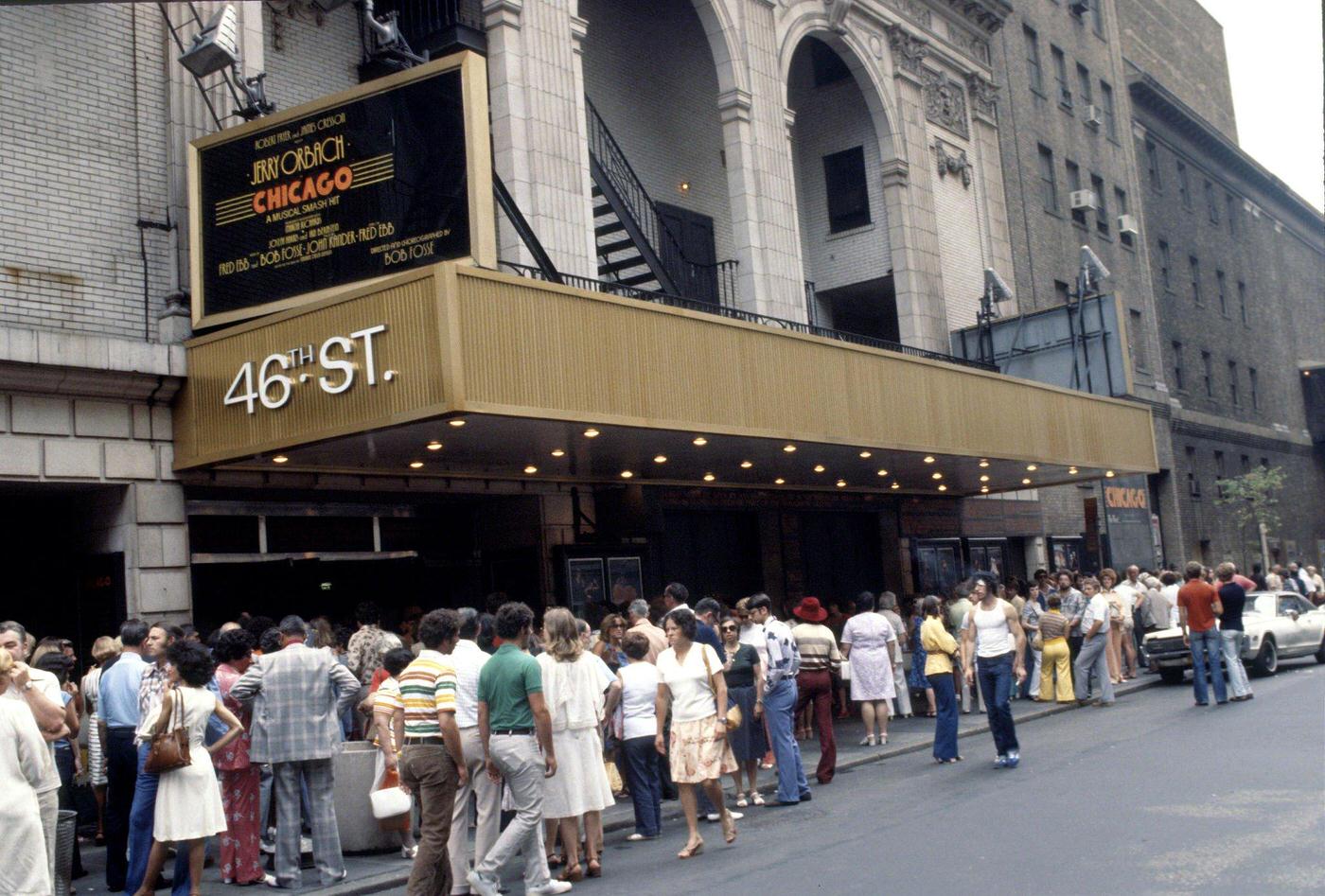
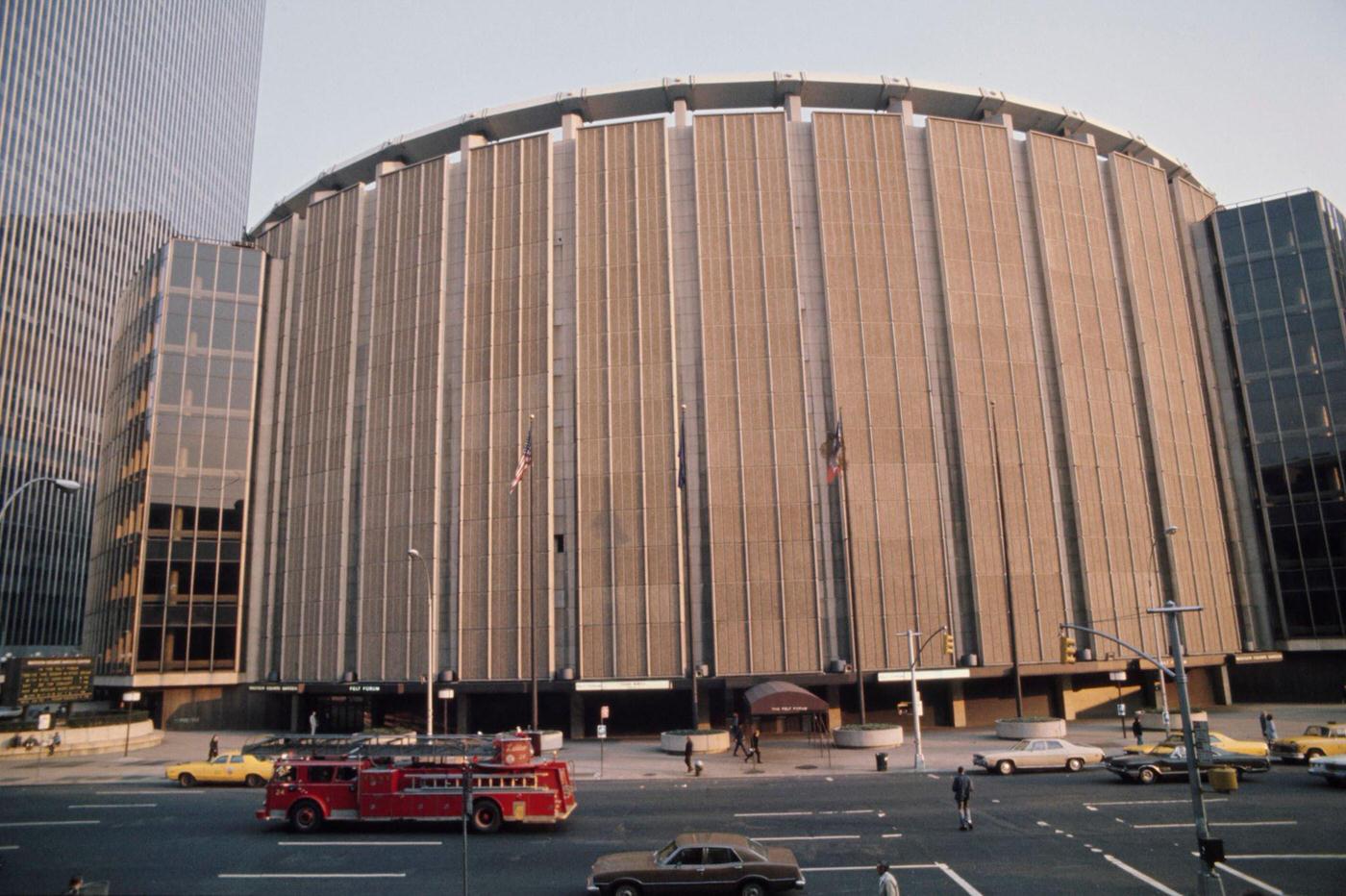

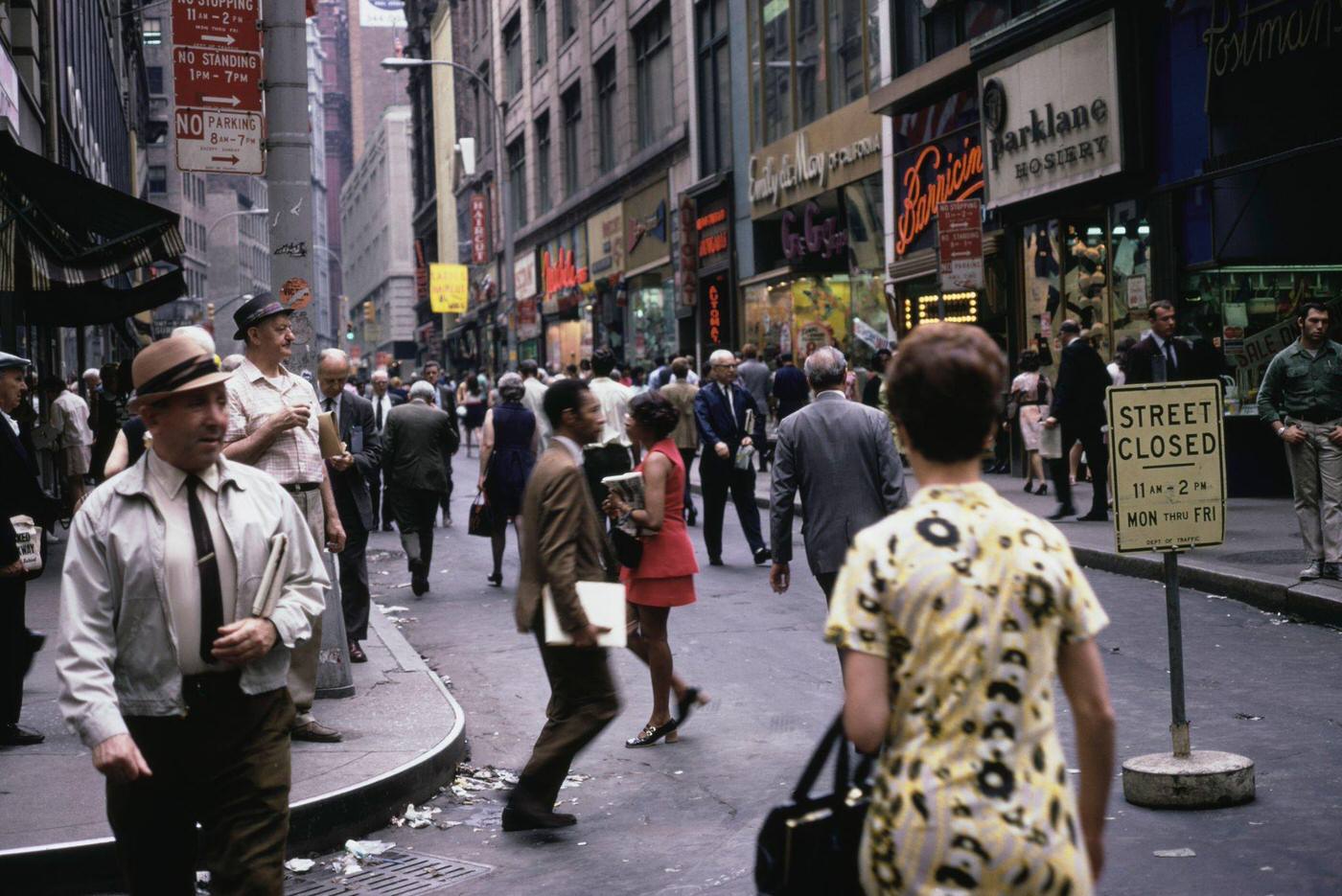
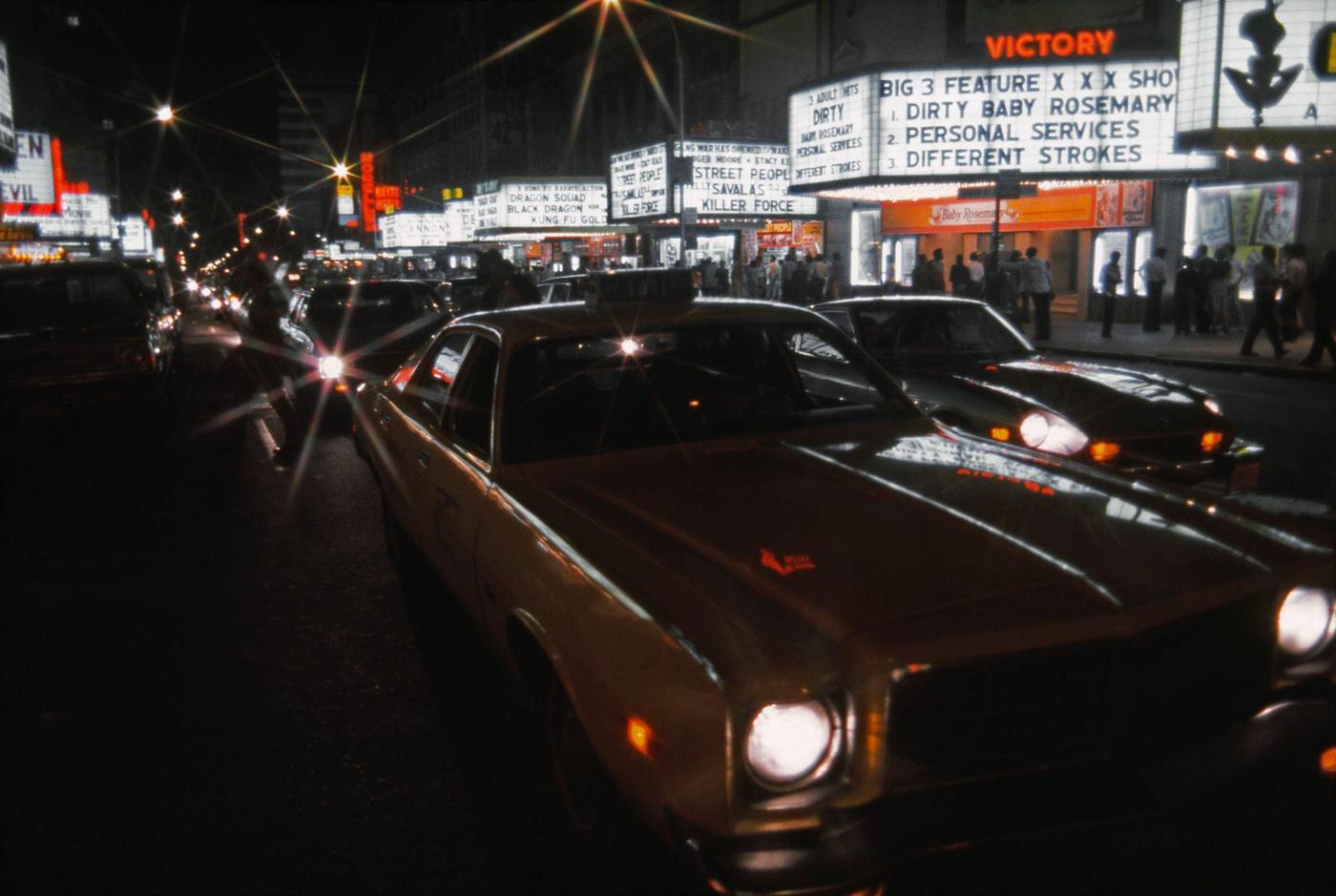
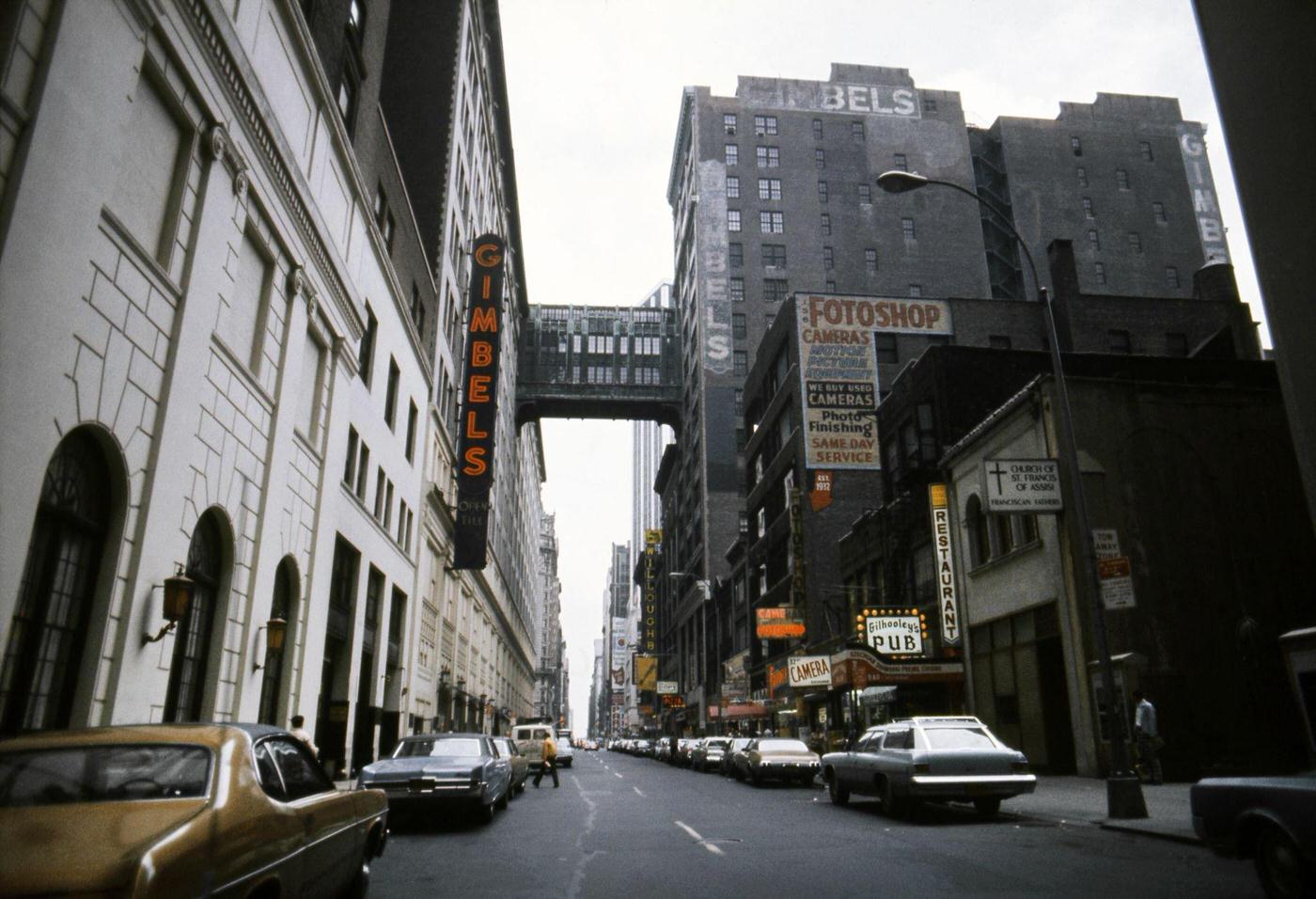
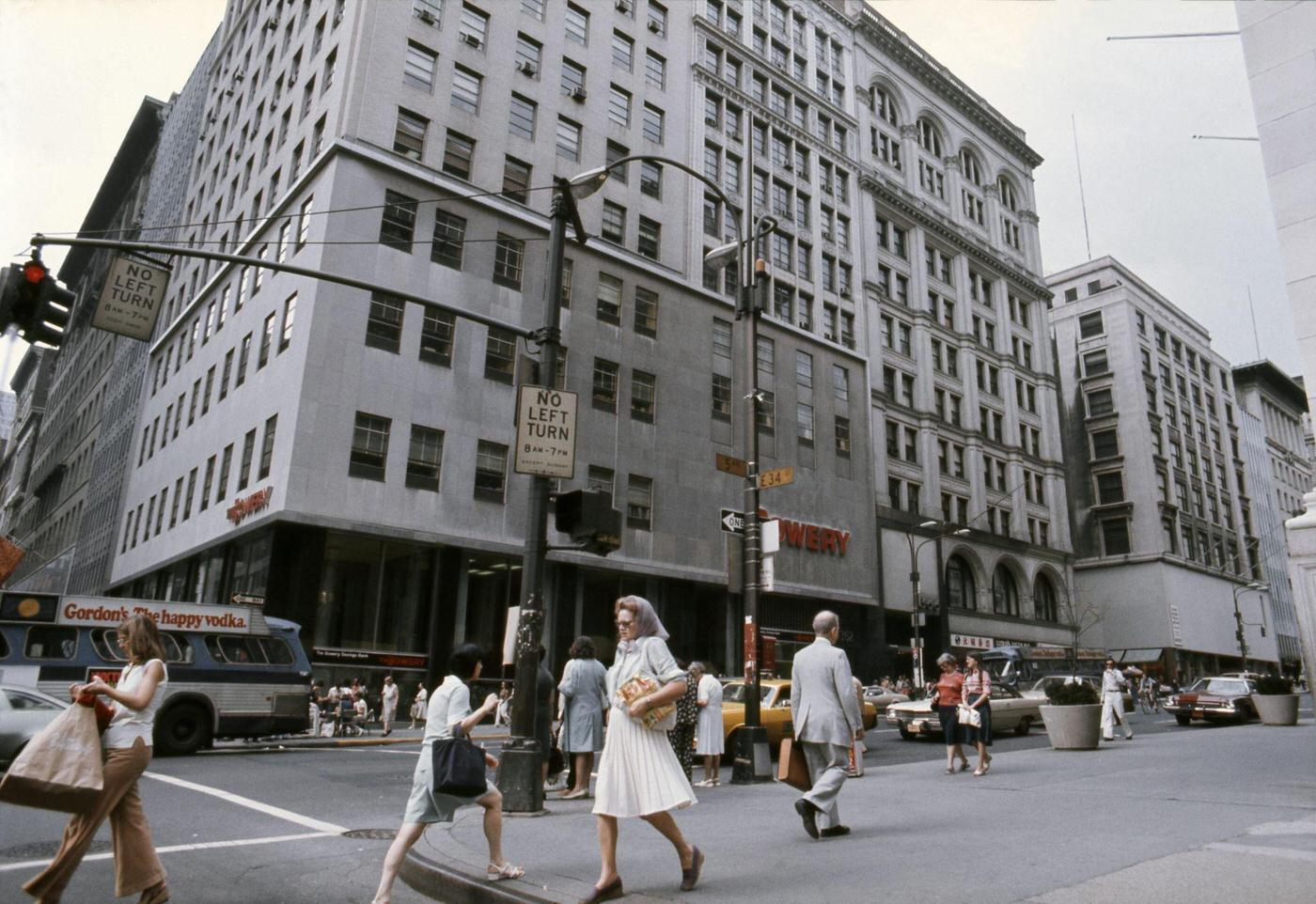
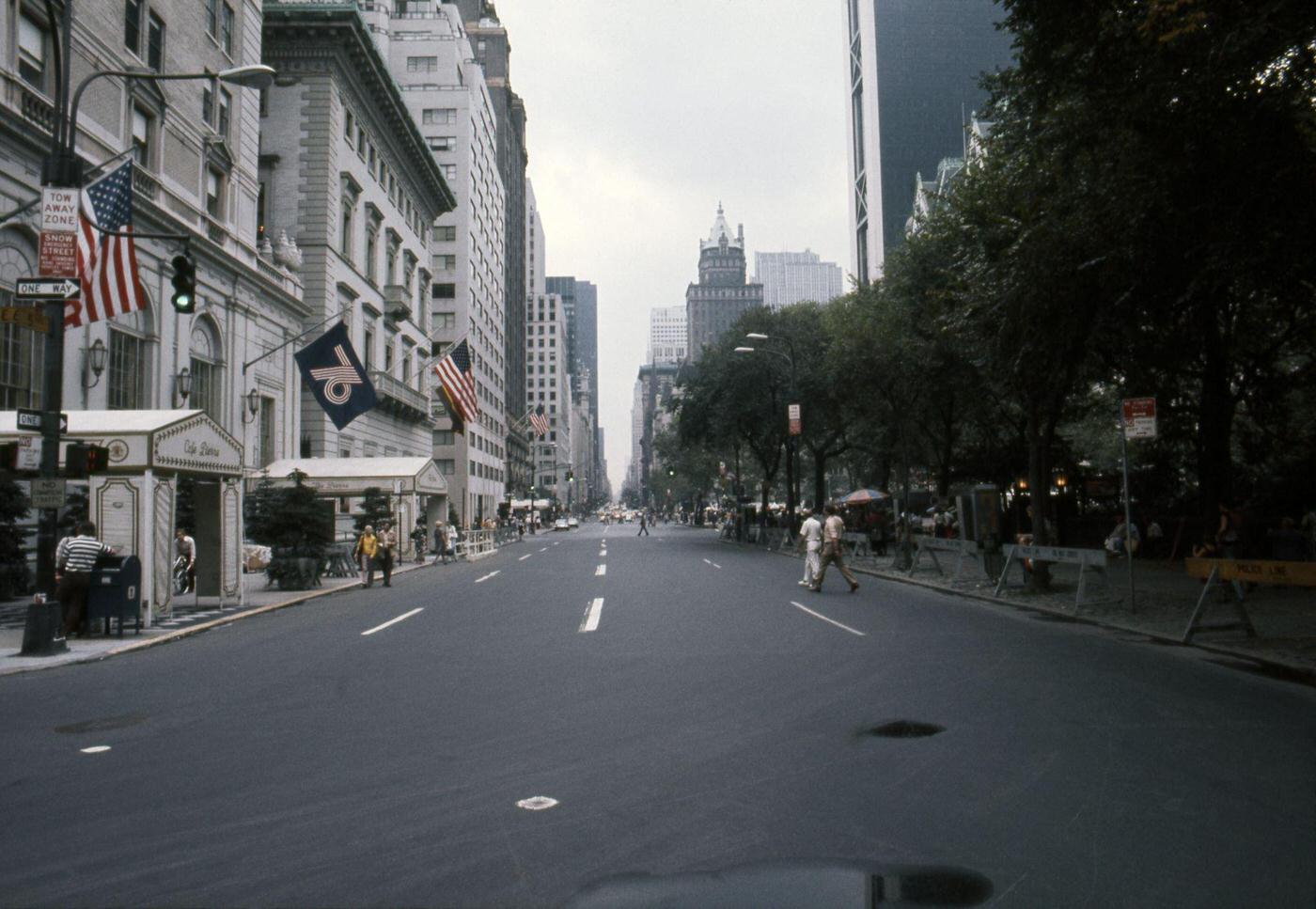

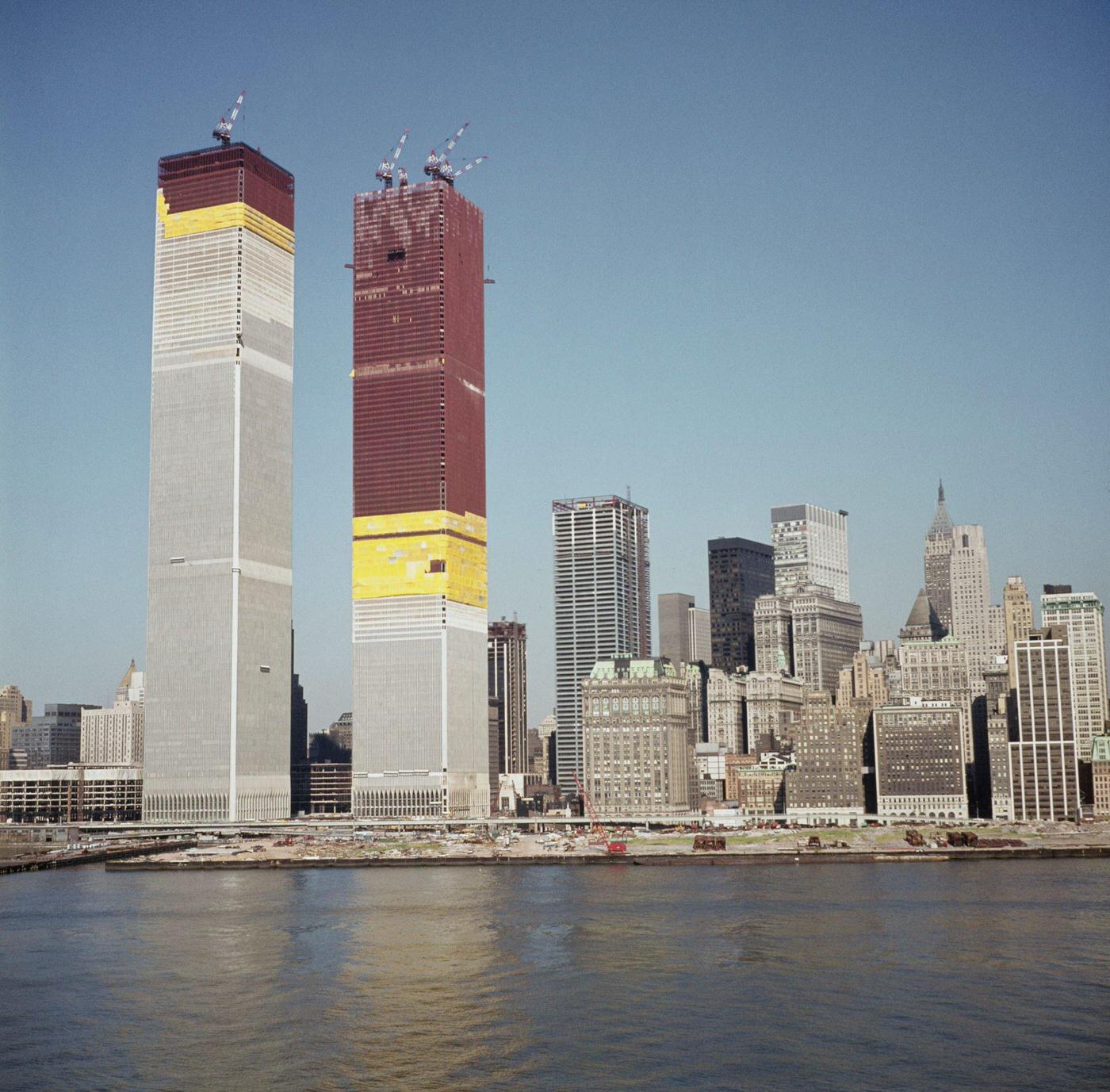

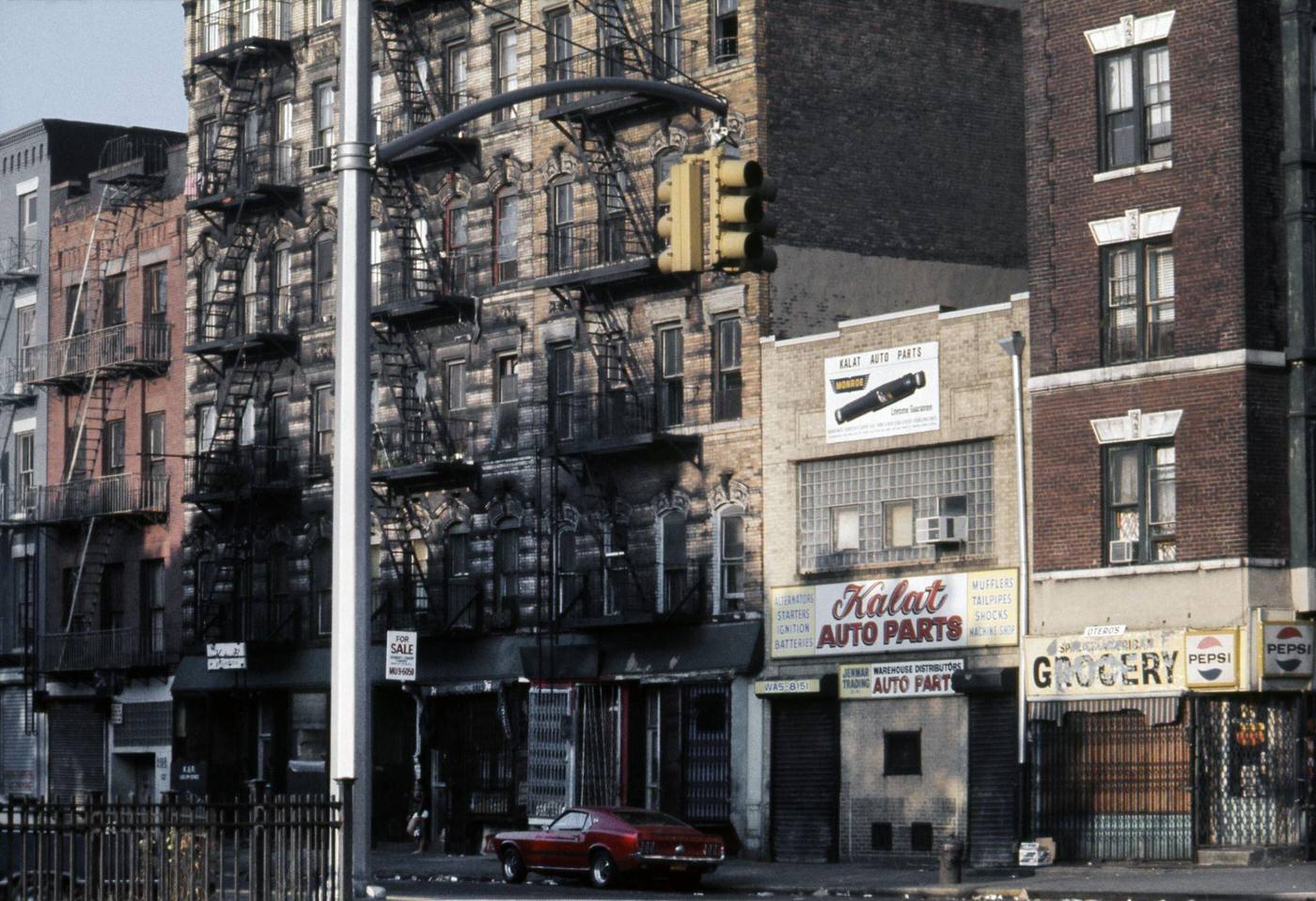
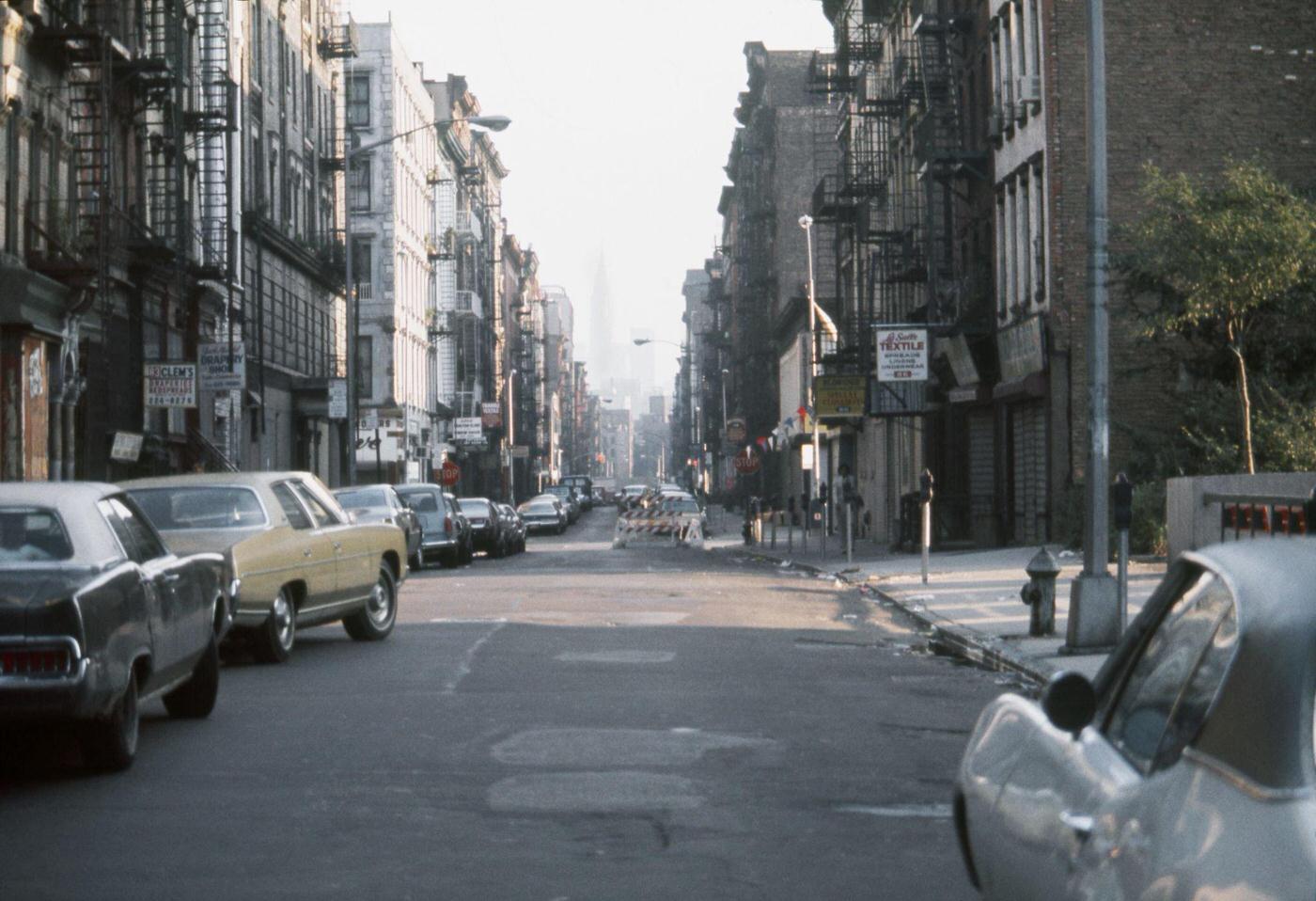
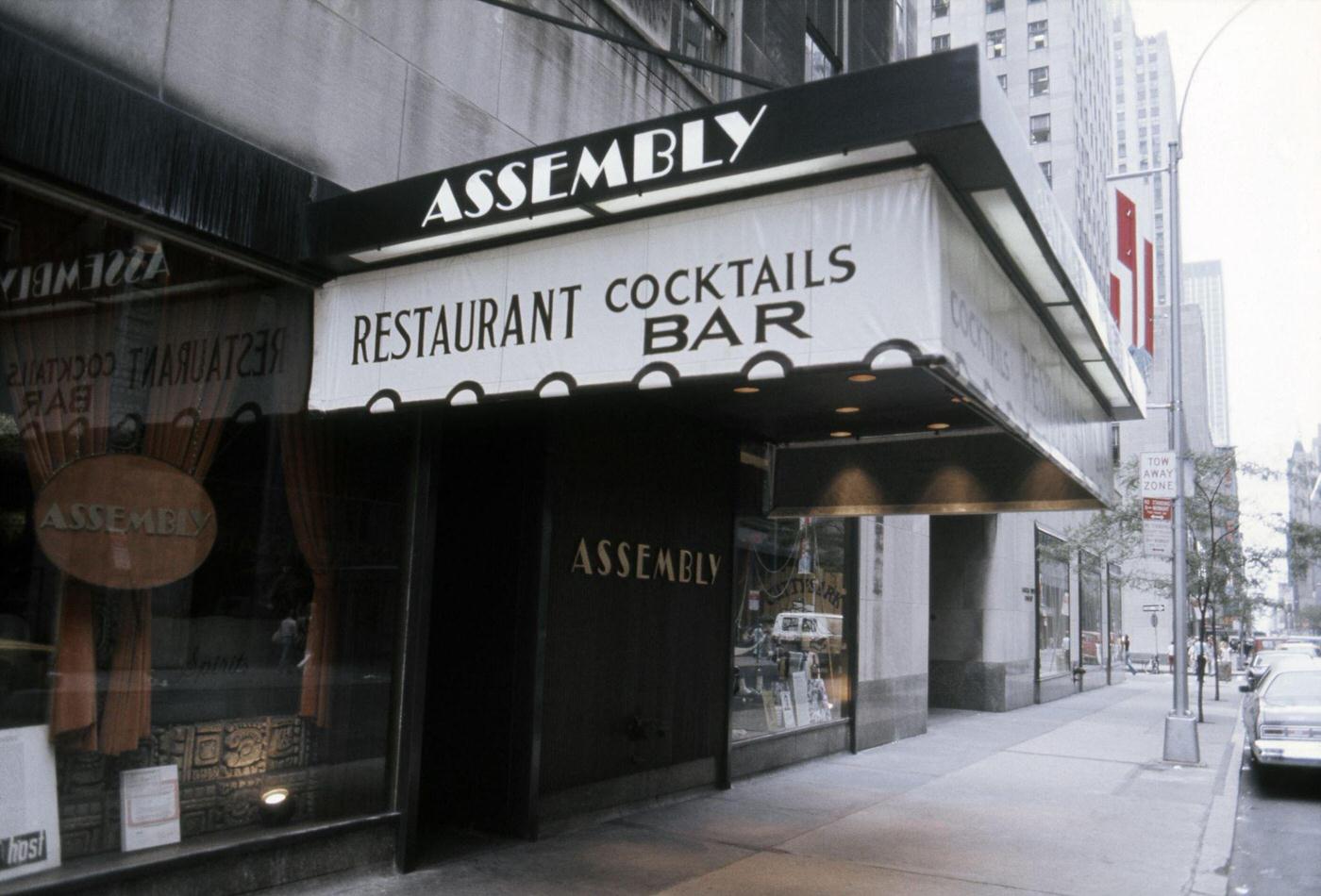
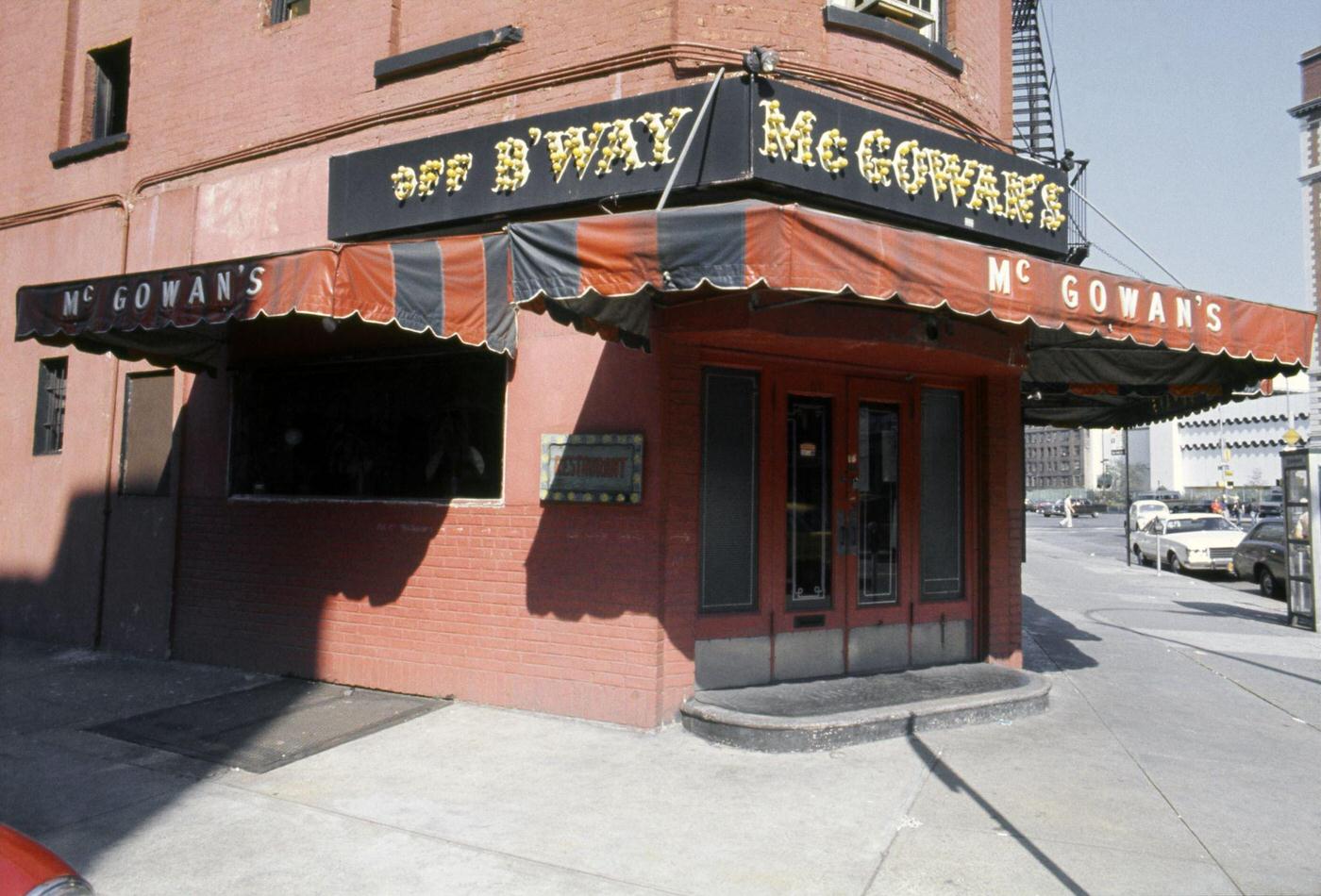
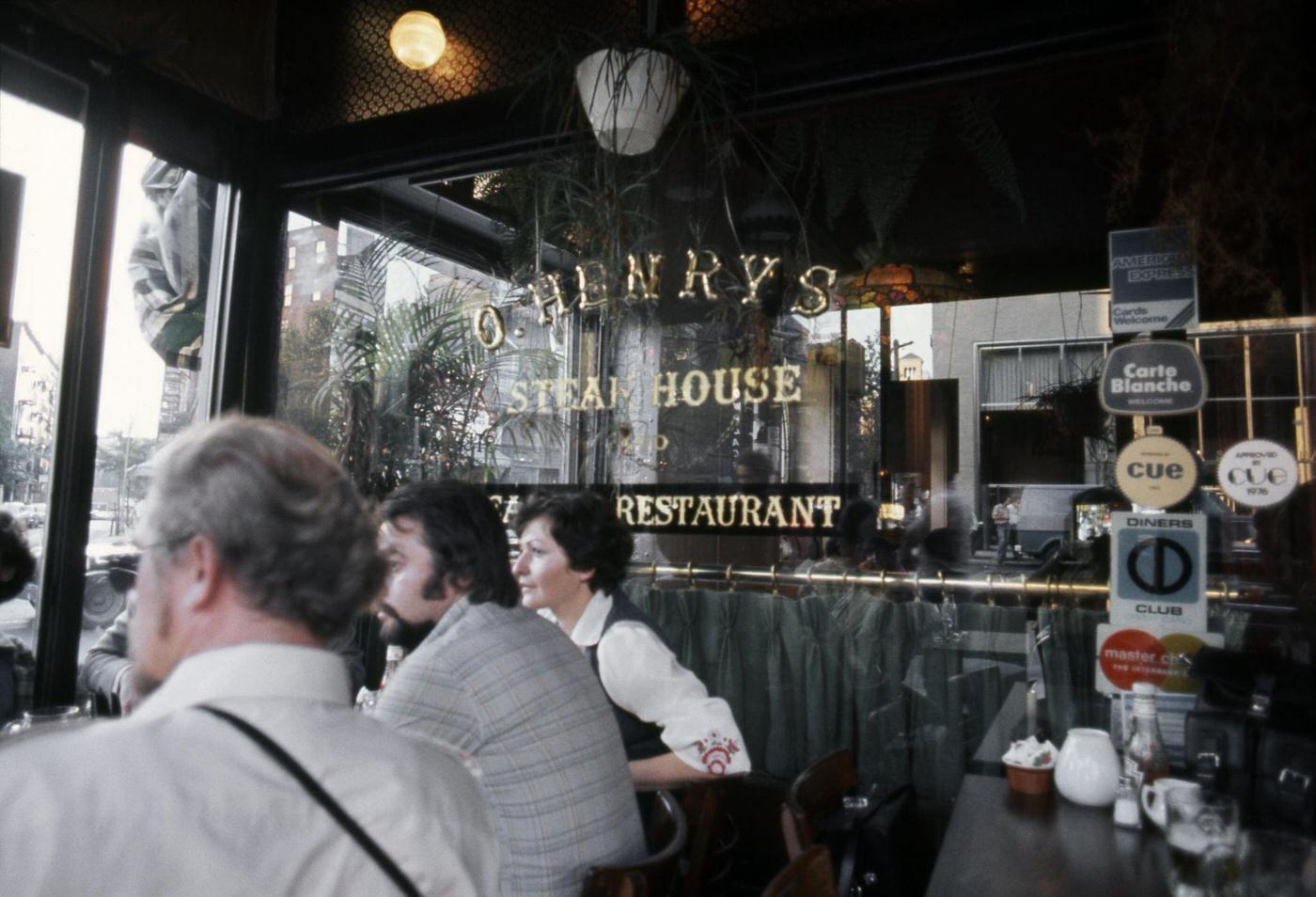
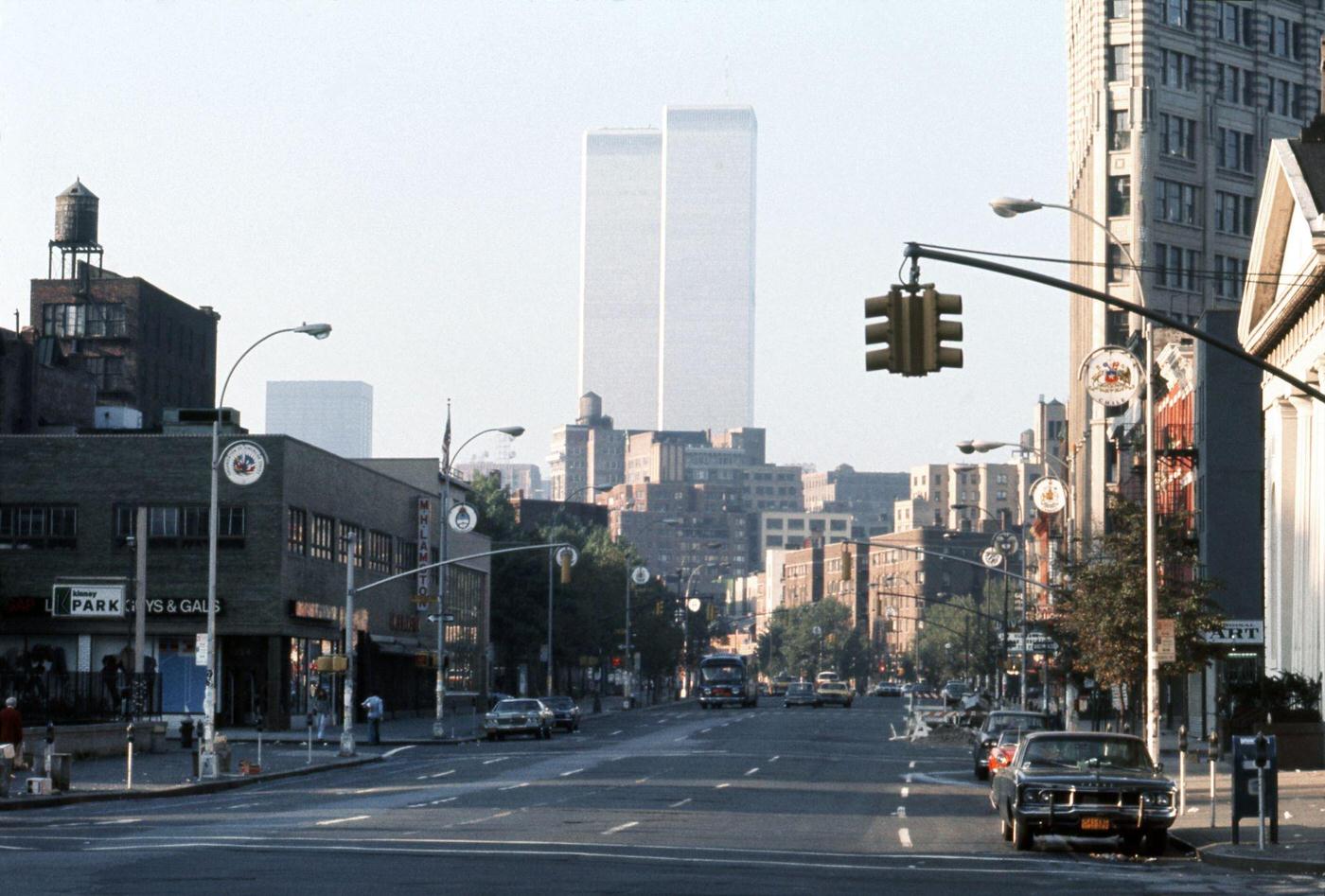
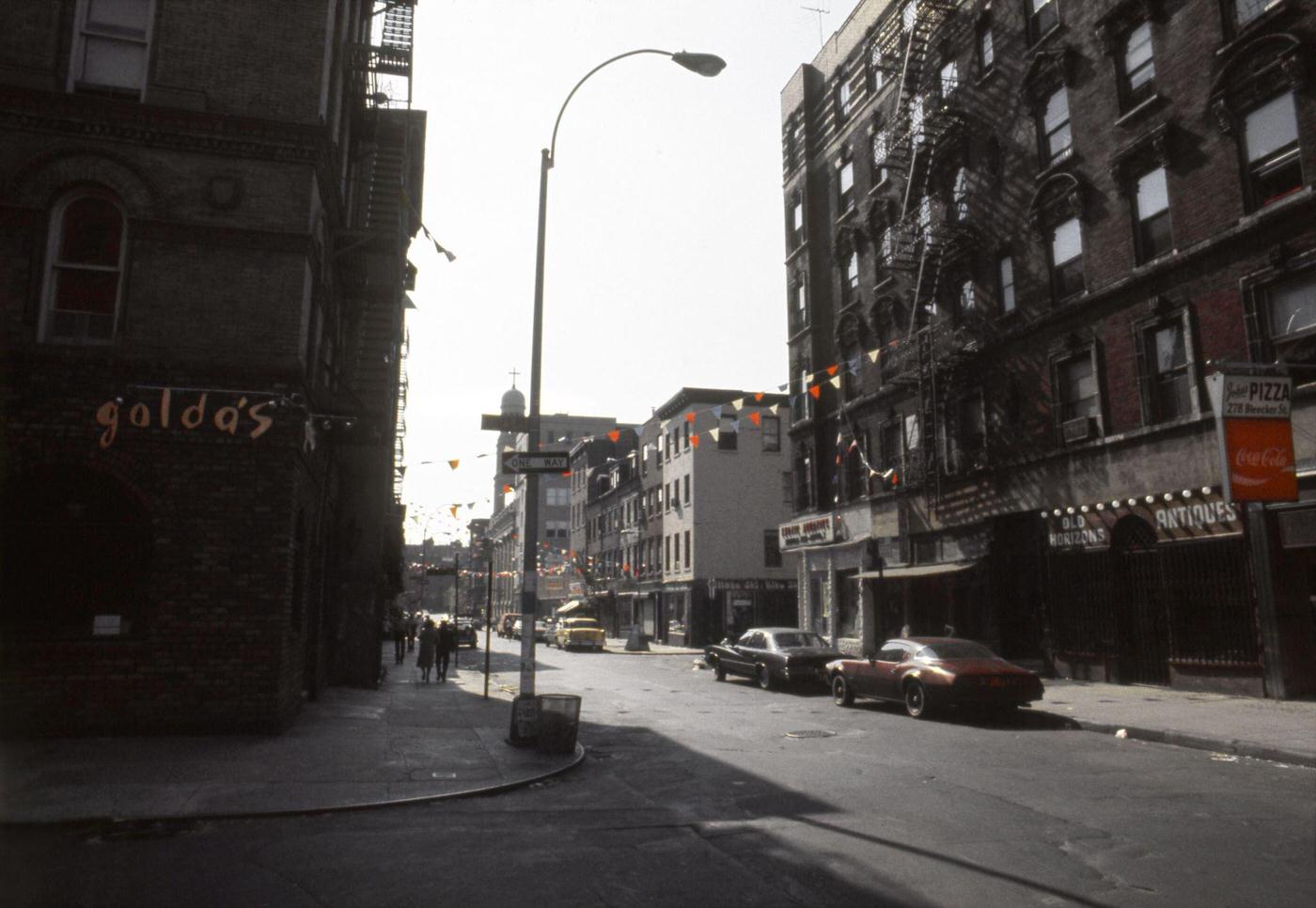

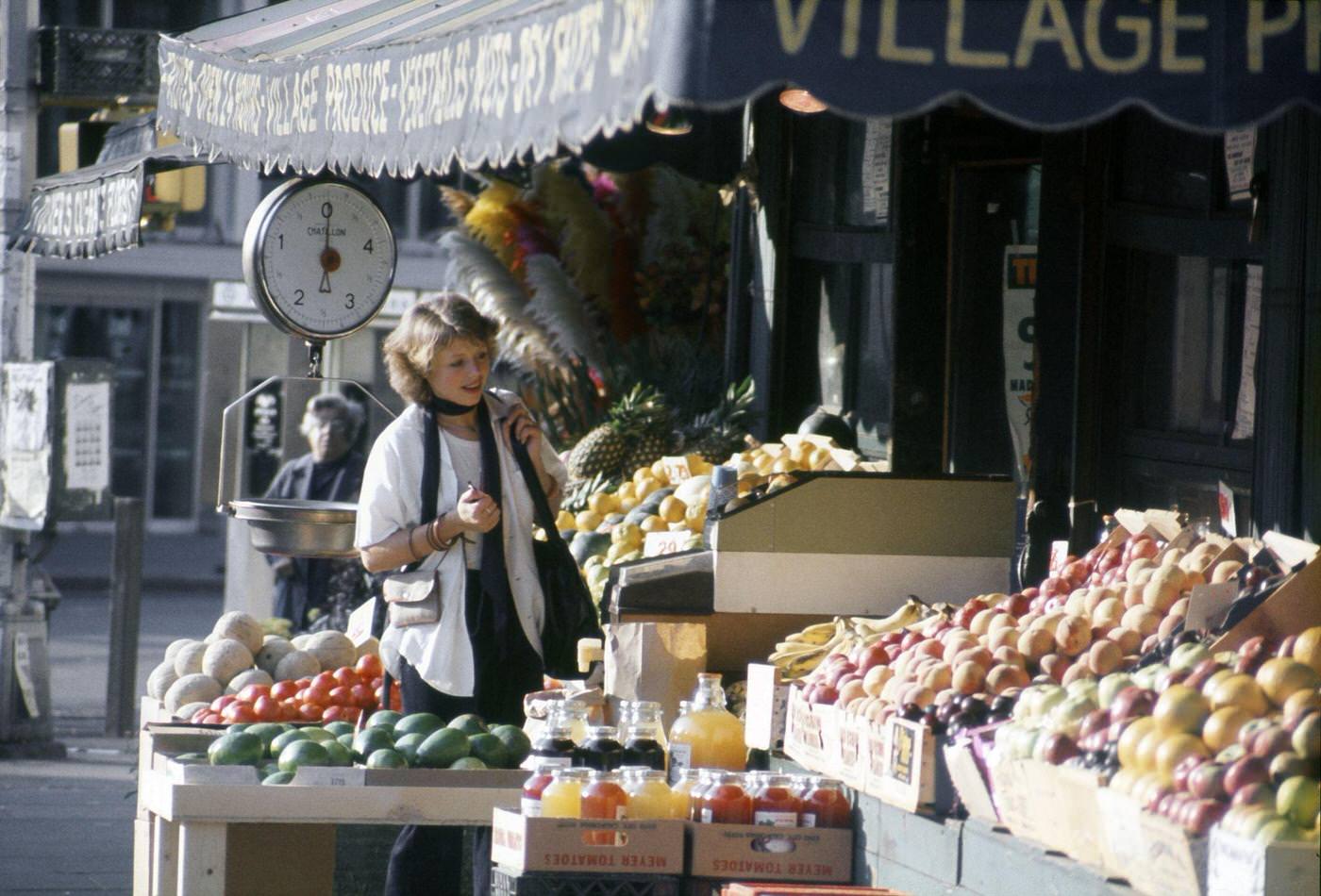
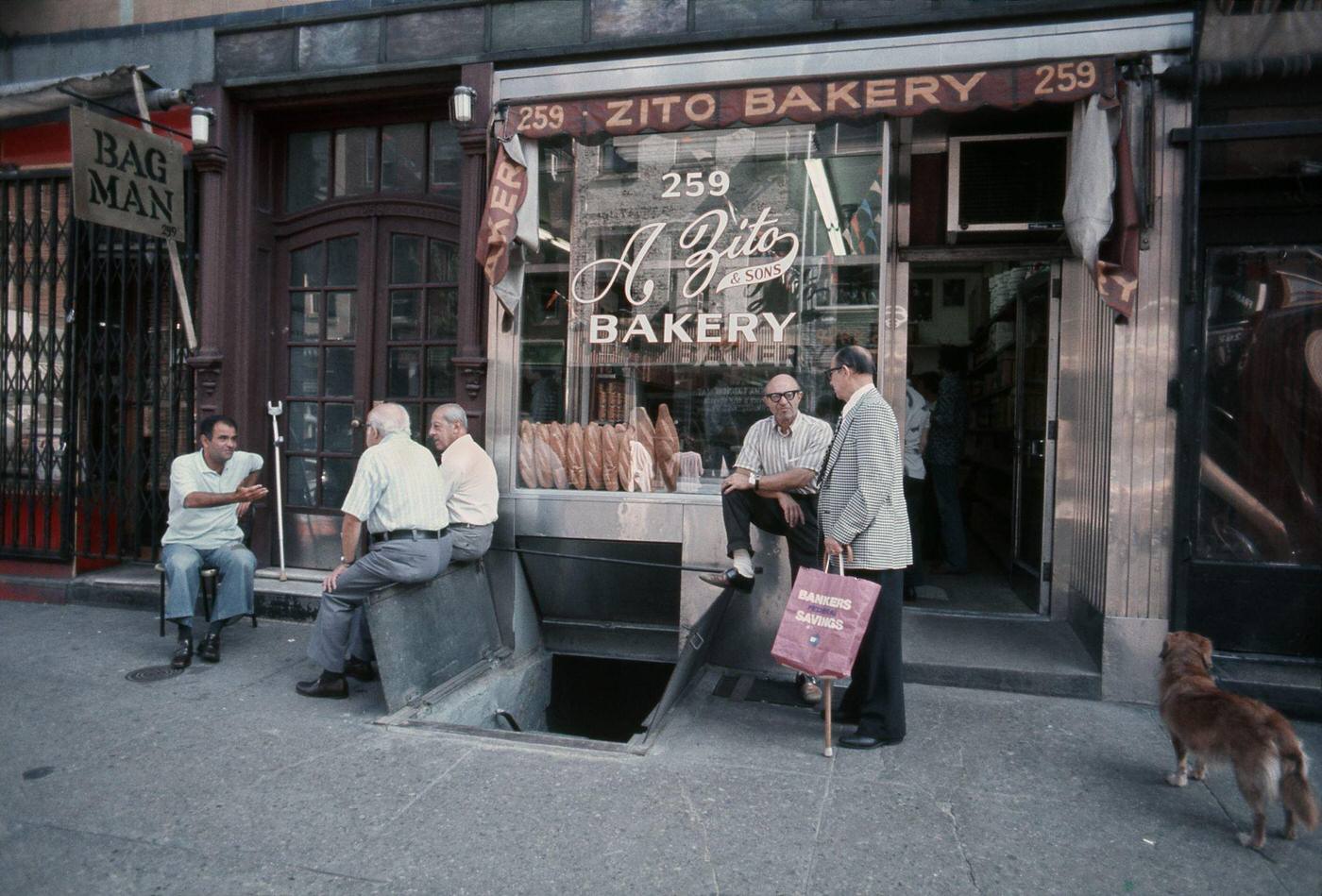
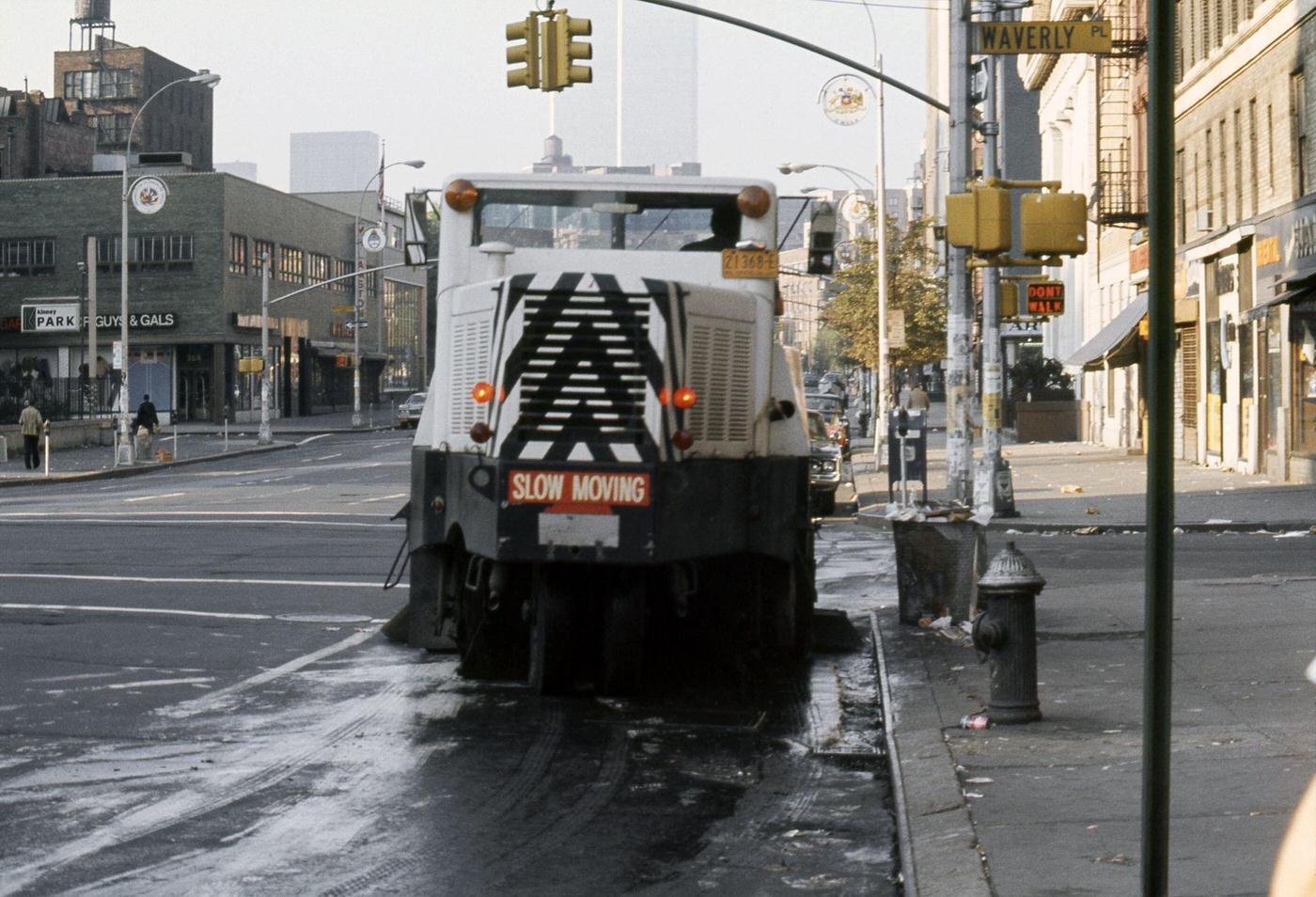
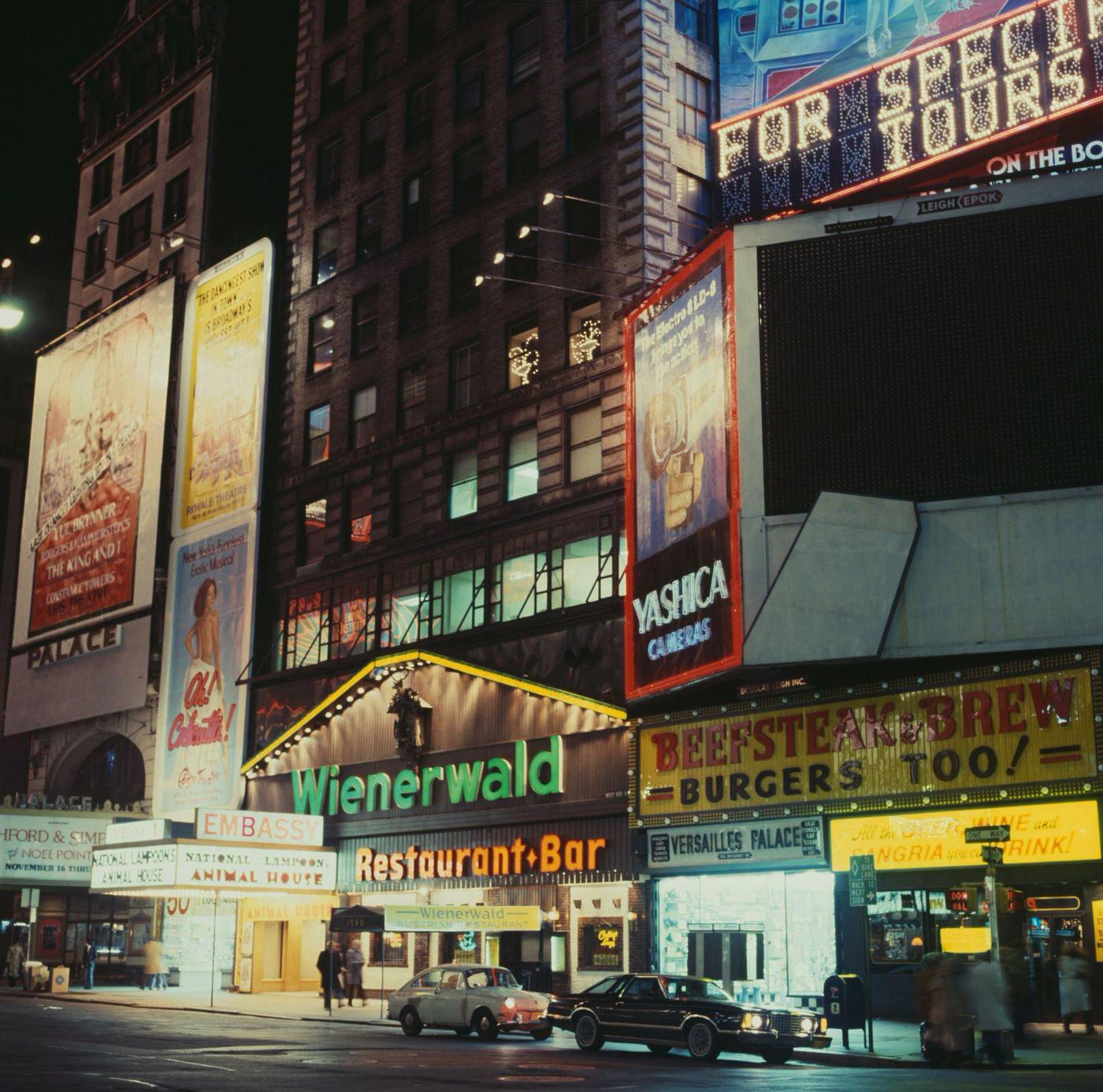
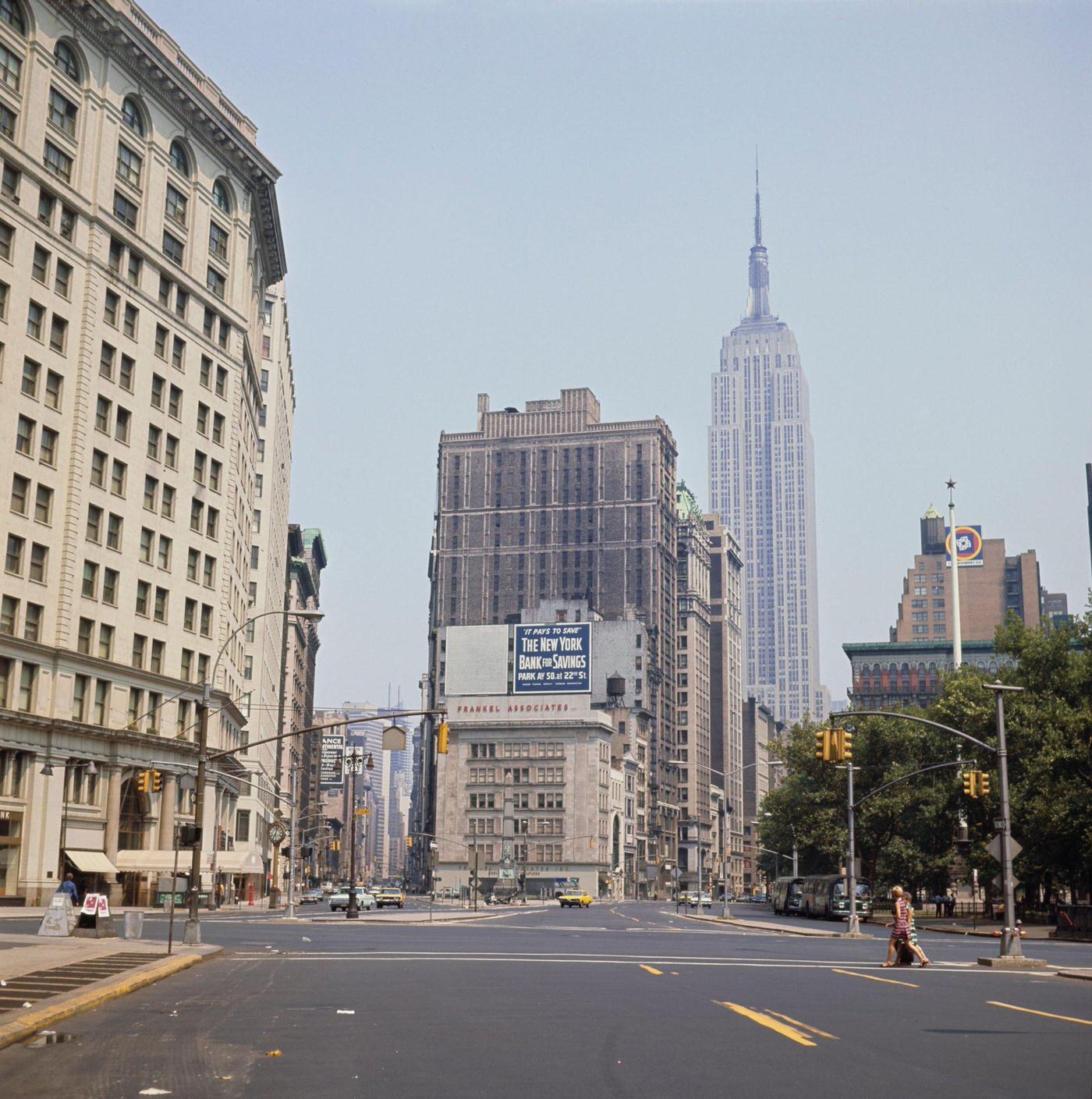
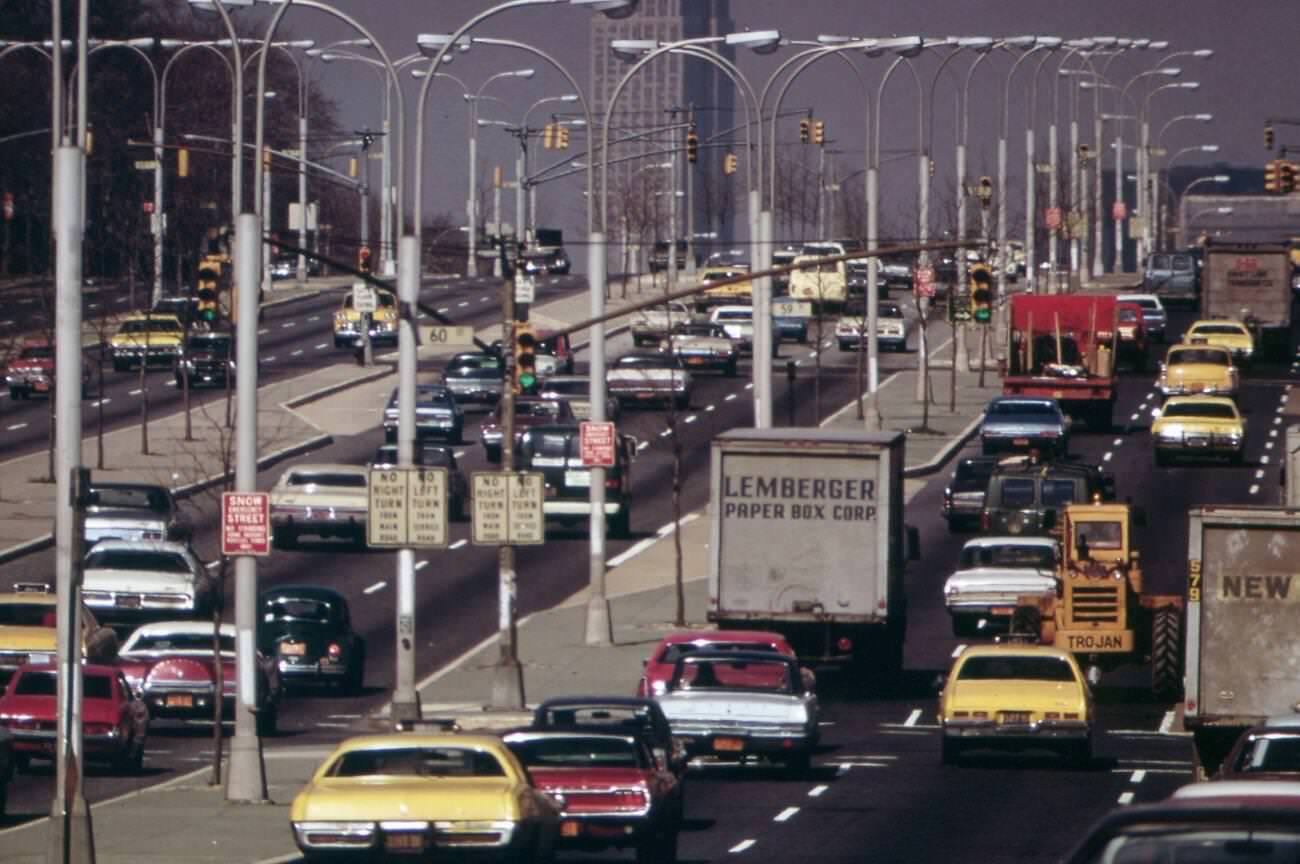
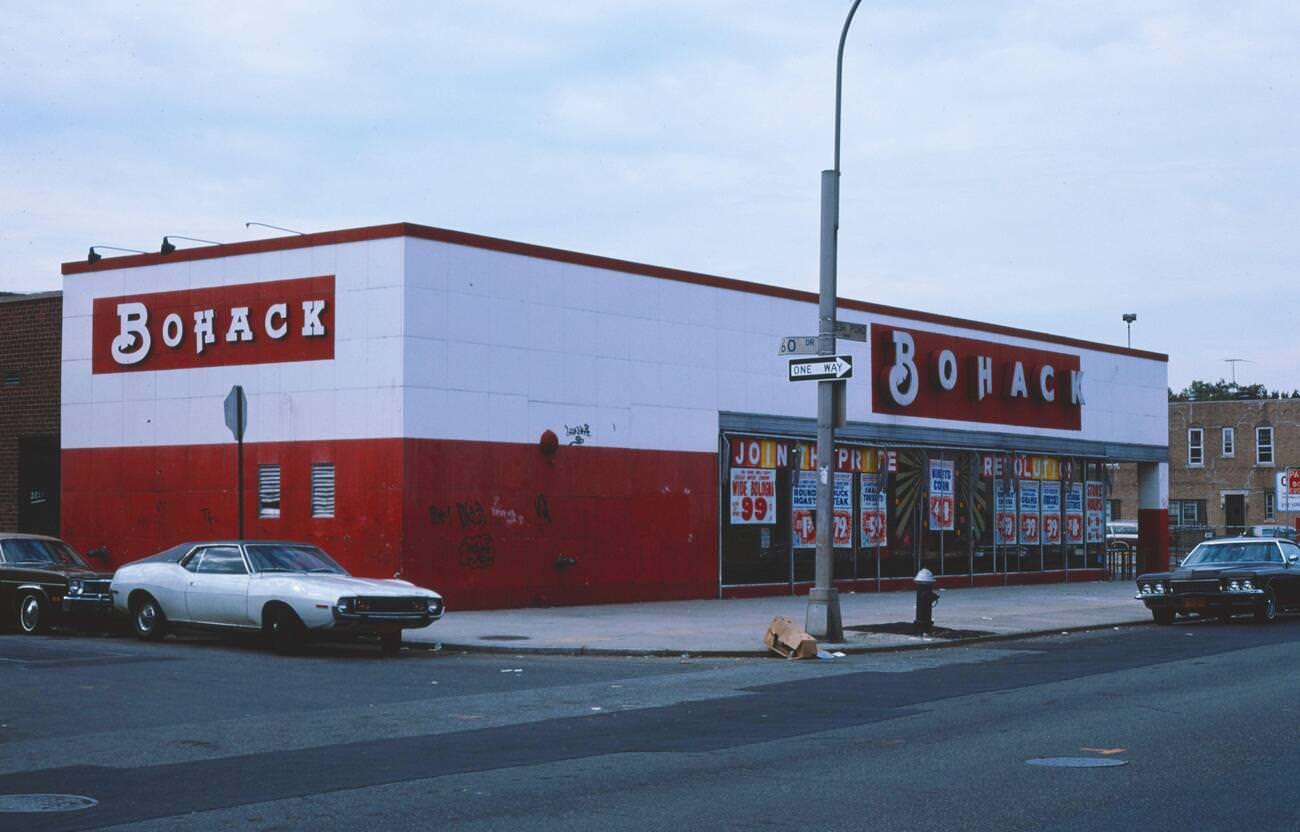

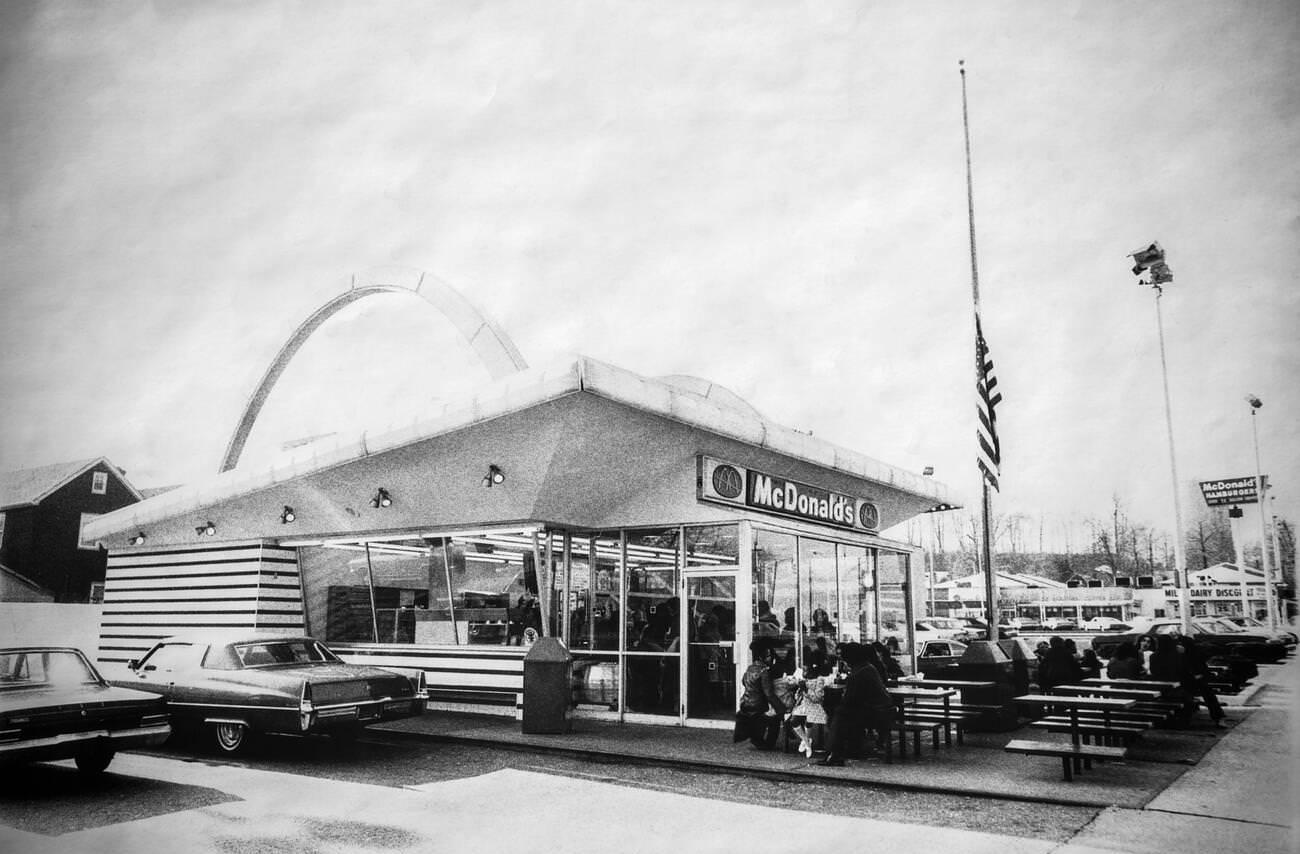
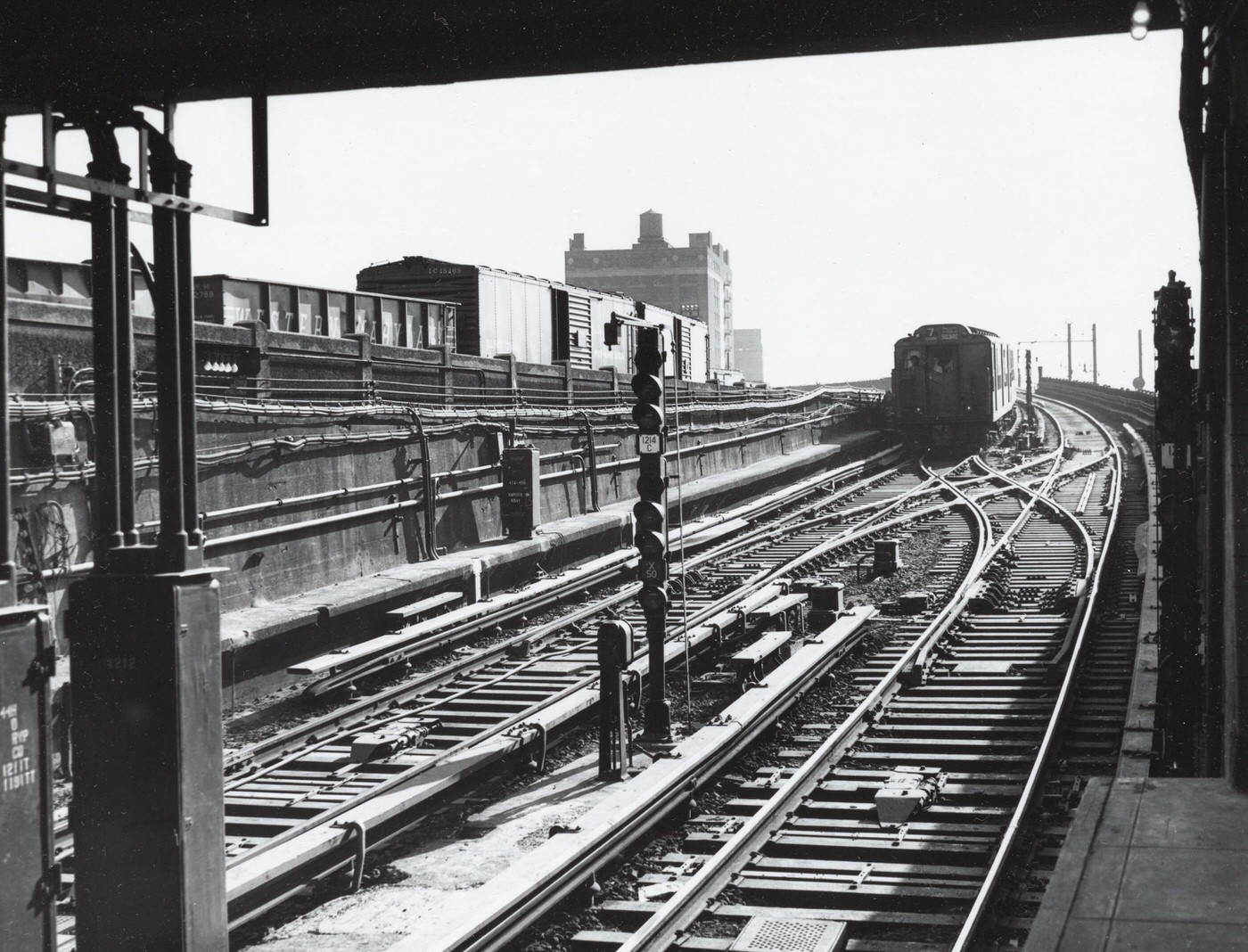
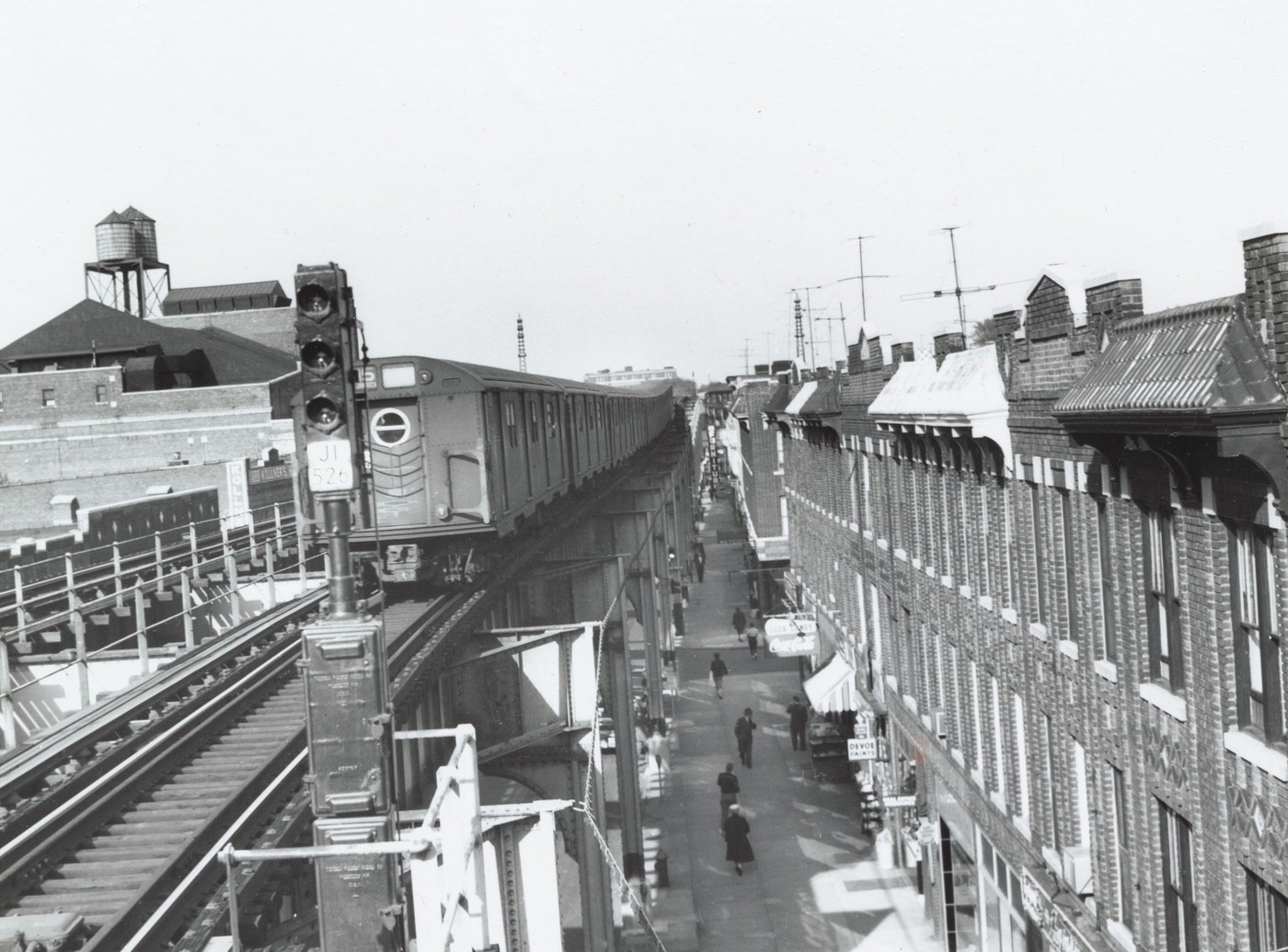
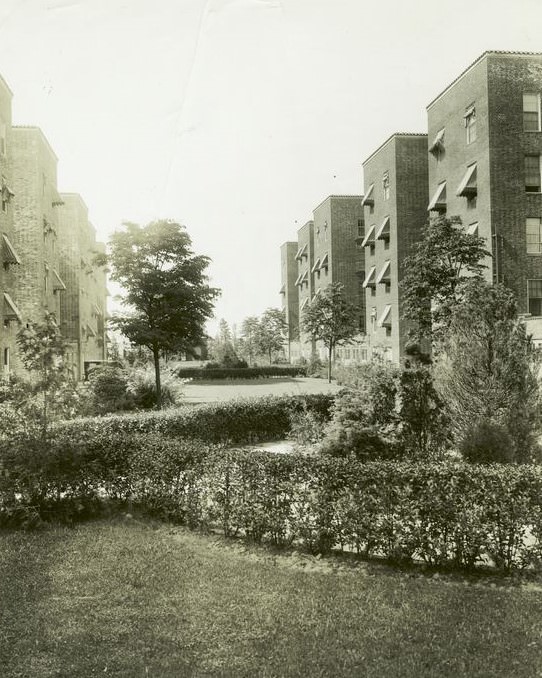
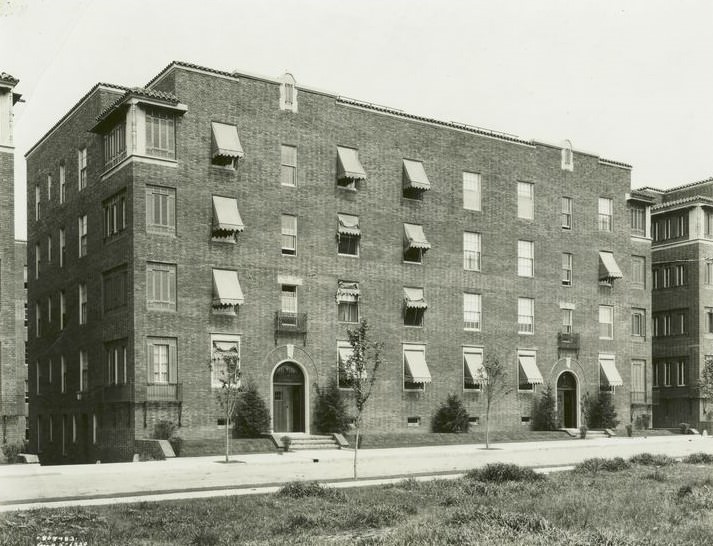
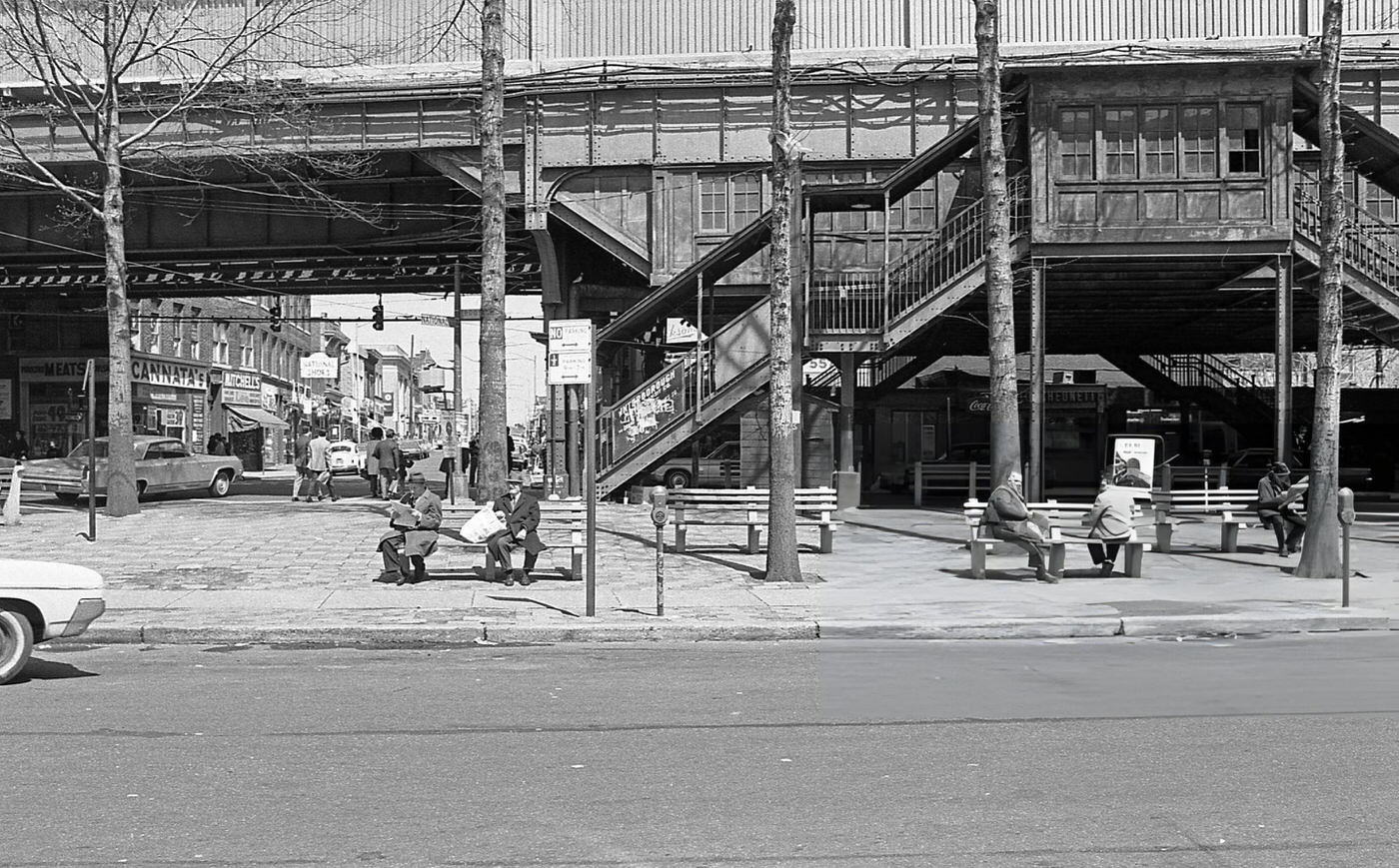
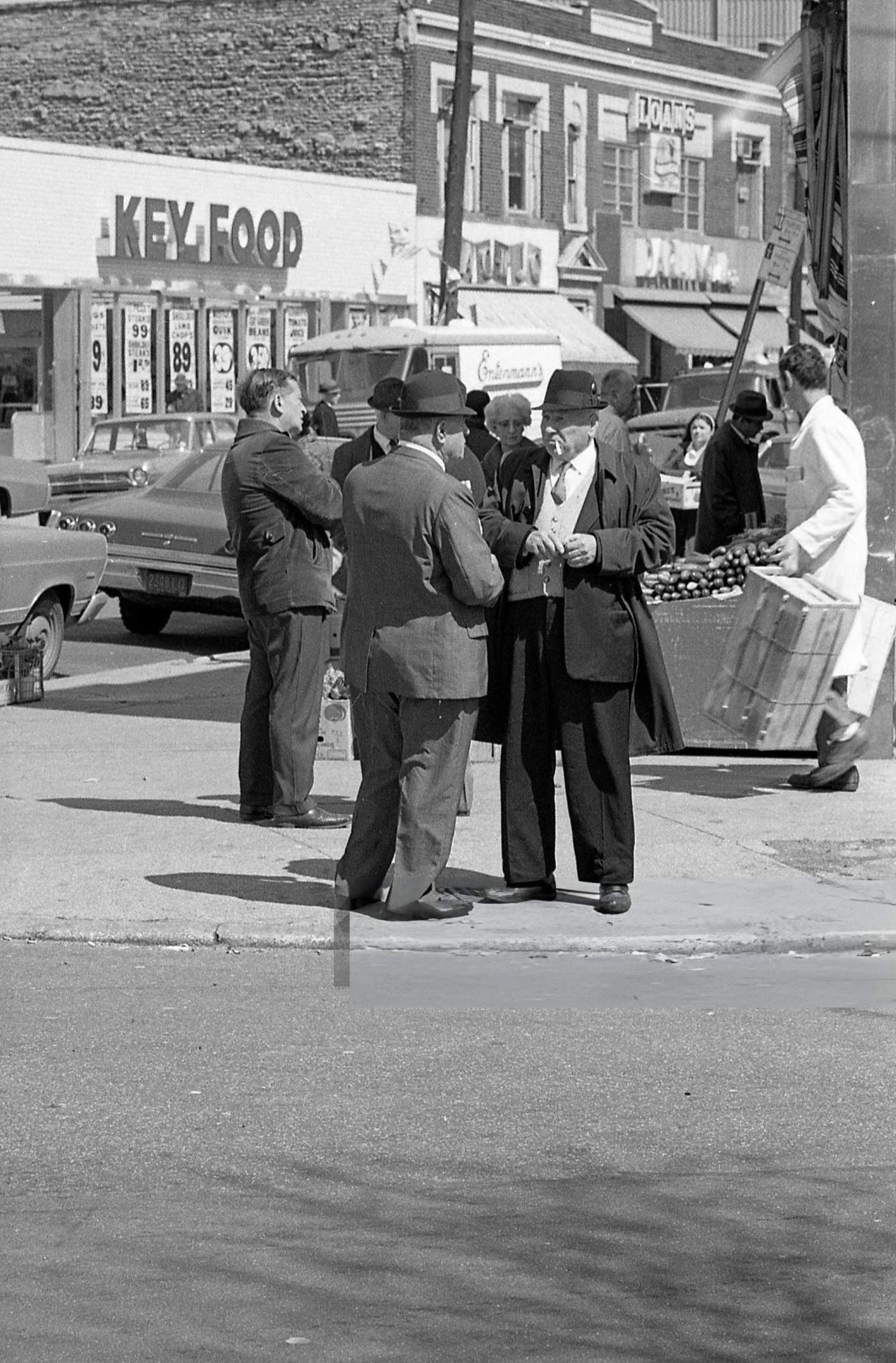
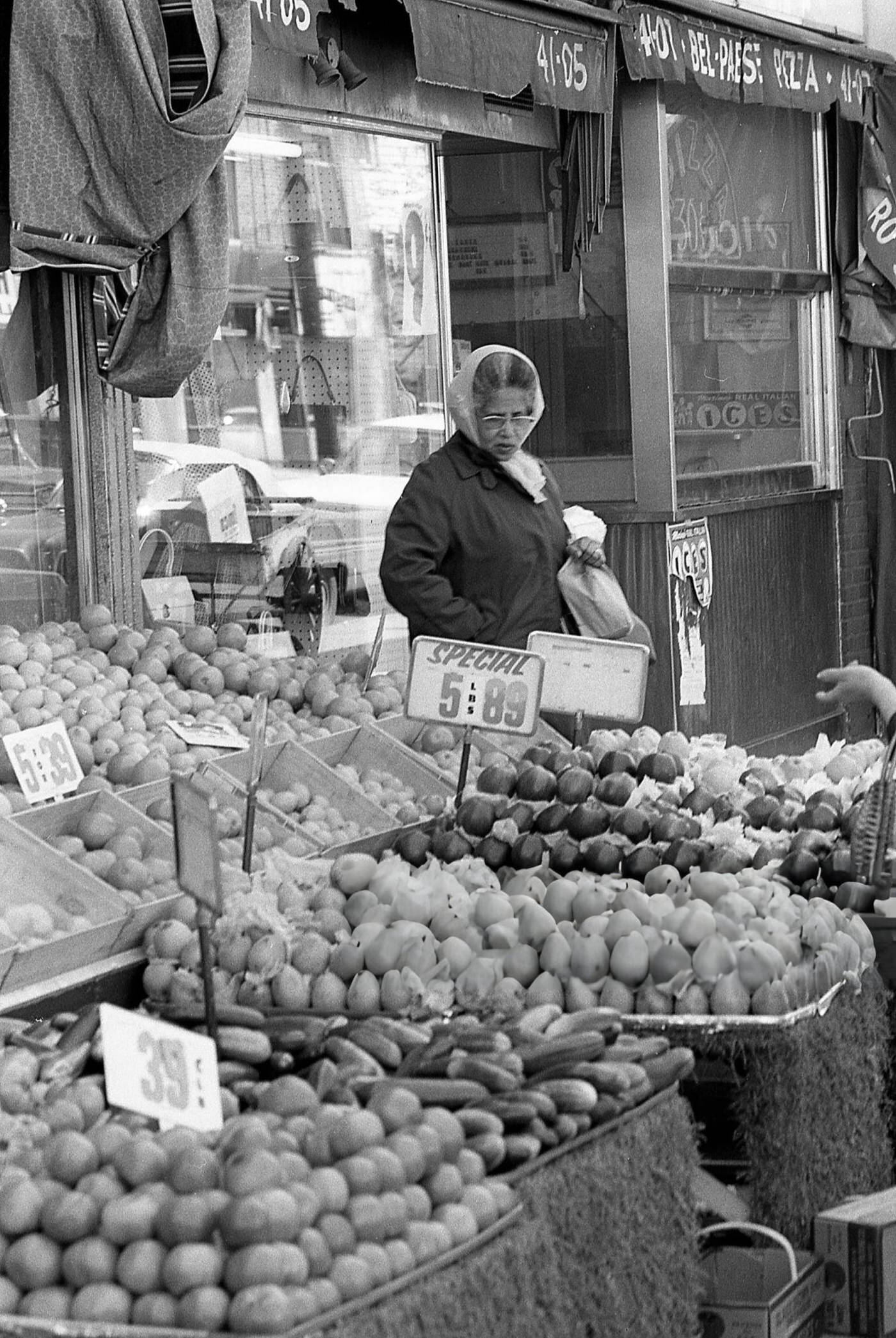

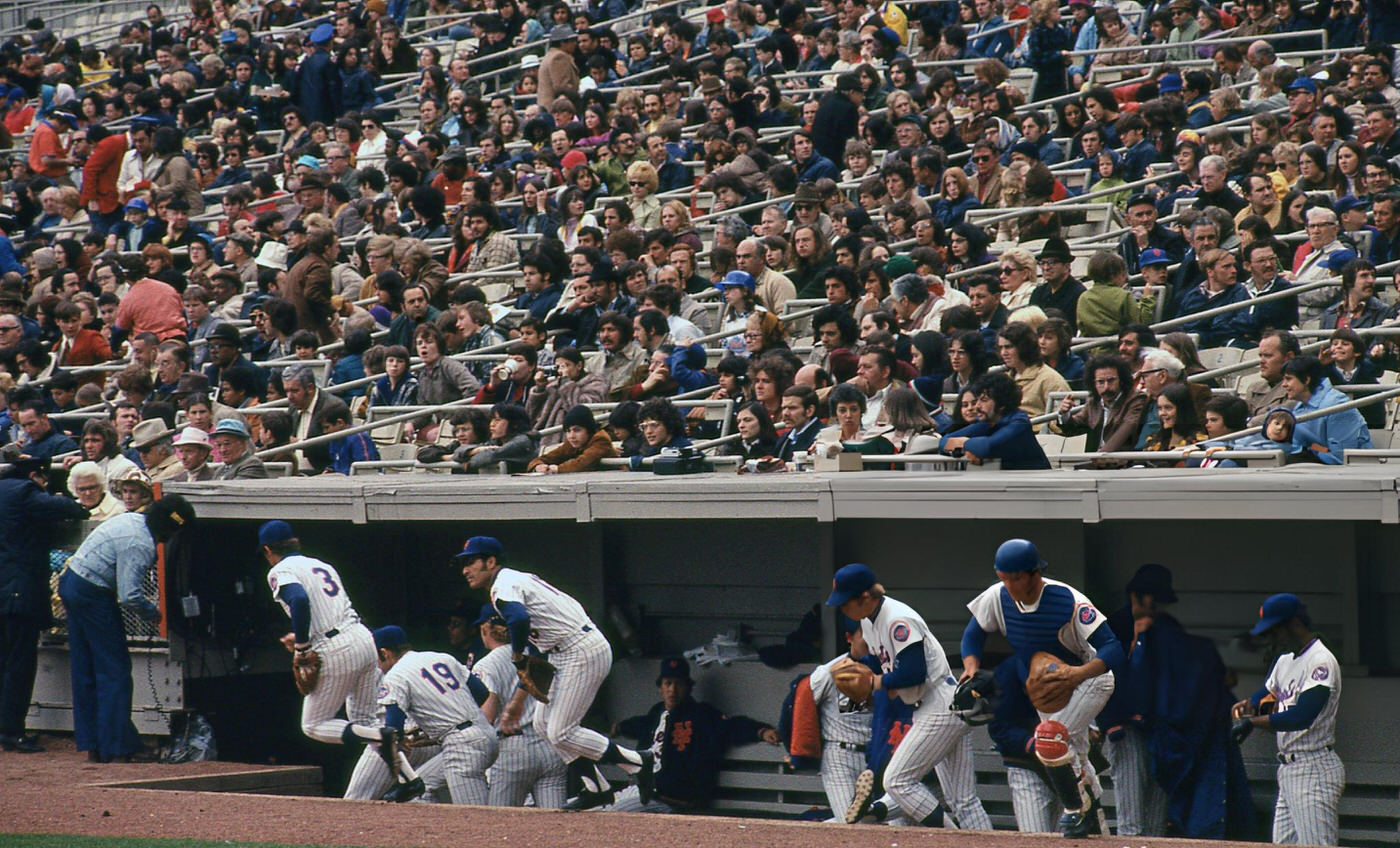
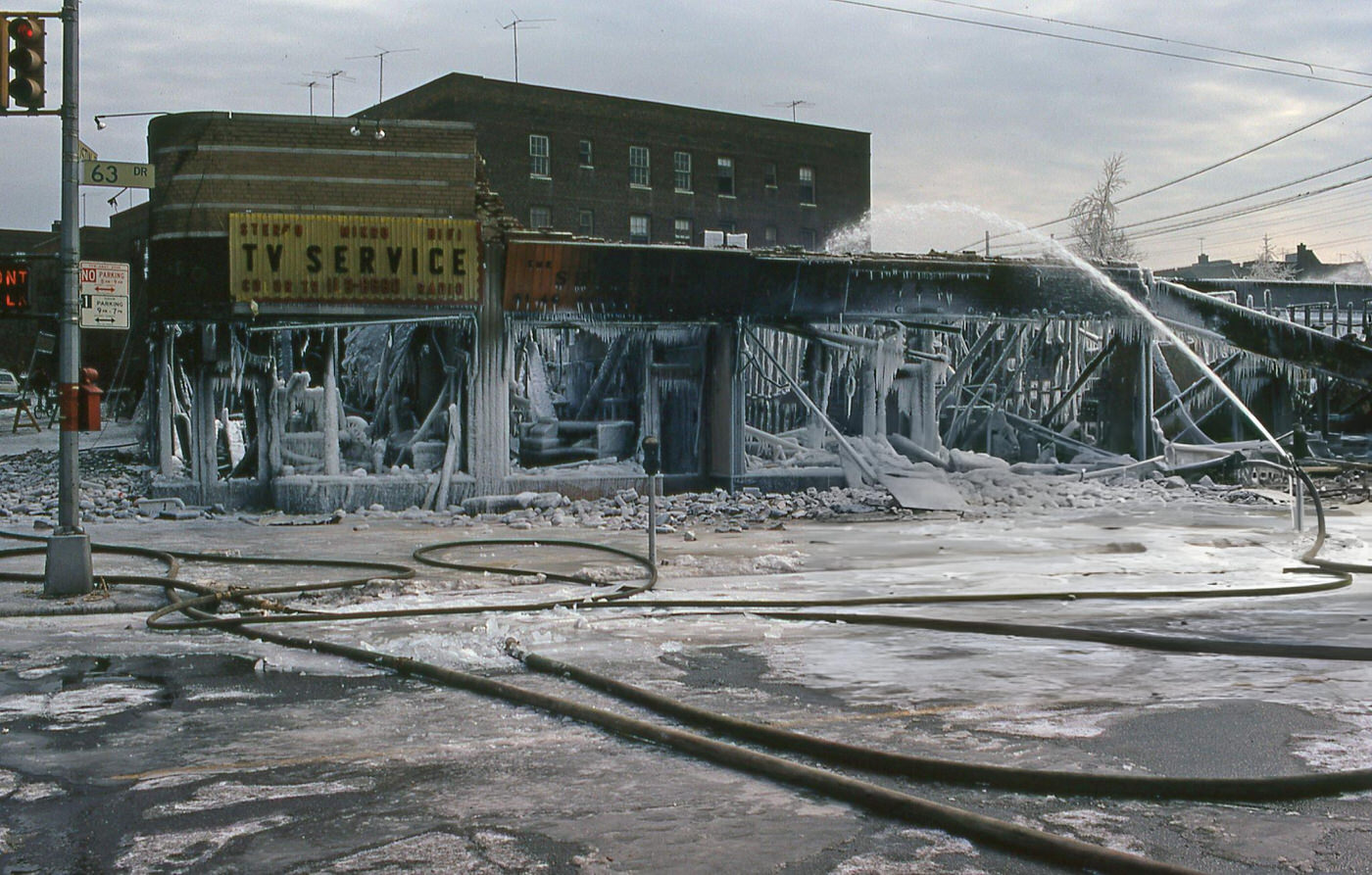
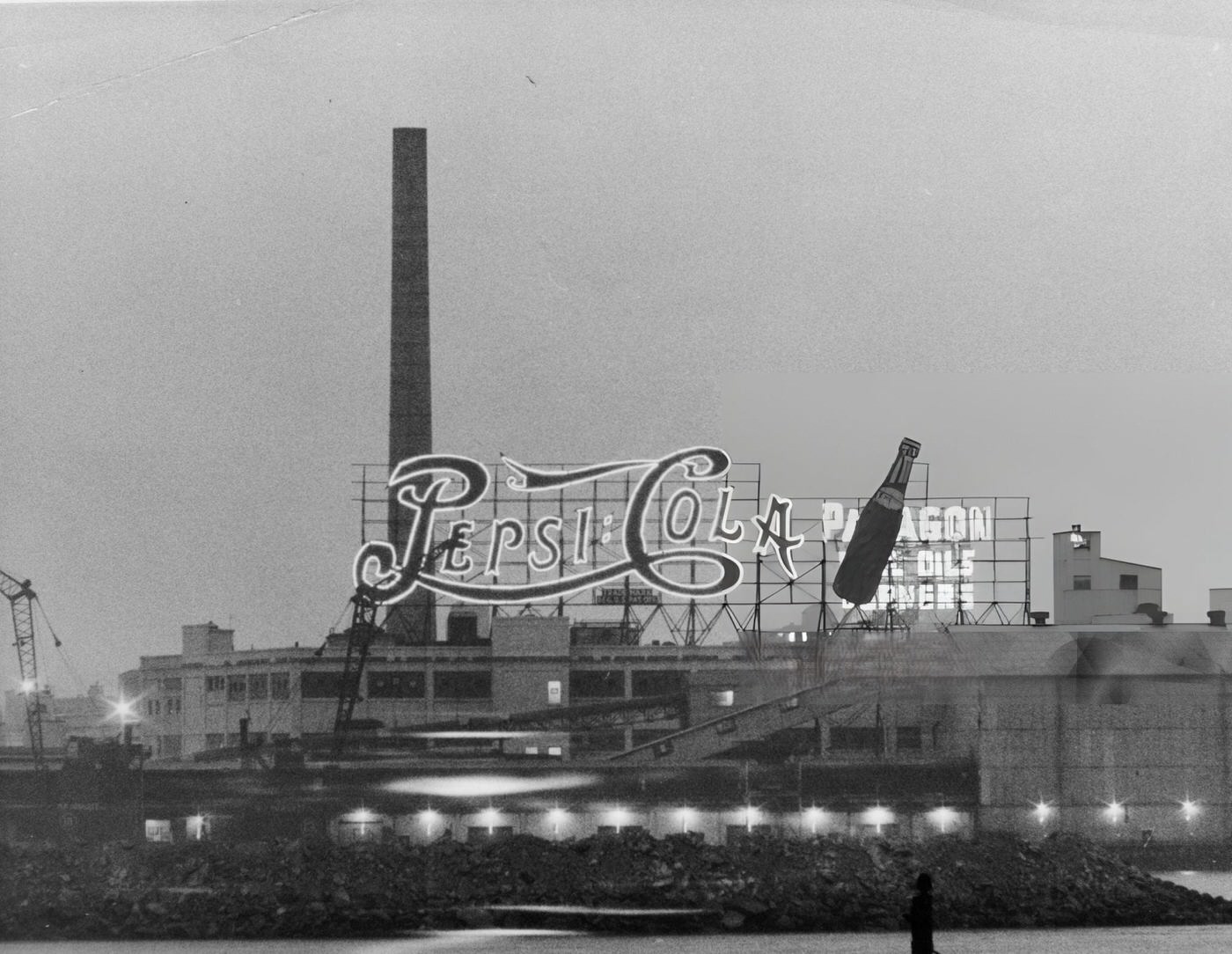
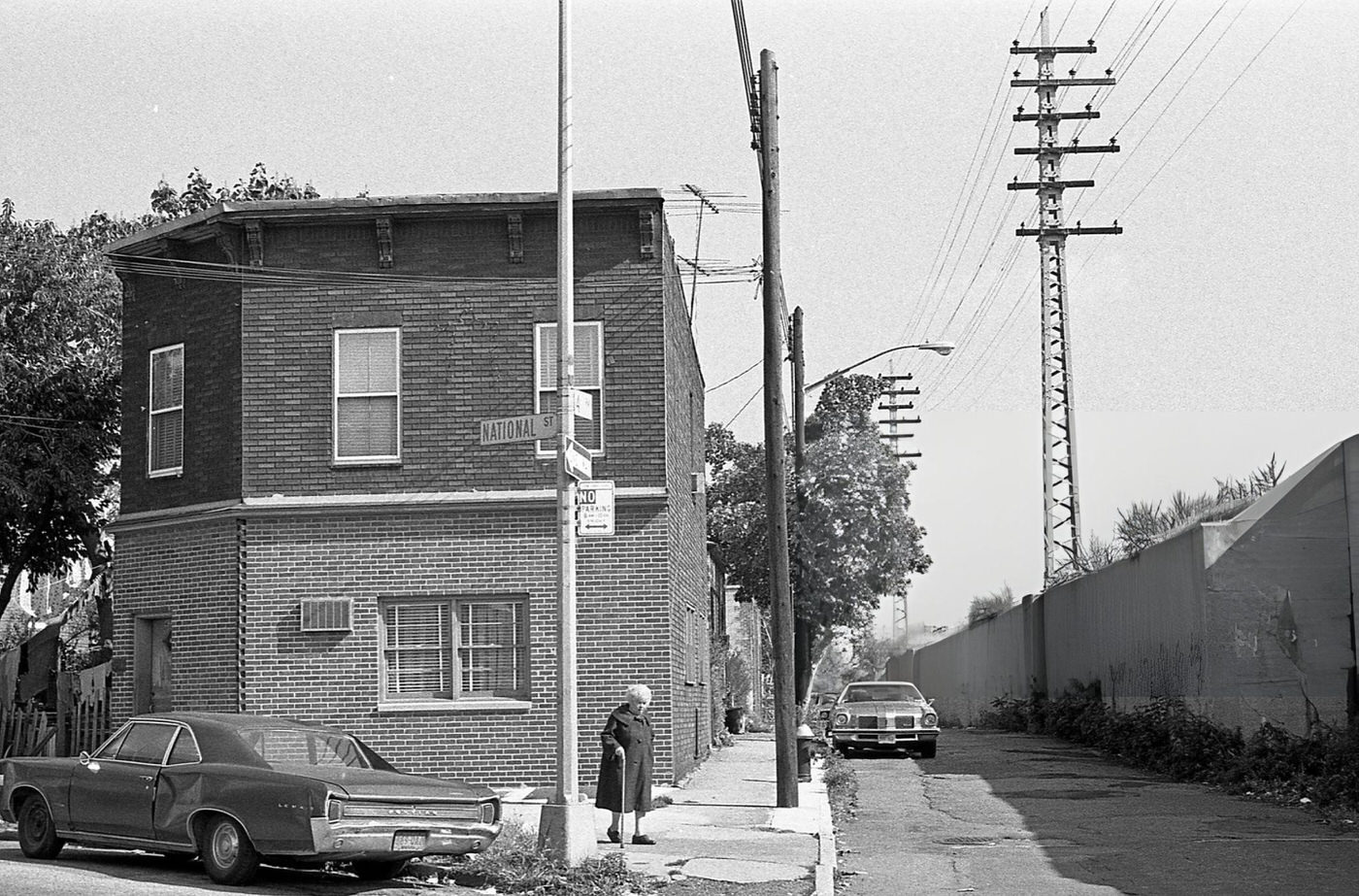
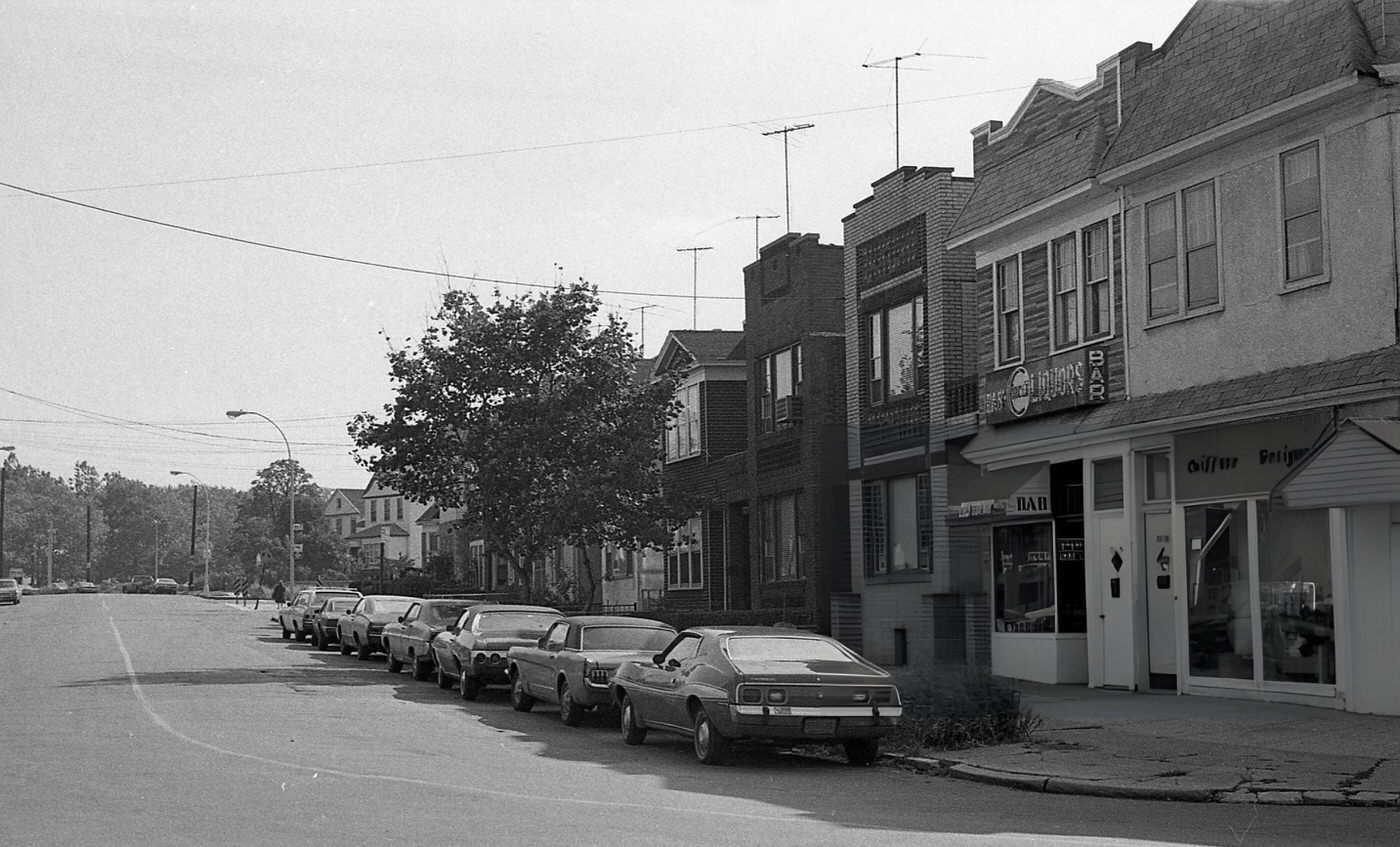
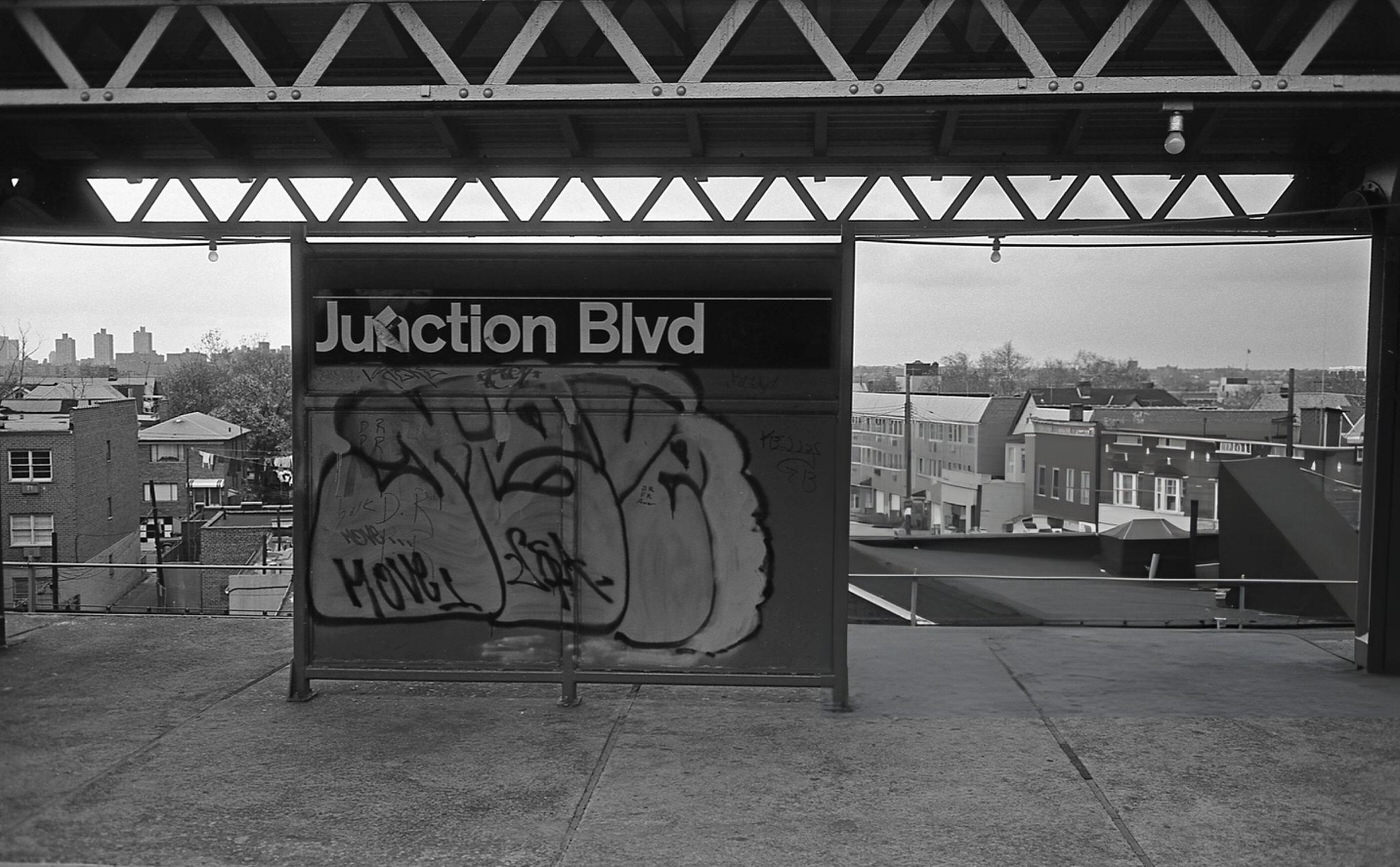
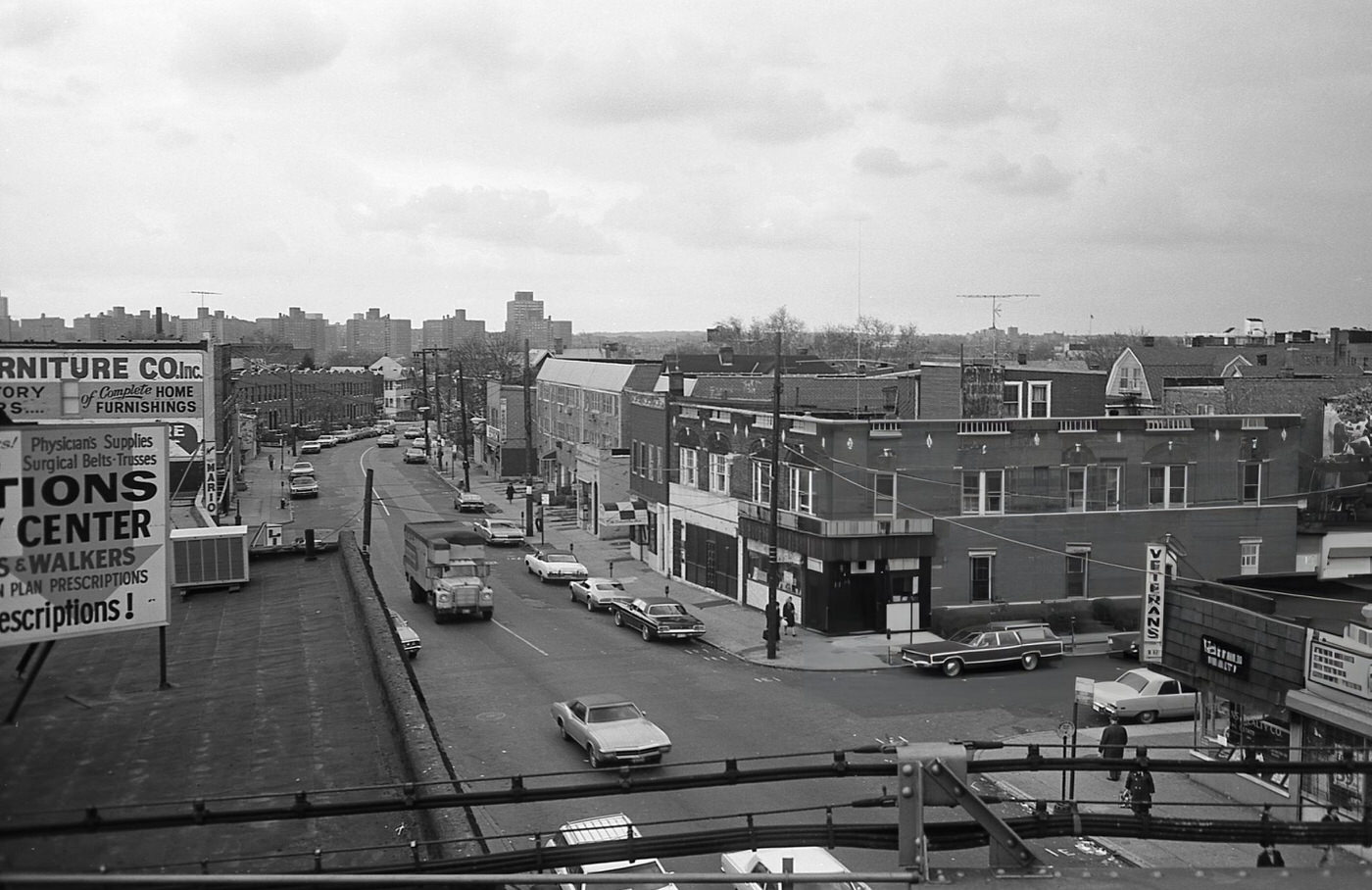

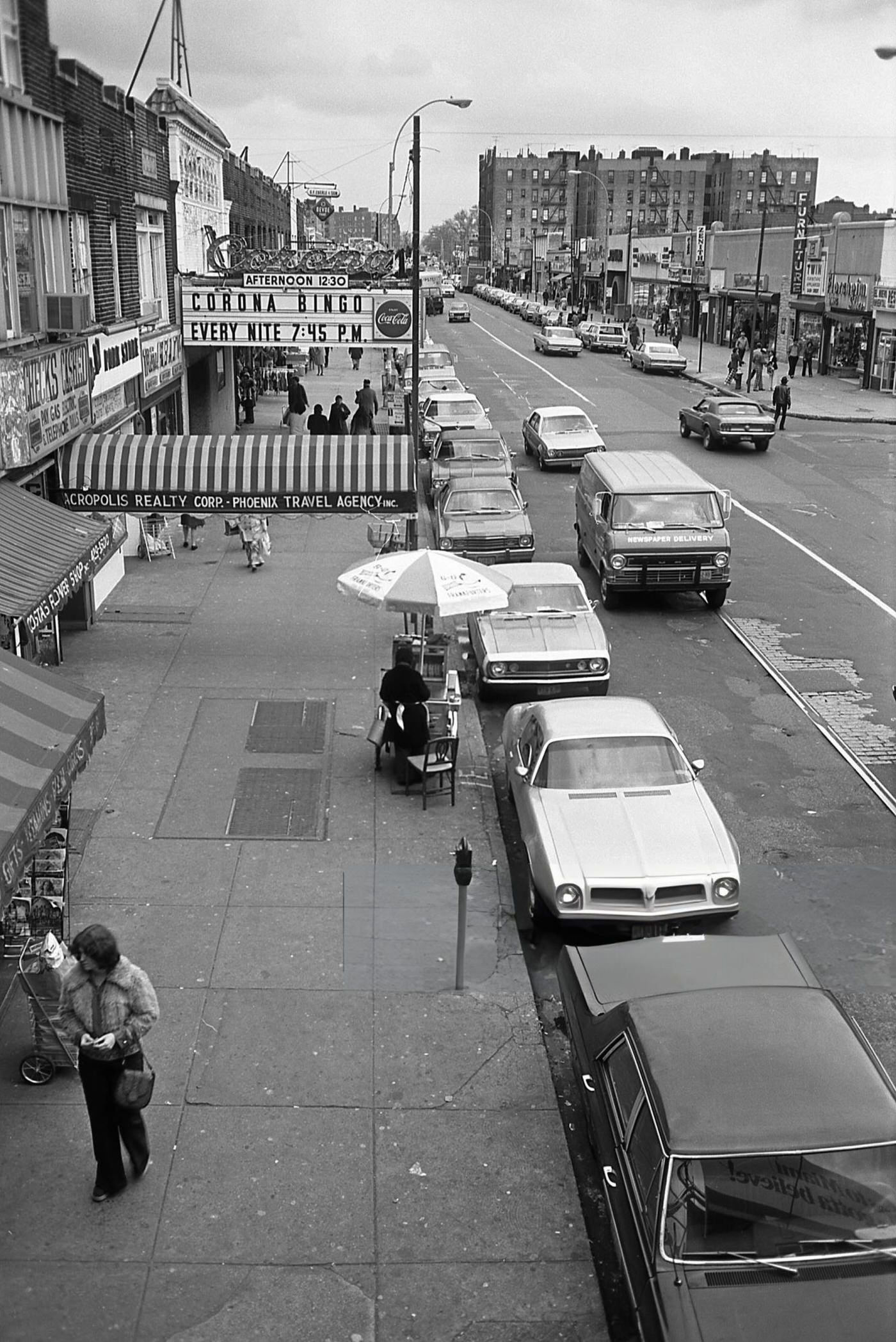
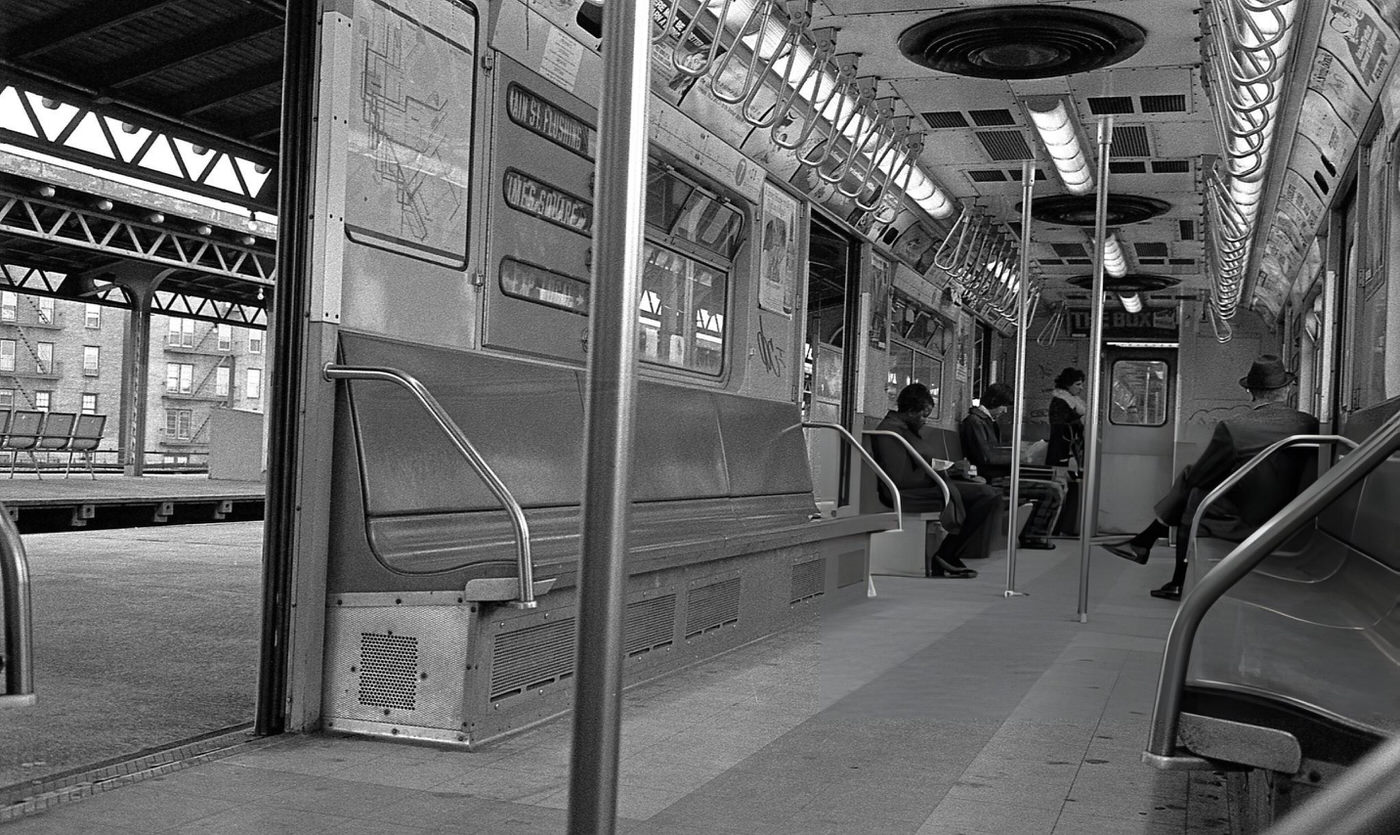
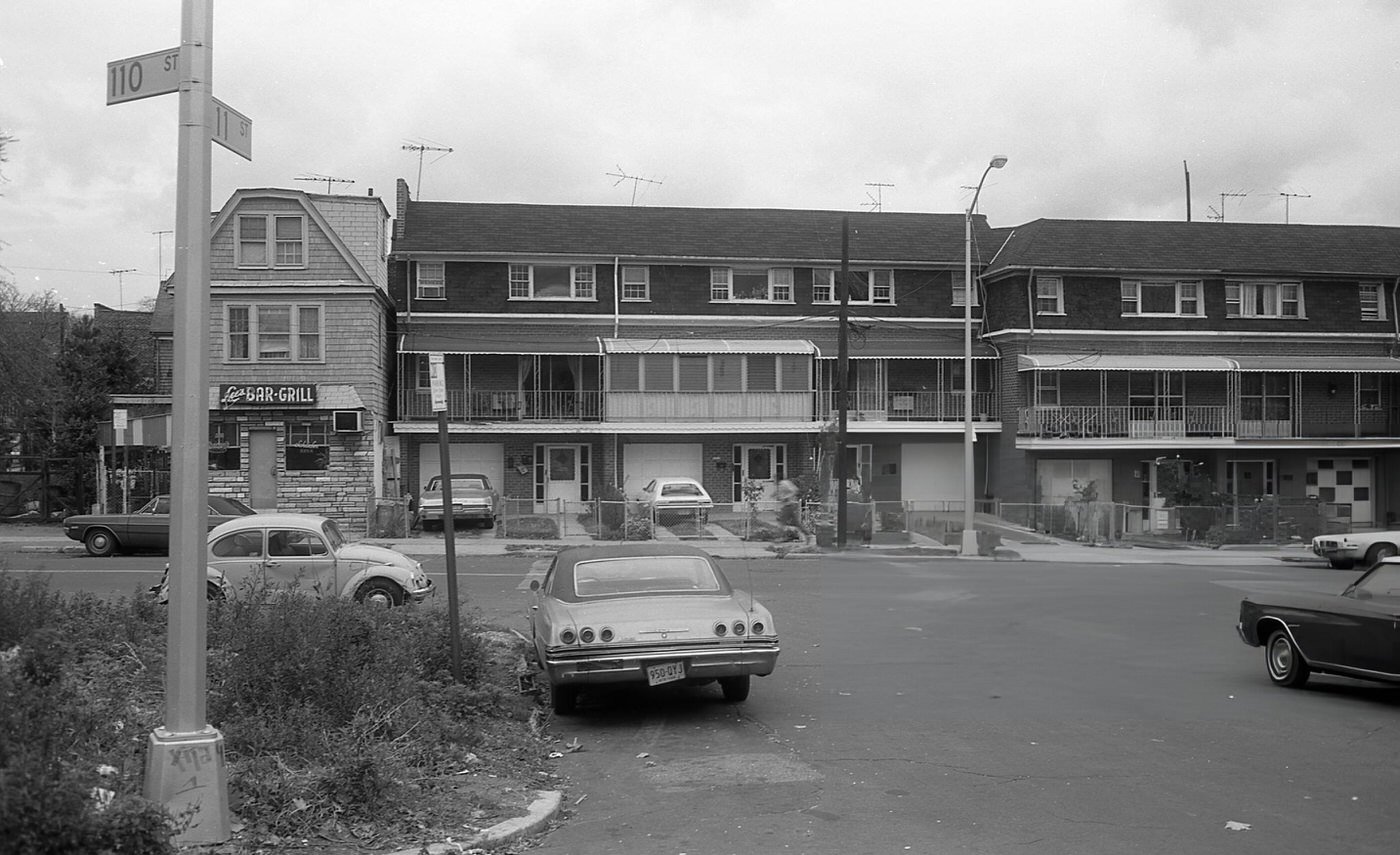
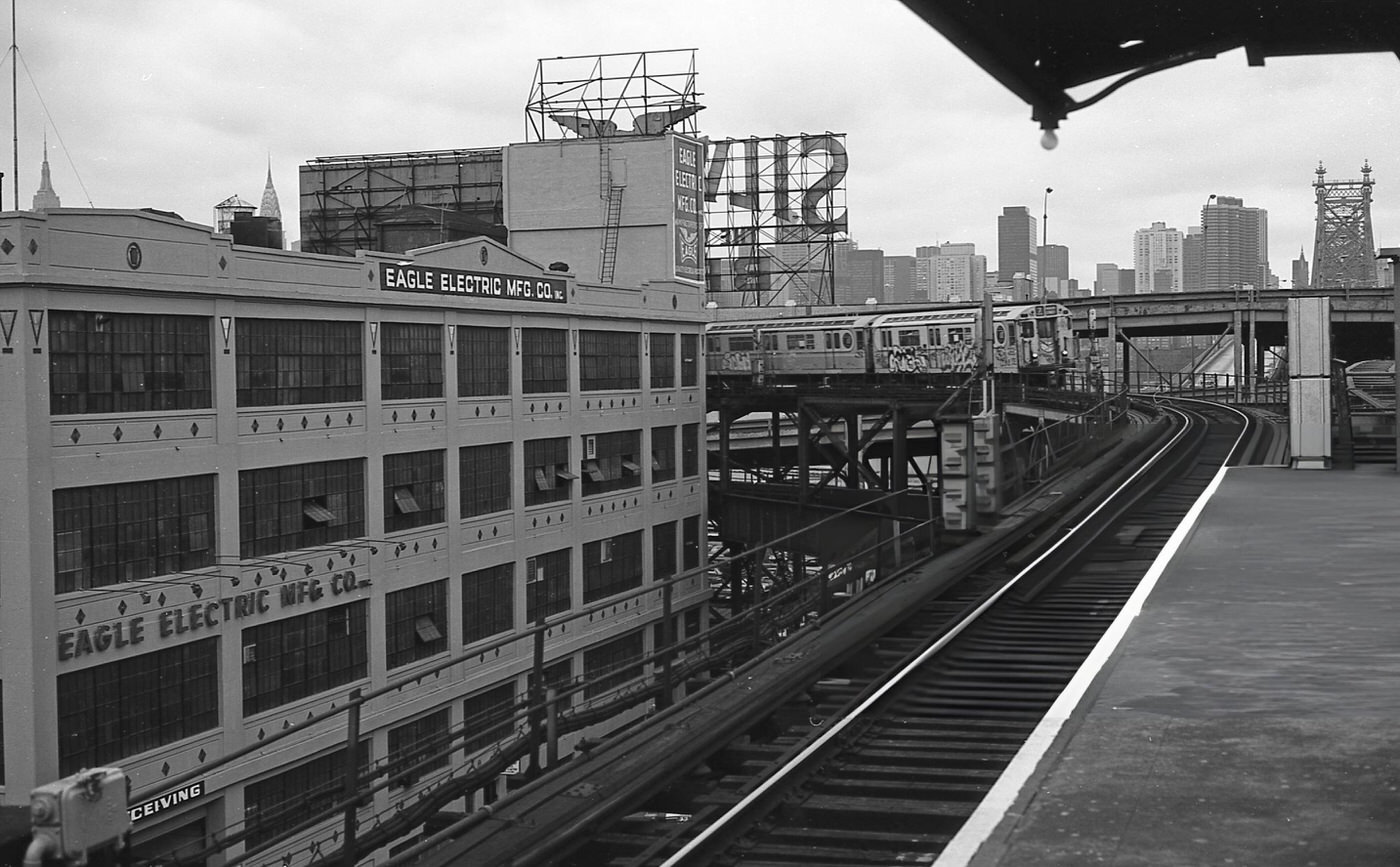
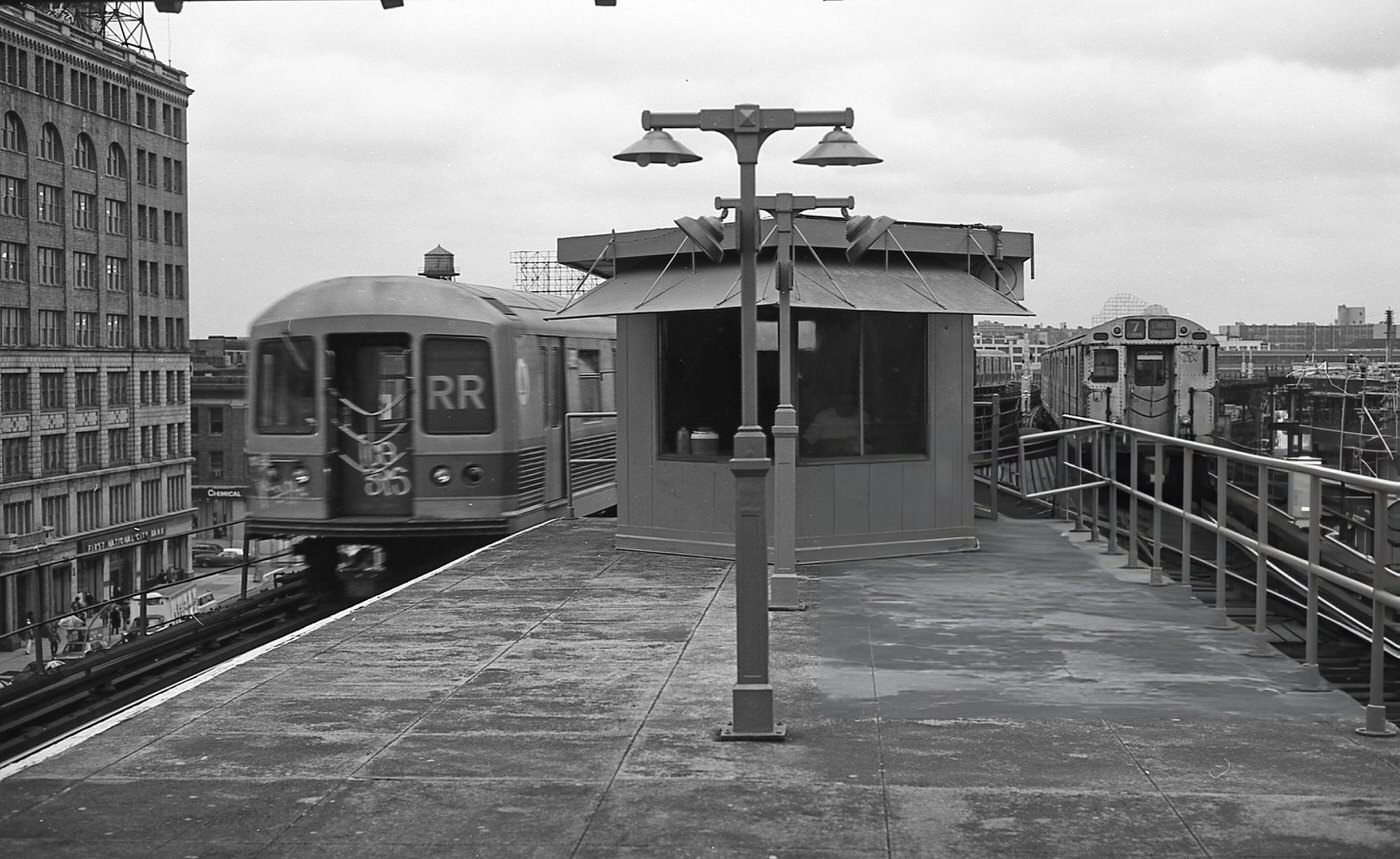
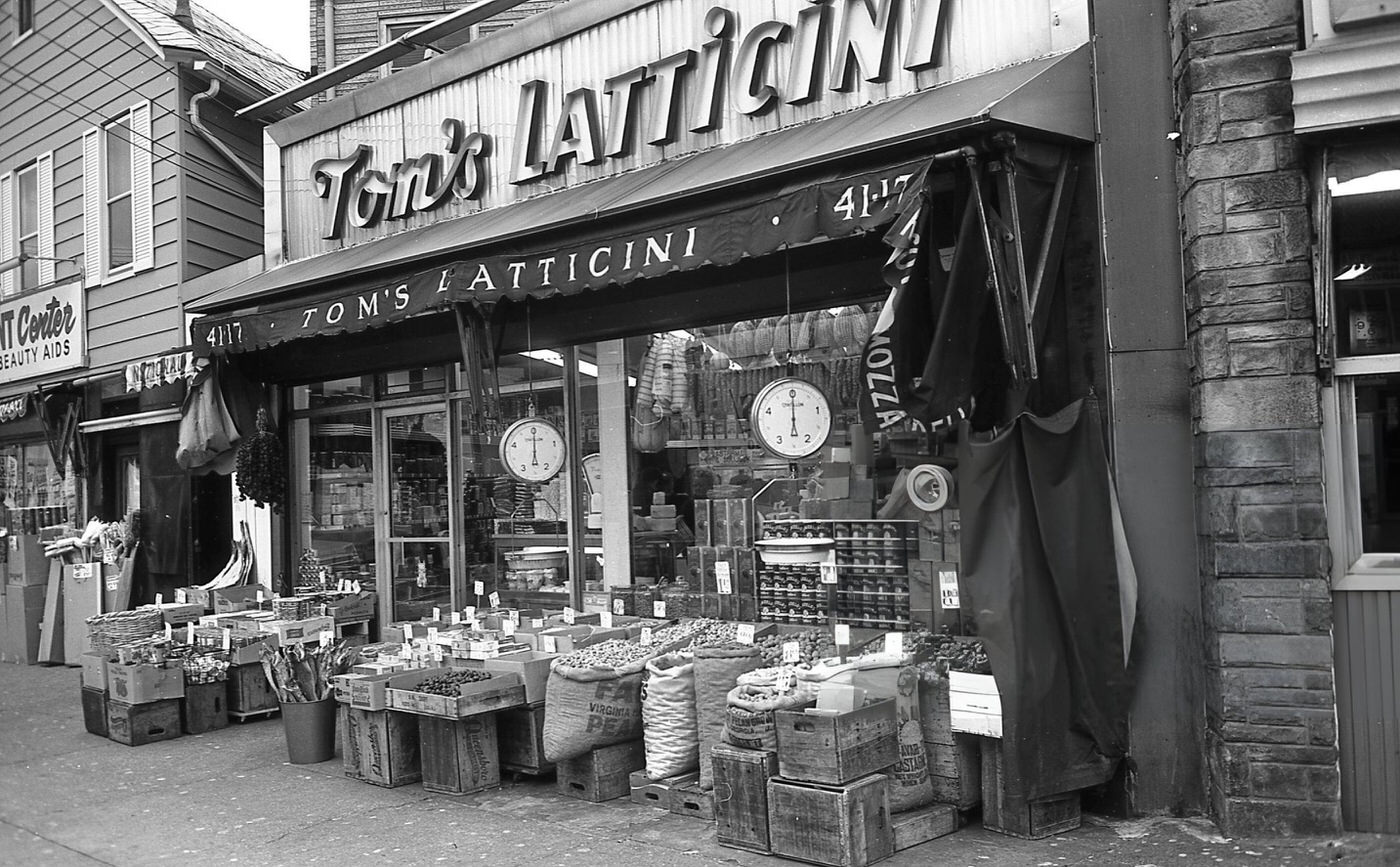
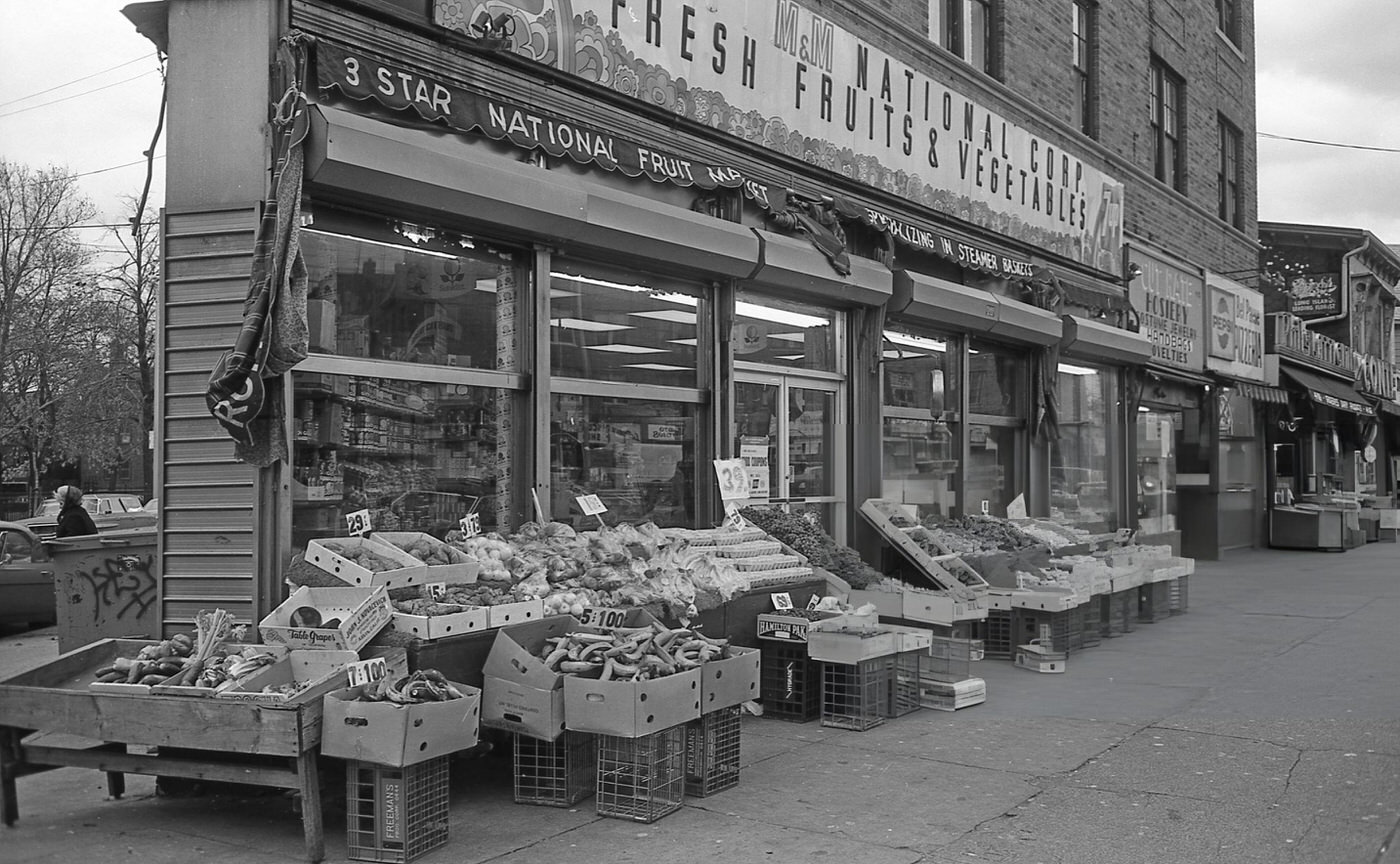
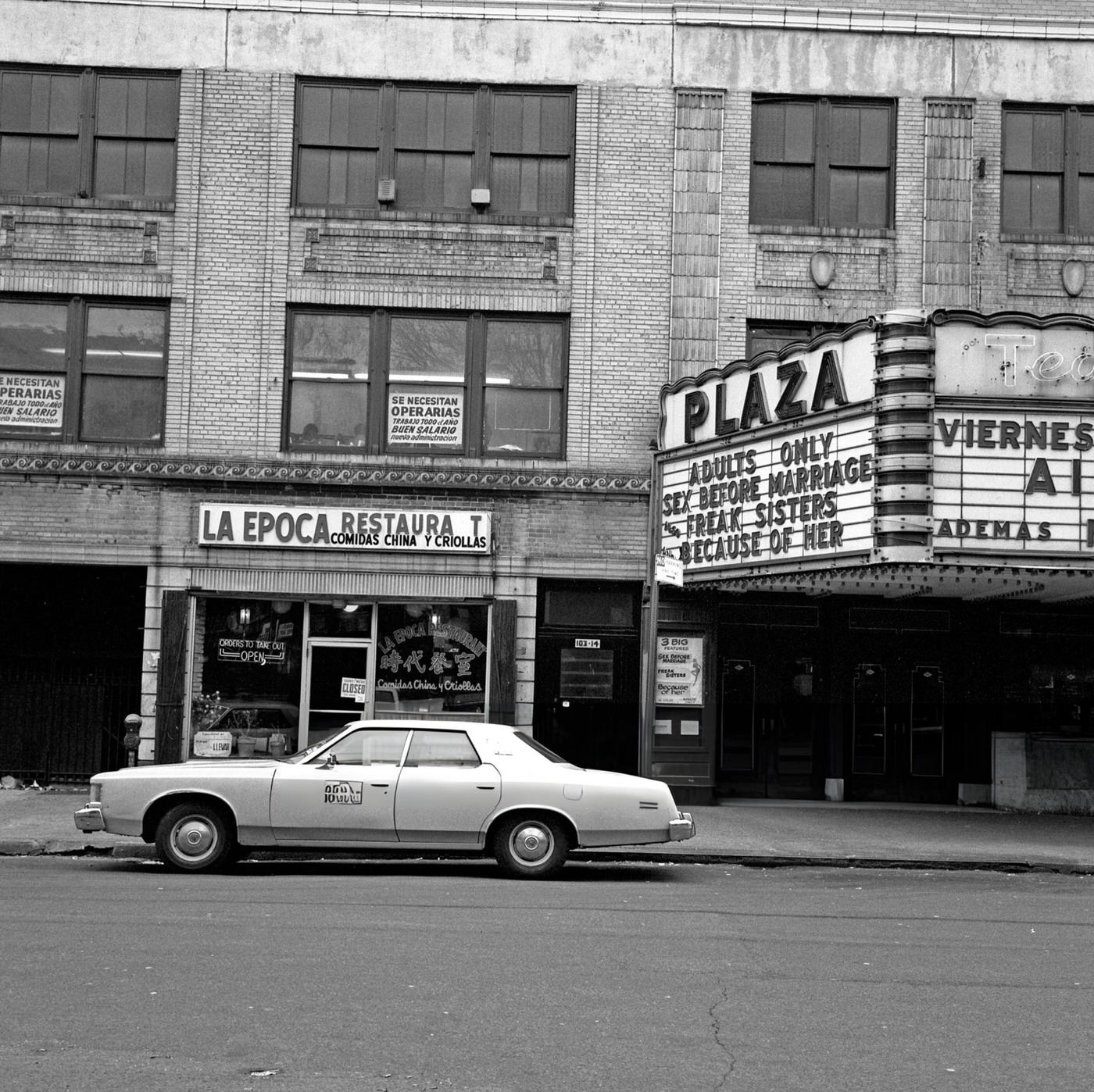
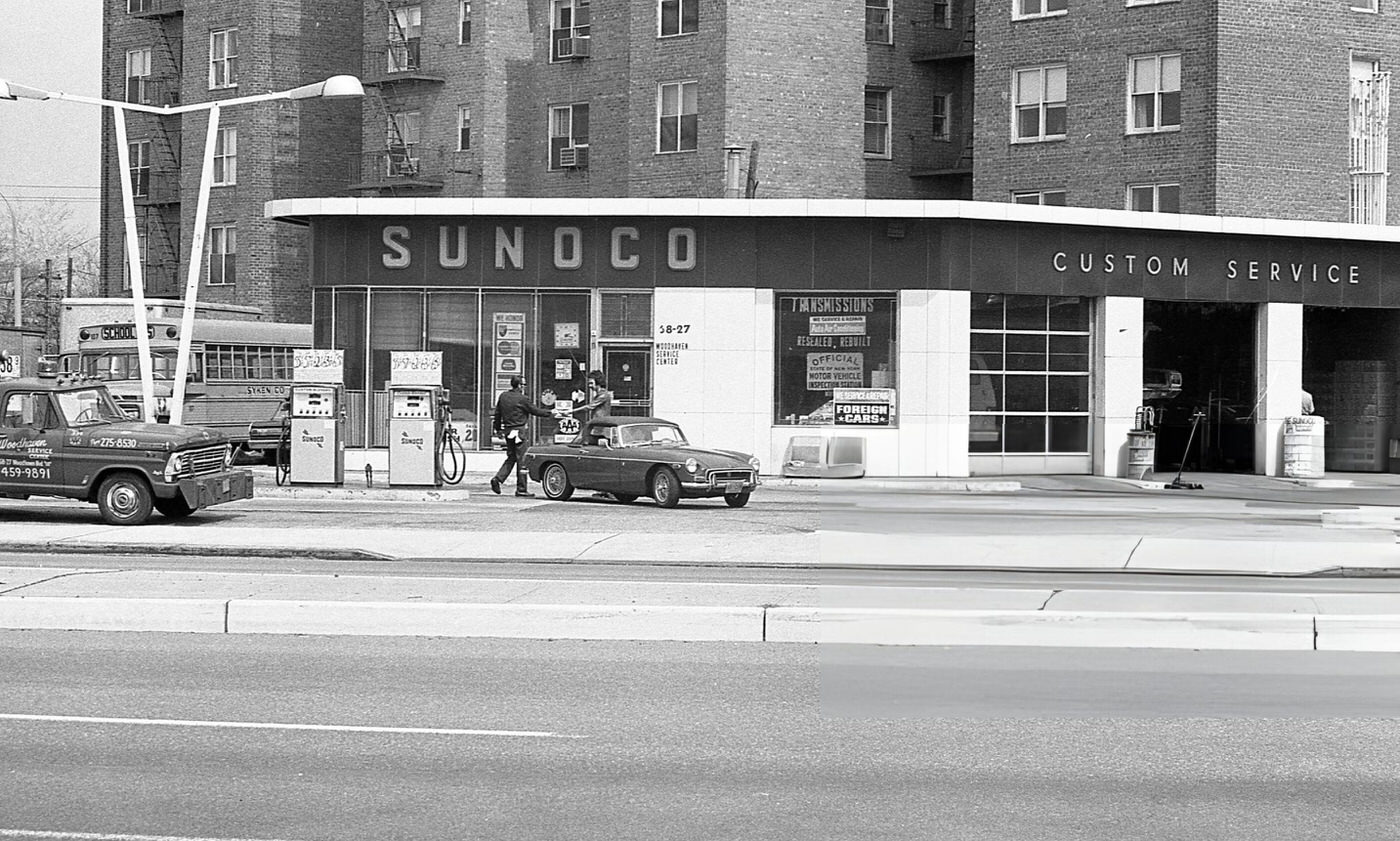
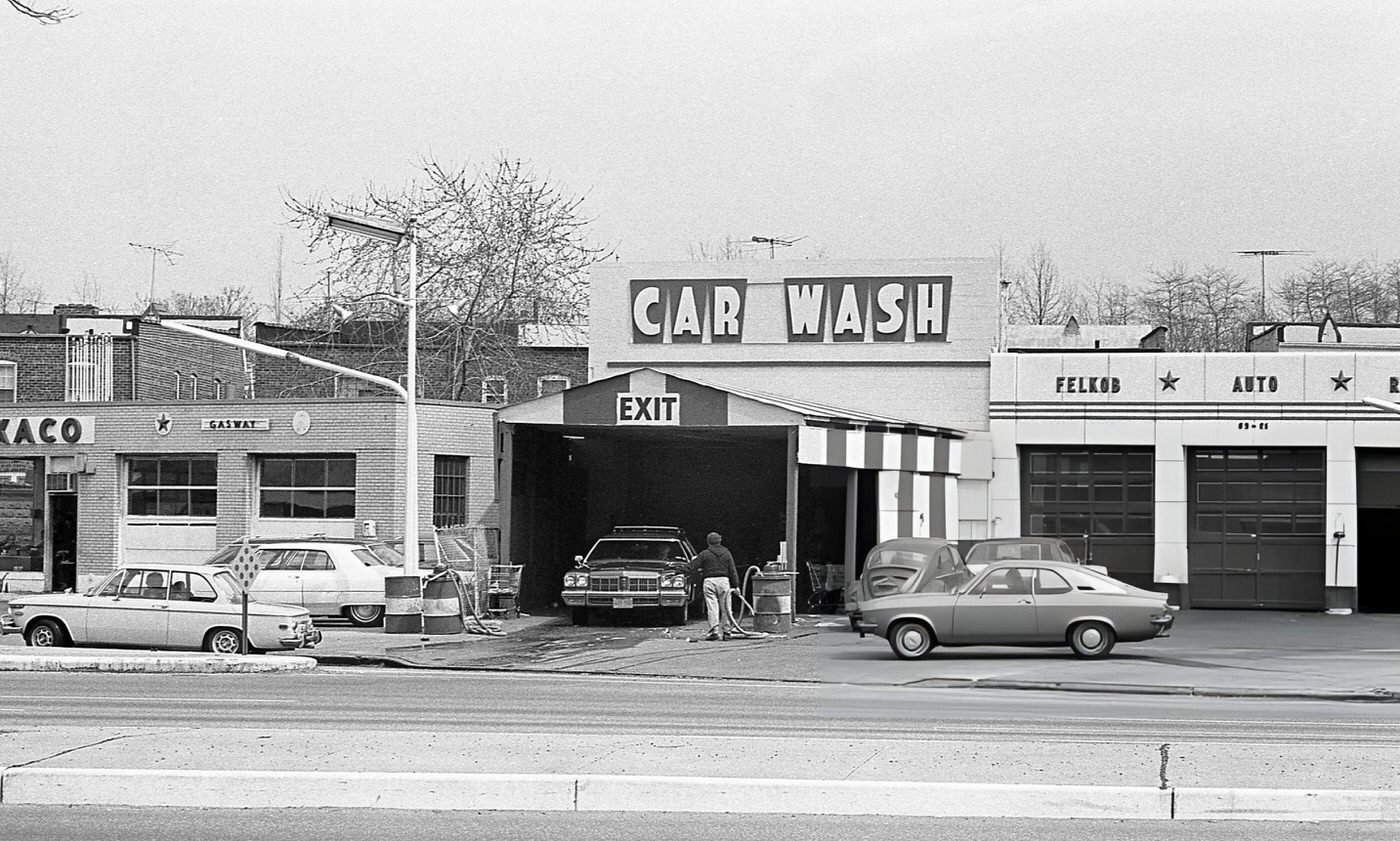
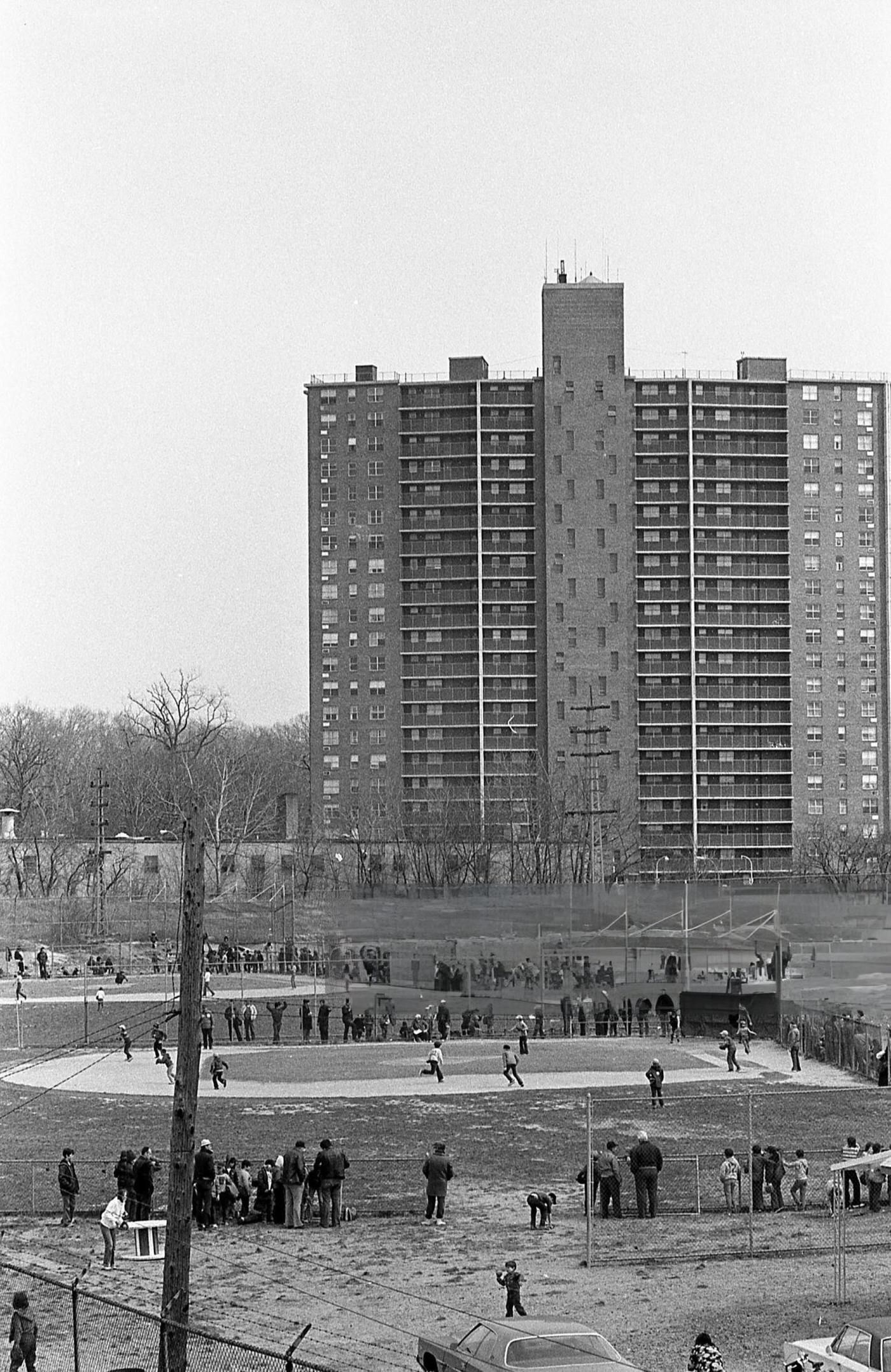
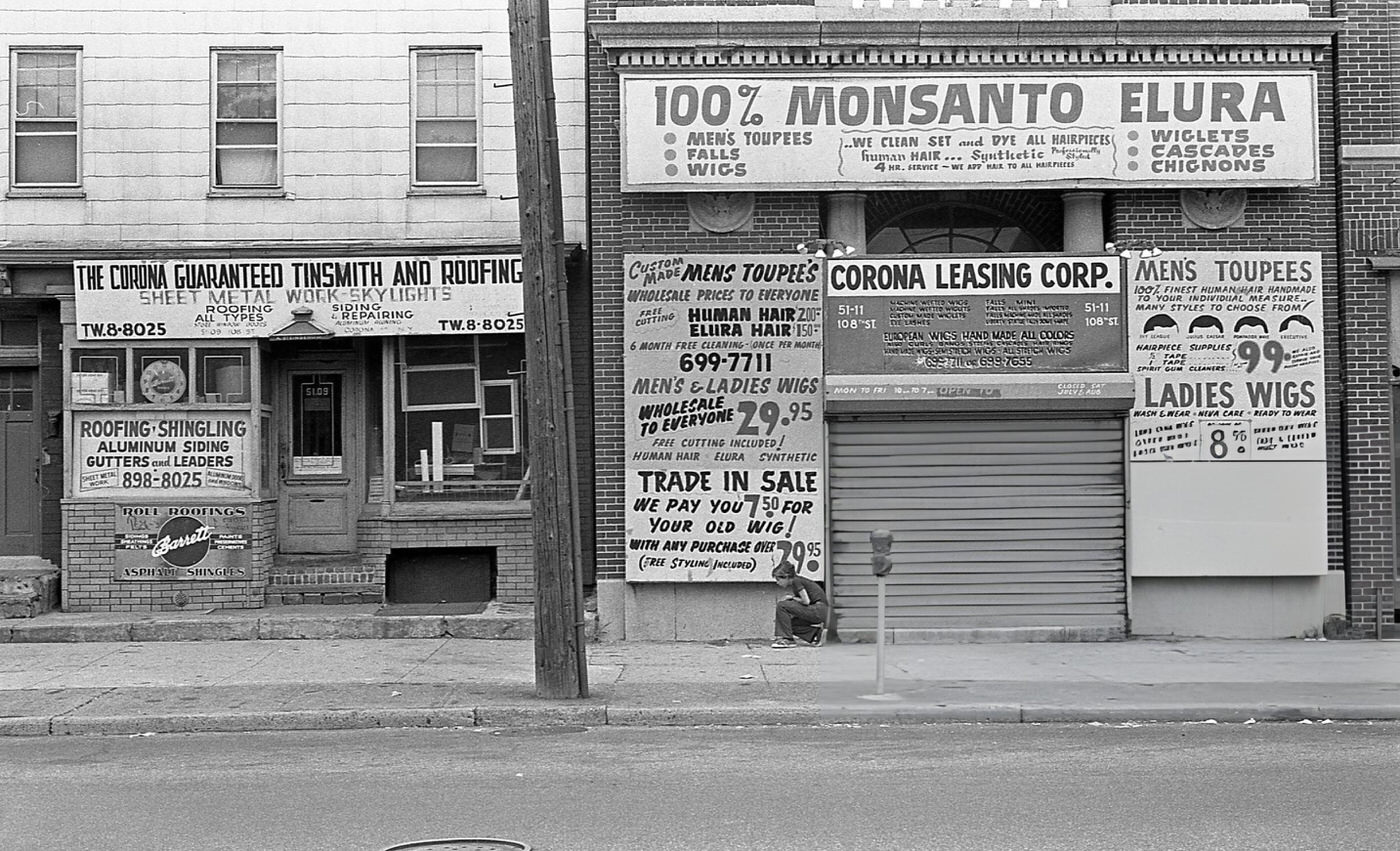
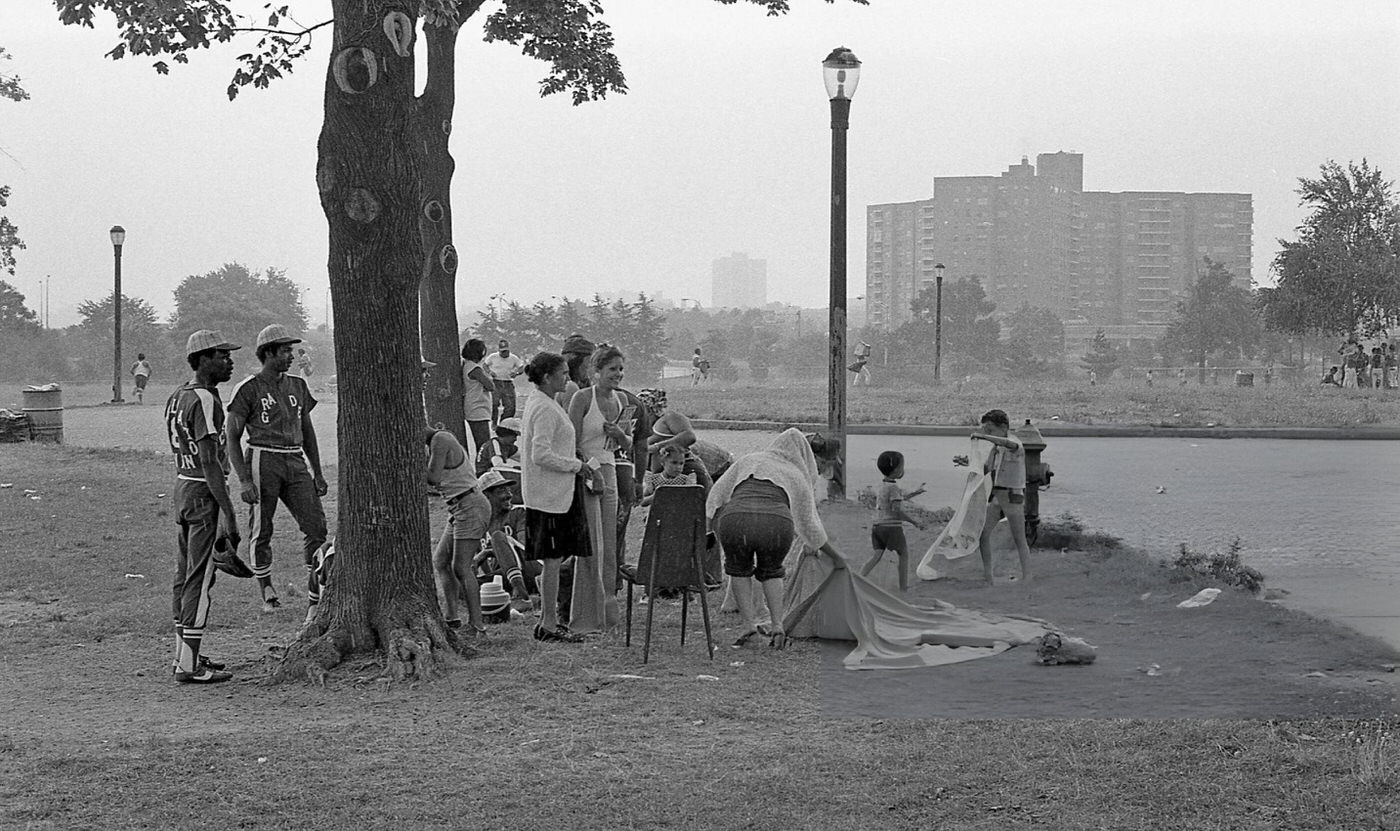
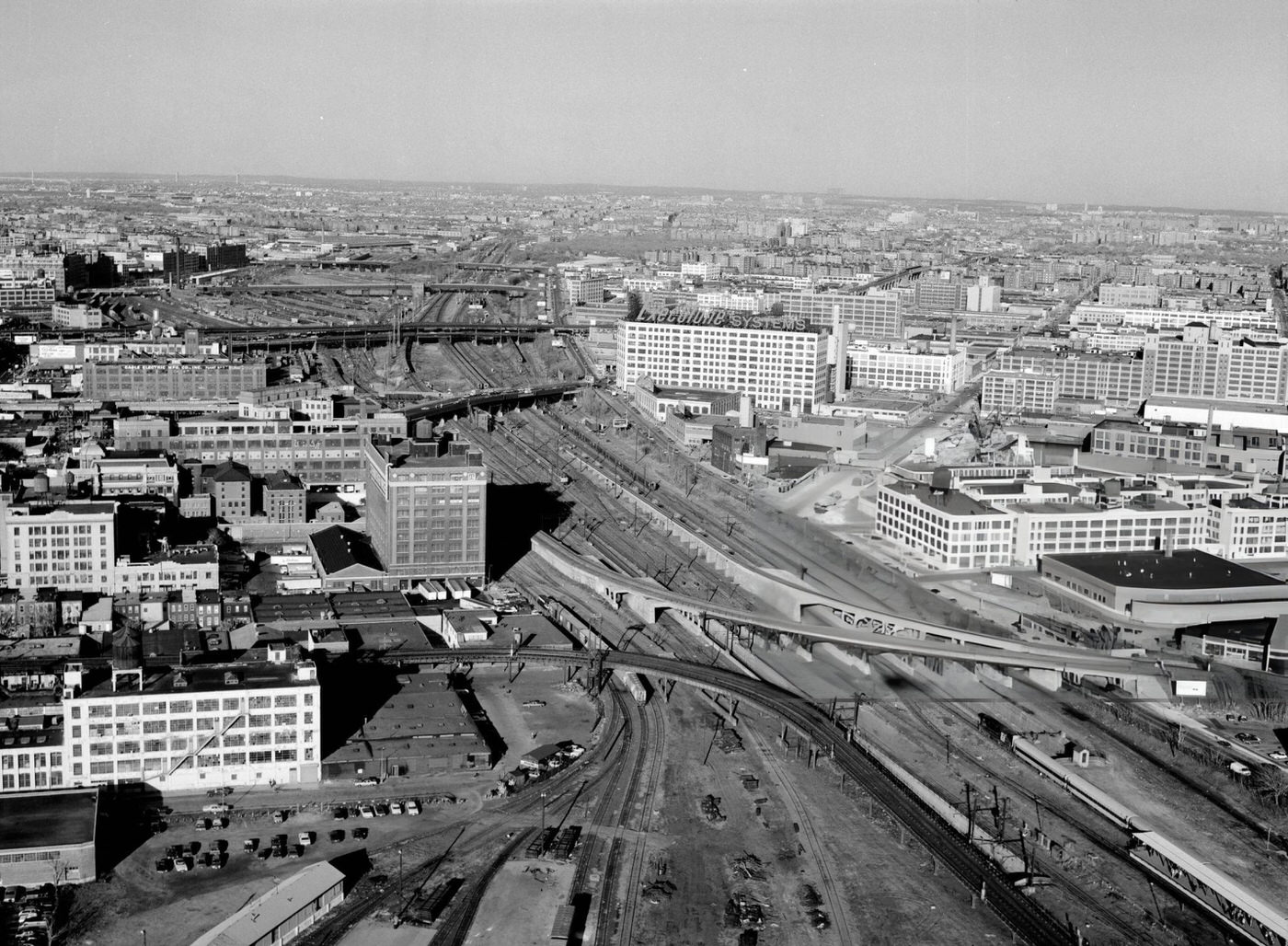
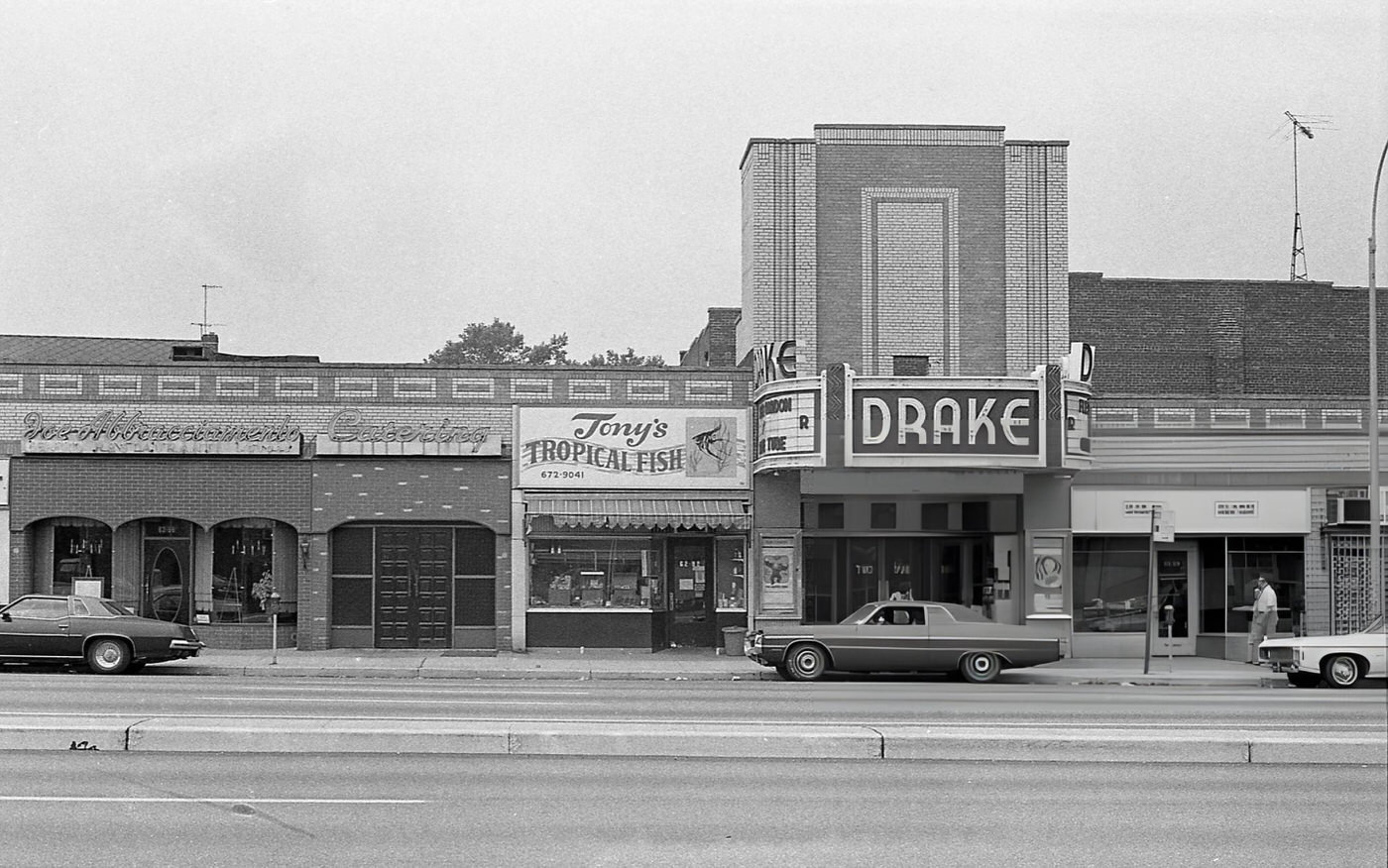
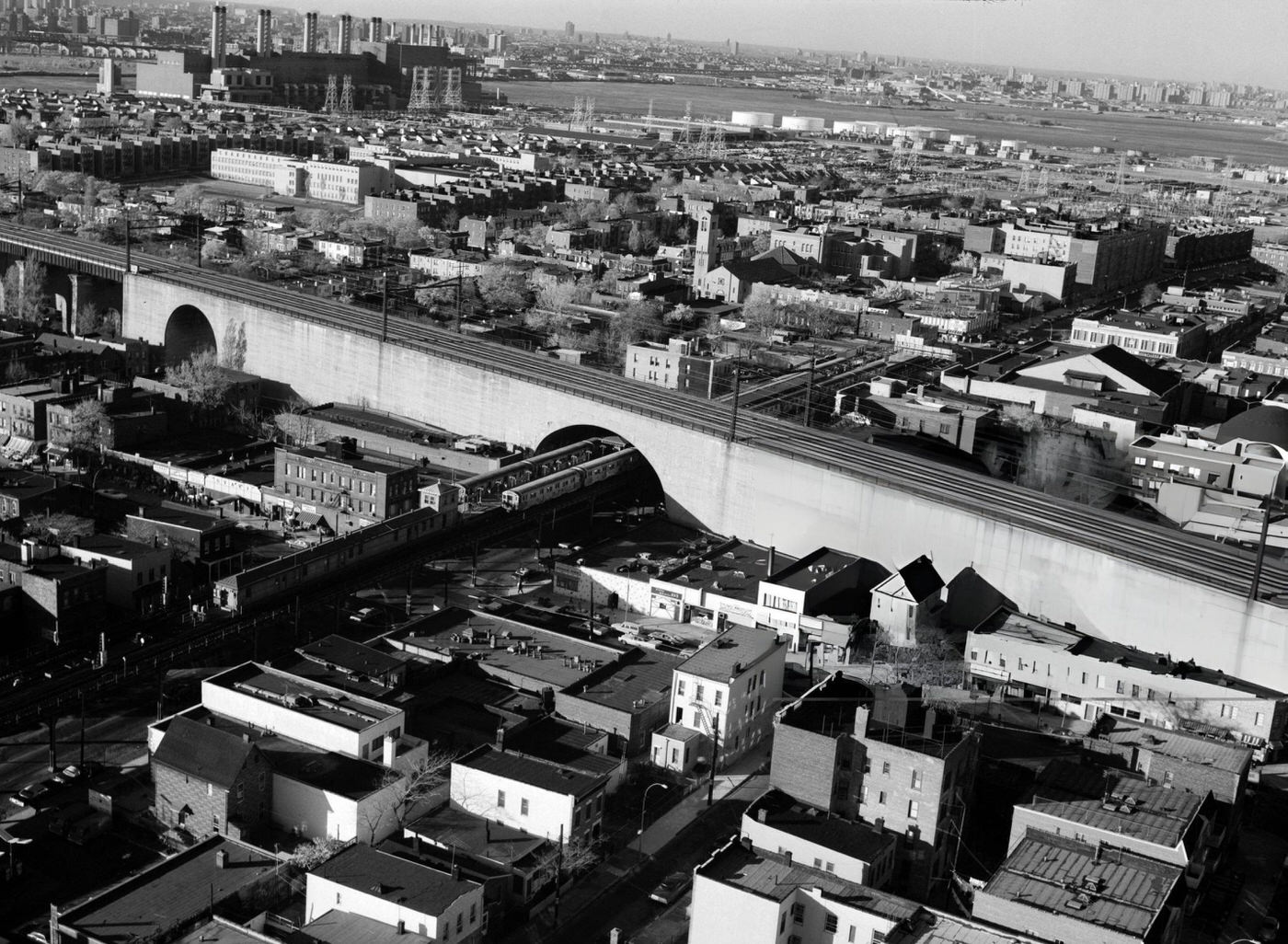
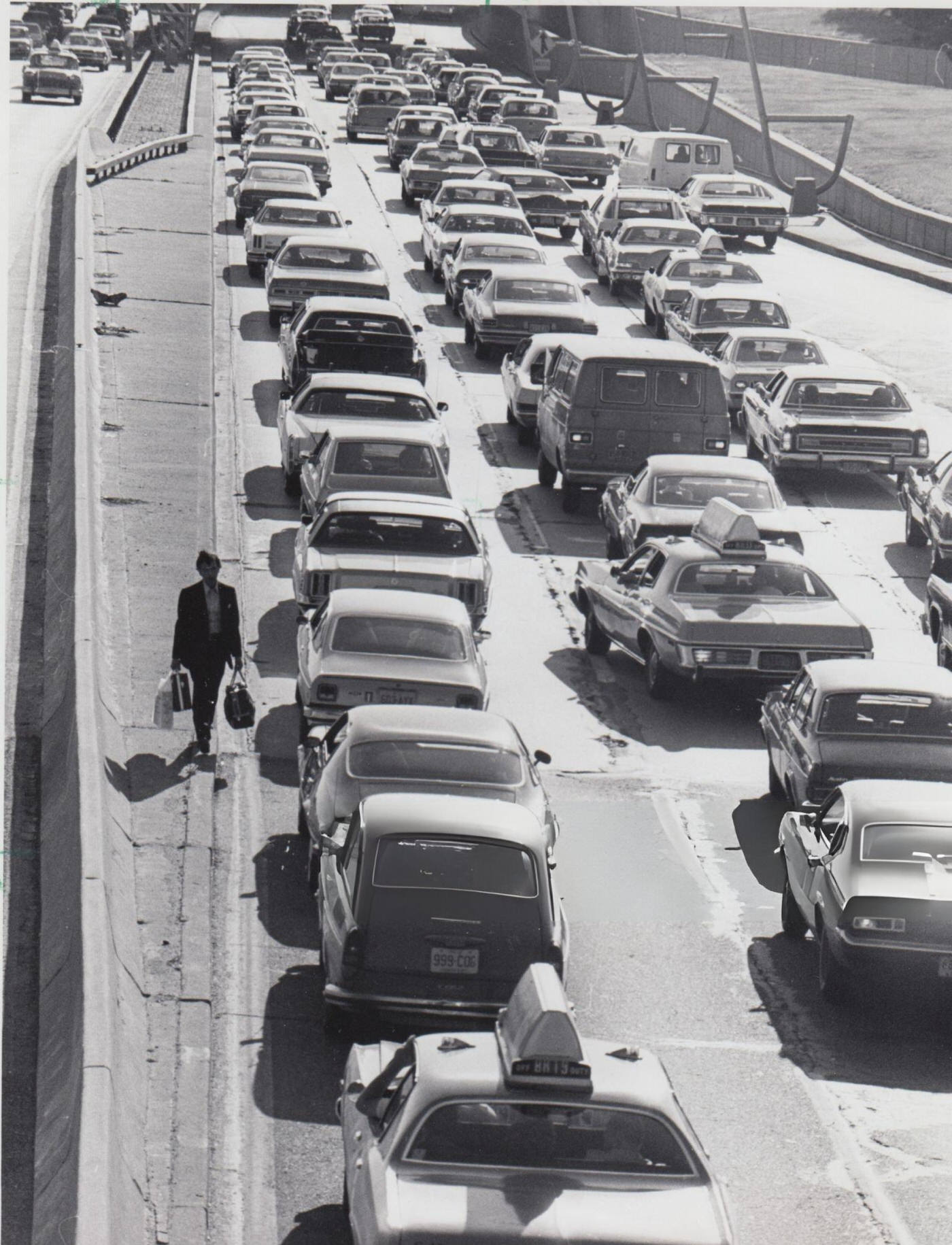
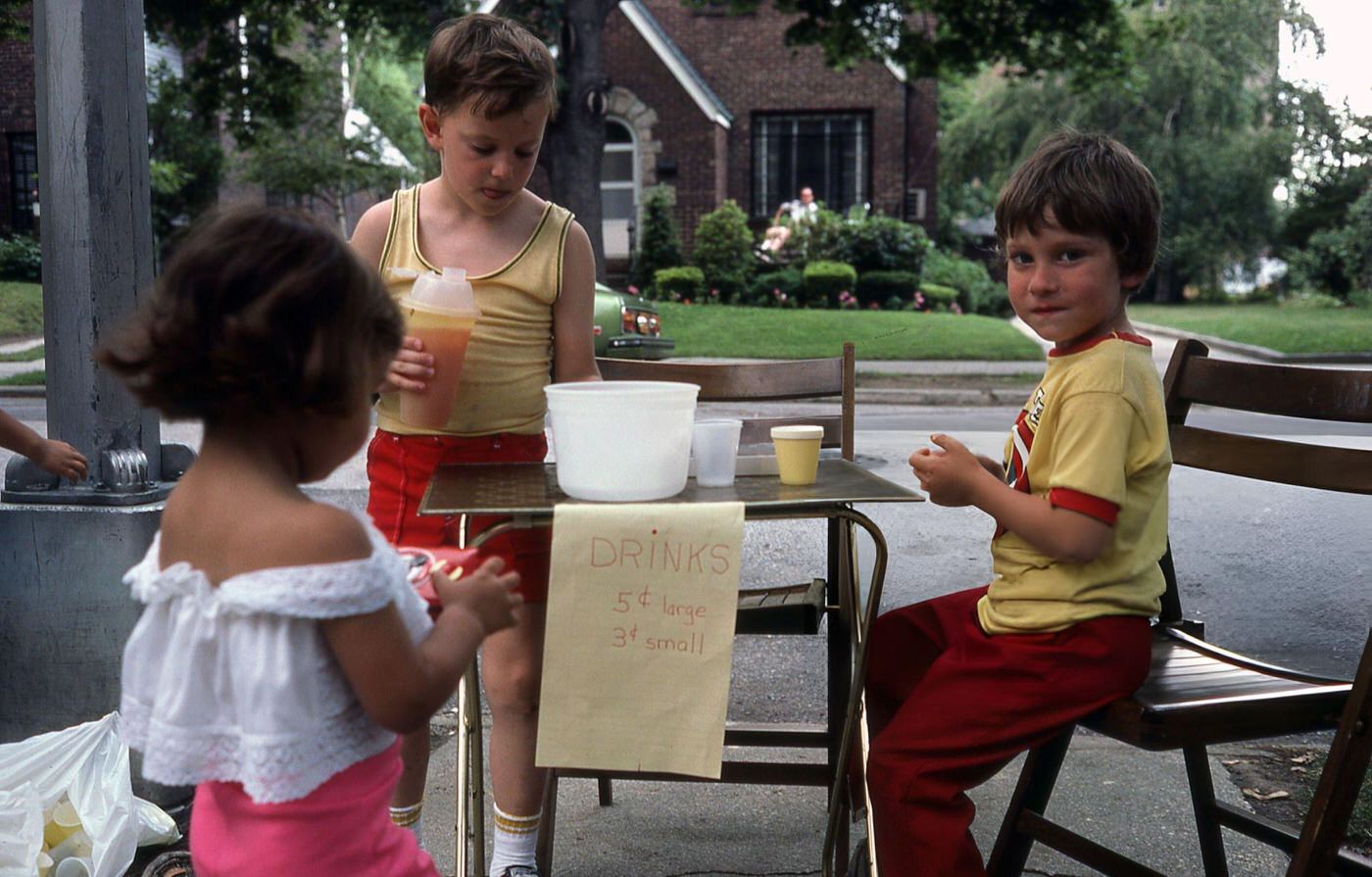
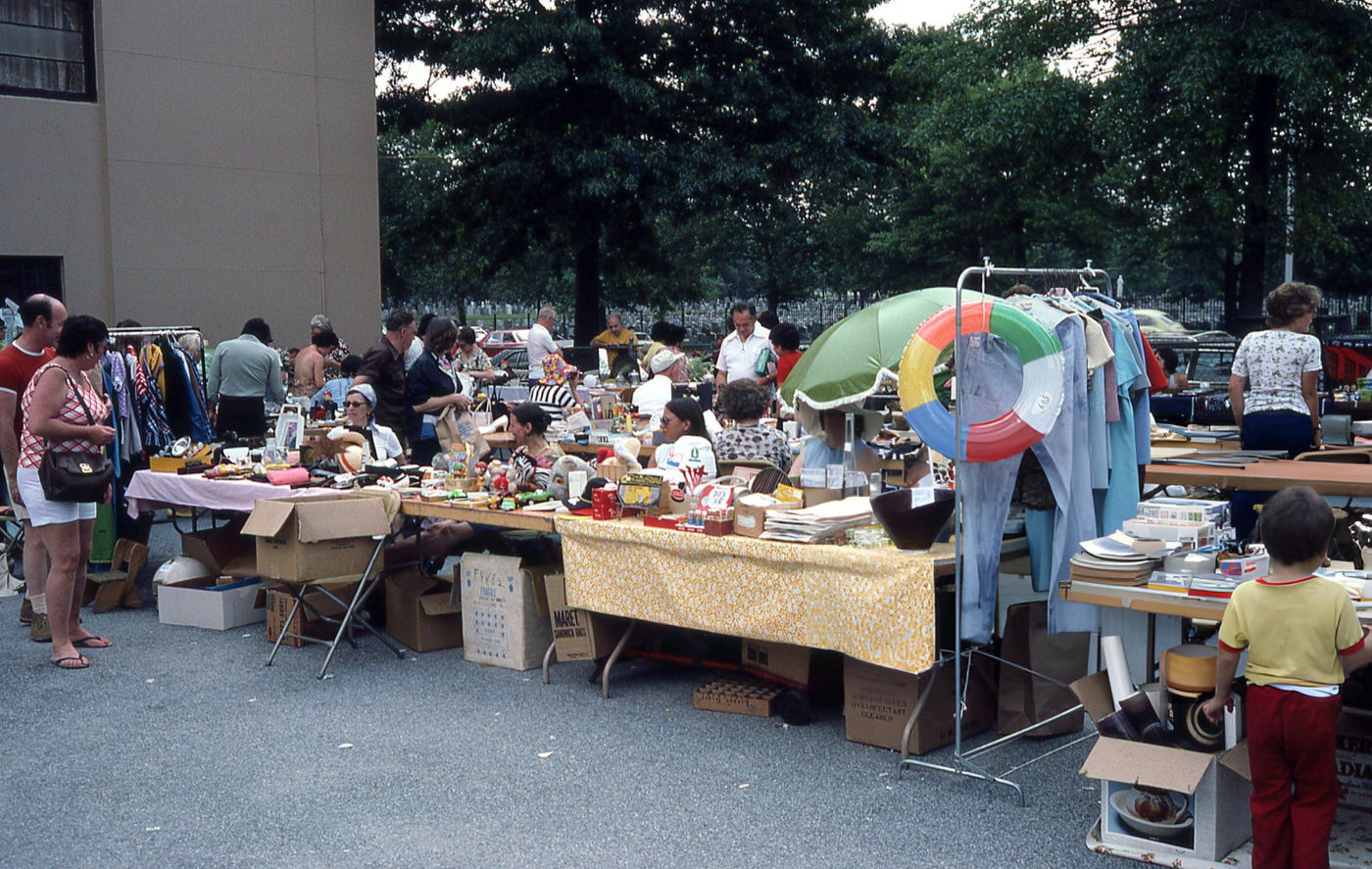
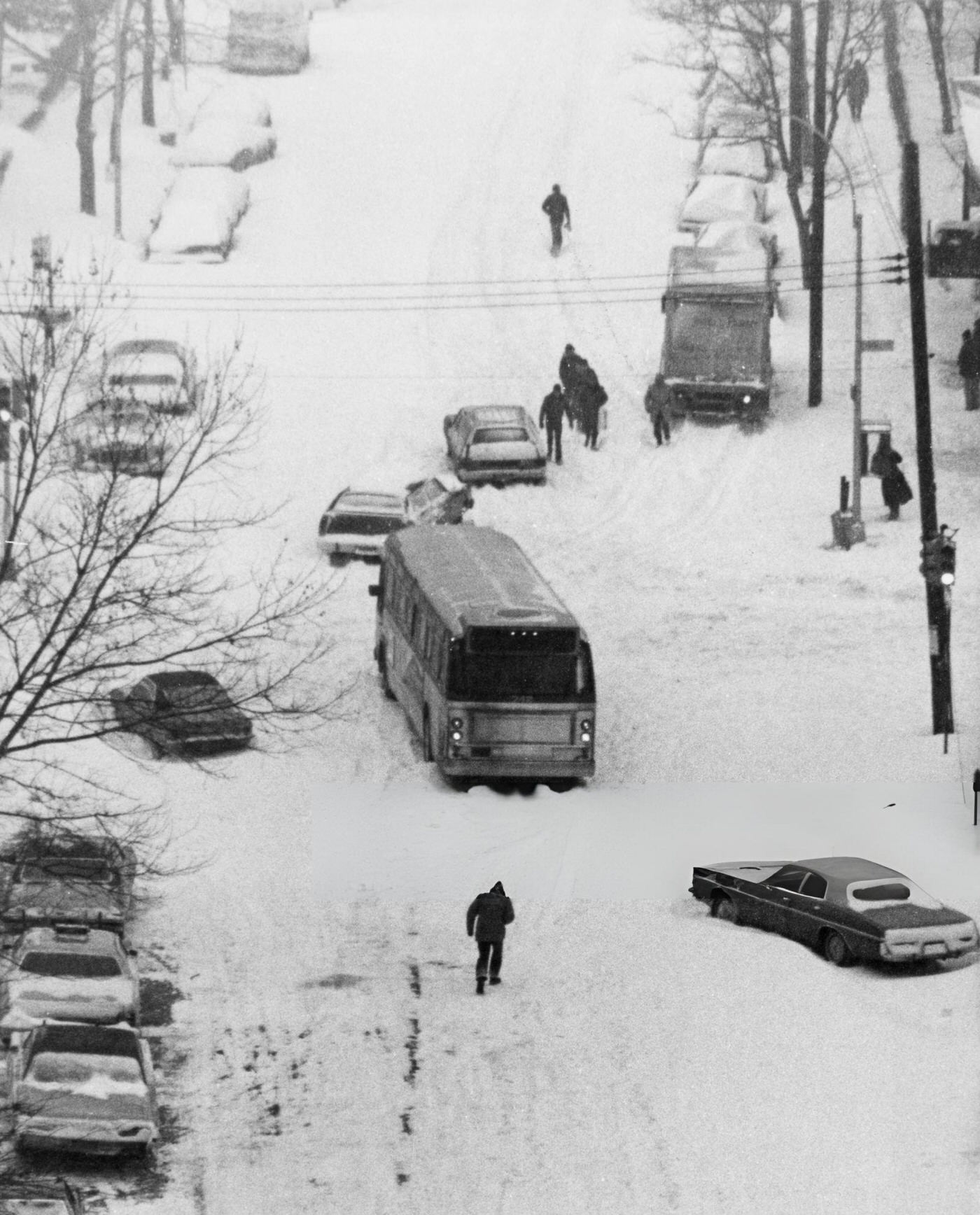

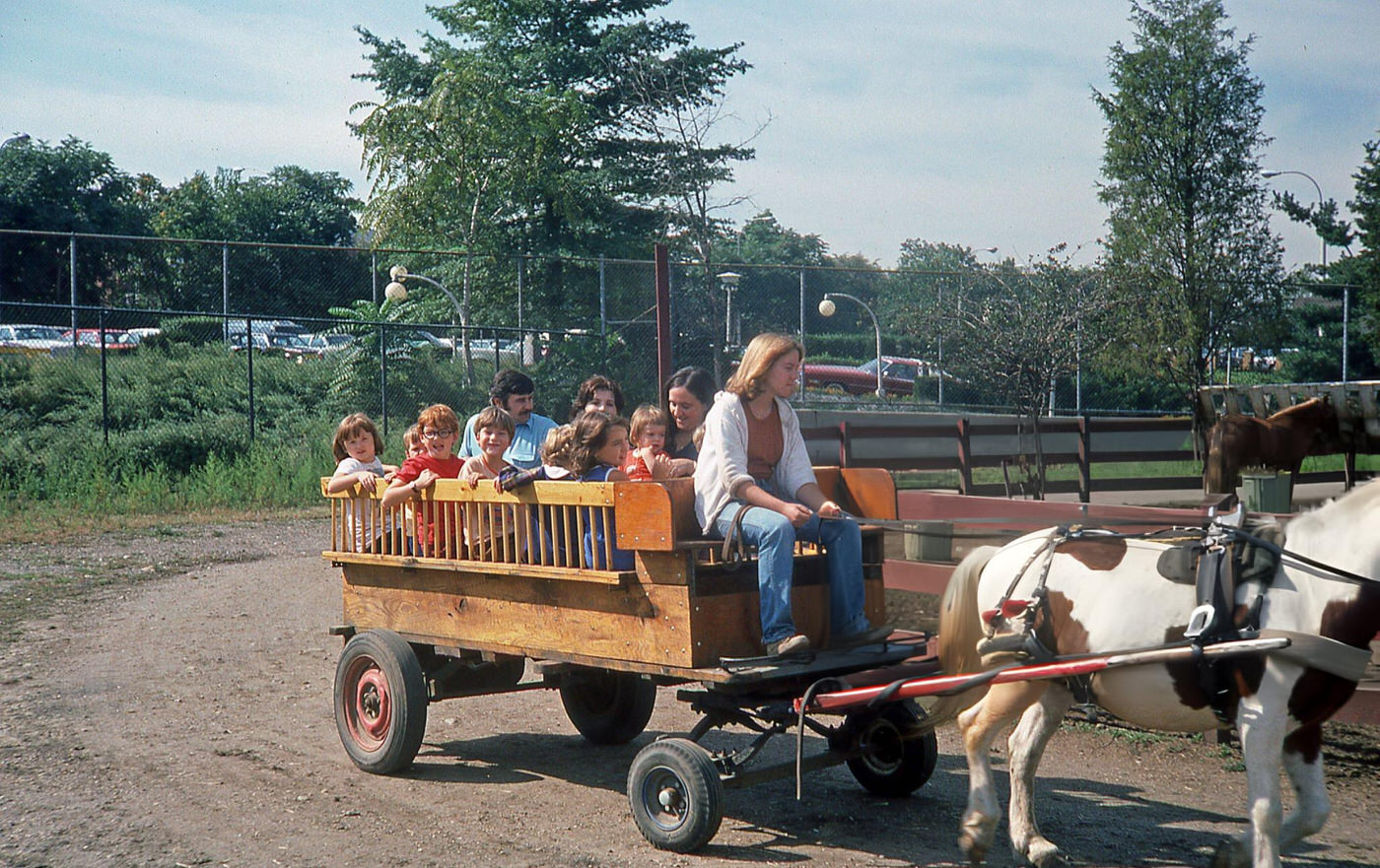
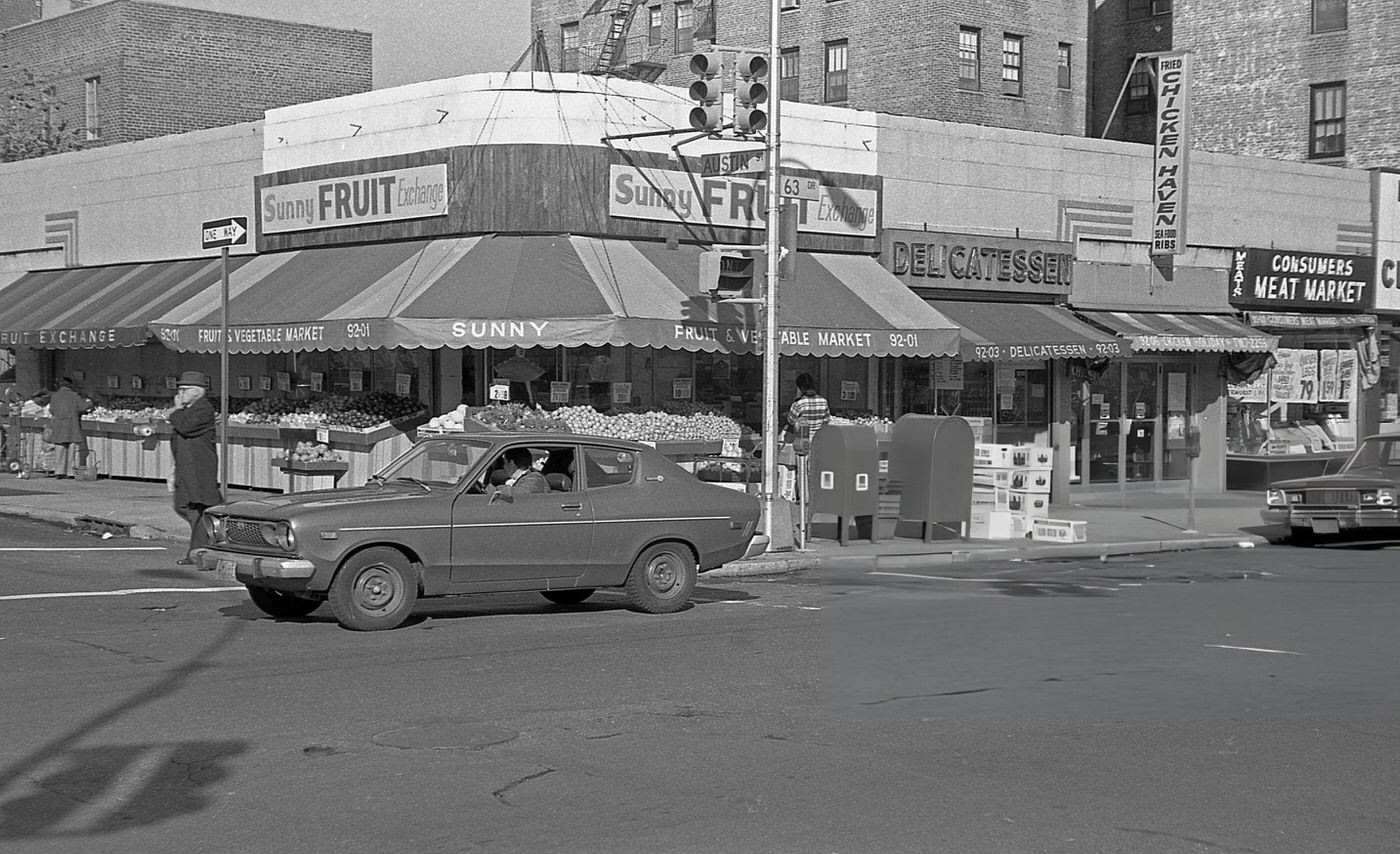

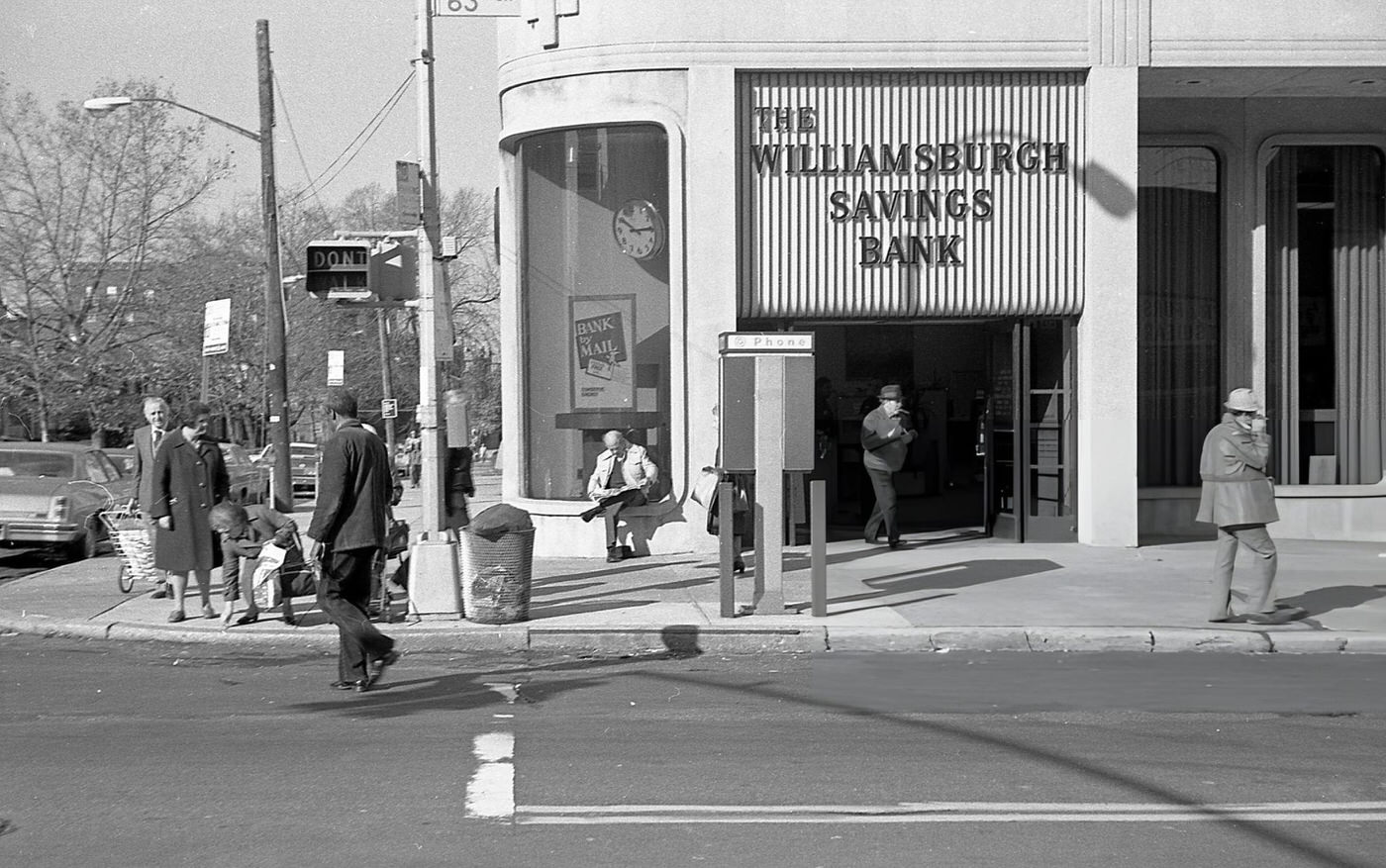
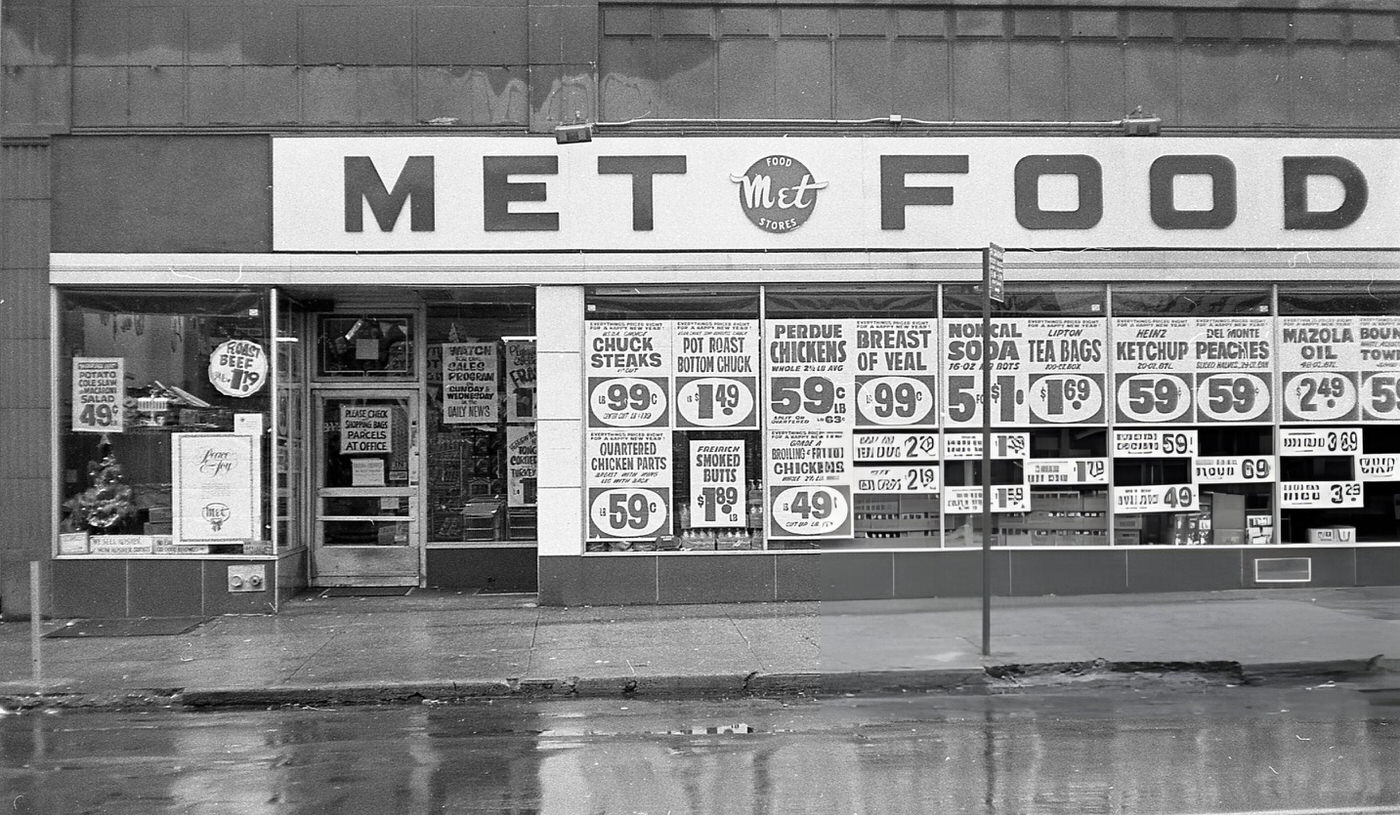
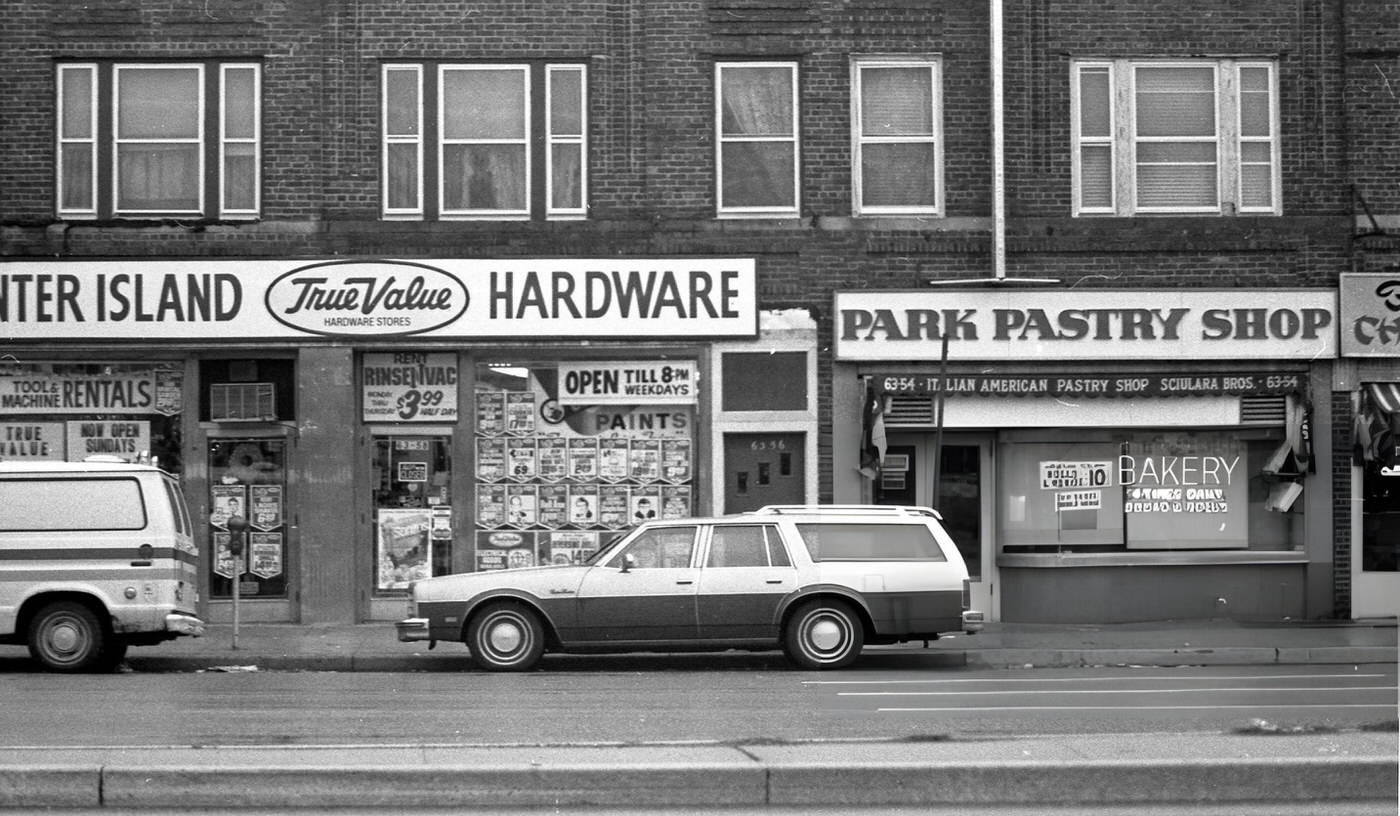
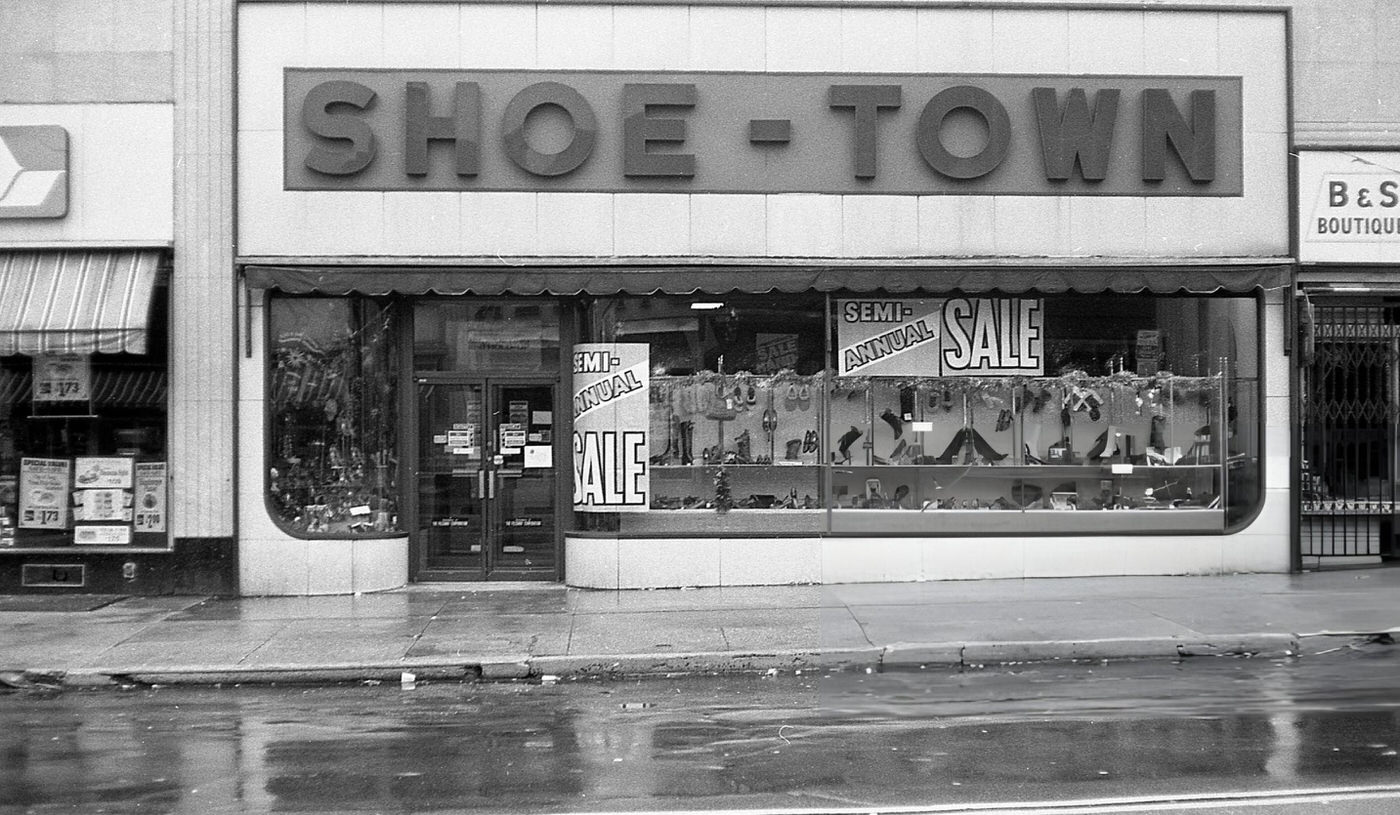
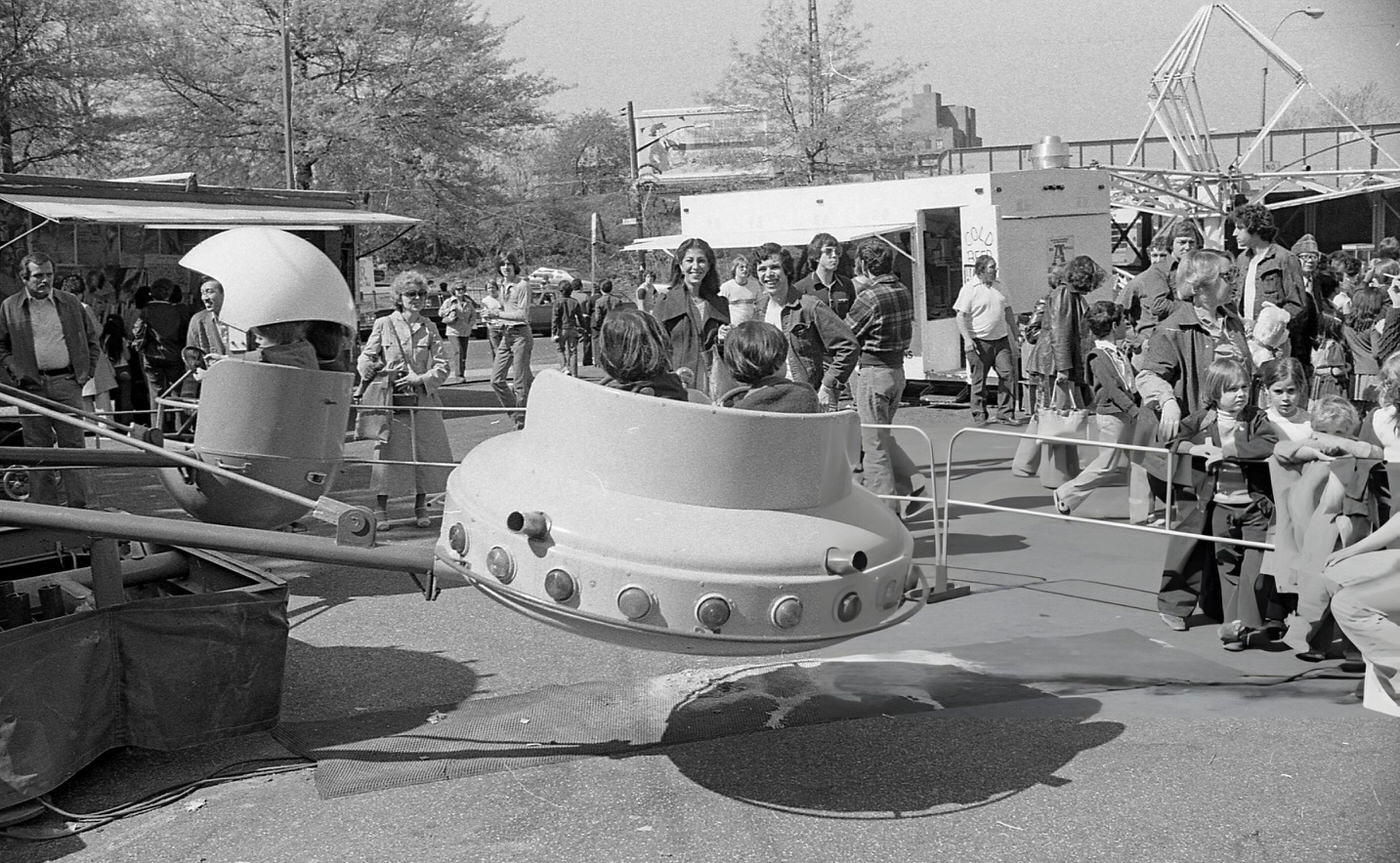
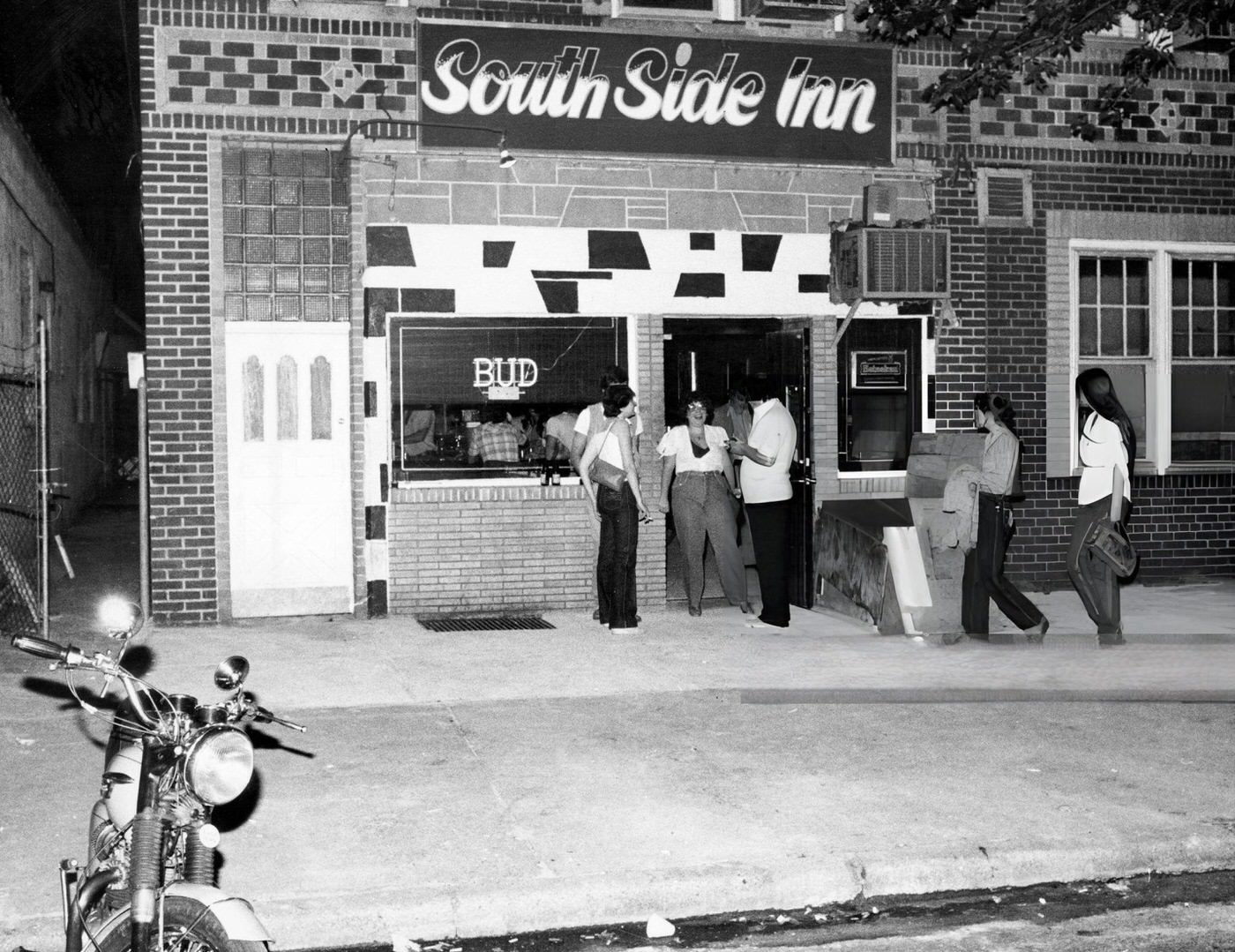
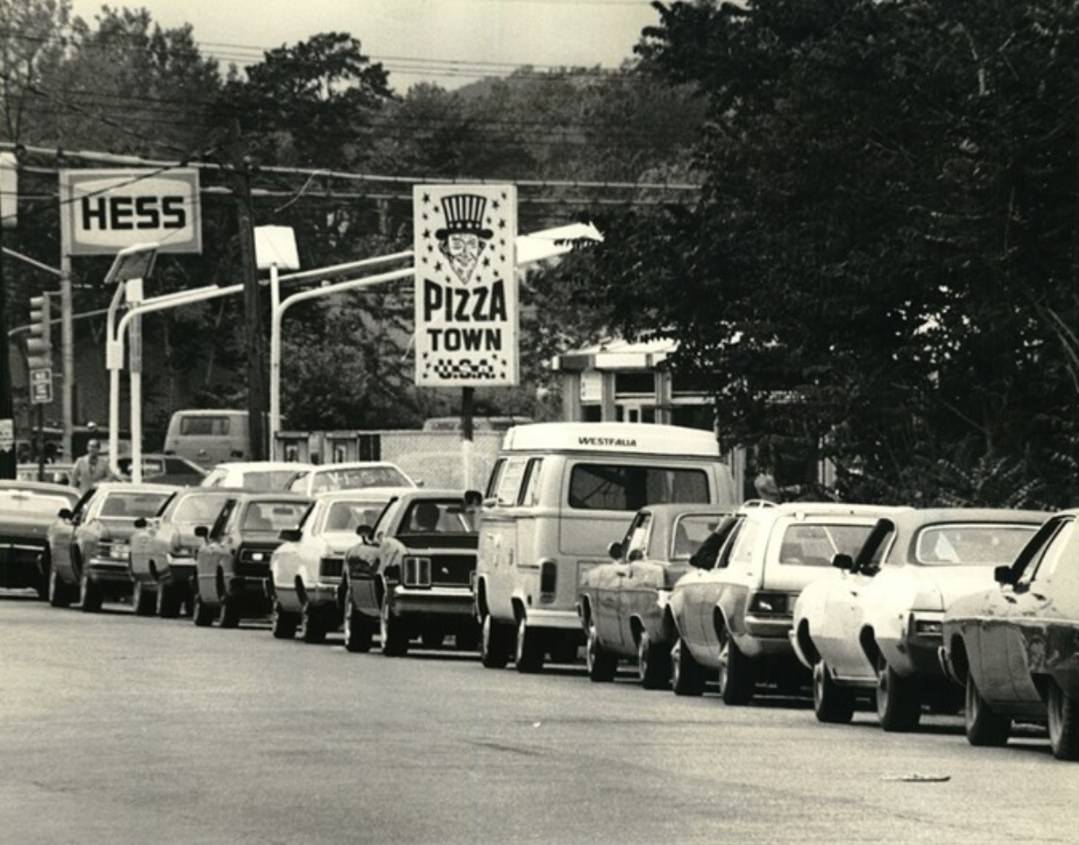
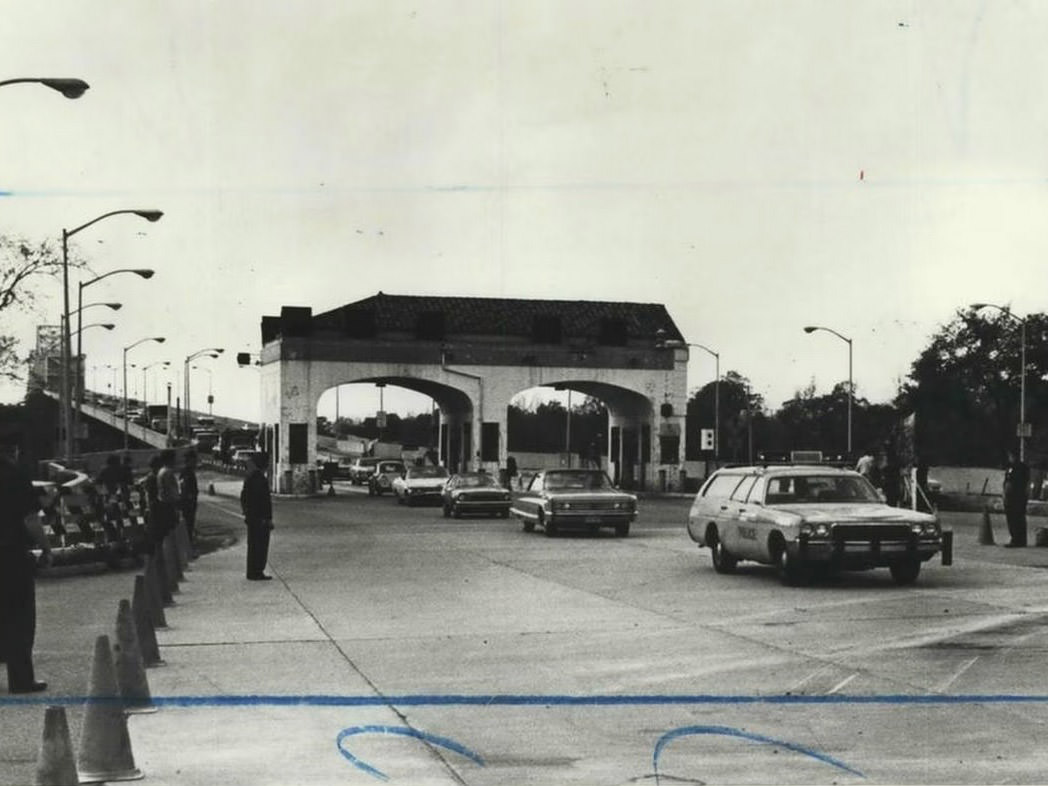
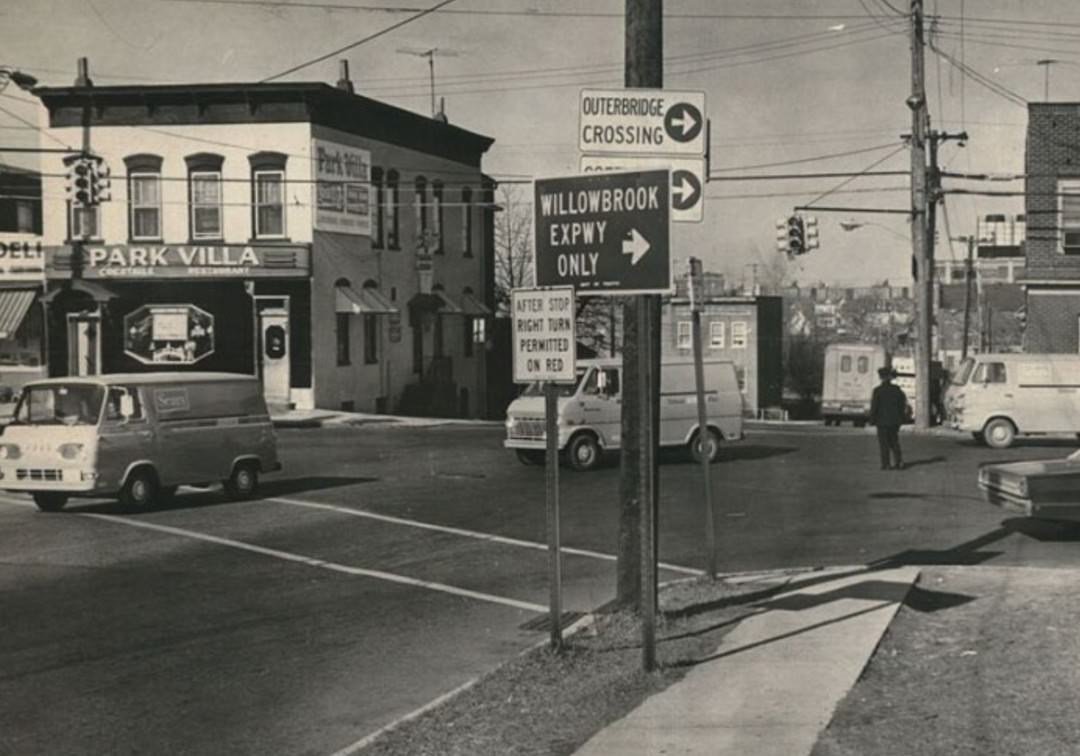
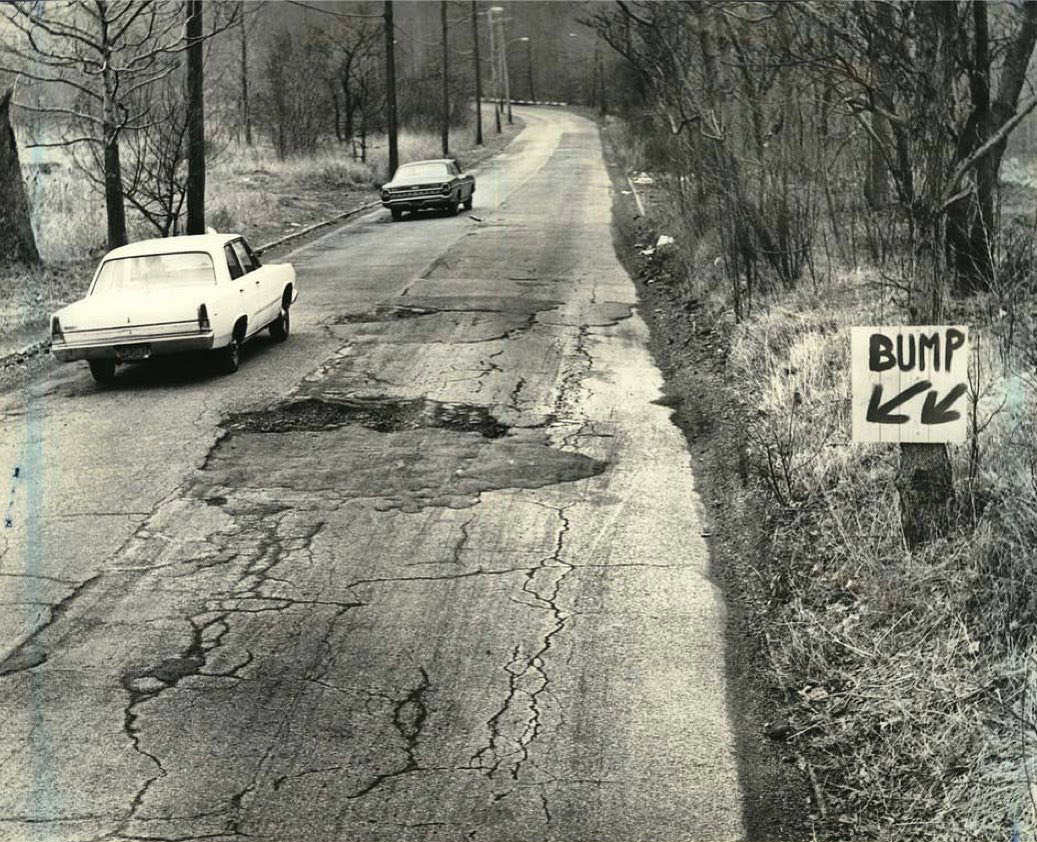
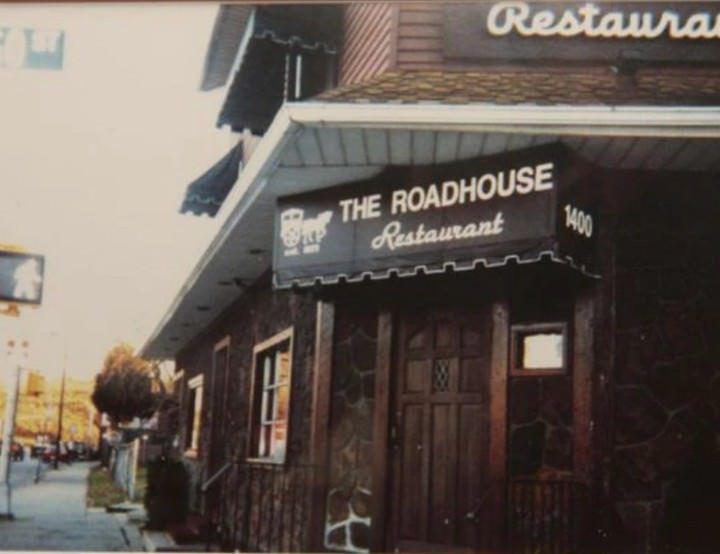
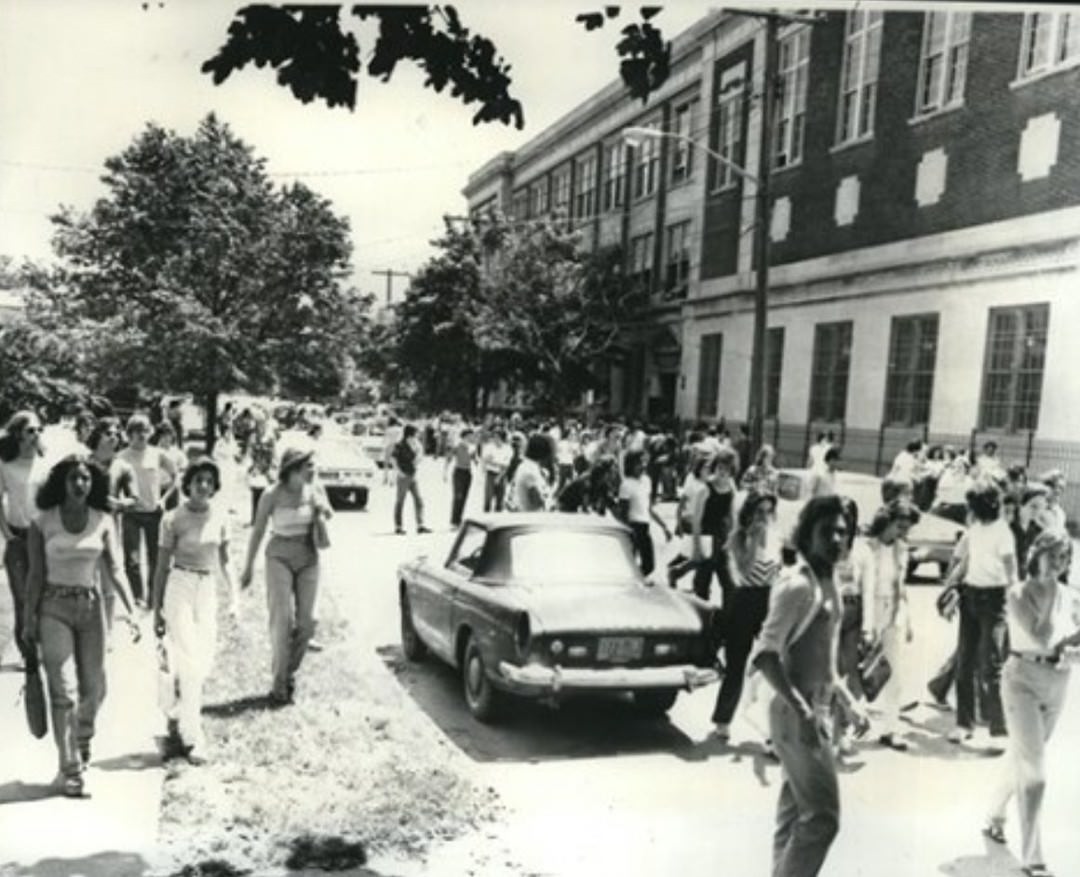
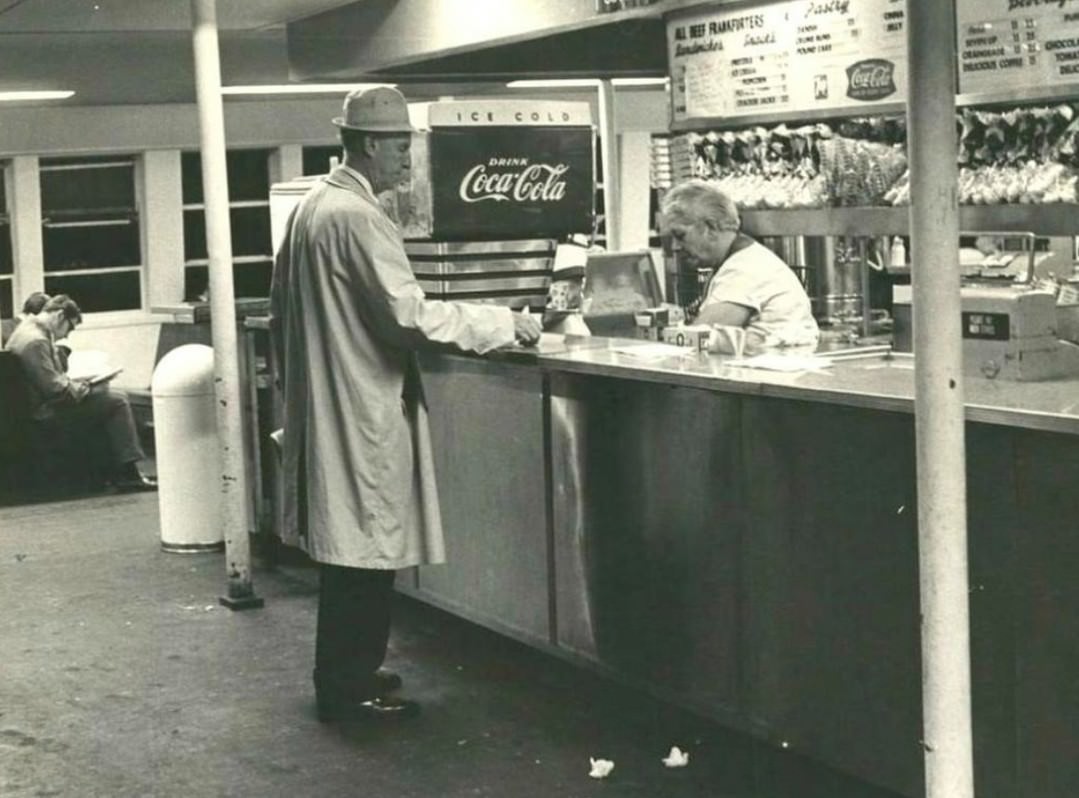
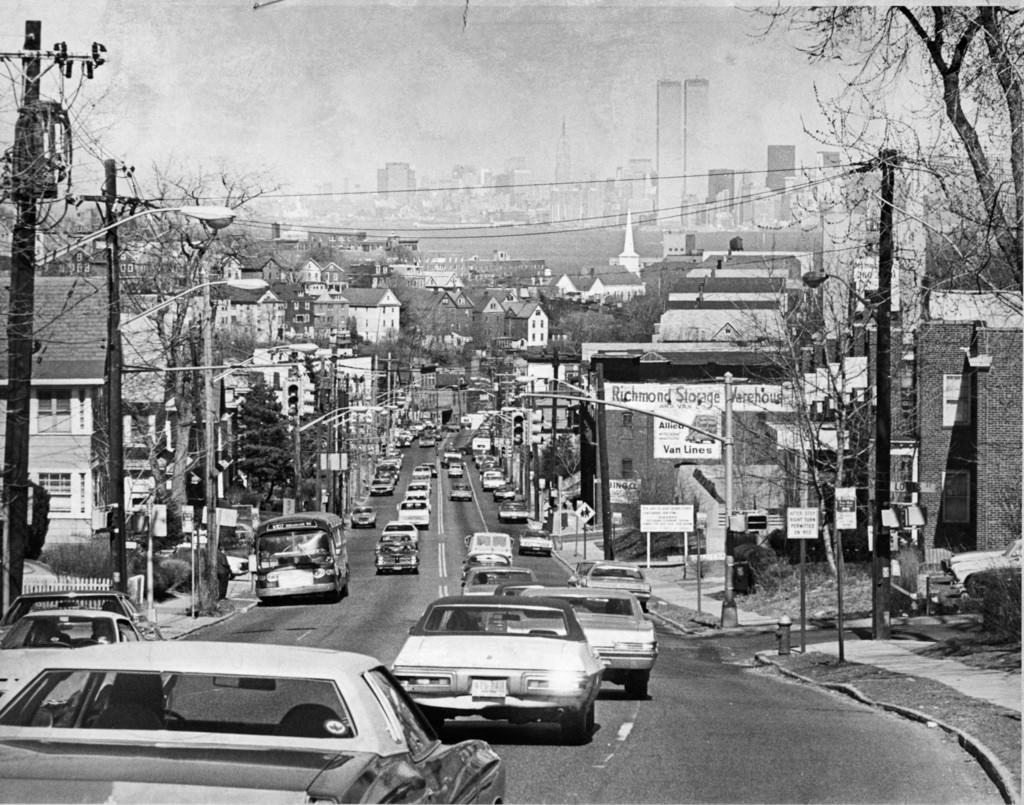
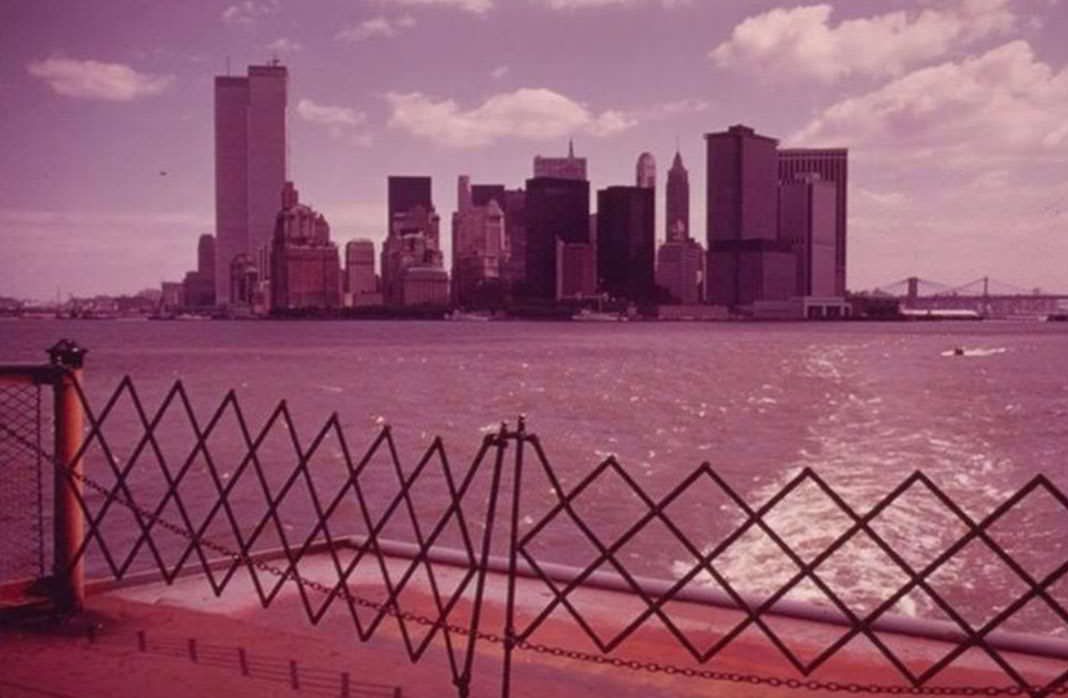
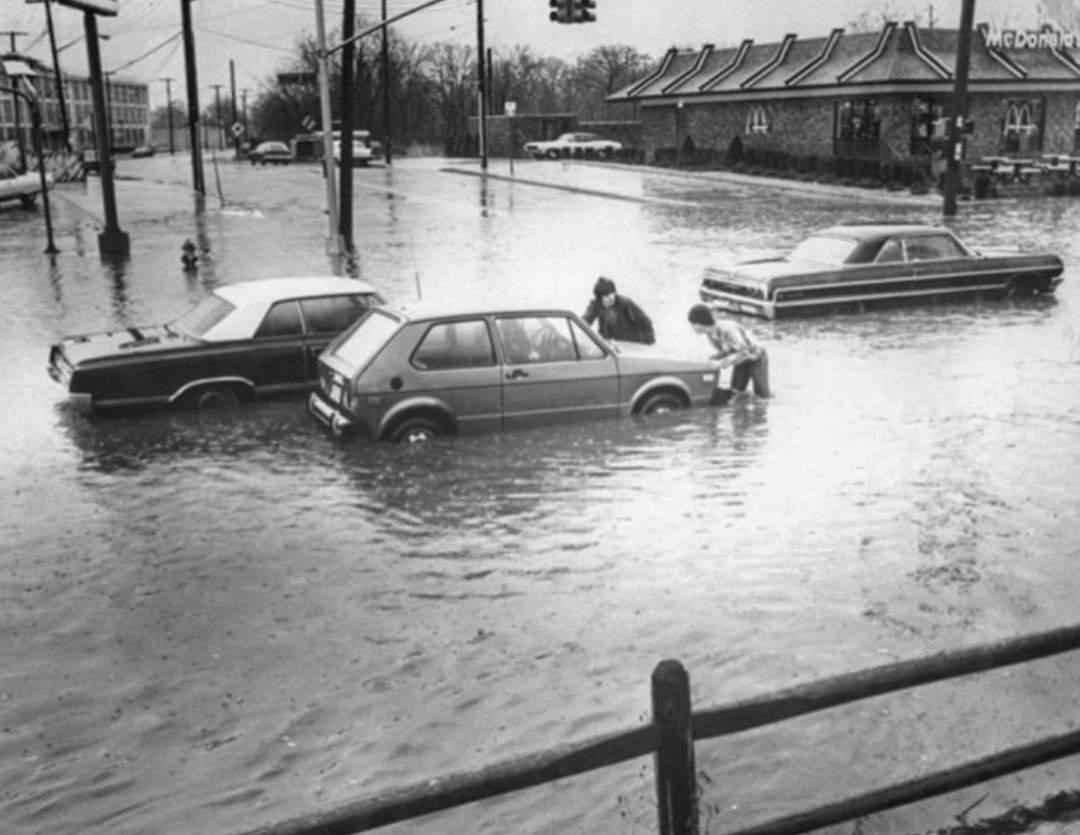
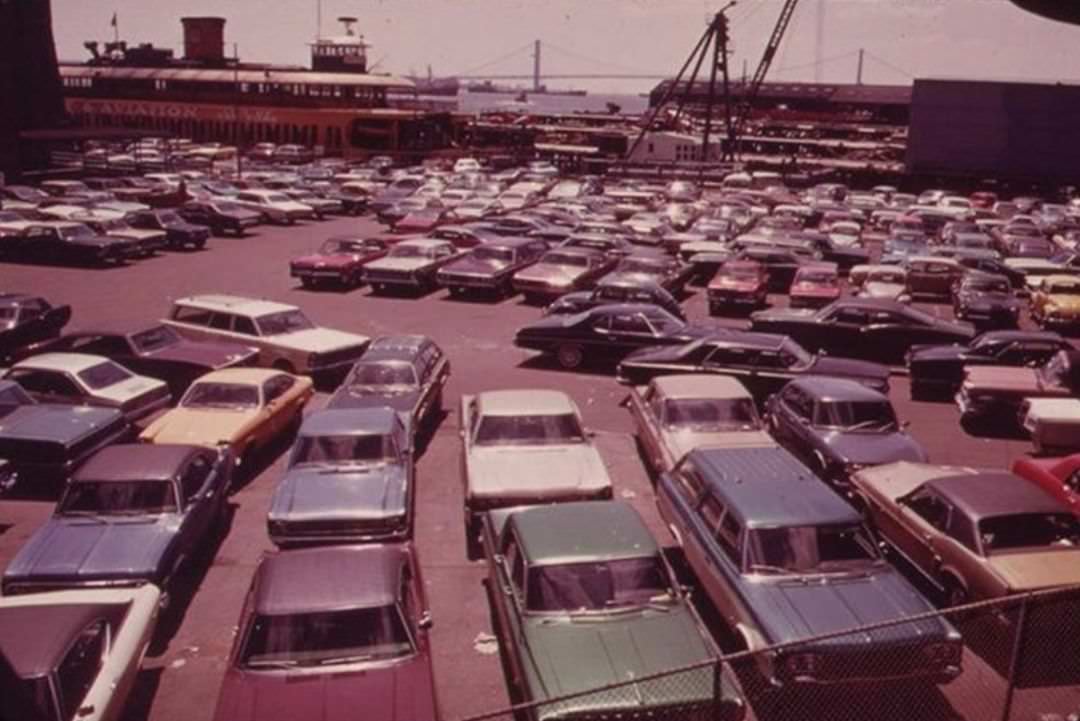
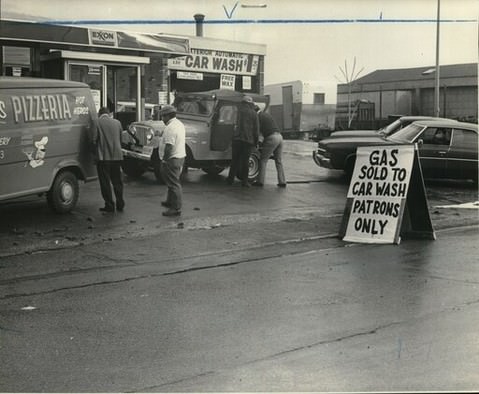
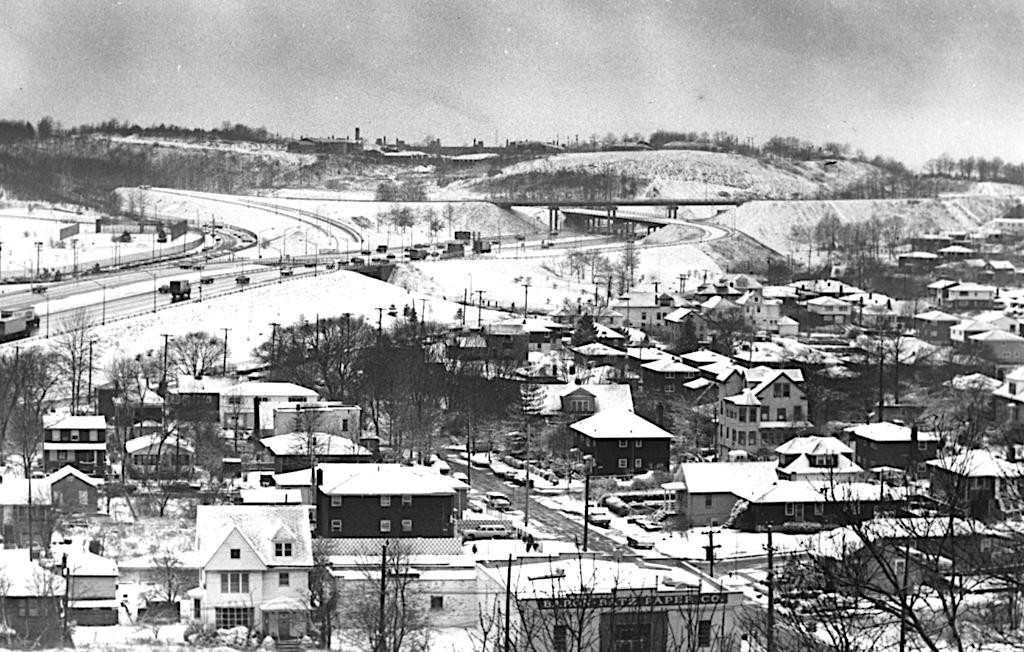
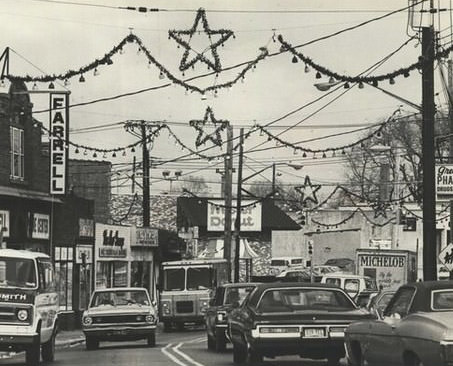
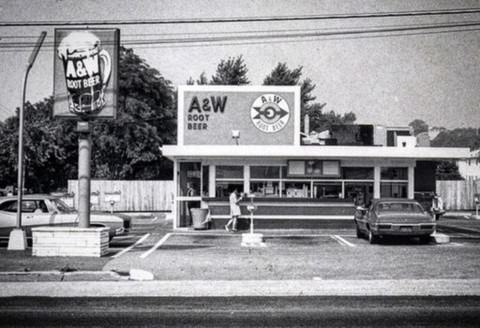
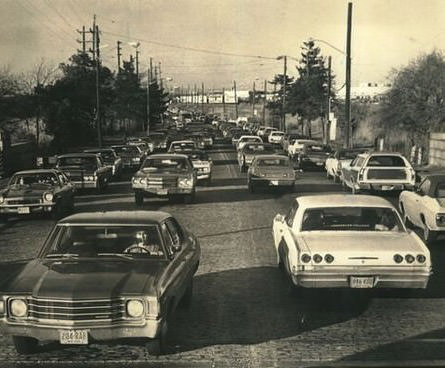
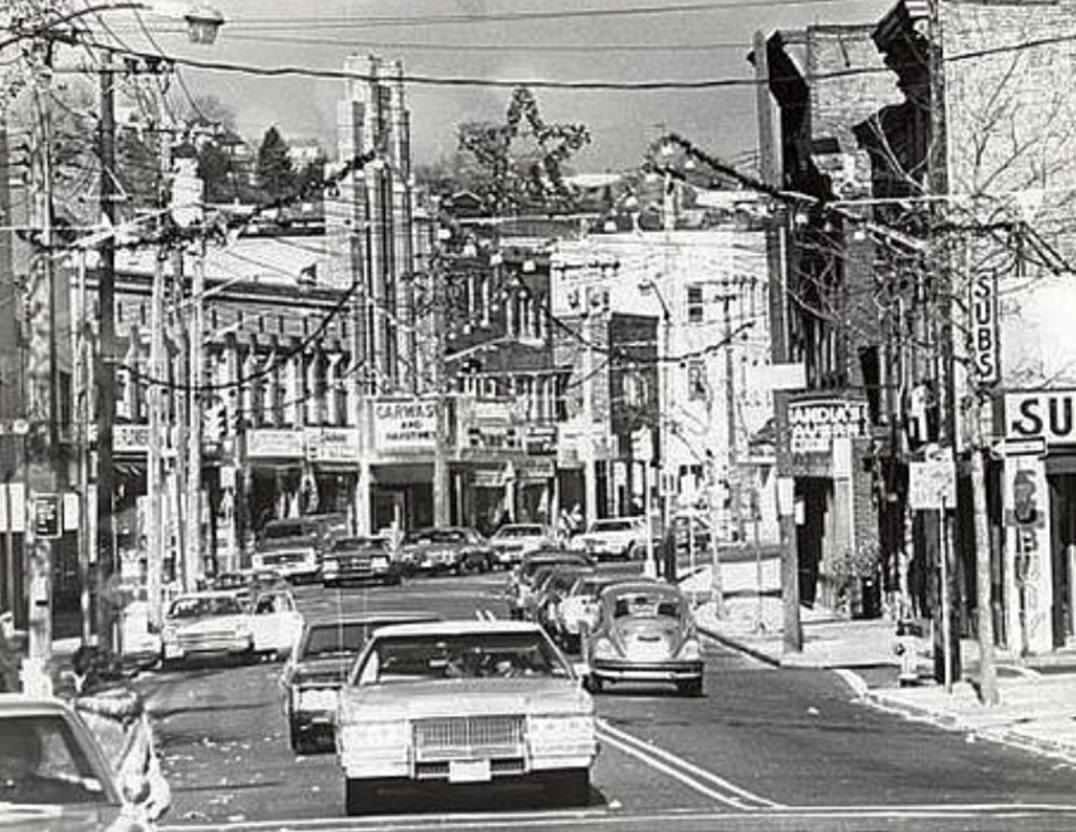
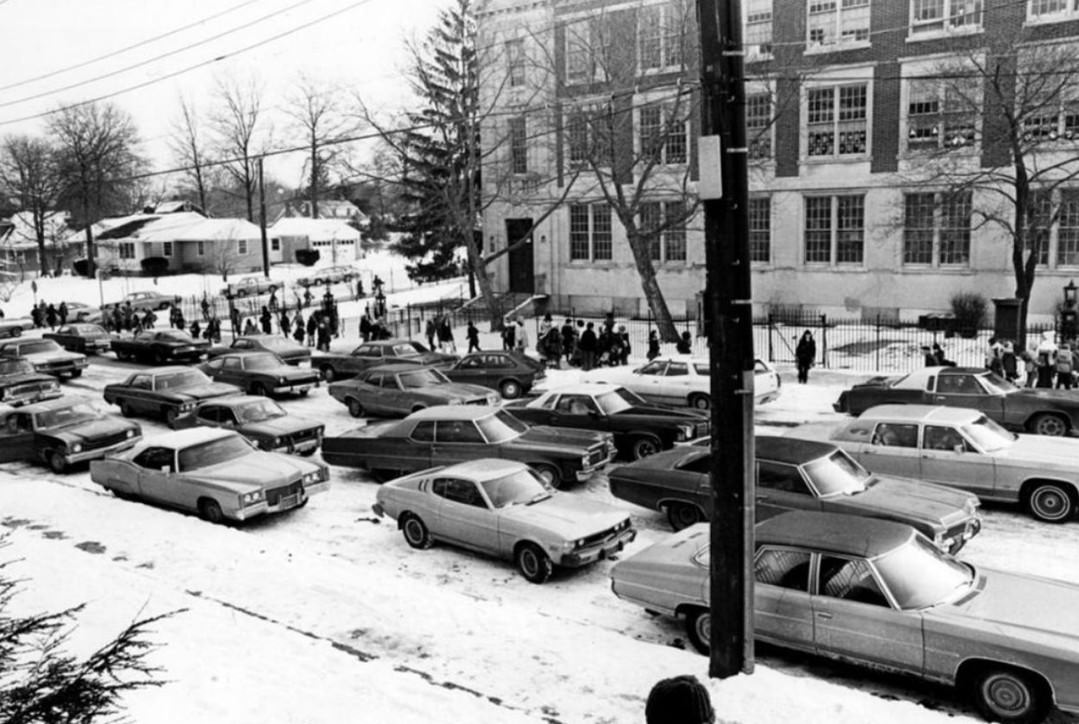
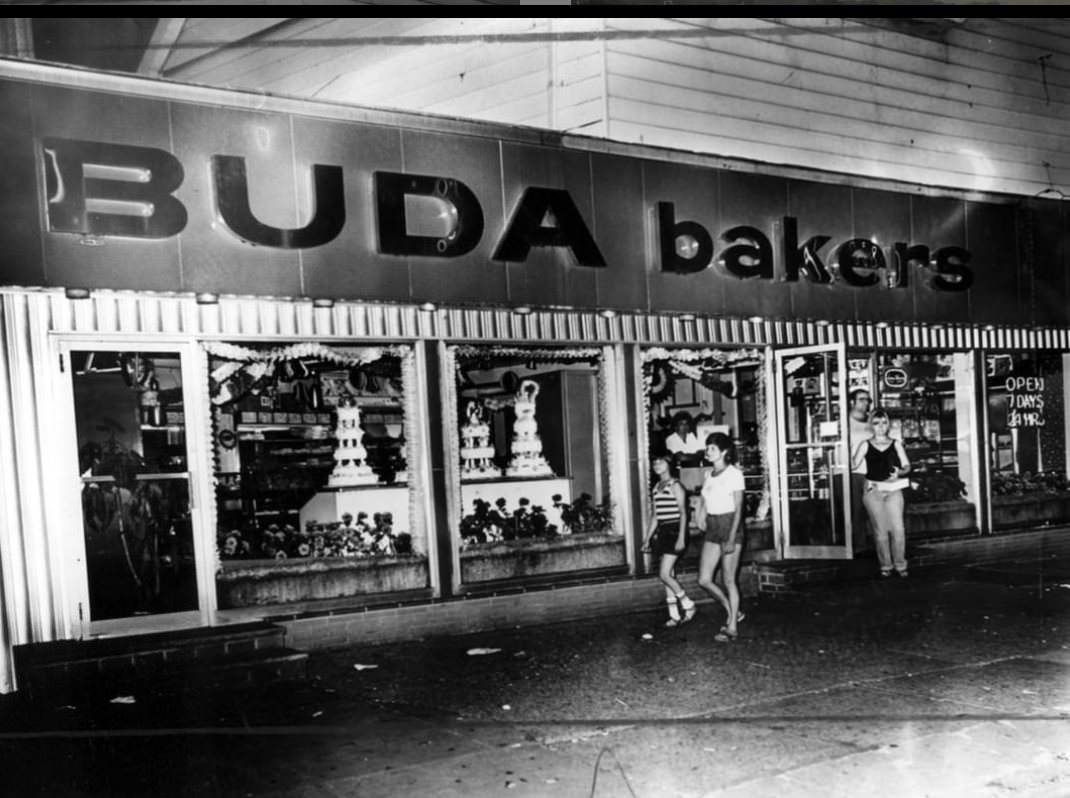
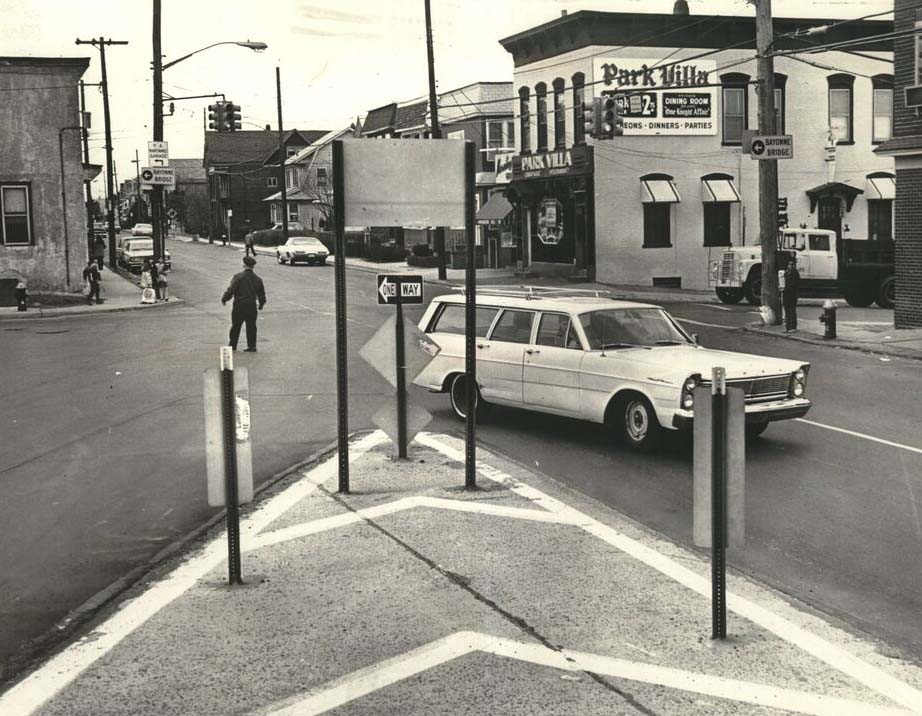
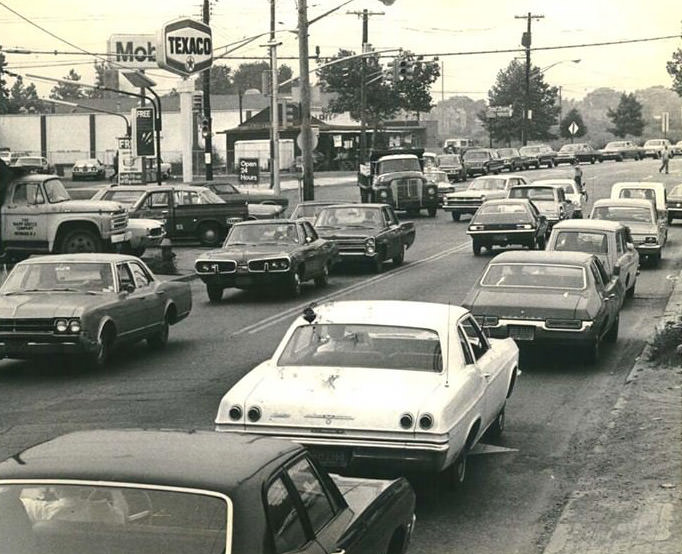
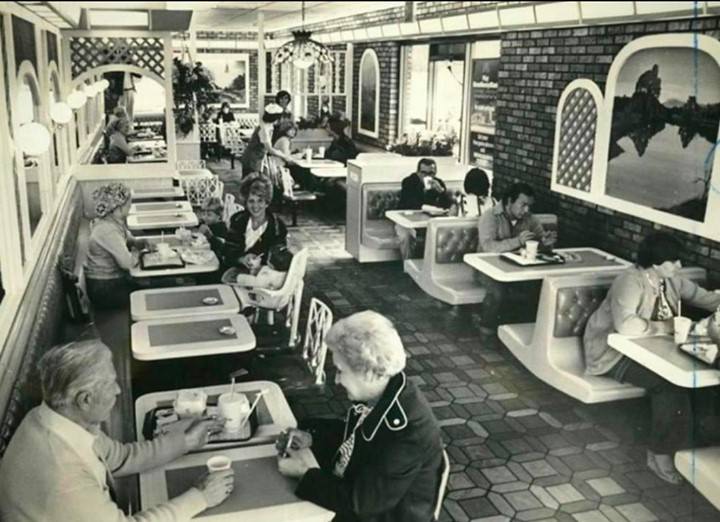
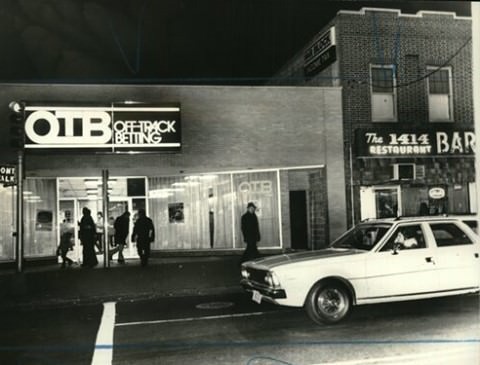
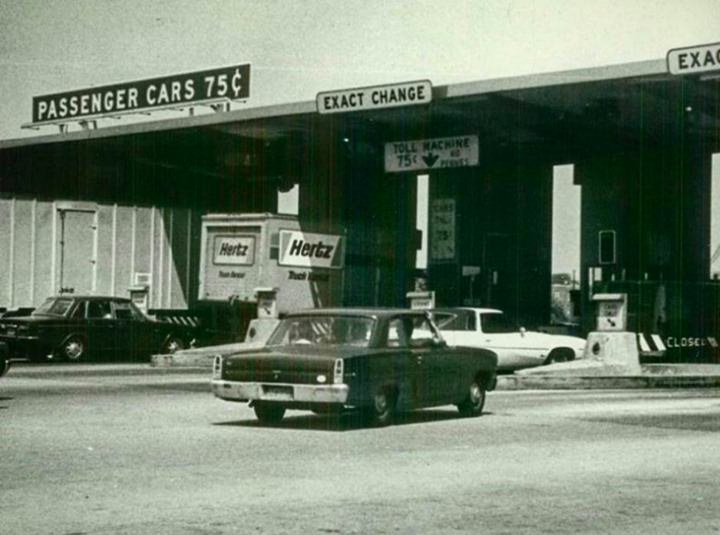
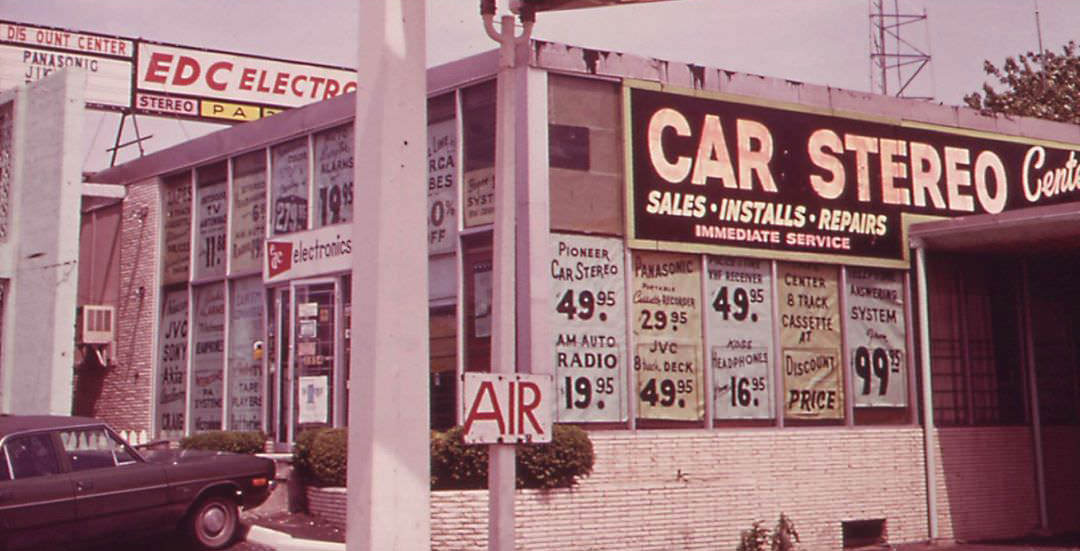
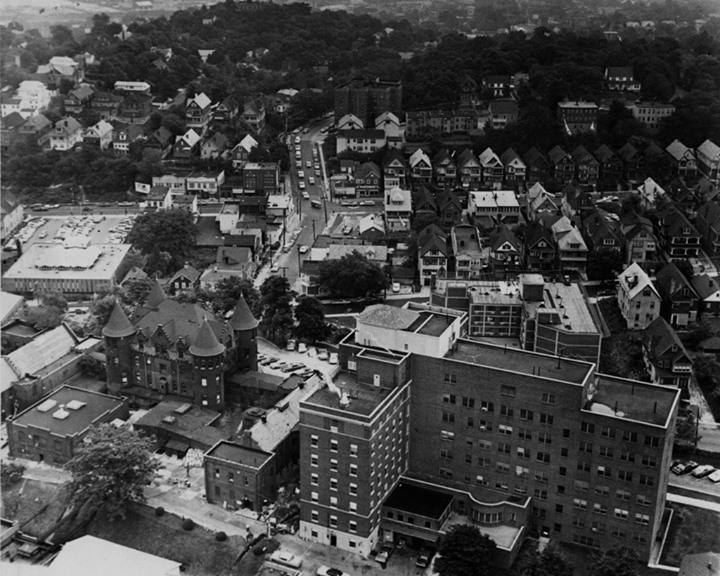
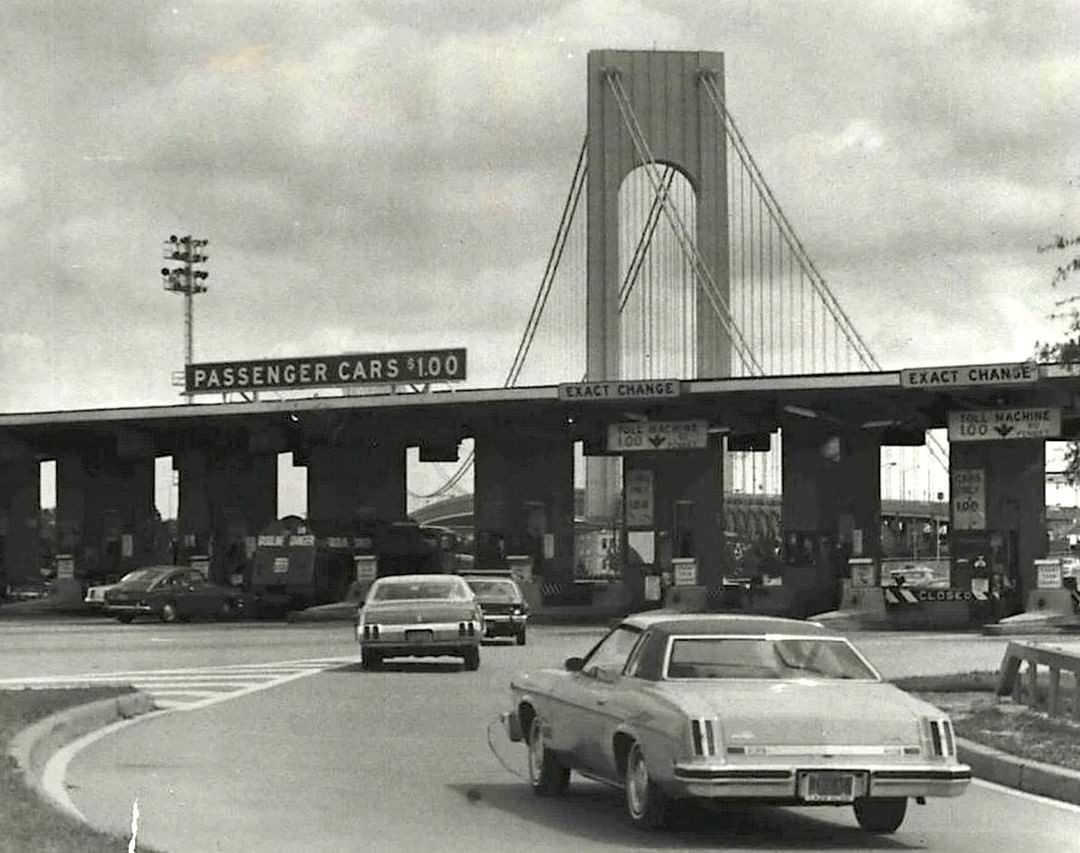

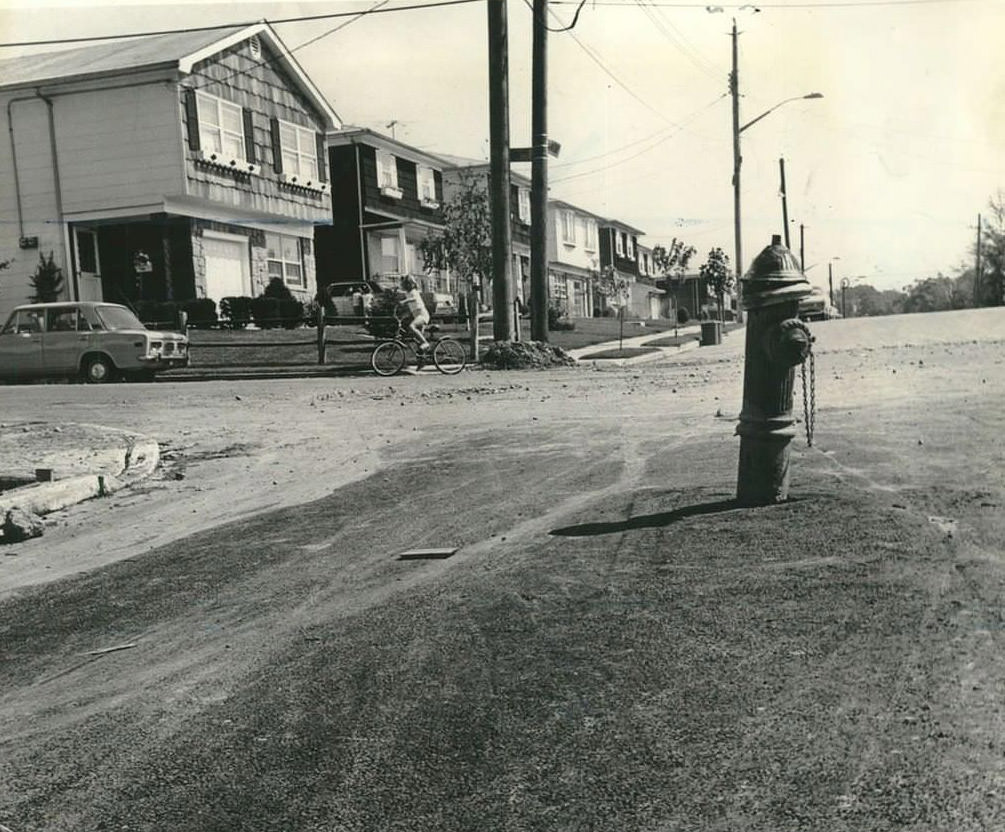
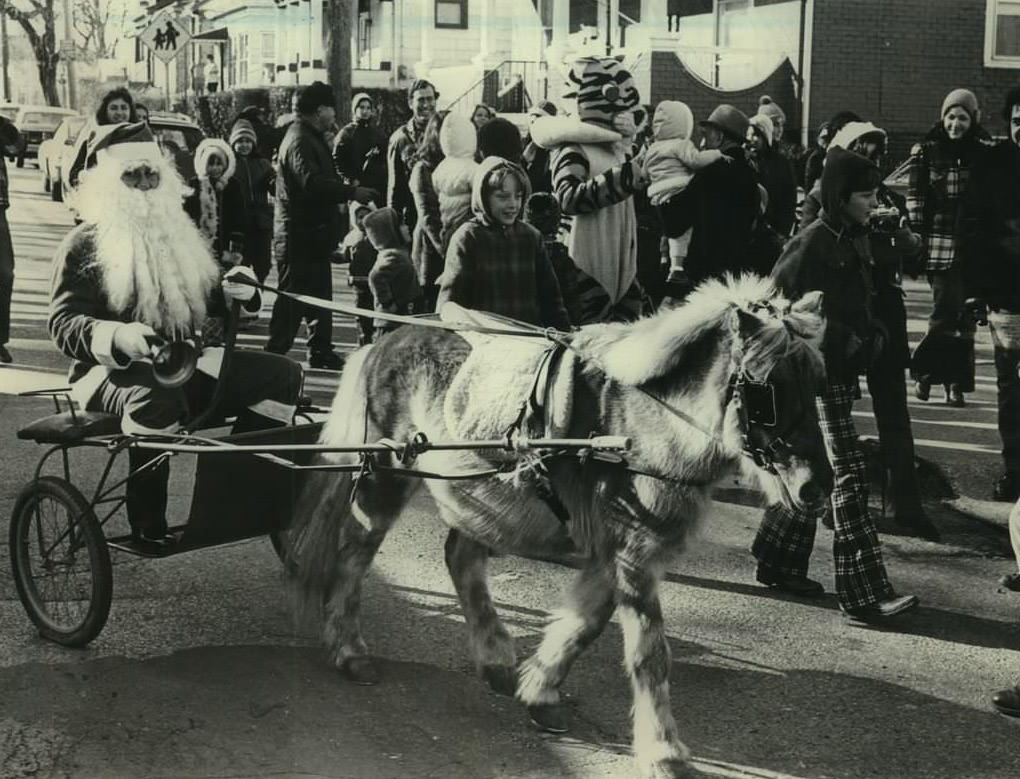
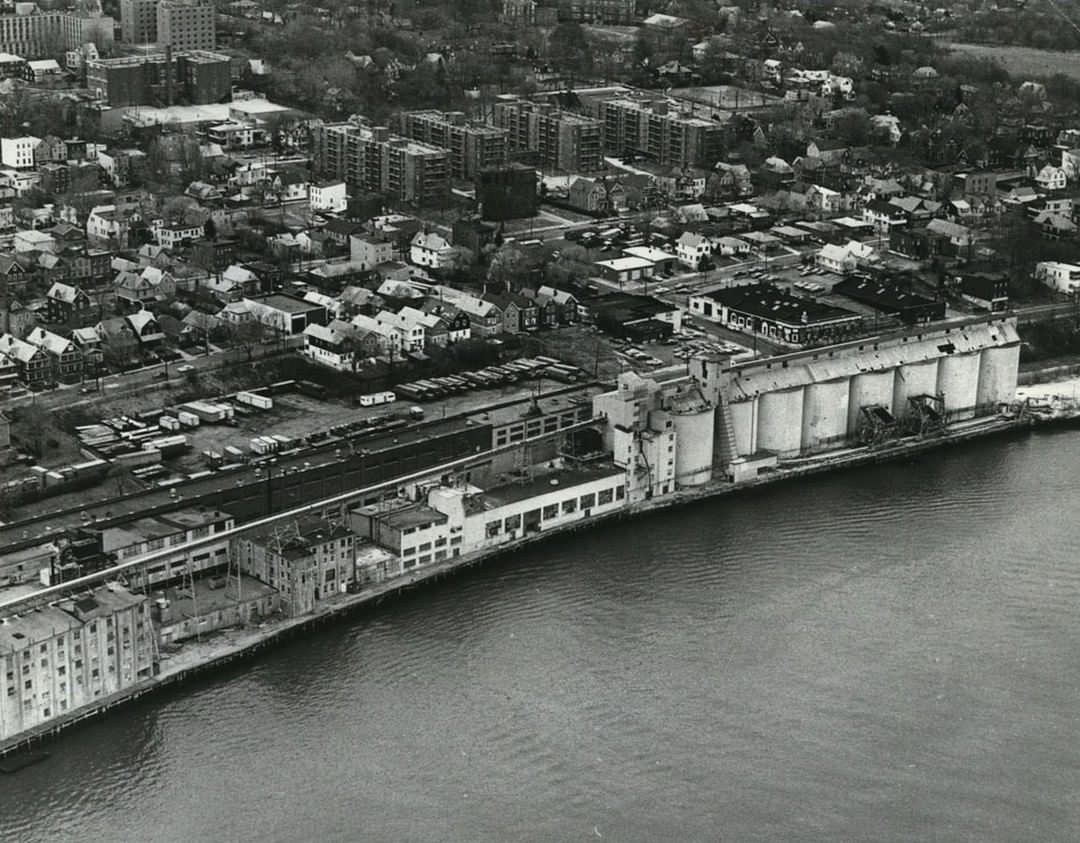
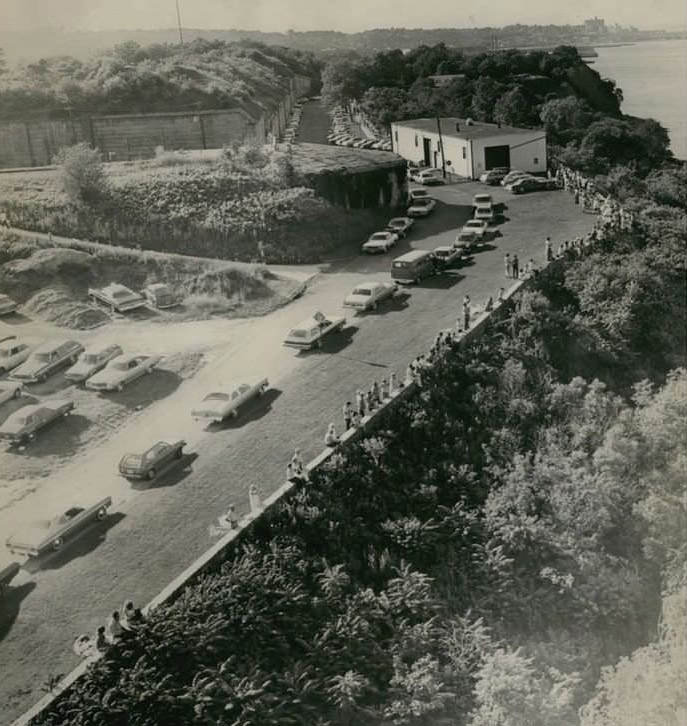
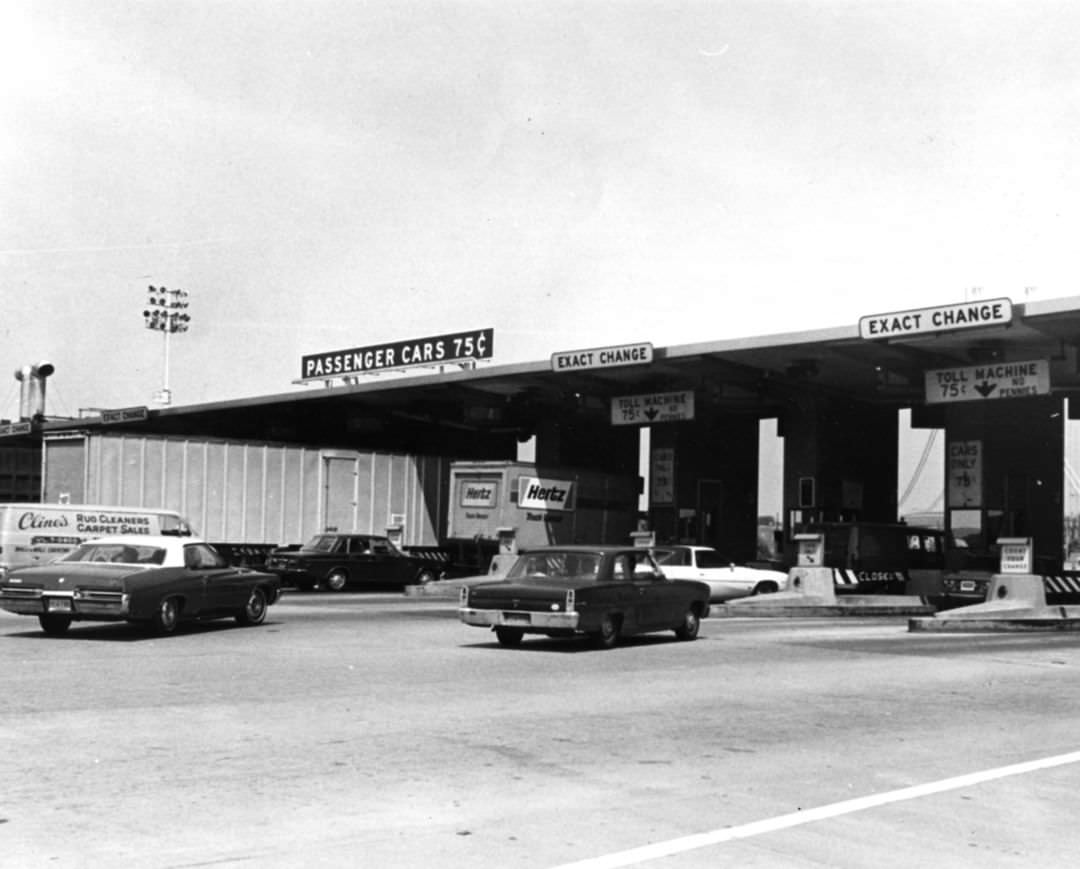
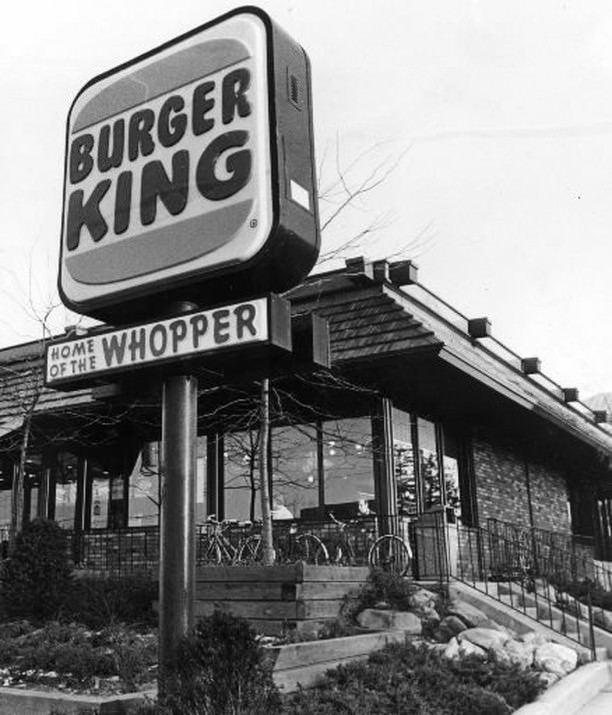
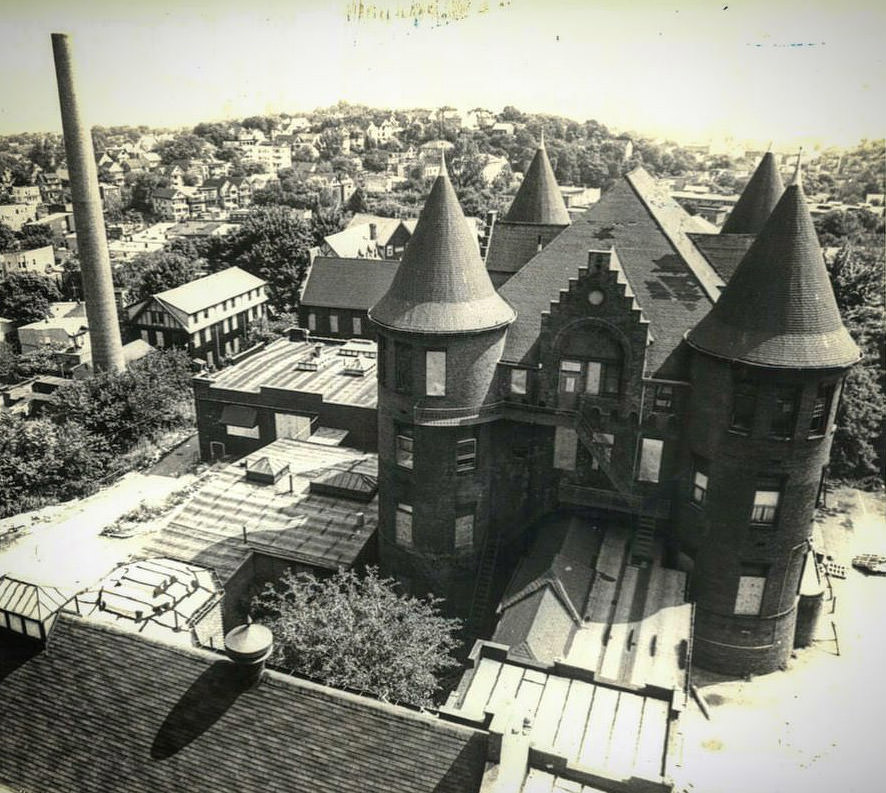
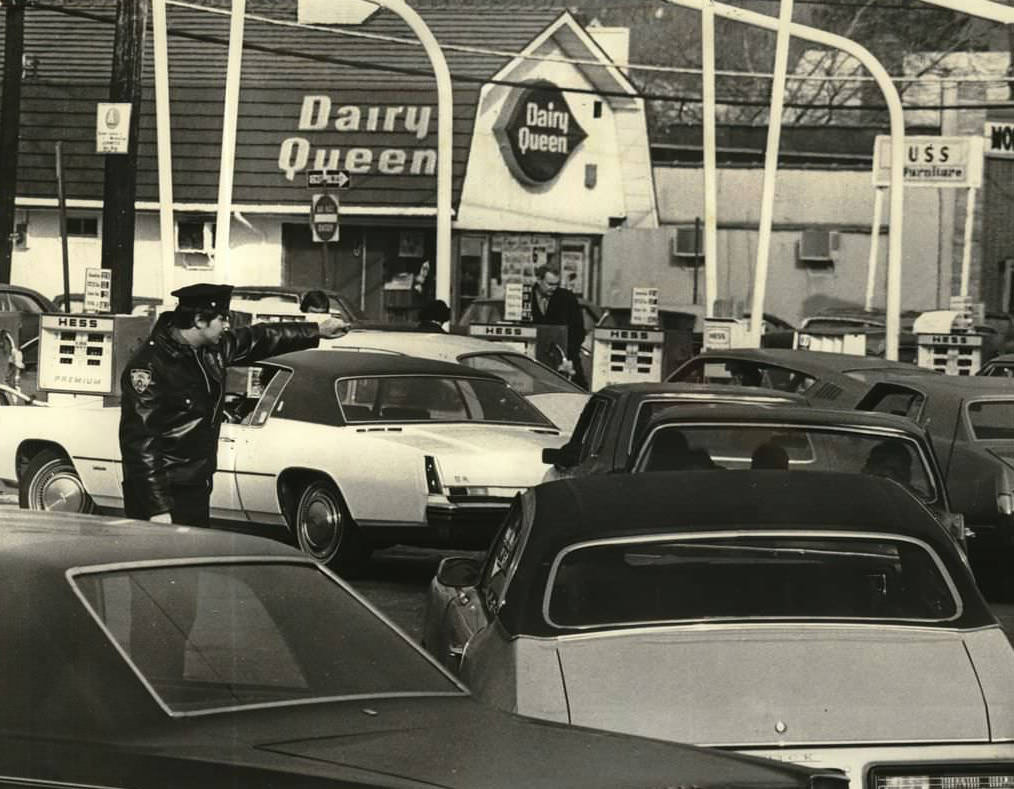
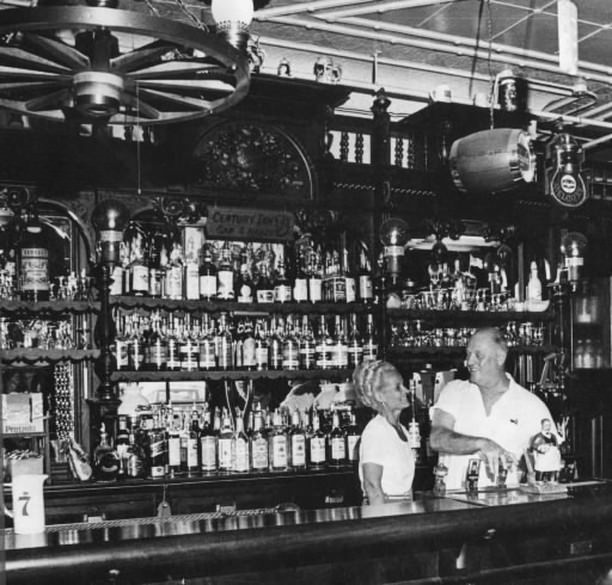
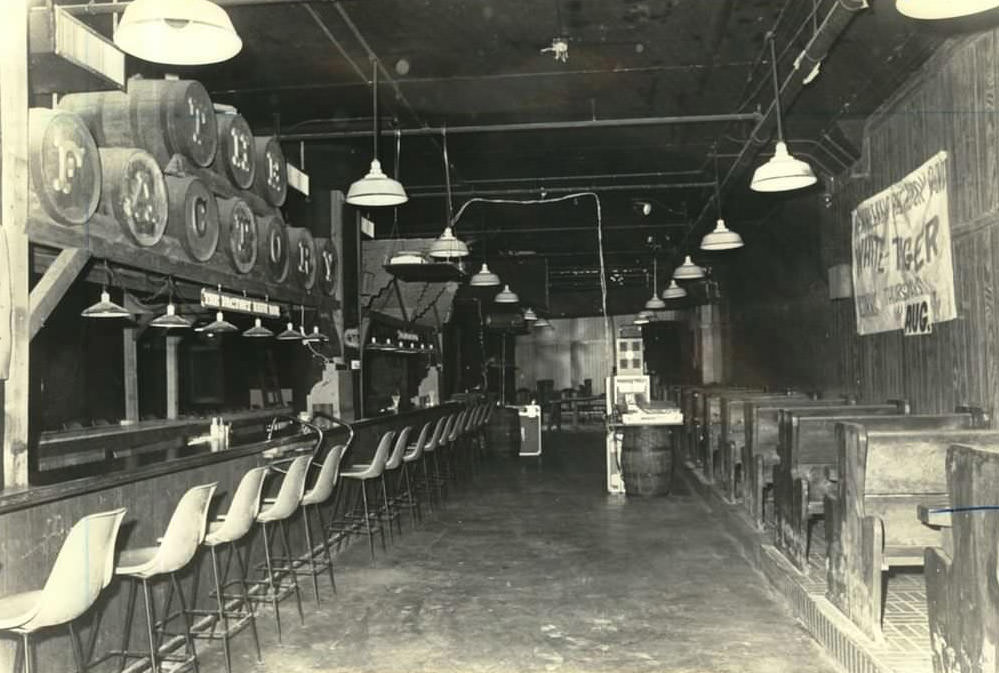
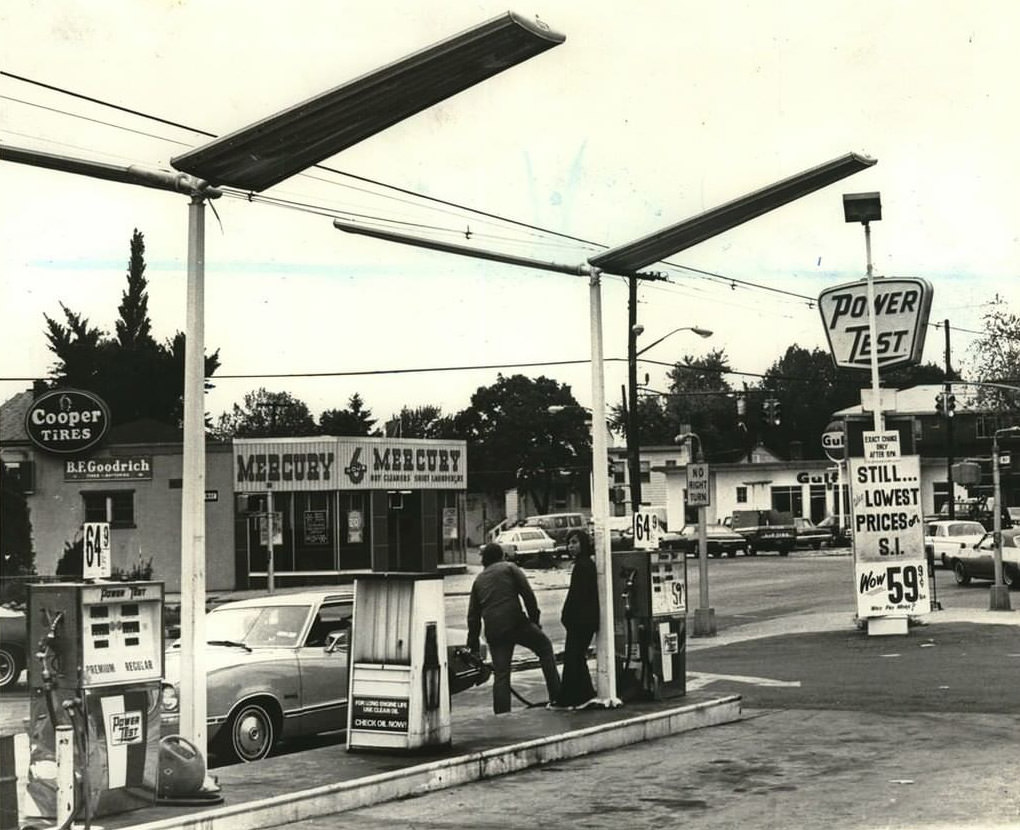
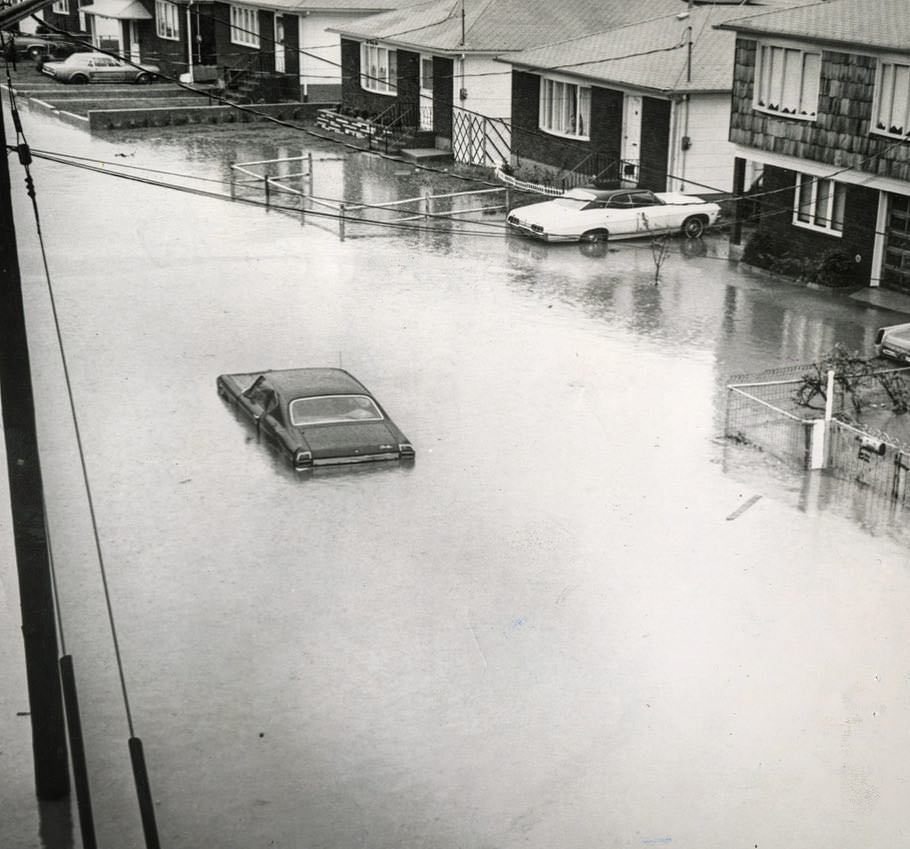
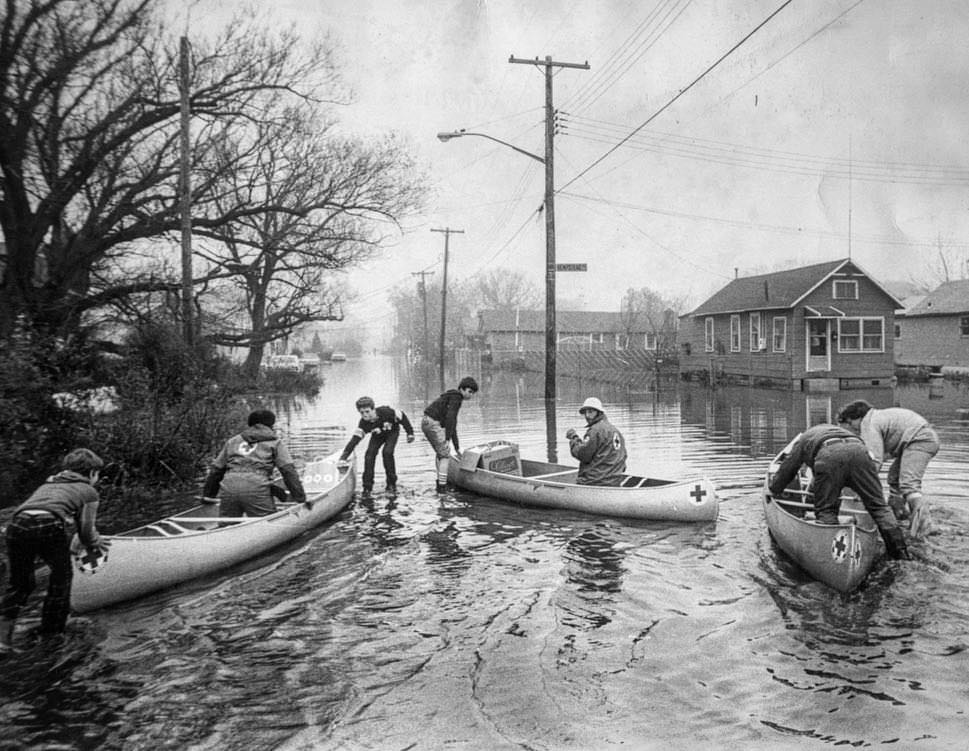
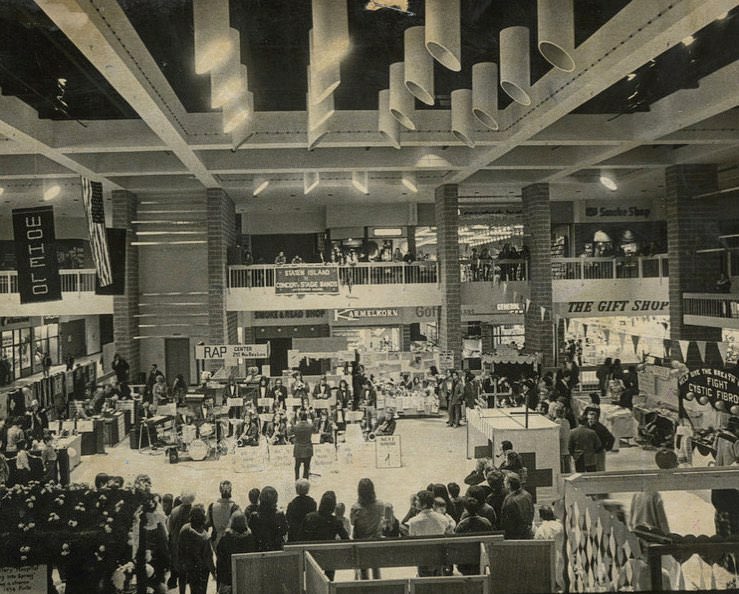
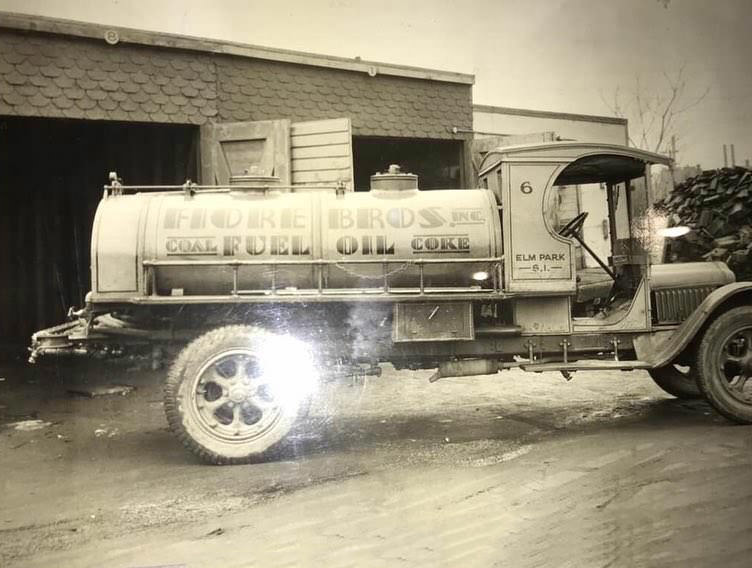
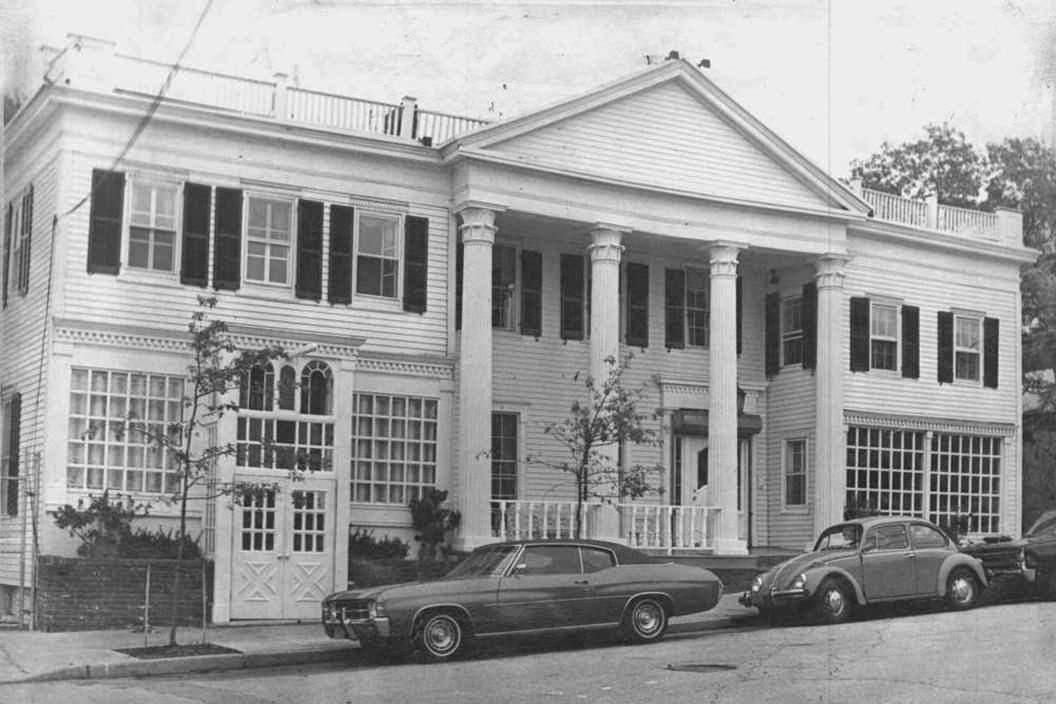
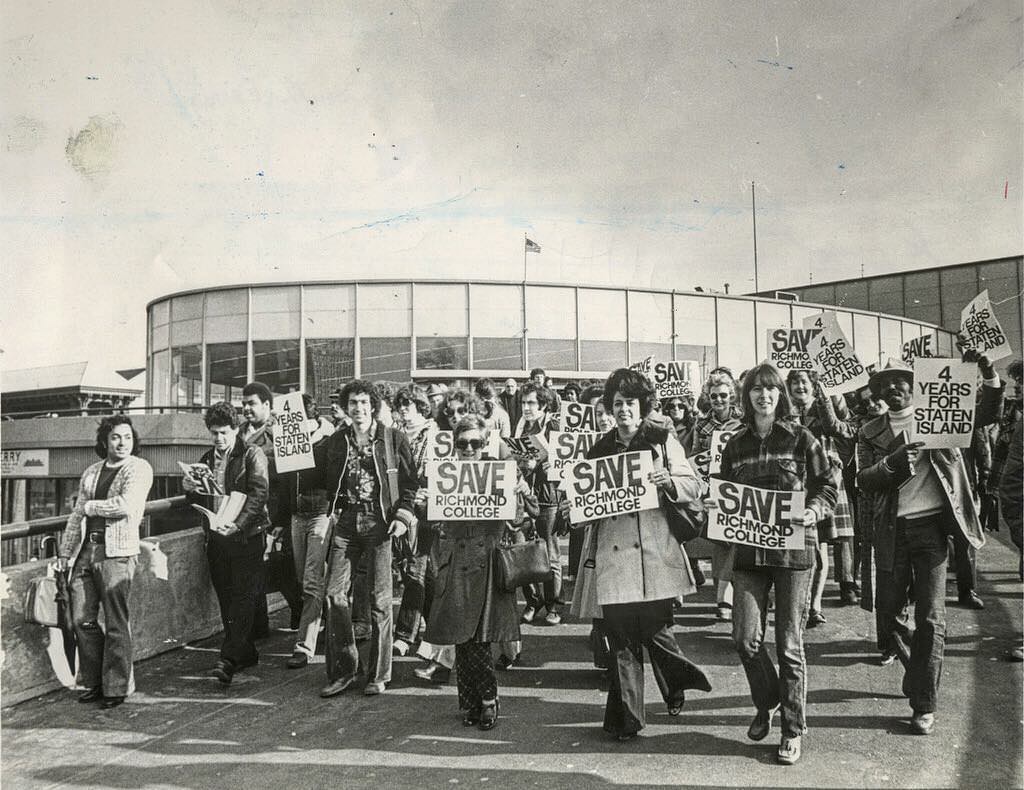
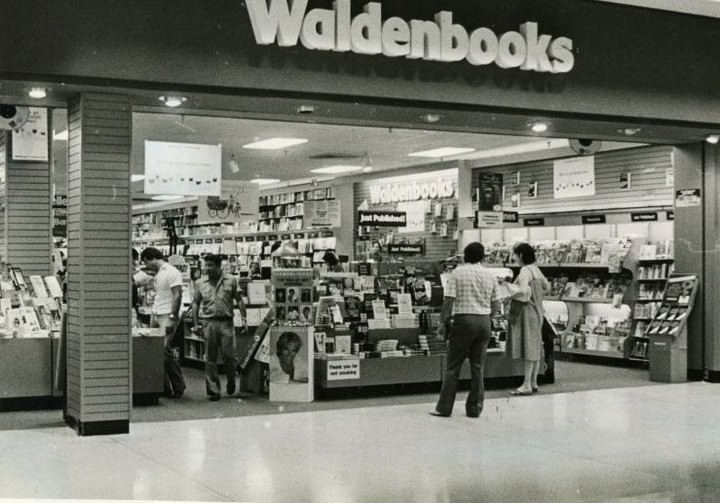
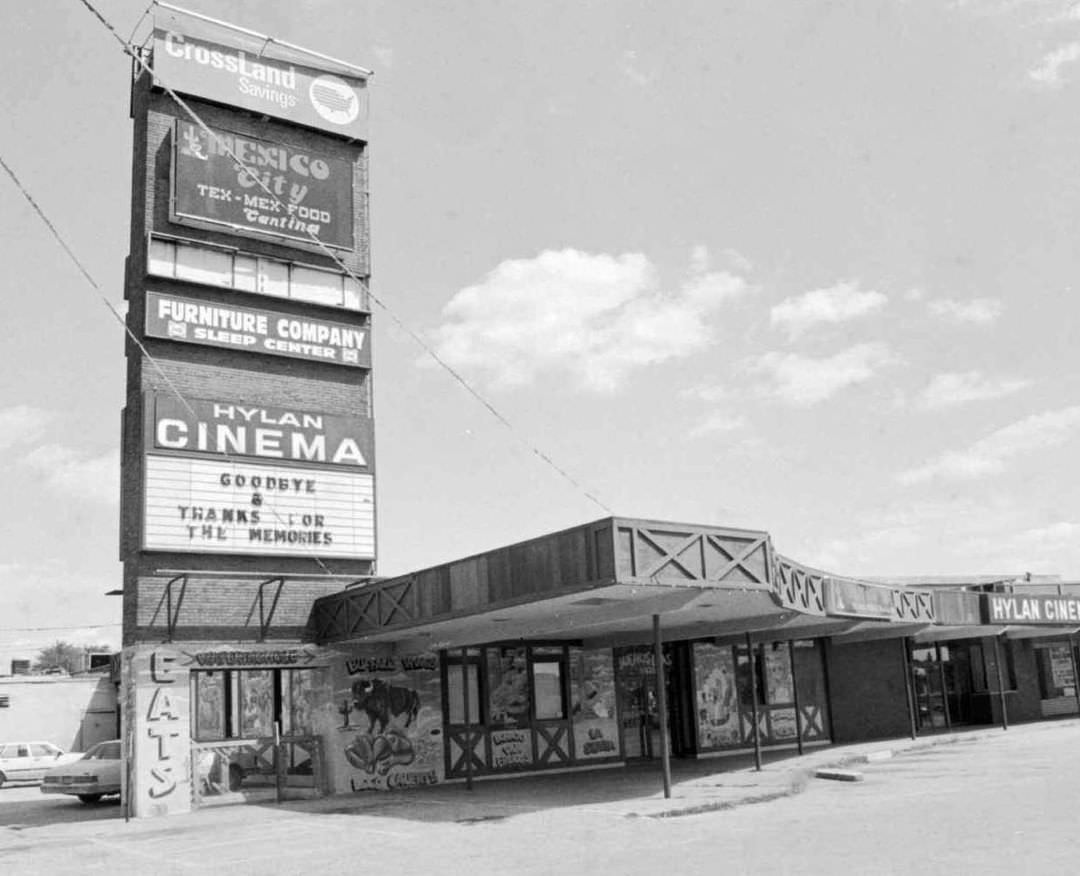
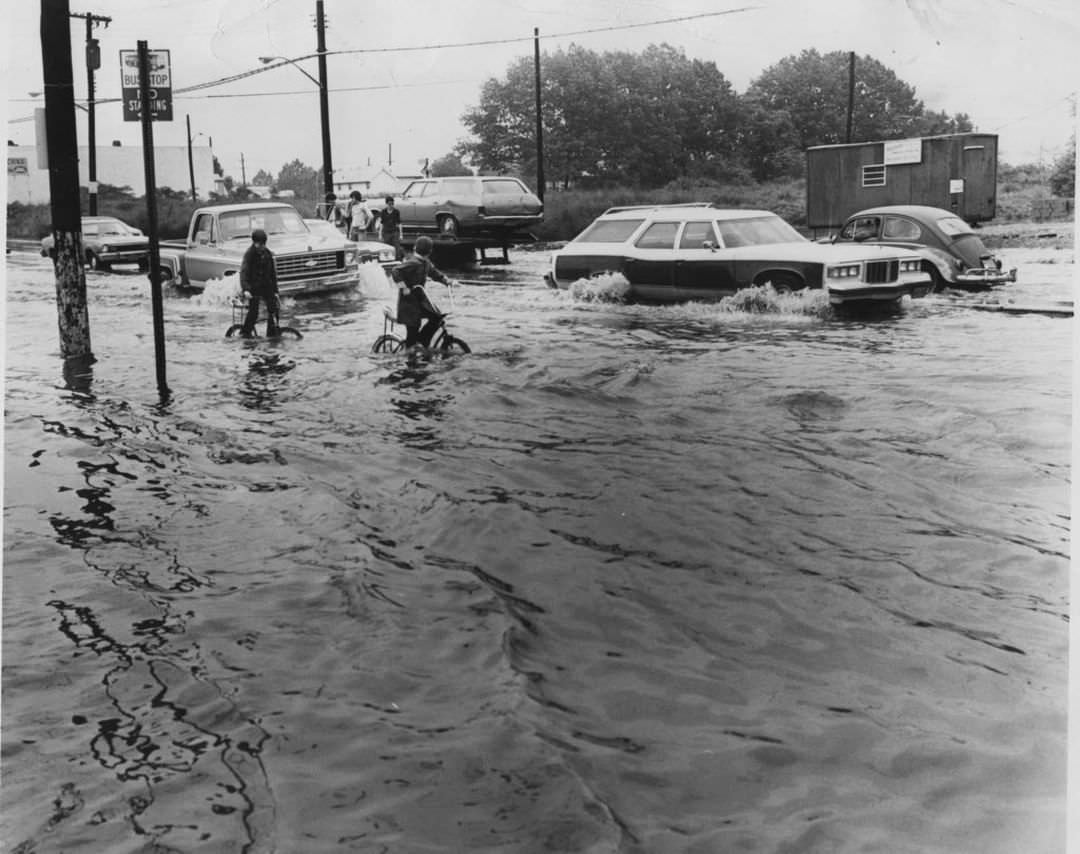
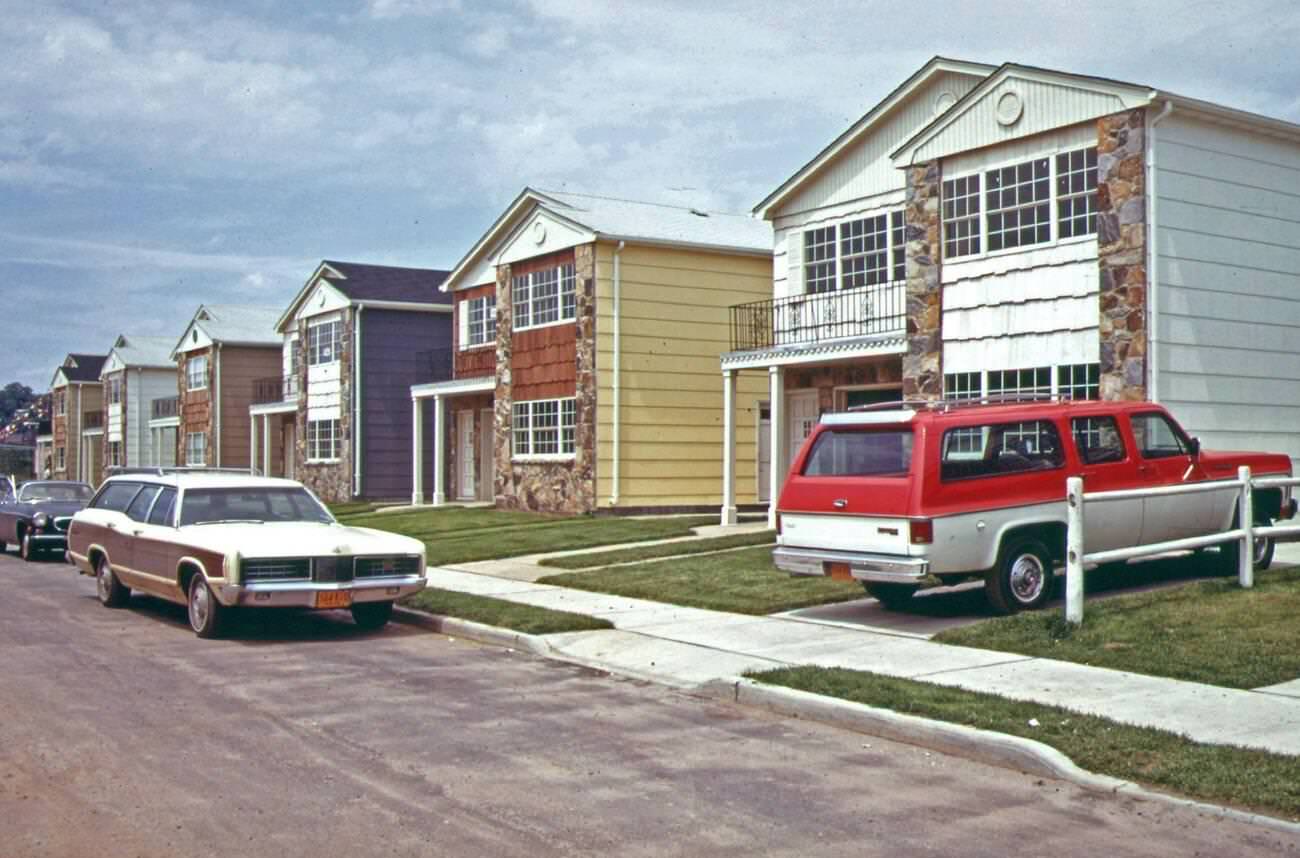
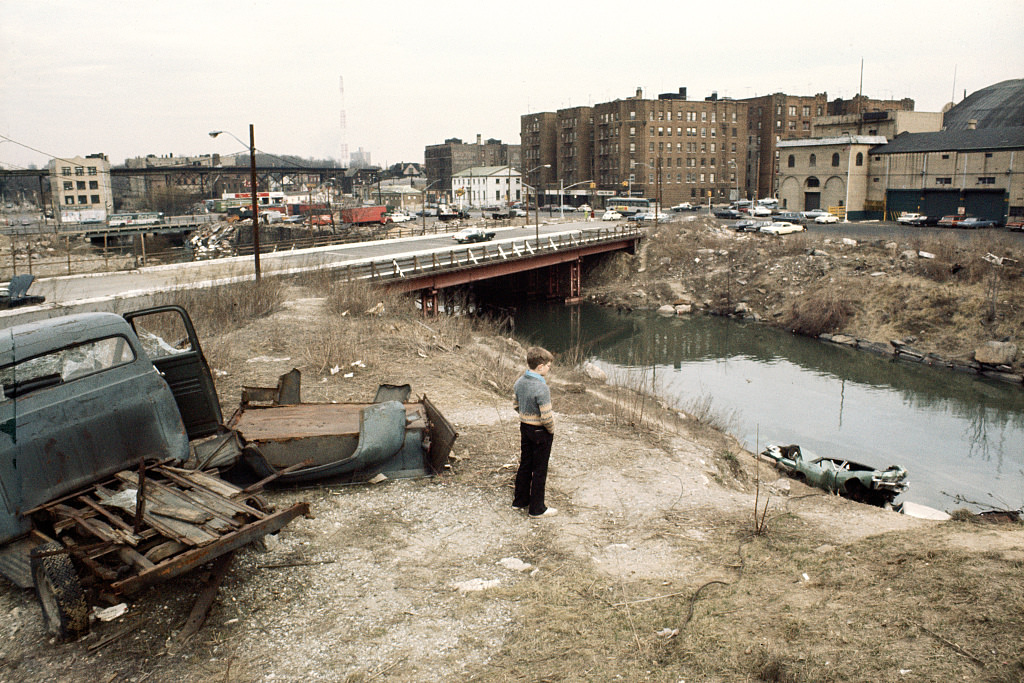

GIPHY App Key not set. Please check settings